Blue Toadflax
Summer Fishfly
The Summer Fishfly, Chauliodes pectinicornis, is an insect that grows to approximately 1 1/2 inches. It is omnivorous and spends most of its life in still or slow-moving water with lots of detritus. Th fishfly undergoes a complete metamorphosis in a log or under bark and emerges as the adult you see here. It will mate, lay eggs near the water, and die within seven days. 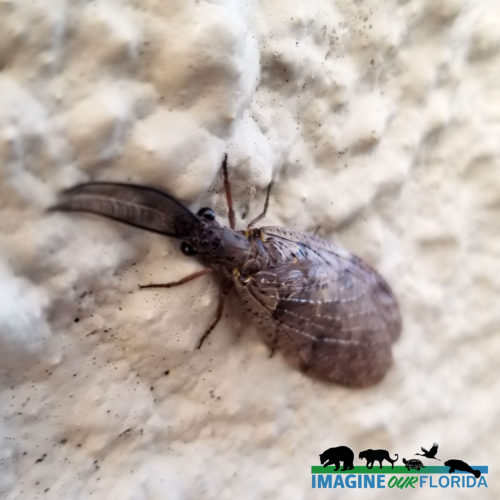
Banded Tree Snail
Gray Hairstreak
Back to Nature Wildlife Refuge
Chuck-will’s Widow
American Coot
Magnolia Park
Gray-headed Swamphen
Atlantic Ridge Preserve State Park
Peregrine Falcon
Blue-winged Teal
Split Oak Forest WEA
Turtle Hospital
Canada Goose
Sunshine Mimosa
Lake Monroe Wayside
Coffee Bean Snail
Snow Goose
Hooded Merganser
Carolina Sea Lavender
Greater Yellow Legs
American Bumble Bee
Fort Christmas Historical Park
Sanford RiverWalk
Wild Turkey
Lower Keys Marsh Rabbit
Painted Bunting
Eastern Gray Squirrel
Gaudy Sphinx
Florida Red-bellied Cooter
Mangrove Periwinkle
Banded Garden Spider
Northern Crab Spider
Southern Plains Bumblebee
Silver Garden Orbweaver
Great White Shark
Great Blue Skimmer
Scarlet-bodied Wasp Moth
Texas Vervain
Fulvous Whistling-Duck
Wakulla Springs State Park
Prothonotary Warbler
Polyphemus Moth
Florida Scrub Lizard
San Marcos de Apalache Historic State Park
Northern Shoveler
Grass Pink Orchid
Common Green Darner
Peninsula Cooter
Northern Mockingbird
Florida banded watersnake
10 Ways You Can Help Prevent Eutrophication
Glossy Ibis
Red-winged Blackbird
Indian Blanket
Indian Blanket, Gaillardia-pulchella, is also commonly known as a Firewheel. Indian Blanket flowers are members of the Aster family, grow to 1.5 feet tall and 2 feet wide, and are considered a short-lived perennial or an annual in Florida.
The Indian Blanket can often be spotted near Florida’s coasts on dry land. Since the early 1700s, this flower has been planted along roadsides much to the delight of Floridians and tourists.
A study done by Marlowe & Hufford in 2007 showed the DNA from the Indian Blanket was similar to those found in the more western species. More recent research by Weakley et al. 2020 has shown more evidence that it was likely cultivated rather than naturally spread.
The bright orange, red, and yellow flowers of the Indian Blanket make a beautiful addition to your garden. Butterflies, bees, and wasps are attracted to its pollen. Titmice, chickadees, and warblers enjoy the seeds. Once the flowers dry up, gather seeds by deadheading the plant. Indian Blankets are dormant in the winter.
Photo Credit: Aymee Laurain
Ebony Jewelwing Dameselfly
Ebony Jewelwing Dameselfies, Calopteryx maculata (Beauvois) are most often seen near slow moving streams. Both males and females have iridescent green bodies. The males wings are dark and the females wings are bronze colored with at white spot on the edge of the foreweings. They are large dameselflies that grow to 2.25 – 3 inches and have wingspans of 1.5 – 2.25 inches .
Female Ebony Jewelwings lay their egss on aquatic debris that forms a raft or dam in a stream. The naiads or juvemiles hatcht and feed on small aquatic prey. The naids are preyed on by frogs, fish, and birds. Adult Ebony Jewelwings are prey for frogs, fish, spiders, birds and the larger dragonflies.
Look for this damselfly that is endemic to eastern North America in Florida as far south as Brevard County on the eastcoast and Desoto County on the west coast. Ebony Jewelwings often rest on branches or leaves where their iridescent bodies shimmer in the sunlight.
Photo Credit: Dan Kon
Indo-Pacific Gecko
Indo-Pacific Gecko
Many of you may have seen these little brown lizards scurrying around the lights outside of your house at night. But did you know that this little girl holds an amazing secret? She is an Indo-Pacific Gecko, Hemidactylus garnotii, and she, like all of her sisters, is parthenogenic! As her name implies, this little Indo-Pacific gecko is not native to Florida, but instead is from southeast Asia. But, its ability to hide out in shipping containers and its unique reproductive strategy has made it easy for this species to spread.
Parthenogenesis is a natural form of asexual reproduction where the embryo is able to develop without the introduction of a sperm cell. There are several different types of parthenogenic reproduction, but let’s look at this little gecko species specifically. Indo-Pacific geckos are all female and reproduce by apomictic parthenogenesis. This means egg cells develop directly into embryos and are genetic clones of the mother. In Indo-Pacific geckos, the method of reproduction is via obligate parthenogenesis. This means this species reproduces entirely through asexual means.
So, since this species can spread with a single individual, it’s no wonder they have become such a widespread species. The earliest known specimen was found in Florida in 1963 and arrived through cargo shipments. They can be found over much of the state, but seem to be found mostly around man-made structures. The impacts of this non-native species are unknown at this time. There are several species of gecko in Florida that are also non-native, and look similar to the Indo-Pacific gecko, the most common of these is the Mediterranean gecko.
The Indo-Pacific Gecko can be identified by its smooth skin, toe pads, and orange color under the tail. In the images, you can see two eggs developing in this female right through her skin! They are insectivores and will hang around your porch lights at night in hopes of catching an easy meal. They have many predators in Florida. Snakes, large frogs, birds, and other nocturnal lizard eaters all make this gecko part of their diet.
Photo Credit: Andy Waldo
American Mink
The elusive American mink, Mustela vison, is a Florida native. Like otters, they are members of the weasel family and therefore, fiercely carnivorous. Dinner consists of fish, snakes, crabs, crayfish, frogs, insects, and small mammals. Minks are smaller than otters, weigh up to 4 pounds, and are only 1 – 2.5 feet long.
Minks are semi-aquatic animals that live in marshes and along the banks of rivers and streams. They have been spotted in salt marshes near the northern Atlantic and Gulf coasts. The Everglades mink, Neovison vison, is state-designated as threatened. They have been documented in freshwater and saltwater marshes in the southern Everglades, Fakahatchee Strand, and Big Cypress Swamp. There have been no current sightings of mink in the freshwater habitats of northern and central Florida.
In the spring, female minks give birth in their dens of hollowed-out logs or under protective tree roots. The 3-6 kits open their eyes at 25 days, are weaned at 5-6 weeks, and stay with their mother until fall. Bobcats, great-horned owls, and foxes prey on mink. Life expectancy is only 3 years. However, humans are the biggest threat to minks. In addition to hunting mink for oil, fur, and to assure a large fish population in human fishing areas, humans have reduced the minks’ habitat and polluted the waters that supply their food.
Minks are fast and incredibly adept at staying out of the sight of humans. Because they hunt in the late evening, during the night, and early mornings, sightings are rare. FWC biologists are seeking help from the public to track mink distribution in Florida. If you see a mink, please report your sighting here: https://public.myfwc.com/hsc/weasel/Default.aspx
Photo Credit: JayStatonPhotography.com
Eastern Black Swallowtails
Black Swallowtail (Eastern)
Eastern Black Swallowtails, Papilio polyxenes, are also known as American swallowtails. They are commonly found throughout Florida in gardens, along the sides of roads, in pastures, and in parks. Three or more generations are produced each year.
A female black swallowtail lays a single yellow egg on a host plant in the carrot family. The caterpillar is green with black stripes and yellow spots. If parsley or dill was chosen as the host plant, the hungry parsley caterpillar will devour the plant in your garden.
Roadside Wildflowers
Florida has many wildflower test sites along roadsides. In the panhandle, including near I10, you can see miles of these sites. These photos were taken off the side of the road in Live Oak, FL. The projects are part of Florida’s roadside plantings and highway beautification programs by the Florida Department of Transportation.
The area has a total of eight planting districts throughout the state, each with different plant species for those areas. These sites serve two major goals; to increase pollinator populations and diversity and to produce native vegetation that negates the need for mowing. The projects were also found to increase safety (Norcini 2014) and provide a great benefit through carbon sequestration (Harrison 2014). Finally, they add the beauty of true Florida that everyone can enjoy. Have you seen any roadside wildflower sites? Tell us about them in the comments.
Photo credits: Aymee Laurain
Rock Pigeon
Rock pigeons, Columba livia, are one of the most recognizable birds in Florida. They can be seen walking on the ground foraging for seeds and grains in wild areas. You may even find them eating a berry or an insect. In residential areas, including cities, these pigeons will dine on human food that has been abandoned. They will often visit birdfeeders.
Colors vary immensely in these birds found year-round in Florida. Their nests made of sticks are most often found in sheltered human-made structures such as barns, bridges, warehouses, and attics. Rock pigeons lay 1 or 2 eggs up to six times each year. However, the North American Breeding Bird Survey found their population declined by 46% between 1966 and 2015.
Rock pigeons can carry bird mites which will bite humans, wildlife, and livestock. When preparing food outside and pigeons are present, take extra care to avoid Salmonella bacteria.
Fun Facts:
Charles Darwin compared wild pigeons to the pigeons he kept. His observations helped him develop the theory of evolution.
Pigeons use magnetic fields, the sun’s position, and smell to find their way home. The U.S. Army Signal Corps used these talented navigators to carry strategic and life-saving messages during World War I and II.
Photo Credit: Dan Kon
Downy Woodpecker
Eastern Copperhead
Eastern Copperheads, Agkistrodon contortrix, are beautiful snakes that are most often found in wet forested areas. Copperheads are thick-bodied and adults grow to 22-36 inches long. Their alternating light and dark colors provide extraordinary camouflage on the forest floor. Meals consist of lizards, amphibians, insects, birds, small mammals, and other snakes.
In the spring, male Copperheads will travel long distances to find a mate. Females give birth to 7-20 live young in the summer. The little ones, who are born with a color pattern like their parents, wiggle their bright yellow tails to attract lizards and frogs for a tasty meal.
Copperheads are venomous snakes. Like all snakes, they only strike out at humans when they are defending themselves. Watch your step. Because they are masters at camouflage, Copperheads can easily be stepped upon. Luckily, the venom is not very potent and deaths are rare. However, if you are bitten by a Copperhead, be sure to seek medical attention immediately.
Fun Fact: Copperheads are pit vipers. A pit viper senses small temperature changes in its surroundings. This allows it to strike out with accuracy at the perceived danger or prey.
Map: UF IFAS Extension University of Florida
Photo Credit: Dan Kon
Butterfly Pea
Spurred Butterfly Pea, Fabaceae (Leguminosae) is a native climbing or twining vine that grows up to 6 feet long. Look for this perennial in the wild throughout Florida in a variety of places including in sandhills, pinelands, and coastal plains.
Butterfly Pea is dormant in the winter and pinkish-purple flowers appear from spring through fall in most of Florida. In the southern counties, it blooms all year-round. Long-tailed skippers and northern cloudywings rely on the Butterfly pea for a host plant.
Seaside Dragonlet
The Seaside Dragonlet, Erythrodiplax berenice, is the only North American dragonfly that breeds in saltwater.
Native to Florida, these small dragonflies can be found in mangrove swamps, salt marshes, and coastal strands throughout Florida. Adult males are a dusty dark blue, juveniles are yellow and black, and adult females’ color varies. Seaside Dragonlets dine on other insects and can be seen year-round near Florida’s coasts.
Zebra Swallowtail Butterfly
Zebra Swallowtail Butterflies, Protographium Marcellus, can be found in scrubs, along waterways and roadsides, and near forests, With a wingspan of 2 1/2 to 4 inches, prominent black and white zebra stripes, long black tails bordered with white, and a red median stripe, these beautiful native butterflies are hard to miss.
Consider planting the butterfly’s larval host plant, a Pappaw tree, in your garden to attract Zebra Swallowtail Butterflies to your outdoor space.
Yellow-bellied Sapsucker
The Yellow-bellied Sapsucker, Sphyrapicus varius, is the only North American woodpecker that is fully migratory. They live and breed in North-eastern U.S. and Canada and spend their winters between the southern US and Central America. The male has a red throat as pictured here while the female’s throat is white.
From December – March, you may notice a line of holes in the trees and large shrubs in your garden. A Yellow-bellied Sapsucker has made sapwells where the sap of the tree can be harvested. Bats and other birds may visit the sapwells too. The holes produce no damage to the trees. The woodpecker’s favorite shrubs and trees include Viburnum, Waxmyrtle, Dahoon Holly, Live Oak, and Pine.
Bahia Honda State Park
Bahia Honda State Park, located at mile marker 37 in the Florida Keys, is made up of over 500 acres and an offshore island that is waiting for you to explore. Henry Flagler’s historic Overseas Railroad is a stark reminder of the 1937 Category 5 Labor Day Hurricane.
Bahia Honda State Park is best known for its beaches, Calusa and Sandspur Beach. Favorite water activities include snorkeling, swimming, and scuba diving. Canoeing, kayaking, and boating are popular with easy access to both the Gulf of Mexico and the Atlantic Ocean. Watch for sea turtles and bottle-nosed dolphins.
Snorkeling tours offer the opportunity to explore the sea life at Looe Key National Marine Sanctuary. Look for starfish, spiny lobsters, queen conchs, and nurse sharks.
Saunter along the nature trail that leads you to the Old Bahia Honda Bridge. Enjoy the view while you admire herons, egrets, and ibises. A 3-1/2 mile hard surface road runs the length of Bahia Honda and is a perfect way to enjoy the park on your bicycle.
Bring your lunch and eat at a picnic area with a grill. Leashed pets are allowed in very limited areas.
For those who want to take a few days to experience all that Bahia Honda State Park has to offer, campsites are available for tents and RVs. There are six furnished cabins that accommodate 6 people in each.
Be sure to stay for stargazing. Bahia Honda Key is the darkest location in the Florida Keys.
For more information: https://www.floridastateparks.org/bahiahonda/
Photo Credit: Dan, Nancy, and Christian Kon
Viceroy Butterfly
River Otter
River Otters, Lontra canadensis, are members of the weasel family. They can be found in a variety of freshwater bodies including rivers, creeks, swamps, marshes, ponds, and lakes throughout Florida with the exception of The Keys. Otters love riparian areas where they can make their burrows under tree roots on a bank and slide into the water for a tasty dinner of fish, crustaceans, reptiles, and amphibians. They also dine on insects, birds, and small mammals.
River Otters weigh 15-30 pounds and live to 12 years old, They and are skilled swimmers. When they aren’t playing in the water or mud, you will find them marking their territory with urine, feces, scent glands, and scratch marks on trees. Females give birth to one to six pups in a den dug into the bank of a body of water or a hollow log. When they are two months old, the mother otter pushes her pups into the water where they quickly learn to swim.
Fun Fact: River Otters can hold their breath for 8 minutes.
Photo Credit: Paul Waller
Yellow-crowned Night-Heron
Yellow-crowned Night-Herons, Nyctanassa violacea, with their purplish-gray body, black-and-white face, and striking yellow plumes can be found in wet fields or shallow wetlands. They may be seen foraging any time during the day or night. You will most often discover this bird alone, although, at times, they may appear in groups.
Watch as they stand still or walk slowly with their necks extended in search of their favorite dinner of crustaceans. They may also eat frogs, small fish mussels, and water beetles.
Keep a keen eye out for this hard-to-find bird. While they are most common in barrier islands, coastal marshes, and mangroves, you may also find them inland near rivers, on golf courses, or even in your wet yard.
Yellow-crowned Night-Herons have been around for a long time. The oldest recorded fossil was discovered in Sarasota, Florida, and is 2–2.5 million years old.
Sadly, the Yellow-crowned Night-Heron has been designated a Species of Concern by Florida Rare and Endangered Plants and Animals.
White Peacock
White Peacocks, Anartia jatrophae, are common butterflies found on roadsides, near the edges of ponds and wetlands, and in fields and parks with low growing vegetation. They can be seen year-round flying low to the ground where their favorite low-growing nectar plants thrive.
White Peacocks lay a single egg on or near a host plant such as frogfruit or water hyssop. They live for about 4 months and their wingspan reaches 2 – 2.75 inches.
Eastern Indigo Snake
Cloudless Sulpher
Cloudless Sulpher
Cloudless sulfurs, (Phoebis sennae), live in Florida year-round. These beautiful, bright yellow butterflies are hard to miss with their wingspans of 2 – 3 inches. Look for them in sunny, open areas such as along roadsides and in pastures, fields, and meadows.
Cloudless Sulfurs can be seen in large numbers during the fall migration season. Many spend their winters in Florida south of Gainesville. Nectar plants include red morning-glories, scarlet creeper, and cypress vine, scarlet sage, and Salvia. Cloudless Sulfurs prefer various species in the pea family as host plants where females lay a single egg.
Least Tern
Least Tern
I was able to get out today and visit a Least Tern Colony. Watching these amazing parents nesting, sitting on eggs, and caring for their newborn chicks is very interesting indeed. They actively defend their nesting areas and will let you know if you get too close in short order! They will scream and dive at you even pecking you in the head should you not pay heed to their warnings!
The Least Tern is Florida’s smallest Tern. It’s a spring/summer visitor. They are often seen flying low over the water, with quick deep wingbeats and shrill cries. These Terns usually hover before plunging into water for tiny prey and do more hovering than most terns. Populations are endangered in many areas because of human impacts on nesting areas, especially competition for use of beaches. Least Terns are listed as Threatened in the State of Florida.
For Tern parents, it’s tough raising chicks on a beach with development, people, dogs, feral cats, raccoons, fox, predatory birds, and broiling hot sun. Least Terns in some parts of the east including Florida are now nesting successfully on gravel roofs near the coast. This particular colony is the only known beach-nesting colony in SE Florida. The parents need to protect the chicks and feed them constantly while getting enough nutrition for themselves. Least Terns are great providers and amazing parents! ~Paul Waller
Note: All shots were taken from a responsible distance with a long lens
Photo credit: Paul Waller
Lake Lily
Lake Lily, located in Maitland, is a 10-acre park with a 1/2 mile walking trail around the Lake. Saunter near the lake as you watch for limpkins, green herons, ibises, and a variety of ducks. Sit on one of the many benches and watch squirrels who will keep you smiling with their jumping skills. Listen for birds of prey, crows, and a variety of songbirds.
Lake Lily is open from 8 am until Sunset most days. There is a playground for the kids, a rentable wedding gazebo, and restrooms. Your leashed dog is welcome to enjoy the day with you.
For more information: https://maitland.recdesk.com/Community/Facility/Detail…
Photo credit: Dan Kon
Heavenly Bamboo
Heavenly or Sacred Bamboo, Nandina domestica, is not very heavenly in Florida. It is native to Asia, introduced in the US, and can be found in forests and hammocks throughout Florida.
Heavenly Bamboo is not bamboo. It is a shrub that grows to about 7 feet tall. Reproduction may occur through vegetative regeneration, however, it is known to reproduce through seed dispersal. Red berries appeal to birds and other animals. The tiny white flowers and bright red berries appear harmless.
Heavenly Bamboo is poisonous to some animals. Cyanogenic glycosides can be found in the foliage and the fruit. The shrub is a species of concern because it may compete with understory plants and threaten several of Florida’s endangered wildflowers.
If you have this plant in your yard, IOF recommends you remove it. Protect wildlife and ecosystems when you replace Heavenly Bamboo with one of Florida’s native shrubs.
For more information:
https://www.fs.fed.us/datab…/…/plants/shrub/nandom/all.html…
Blue Hole in Big Pine Key
The Blue Hole in the National Key Deer Refuge
Located on Big Pine Key, the Blue Hole offers a short trail and observation deck where you can immerse yourself in nature.
The Blue Hole is a large sinkhole. The sinkhole became a quarry and the limestone was used to construct roads in The Keys as well as Henry Flagler’s Oversea Railroad. After being included in the National Key Deer Refuge, the Blue Hole was replanted with native vegetation and returned to nature.
The water in the blue hole is a freshwater lens. This means that freshwater from rainwater floats on top of the saltwater that lies underneath. The Blue Hole provides a unique ecosystem for the wild plants and wildlife that thrive there.
The Blue Hole is included in the Florida Keys Birding and Wildlife Trail. Look for Key Deer, fish, alligators, turtles, iguanas, and a variety of birds (including wading birds), and snakes.
Sea level rise is an immediate threat to the Blue Hole. Lying only 3 to 6 feet above sea level, freshwater in wetlands in the Keys will become brackish or saltwater habitats if the sea level continues to rise. Mud turtles, marsh rabbits, and endangered Key Deer will be impacted by the loss of freshwater. When we make choices that protect our planet from climate change, we ultimately are protecting Florida and all of its inhabitants.
Photo credit: Dan Kon, Christian Kon
Hidden Waters Preserve
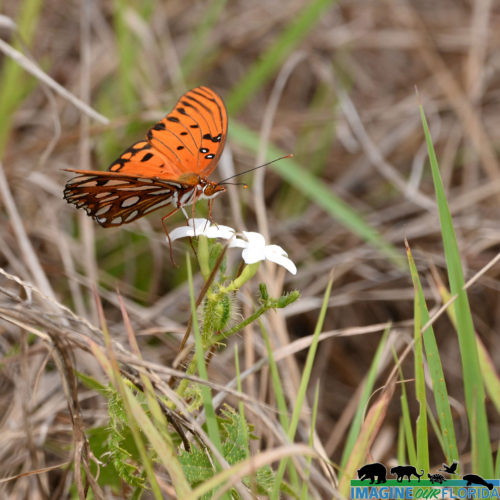
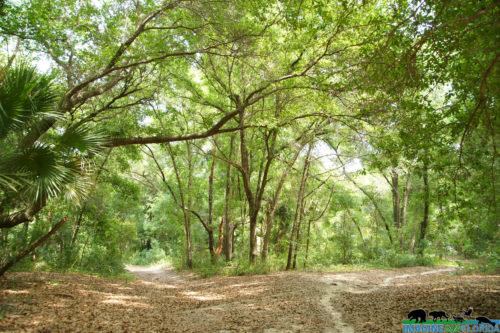
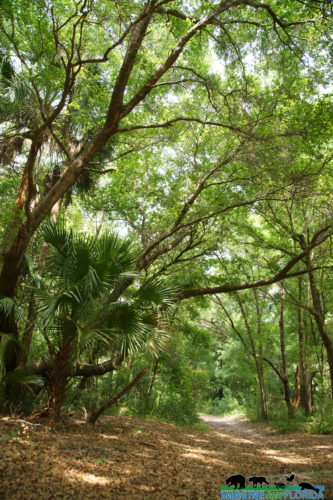
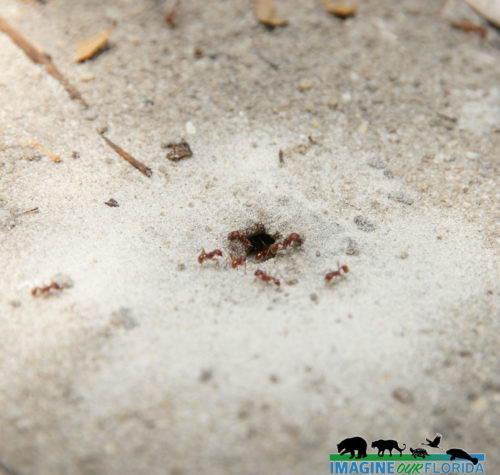
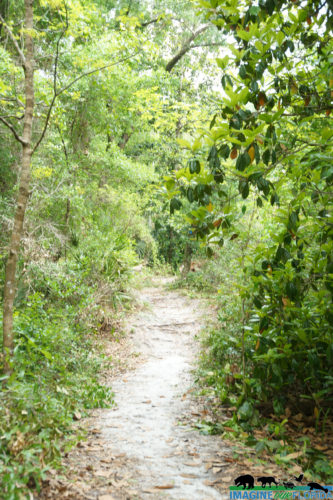
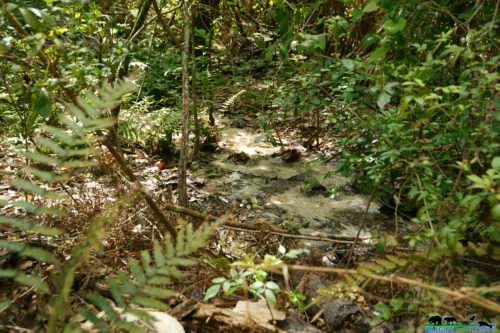
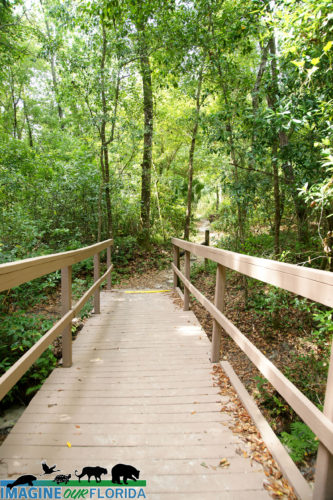
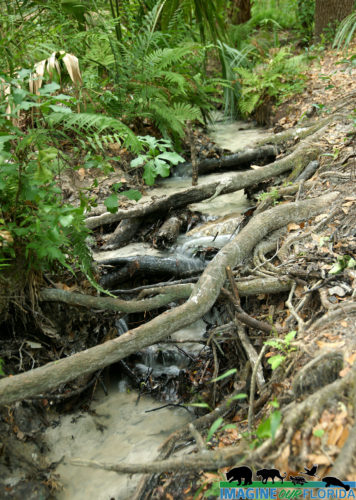
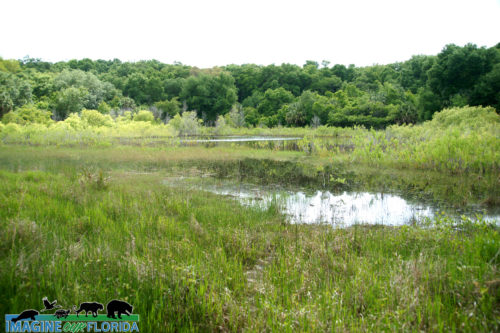
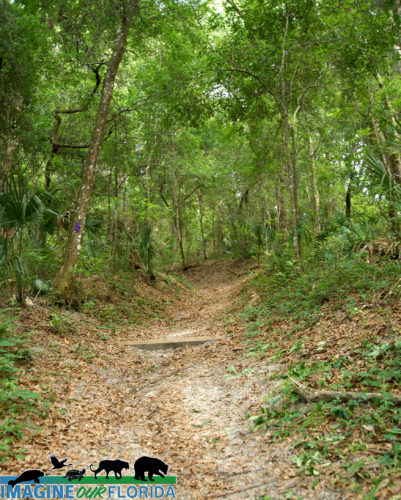
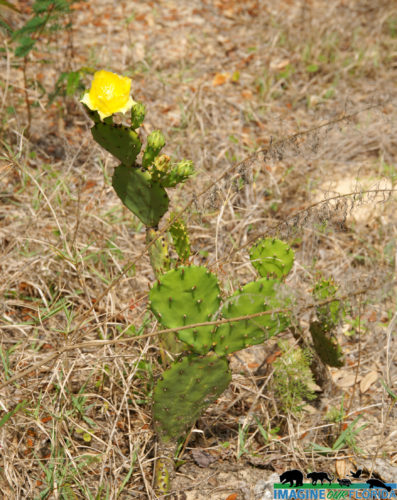
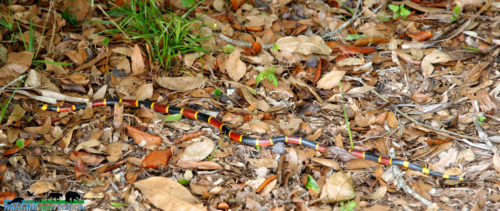
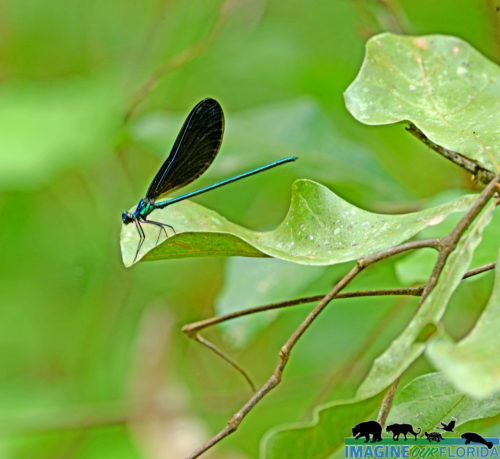
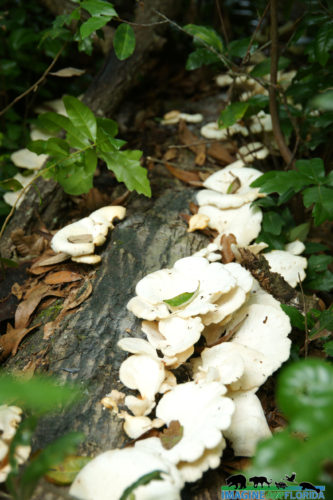
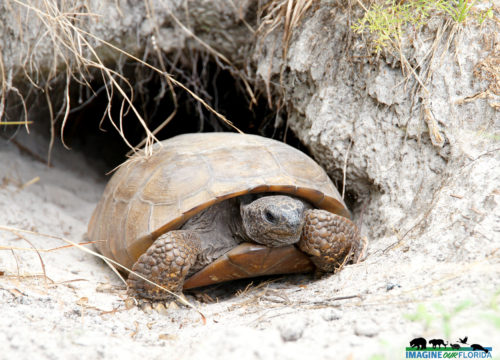
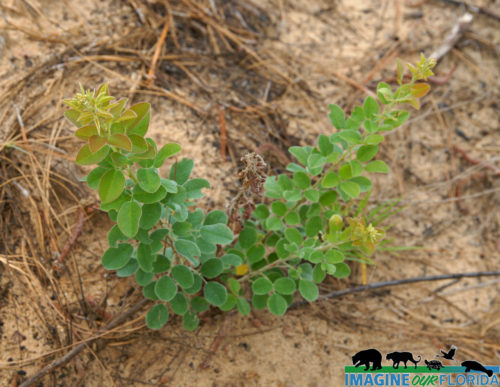
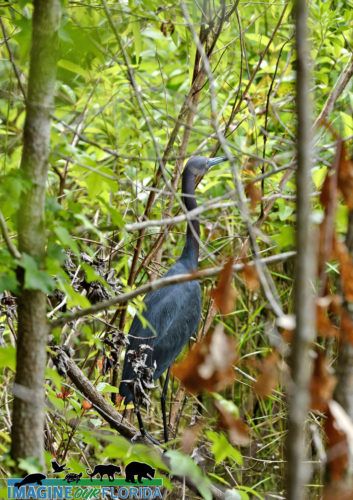
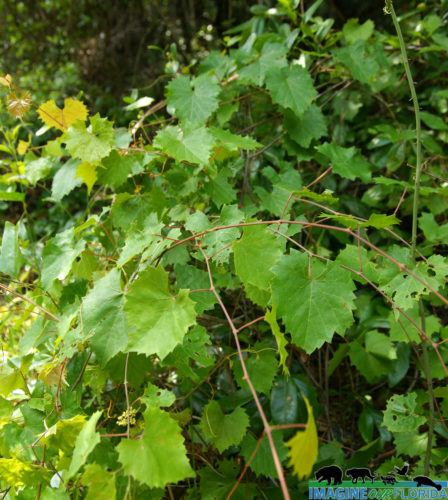
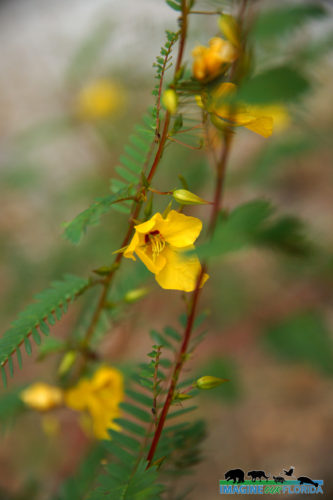
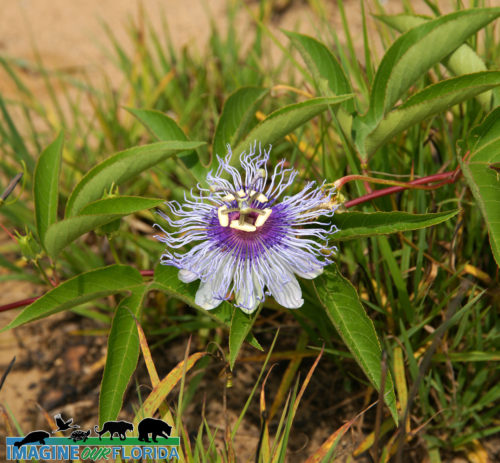
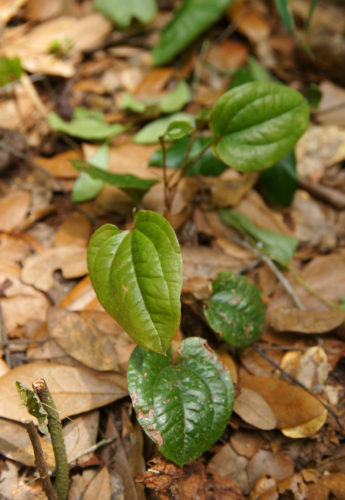
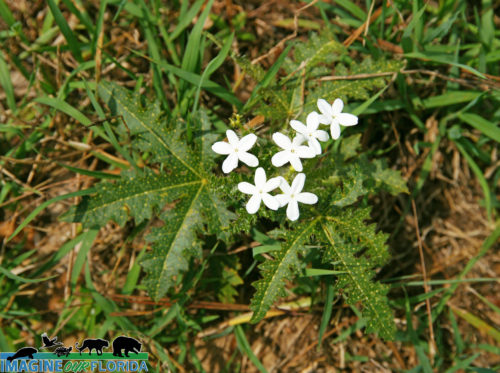 Once known as the Eichelberger Sink, this 90-acre preserve located near Eustis is managed by Lake County Water Authority. Hidden Waters Preserve was established in 1996 to protect the water seepage and Lake Alfred where water slowly seeps into the aquifer.
Once known as the Eichelberger Sink, this 90-acre preserve located near Eustis is managed by Lake County Water Authority. Hidden Waters Preserve was established in 1996 to protect the water seepage and Lake Alfred where water slowly seeps into the aquifer.
Hidden Waters Preserve offers 6 trails ranging from 2 miles to 15 miles. Hike the meandering paths through sandhill restoration areas. Notice the newly planted Long-leaf pines and the gopher tortoises who make their burrows there. Water flowing from a seepage slope offers the opportunity to discover various plants and ferns.
The elevational difference between the top of the sink and the bottom is 110 feet. Explore the depression marsh and lake at the bottom of the sink where you will find a variety of plants and wading birds. Bird watchers will be happy to discover some of the more than 35 birds on this designated FWC Statewide Birding Trail.
For more information and trail maps click here: https://www.lcwa.org/land_resources/open_preserves.php
Photo Credit: Dan Kon
Eastern Coral Snake
Eastern Coral snakes, Micrurus fulvius, have a bright, glossy, distinct pattern. Their heads are black and their tails are yellow and black. Red and black rings separated by thin yellow rings make up the rest of their body.
An adult Coral snake will grow to 1 1/2 to 2 1/2 feet long. Prey consists of frogs, lizards, and other snakes. Coral snakes are the only venomous snakes in Florida that are part of the cobra (Elapidae) family, therefore, they lay eggs.
From scrubs to swamps, Eastern Coral snakes can be found in numerous habitats throughout Florida. Because they spend most of their time hiding under logs or underground, an occasional Coral snake sighting can be a wonderful discovery.
A bite from this venomous snake is extremely rare, however, their bites are dangerous to pets and people. Bites occur when the Coral snake is threatened. When you discover a coral snake, simply give it space so we can peacefully coexist.
Photo credit: Dan Kon
Butterfly Weed
Butterfly weed, Asclepias tuberosa, is also known as Butterfly milkweed. It is the most popular native species of milkweed in Florida. This hardy perennial grows 1-2 feet tall and is abundant throughout Florida. Its bright orange flowers bloom in late summer through fall and attract a variety of pollinators.
Butterfly weed is readily available at native plant nurseries. Once established, it thrives in dry, sandy soil in sun or part shade. Monarchs rely on milkweeds in the genus Asclepias for their survival since it is the only plant monarch caterpillars will eat. Plant some in your wildflower garden to attract butterflies, bees, and hummingbirds.
BioLab Road
BioLab Road at Merritt Island National Wildlife Refuge.
Take a slow 5.6-mile drive in the comfort of your car on Bio Lab Road in Merritt Island National Wildlife Refuge. It is a one-way road running north to south. With wetlands to your right and the water to your left, you are sure to see plenty of shorebirds. Look for ducks, ibises, egrets, sandpipers, spoonbills, pelicans, herons, and of course, alligators. Be sure to bring your camera and binoculars.
In 1962, NASA purchased 140,000 acres of land located adjacent to Cape Canaveral. The John F. Kennedy Space Center was built complete with launch pads. In 1963, U.S. Fish and Wildlife Service (USFW) and NASA entered into an Interagency Agreement. This agreement allowed USFW to establish the land that was unused by NASA as the Merrit Island National Wildlife Refuge.
Established to provide habitat for wildlife diversity, migratory birds, and endangered and threatened species, Merrit Island National Wildlife Refuge consists of scrub, pine flatwoods, hardwood hammocks, saltwater marshes, freshwater impoundments, and coastal dunes. Over 1,500 species of plants and animals including 15 federally listed species make their homes here.
Watch for bobcats, otters, and deer. Lizards, snakes, alligators, and turtles make their homes here. 358 species of birds have been recorded at the refuge. Birds of prey include bald eagles, osprey, red-shouldered hawks, and American kestrels. Look for killdeer, Wilson’s snipes, and ring-billed gulls along the shore. Look up to see blue jays, barn swallows, American robins, pine warblers, and more. Blue herons, ibis, and egrets are plentiful. Ring-necked ducks, blue-winged teals, and wood ducks can be seen swimming in the waters at the refuge. Threatened and endangered species such as the eastern indigo snake, scrub-jay, gopher tortoise, wood stork, West Indian Manatee, and Southeastern Beach Mouse find refuge here.
For more information click here: https://www.fws.gov/refuge/Merritt_Island/
Photo credit: David Gale
Oakleaf Fleabane
Oakleaf fleabane (Erigeron quercifolius) is a native wildflower usually found in wetlands. Also known as Southern fleabane or daisy fleabane, this annual often pops up in disturbed areas. in sandhills, and yards.
The tiny white with pinkish or purplish tinted blooms are no more than 1/2 in diameter. Pollinators love this early bloomer member of the daisy family. Look for Oakleaf fleabane to bloom throughout the spring and summer.
Mullet Lake Park
– Mullet Lake Park-
Located in Geneva in Seminole County, Mullet Lake Park is best known for its 8 primitive camping sites, its group camping site, and boat launches. The 55-acre park borders Lake Mullet and the St Johns River. This quaint park offers the opportunity to sit and relax under ancient oak trees as you take in the sights and sounds at this remote location.
Listen for the sounds of birds, fish jumping, and frogs croaking. Look for birds of prey, shorebirds, and a variety of blooming wildflowers waiting to be admired.
For more information click here: https://www.seminolecountyfl.gov/…/301554-Mullet-Lake-Park.…
Photo credit: Dan Kon
Black-necked Stilt
Black-necked stilts, Himantopus mexicanus, are often seen wading in shallow water in search of food such as small crustaceans, amphibians, and small fish. They also enjoy larva, dragonflies, and beetles as well as a few plants and seeds. Look for these unmistakable birds with long, pink legs in wetlands, flooded fields, shallow lakes and ponds, and saltmarshes.
The female chooses the male for mating and together they select a nest site and build the nest. Black-necked stilt nests are located on tiny islands, on floating masses of vegetation, or on the ground near the water. One will dig a hole with its feet and body. A lining of grasses, shells, stones, and other materials are added for 2 – 5 eggs. The couple will both incubate the eggs for nearly a month and raise the chicks until they are ready to be on their own in about a month after hatching.
When Black-necked stilts feel threatened by humans or other animals they will perform a “Popcorn Display.” A group of them will join together and jump up and down while flapping their wings and making loud sounds. They may also use a distraction tactic to lure predators away from their nests.
These beautiful birds face human threats of pesticide run-off and habitat loss. When birdwatching, stay far enough away so you do not disturb them.
Photo credit: Dan Kon
Little Big Econ State Forest
Little Big Econ State Forest
Located in Geneva in eastern Seminole County, the Little Big Econ State Forest gets its name from both the Econlockhatchee River and the Little Econlockhatchee River. Econlockhatchee means “earth-mound stream” in the Muskogee language and was named by the native Americans for the numerous mounds found along the river.
Before being established on March 24, 1994, by the Florida Legislature, the property was used for cattle ranching, crops, as a turpentine distillery, and for a portion of the Florida East Coast Railway. Today the 10,336 acres in the Little Big Econ State Forest is an outdoor enthusiast’s paradise.
Seventeen miles of the Econlockhatchee River, which has been designating an Outstanding Florida Waterway, makes its way through the forest before flowing into the St. Johns River on the eastern boundary. The Little Big Econ State Forest boasts a variety of habitats including wet prairie, pine flatwoods, sandhill, scrub pine, flatwoods, scrub, sandhill, and oak-palm hammocks.
Over 160 bird species have been spotted in the forest including Bachman’s sparrows, crested caracara, wood storks, swallow-tailed kites, and sandhill cranes. Look for fox squirrels, gopher frogs, gopher tortoises, turkeys, deer, and alligators.
The Little Big Econ State Forest has been named one of the country’s most family-friendly hikes by the American Hiking Society. Saunter along the 5.2-mile loop Kolokee Trail, discover wildlife along the 8 miles of Florida National Scenic Trail, or explore any of the 15 miles of trails located in the forest.
Paddle all or a portion of the 20 mile-long Econlockhatchee River Paddling Trail. There are 12.1 miles of bicycle trails and 9.3 miles of equestrian trails complete with a water trough.
Primitive camping sites are available and some have a picnic table and fire ring.
Reserve the picnic pavilion for your special events.
Enjoy your lunch at a picnic table. Your leashed pets are welcome.
Whether for a day or a week, there is plenty to explore and discover at the Little Big Econ State Forest.
For trail maps and more information:
https://www.fdacs.gov/…/State-…/Little-Big-Econ-State-Forest
Photo credit: Christian Kon
Fort Drum Marsh Conservation Area
Fort Drum Marsh Conservation Area
As part of the Upper St. Johns River Basin Project, Fort Drum Marsh Conservation Area includes a freshwater marsh at southernmost headwaters of the St. Johns River, a hardwood swamp, pine flatwoods, and a prairie. Together, The U.S. Army Corps of Engineers and St. Johns River Water Management District have restored the original wetlands which resulted in better water quality, flood control, and diverse animal and plant habitats.
Family-friendly recreational activities include hiking on some or all of the 5 miles of trails, picnicking, horseback riding, bicycling, primitive camping at designated sites, wildlife viewing, and canoeing. Saunter through a hardwood swamp on a boardwalk shaded by Cedar Cypress Trees as you make your way to Hog Island where you will find more trails to explore.
Look for migratory birds, bald eagles, owls and other raptors, sandhill cranes, turkeys, wood storks, caracara, white-tailed deer, dragonflies, turtles, and alligators. Discover the vast number of wildflowers and the pollinators who rely on them.
Dogs are welcome provided they are leashed at all times. Fort Drum Marsh Conservation Area, located about 10 miles east of Yeehaw Junction, is fun for all and is waiting for you to create memories to last a lifetime! Plan your trip today!
For a trail guide and more information:
https://www.sjrwmd.com/lands/recreation/fort-drum-marsh/
Photo credit: Dan Kon, Aymee Laurain, Andy Waldo
Laughing Gull
If you have been to a beach in Florida, you have surely heard the distinct call of the laughing gull. Laughing gulls (Leucophaeus atricilla) are year-round Florida residents and are often seen in flocks on beaches, in salt marshes, and nearby parking lots. They are often seen inland in fields, near rivers, or at your local garbage dump.
Both males and females build nests in colonies on the ground under the cover of bushes or grasses. The parents take turns incubating the eggs for about 20 days and both feed the young for the next 5 weeks. Food includes foraged crustaceans, small fish, and insects. In the spring, horseshoe crab eggs and the eggs of other birds provide a tasty meal. Earthworms and snails are sometimes eaten. These birds are not picky eaters so be sure to carefully dispose of your food scraps and food wrappers.
Ironweed
Ironweed (Vernonia gigantea) is a Florida native and can be a beautiful addition to your wildflower garden. Ironweed grows 3-10 feet tall, can be planted in partial shade or sun, and blooms from July through October. Butterflies, hummingbirds, and bees love this pollinator perennial. As its name suggests, ironweed is a tough plant with deep-set roots and seeds that spread easily in your garden. Be prepared to prune and maintain to keep this beauty in check.
Look for Ironweed growing in the wild where the soil is moist. You may also see this hardy plant along the side of the road or a stream as well as in the woods, prairies, savannas, and grasslands.
Snail Kite
Snail Kites can be found flying low over open freshwater and marshes in Central and Southern Florida before dropping down to snatch an apple snail with their talons. They will fly to a perch and use their unique-shaped bills to pry the snails from their shells. Look for Snail Kites roosting in flocks just before hunting and during nesting season.
Listed as endangered in Florida since 1967, Snail Kites (Rostrhamus sociabilis) depend on good quality water to survive. Urban development, sewage seepage, nutrient and pesticide run-off, and invasive plants have degraded much of Florida’s freshwater. Nearly 1/2 of the Everglades have been drained. Since a Snail Kite’s diet consists almost exclusively of apple snails that only live in freshwater areas, it is imperative that we protect the remaining wetlands.
Dry Tortugas National Park
Dry Tortugas National Park
Discover a 100 square mile National Park of open water and 7 small islands known as Garden, Loggerhead, Bush, Long, East, Hospital, and Middle. Located 70 miles west of Key West, Dry Tortugas National Park is only accessible by boat or plane.
Visit Garden Key and explore Fort Jefferson, the largest all-masonry fort in the US. Fort Jefferson was built between 1846 and 1875 to protect the lucrative shipping zone to the Gulf of Mexico. A lighthouse named Harbor Light was built in 1825 to warn ships of the navigation hazards caused by the low-lying islands and reefs.
A snorkeling paradise, the crystal blue waters of Dry Tortugas National Park offer the opportunity to immerse yourself in the beauty of the reefs and the marine life that thrive there. Swimming and boating are popular activities. Bring your camera to capture the abundance of birds who live and nest at the park.
Loggerhead Key is rife with wildlife and is named after the often seen loggerhead turtles. Scuba divers will enjoy exploring the Windjammer shipwreck.
Primitive camping is available for those who want to spend a few days, enjoy the spectacular sunsets and stargaze.
Leashed dogs are permitted.
For more information: https://www.nps.gov/drto/index.htm
Photo Credit: Aymee Laurain
Eastern Pondhawk Dragonfly
Common throughout the eastern United States and parts of Canada and Central America, Eastern Pondhawks, E. simplicicollis simplicicollis, are often found near still waters in wetlands and near ponds. Females are bright green with black markings on their abdomen. Males are blue with beautiful green faces.
Eastern Pondhawks will dash from their perch on plants near the ground to snatch prey which includes damselflies and other insects. They will carry their meal off to eat at a suitable place.
With only an average reproductive life of 10 days, reproduction occurs often and sometimes more than once a day. Mating occurs on vegetation and the female deposits her eggs on the water within a minute.
Fun fact: Dragonfly fossils have been dated at over 300 million years old. This means that dragonflies existed more than 100 million years before dinosaurs!
Photo Credit: Dan Kon
Northern Crested Caracara
Caracaras are in the falcon family and are excellent hunters although they behave a lot like vultures. They are often seen eating carrion or scavaging around campsites. They tend to hunt small vulnerable animals that are injured but will also eat fruit.
These birds are commonly found in central and south America but have found a home at Kissimmee Prairie Preserve State Park. This populate is known as a relict population that was previously found in the vast oak savannas throughout Florida. As those areas were altered through human disturbance, Caracaras found a home at Florida’s largest true prairie.
Sailfin Molly
Sailfin Mollies are super cool little subtropical fish. Males have such a dramatic display with the sail-like fins. They can be found in both fresh and saltwater. Look for them in slow-moving or still freshwater in springs, swamps, creeks, ponds, in the Gulf of Mexico, and in the intercostal. They are charismatic little fish. Sailfin Mollies dine primarily on algae, and snack on crustaceans and aquatic insects.
Big Tree Park
Big Tree Park is a part of the Spring Hammock Preserve and is located in Longwood. It is best known for “The Senator,” a 3500-year-old Bald Cypress tree that was named for Senator Moses O. Overstreet who donated the land. Unfortunately, “The Senator,” which stood 118 feet tall, burned down in 2012. It was the largest Bald Cypress Tree in the United States.
Pass under the big trees as you saunter along the boardwalk over the hydric hammock swamp. The boardwalk is less than 1/2 mile long out and back. Interpretive signs will awe you with information about “The Senator”. Learn about “The Phoenix,” a clone of “The Senator.” Admire the grandeur of “Lady Liberty,” a 2000-year-old Bald Cypress that stands 89 feet tall. Look for alligators, Florida box turtles, five-lined skinks, raccoons, squirrels, and bobcats. Listen for frogs, woodpeckers, and songbirds.
As a trailhead, Big Tree Park offers the opportunity for a longer stroll or bike ride on the Cross Seminole Trail through the forested wetlands of Spring Hammock Preserve. The Cross Seminole Trail is a part of the Florida National Scenic Trail.
Big Tree Park is open from 8 am until dusk. Spend some time at the playground with your kids. Restrooms are nearby. Bring your lunch or a snack to enjoy at one of the picnic tables.
Photo Credit: Dan Kon

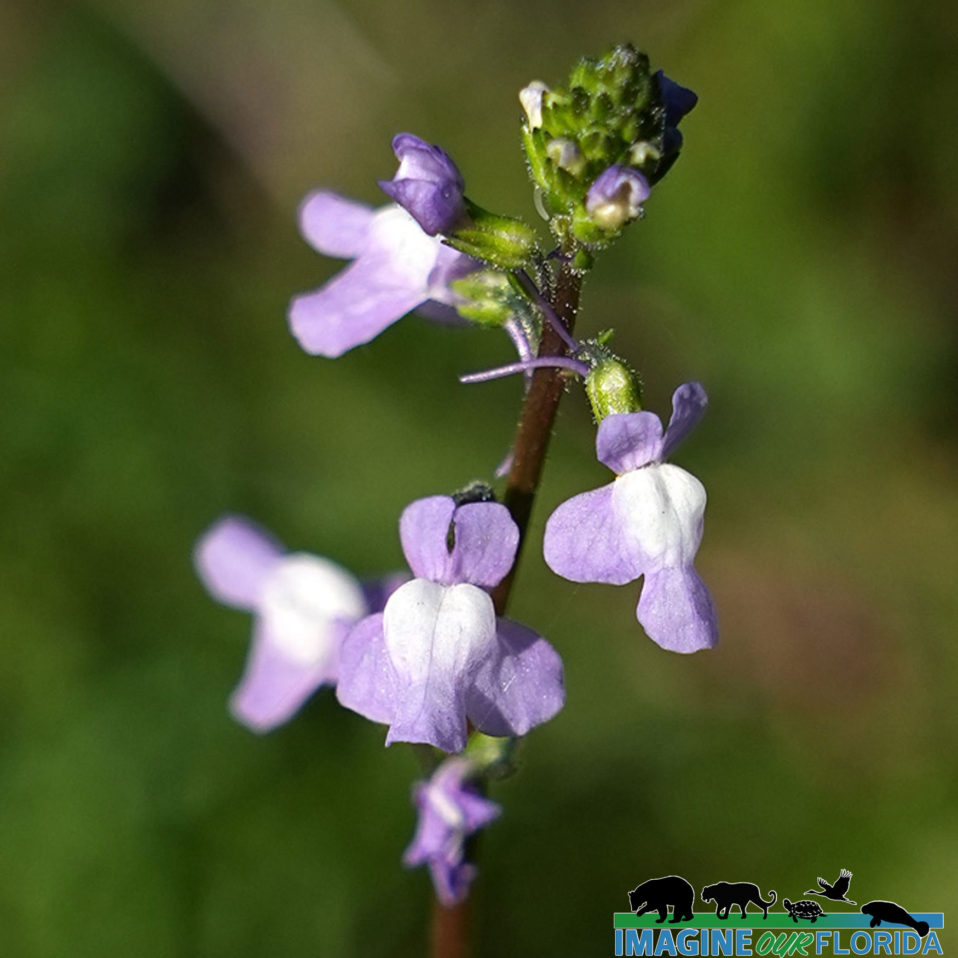
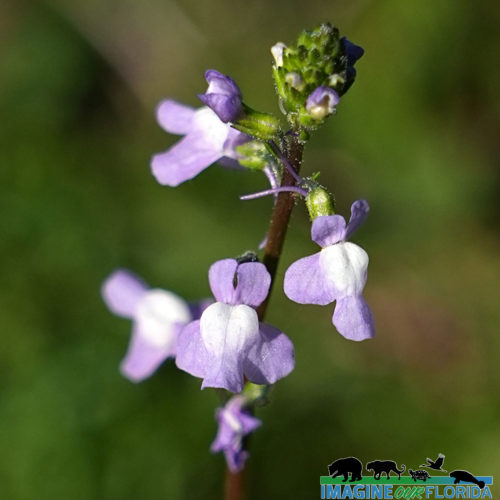
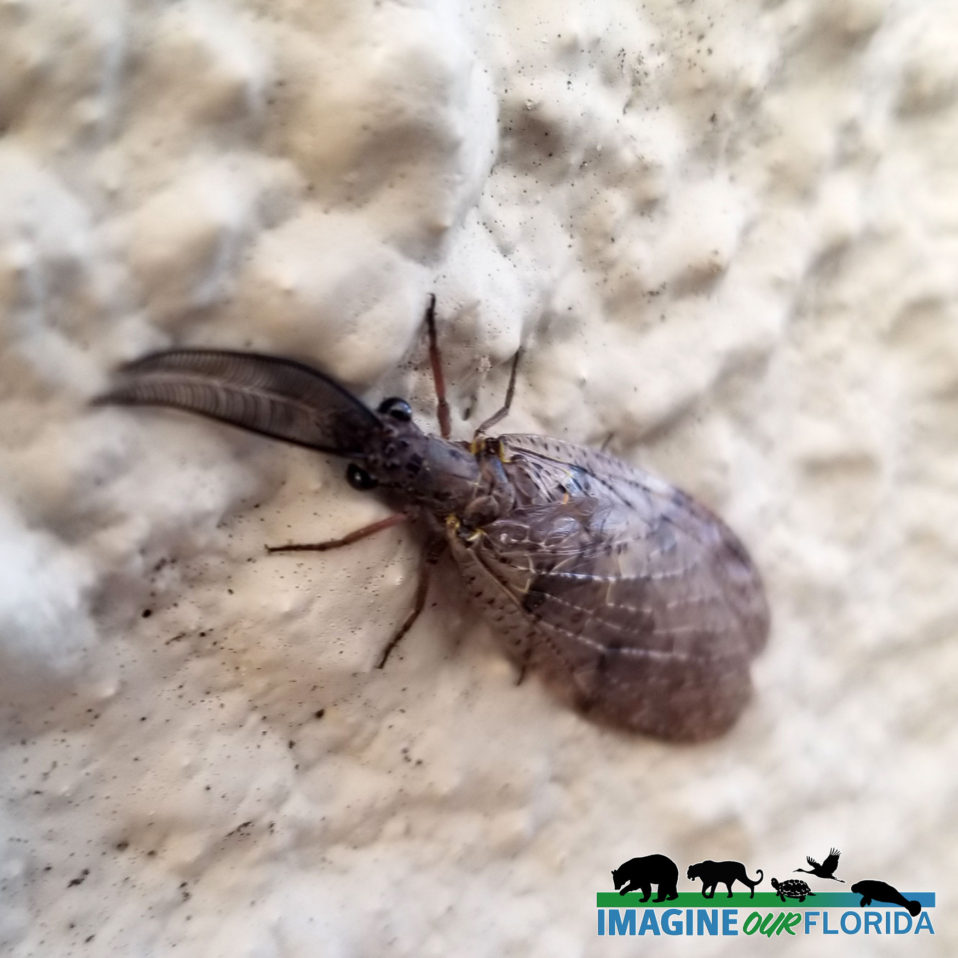
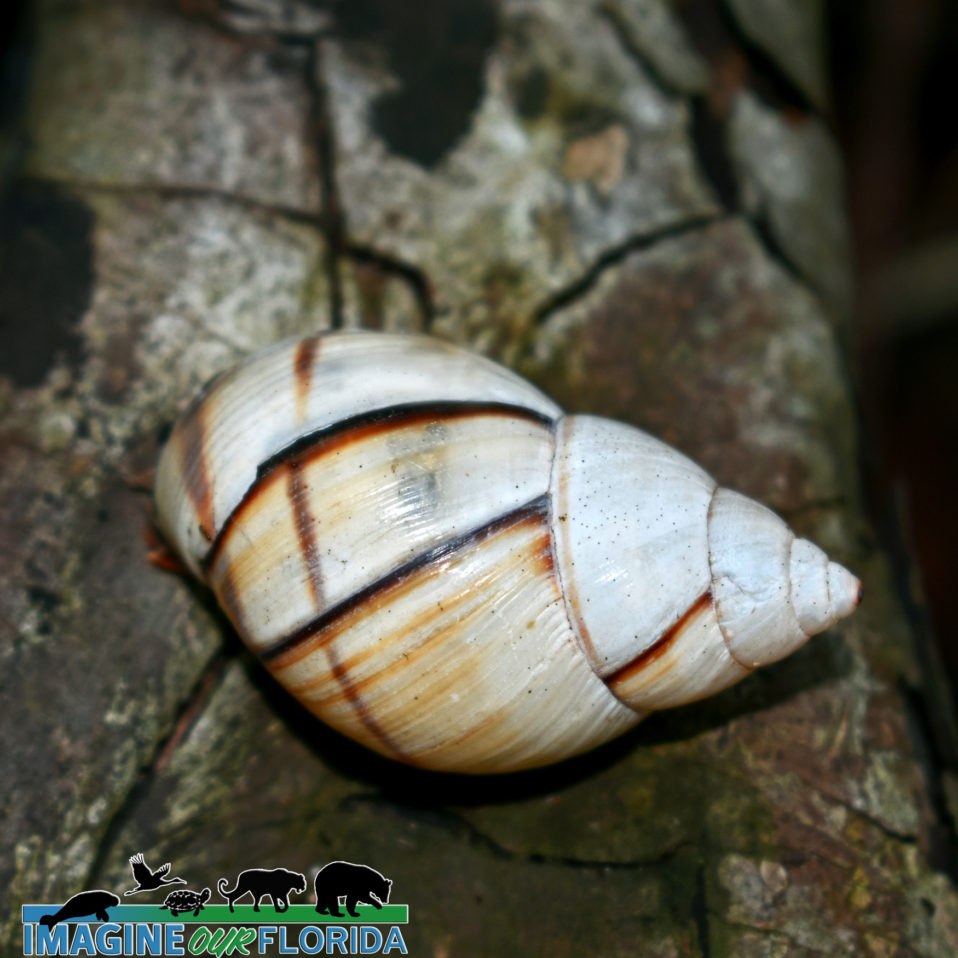
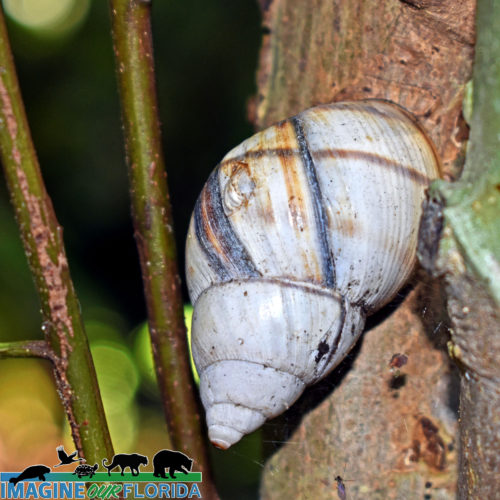
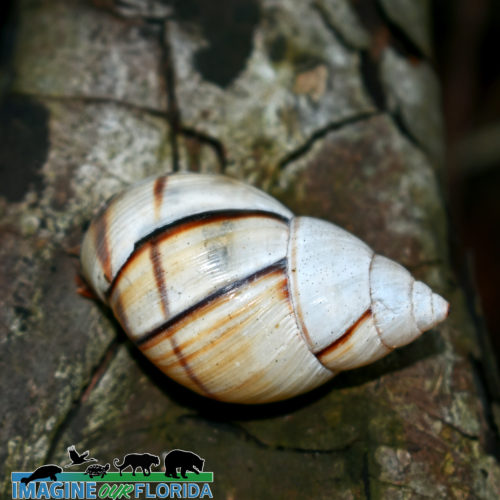
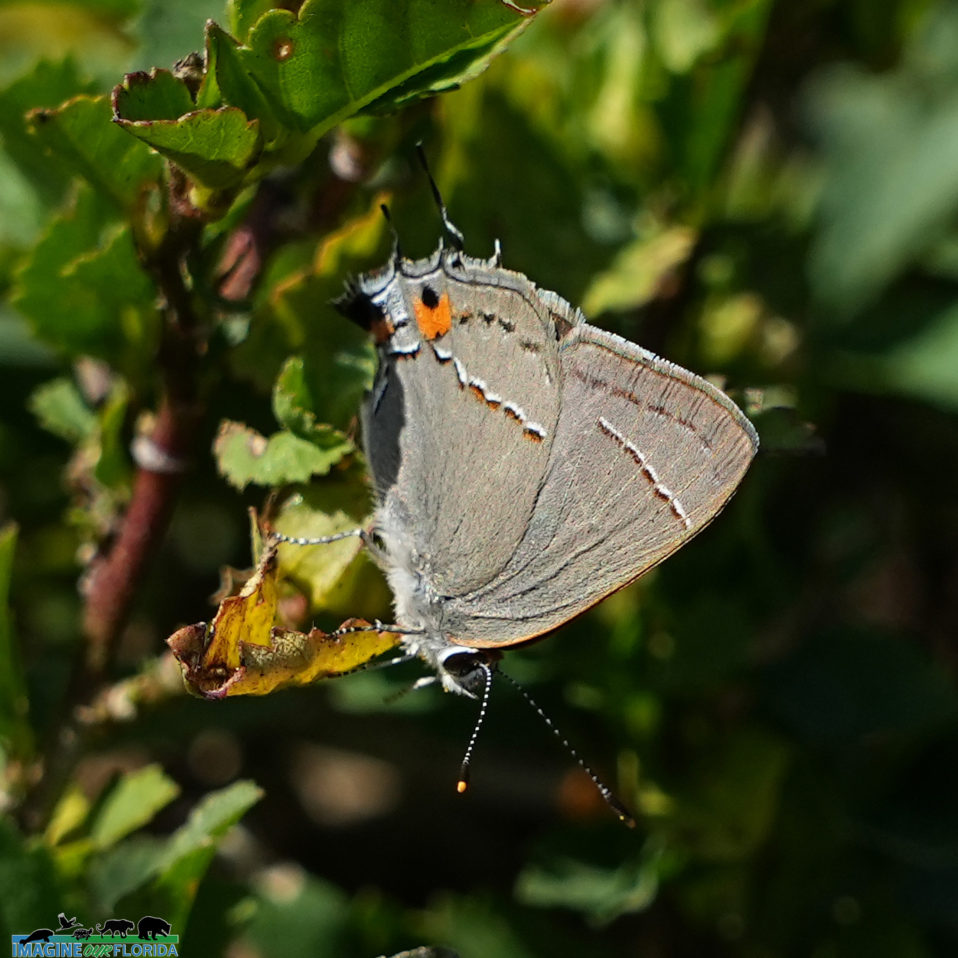
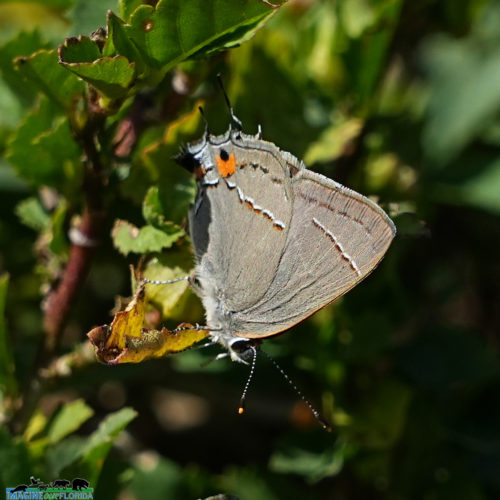
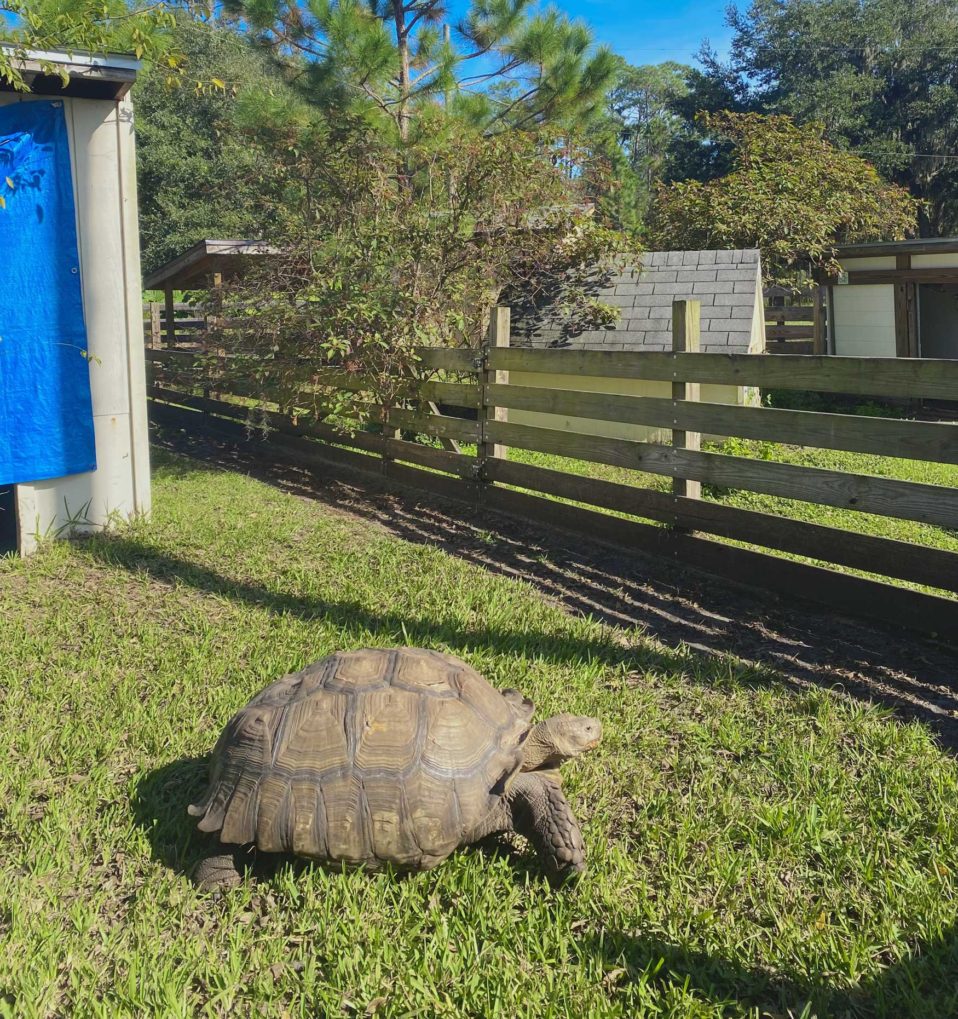
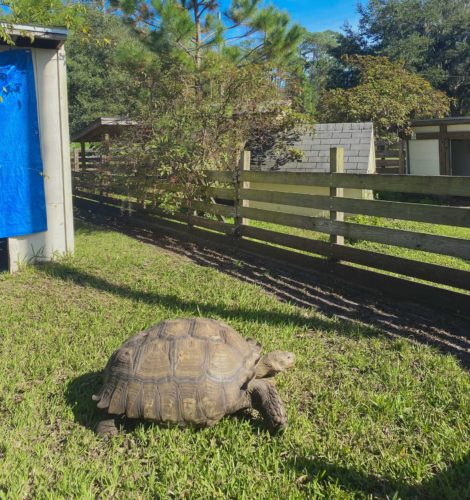
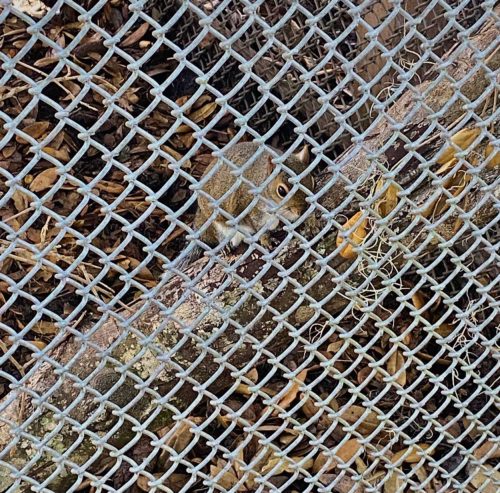
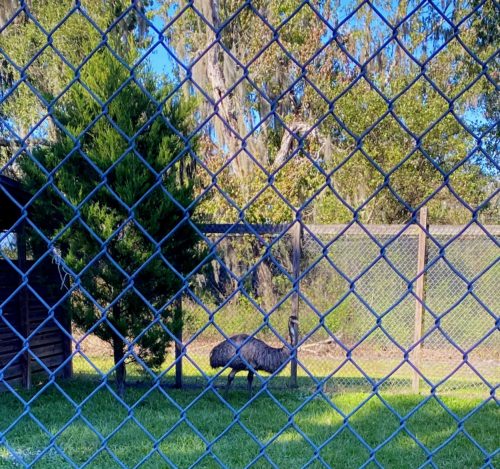
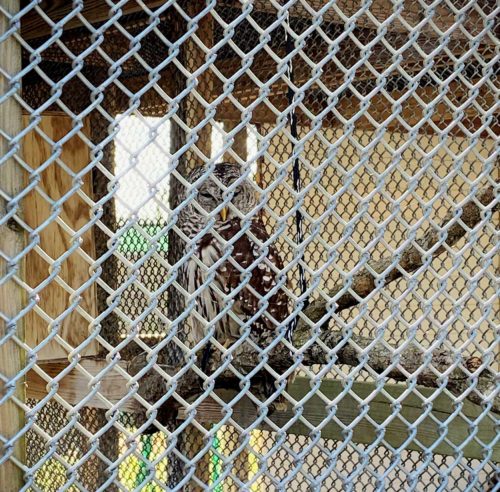
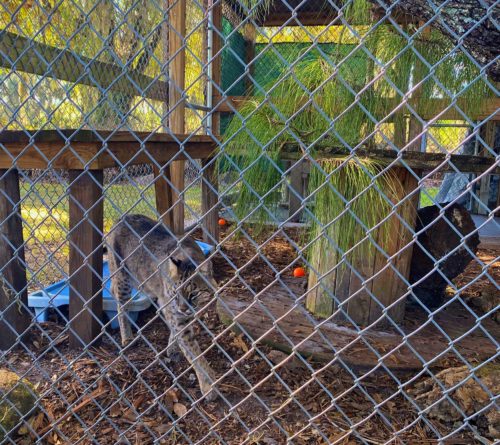
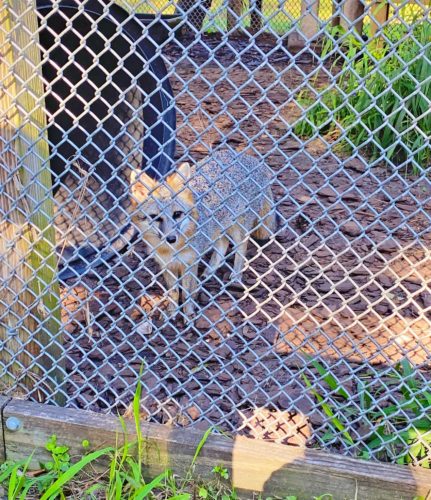
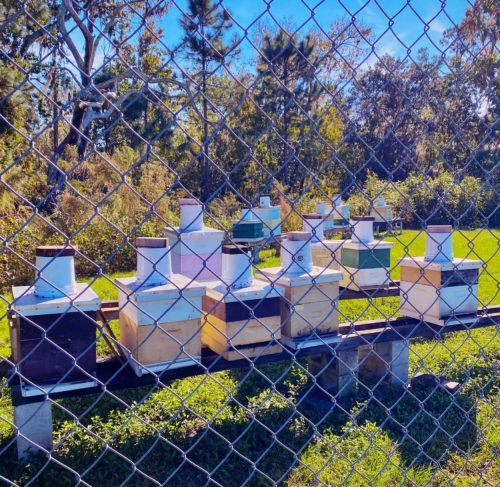
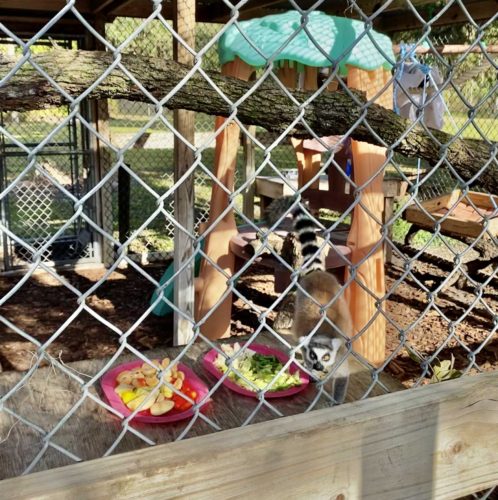
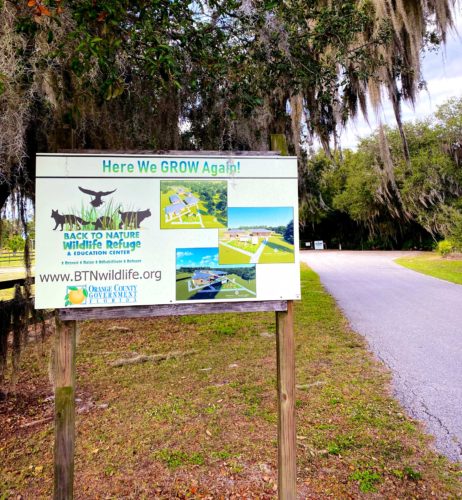
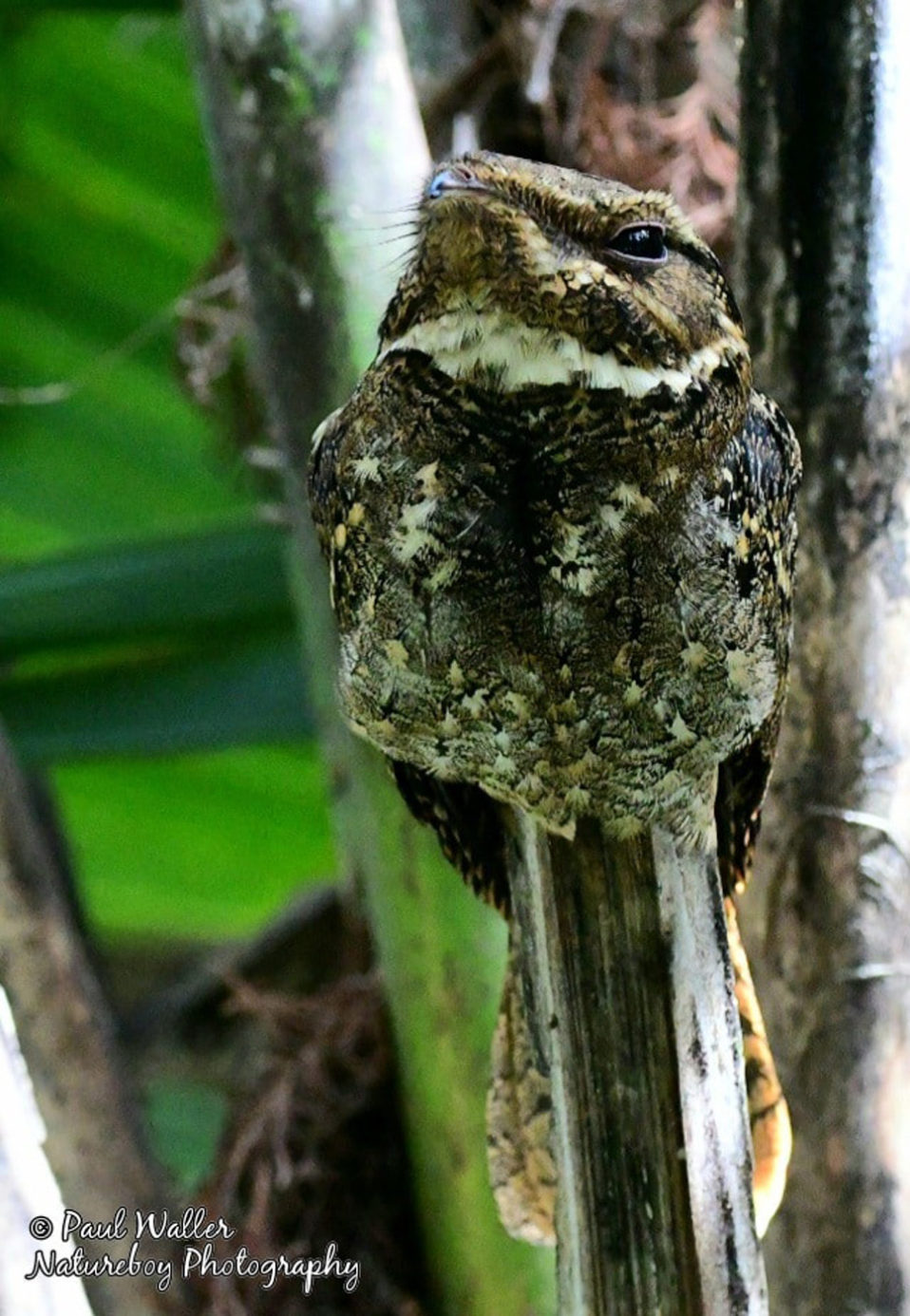
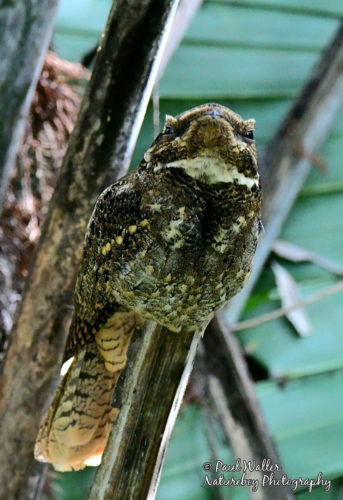
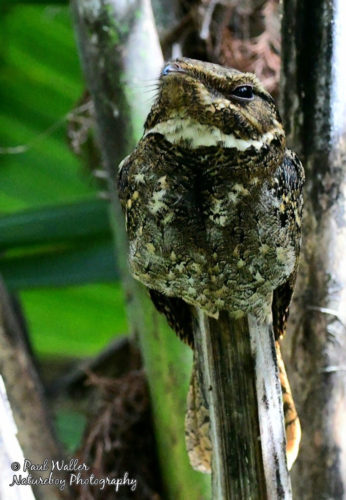
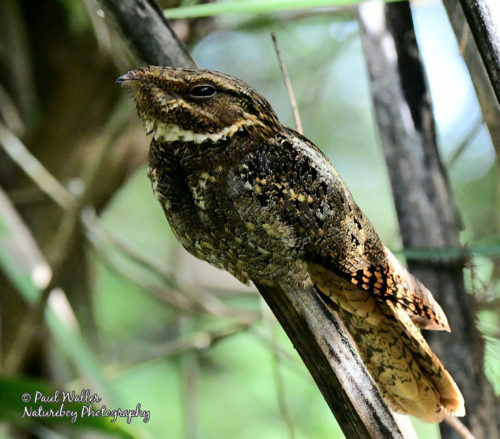
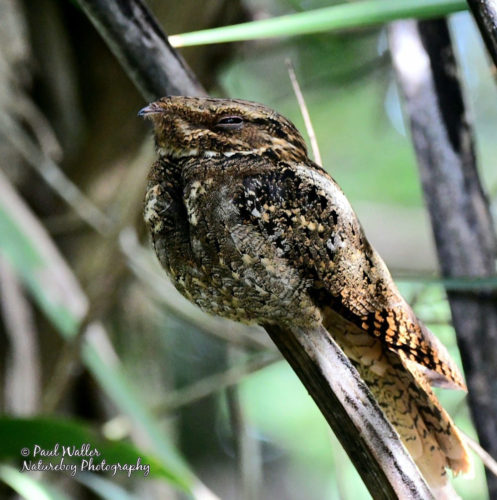
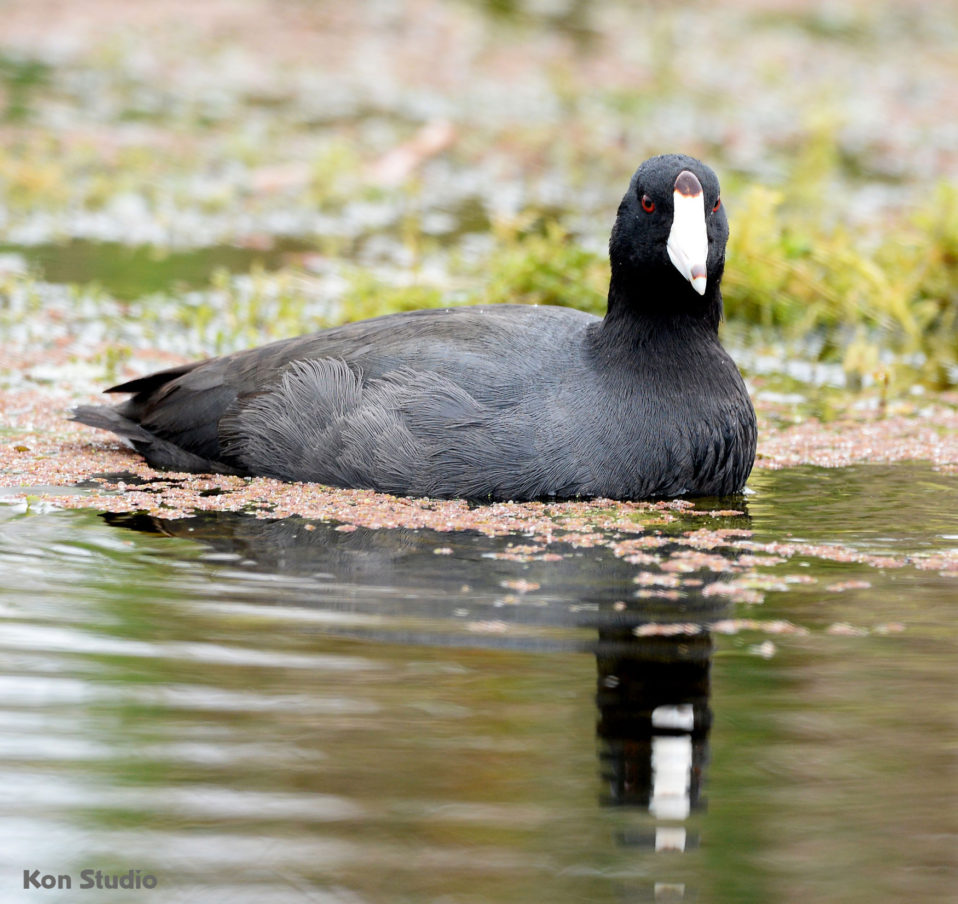
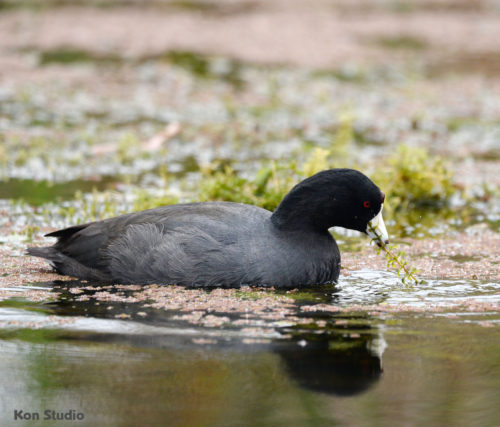
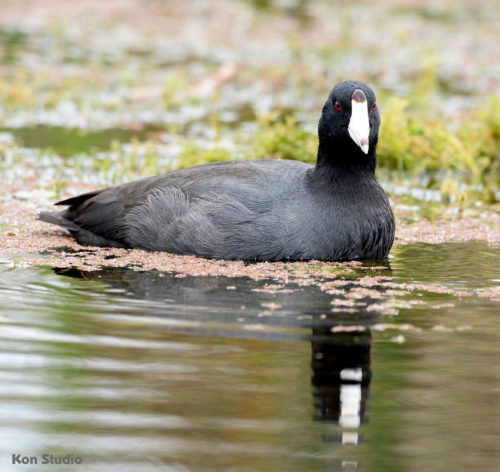
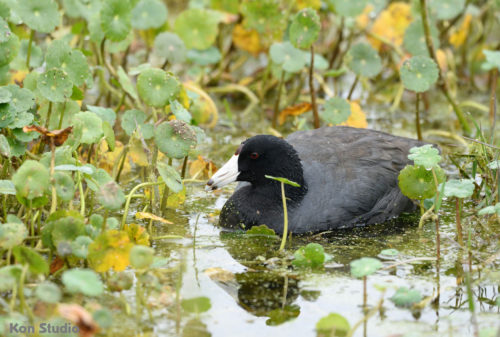
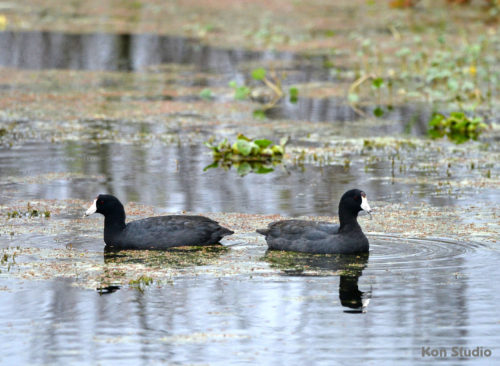
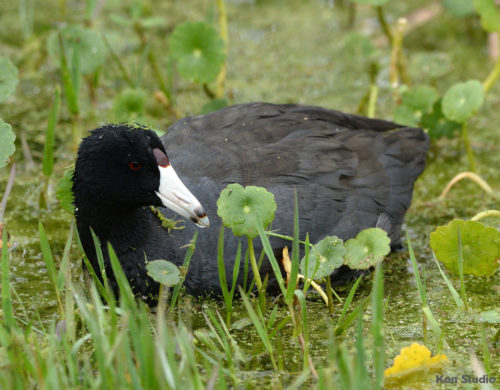
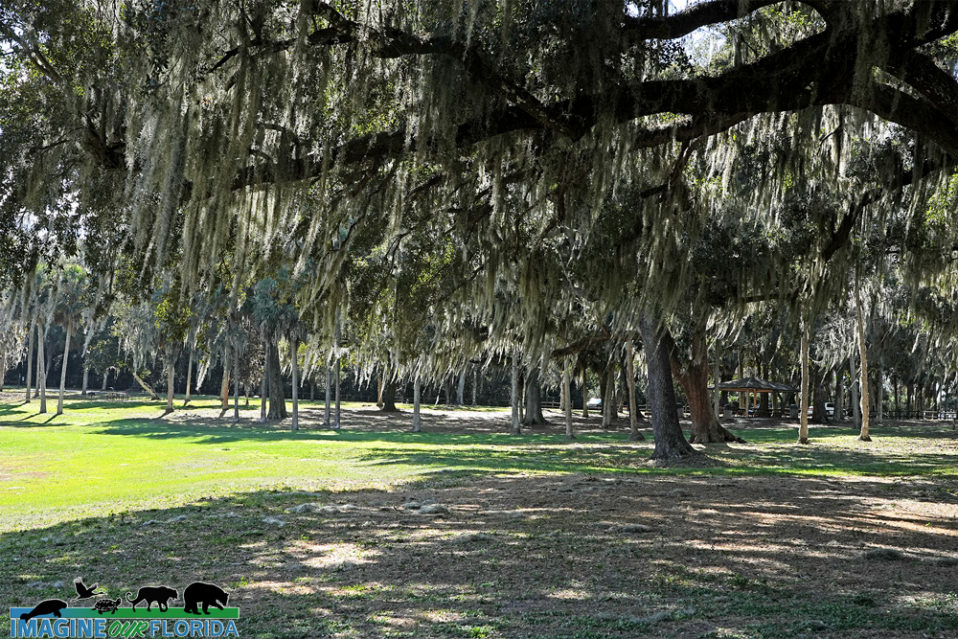
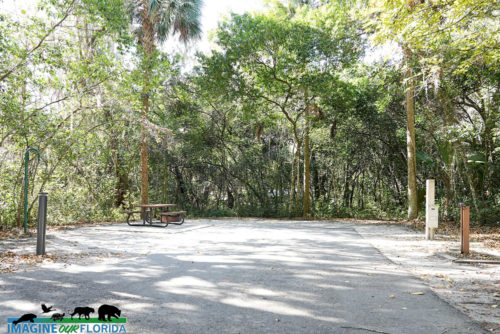
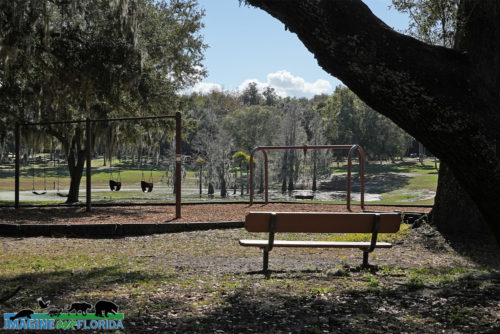
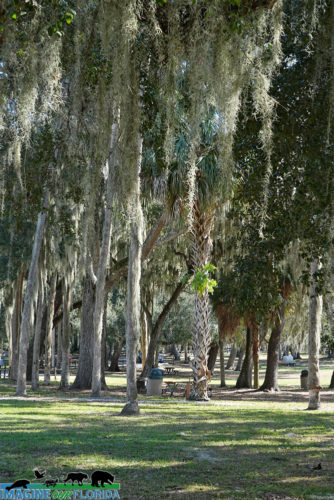
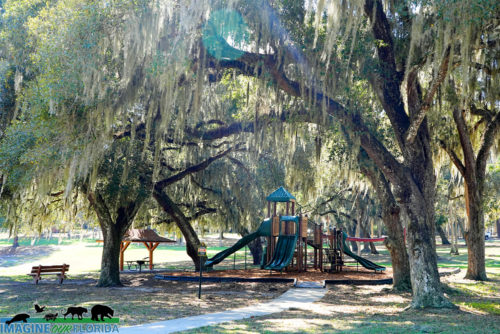
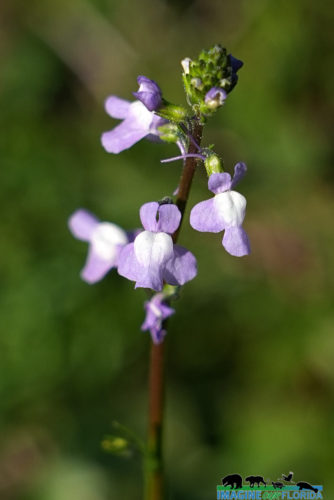
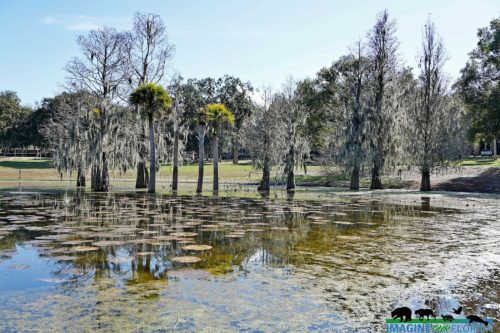
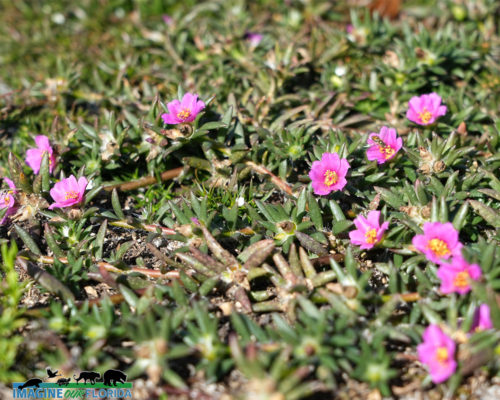 m
m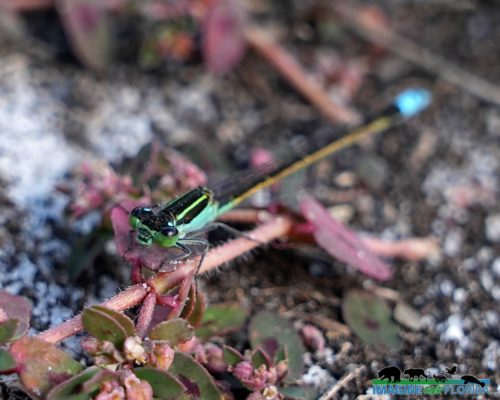
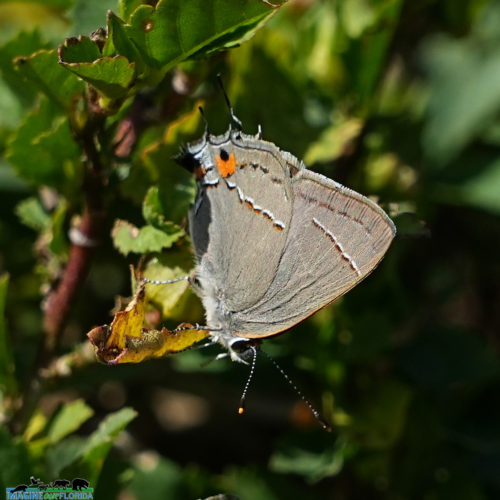
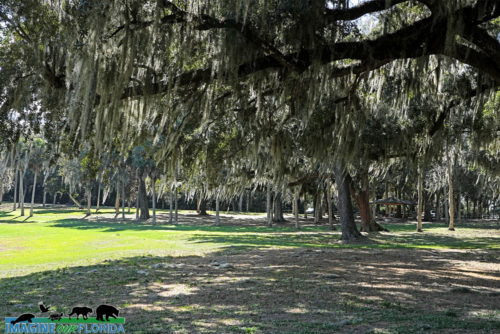 a
a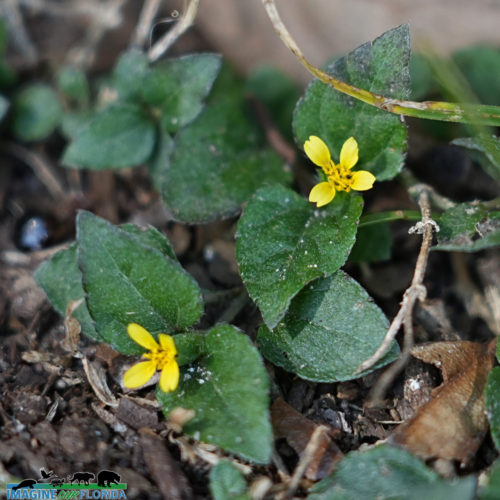
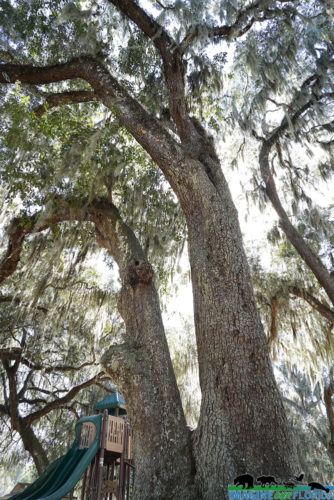
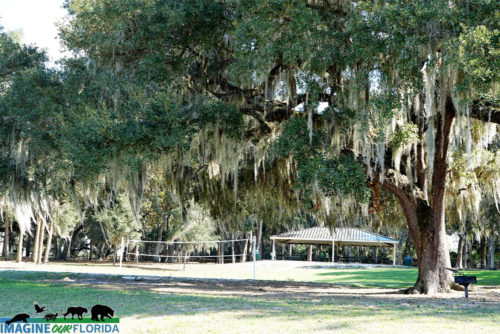
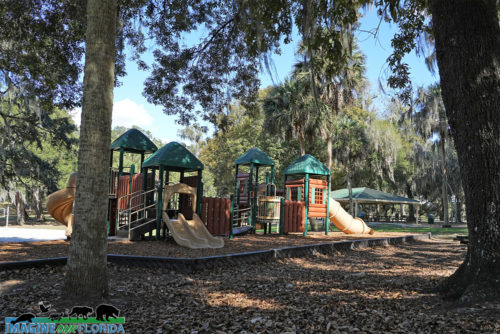
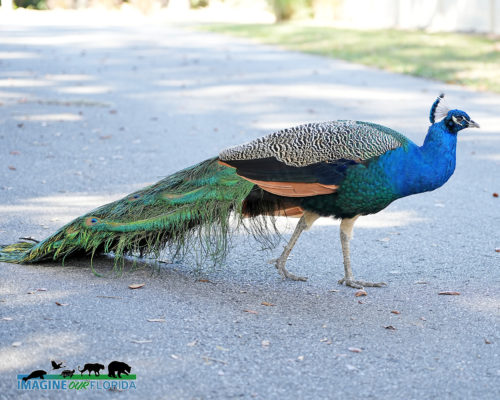
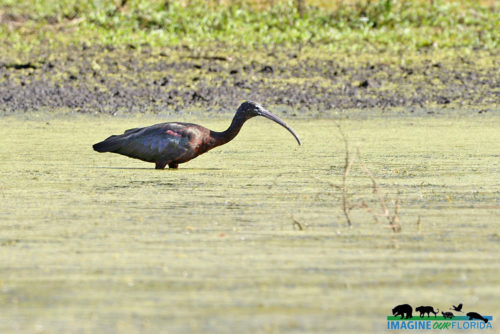
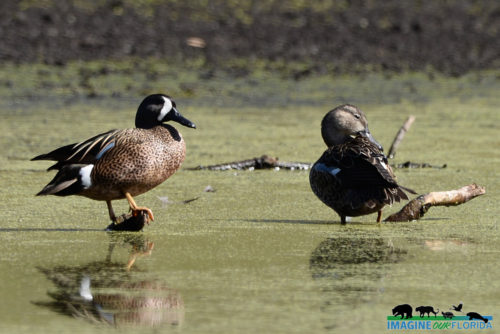
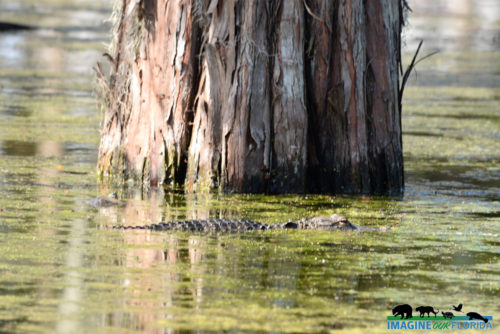
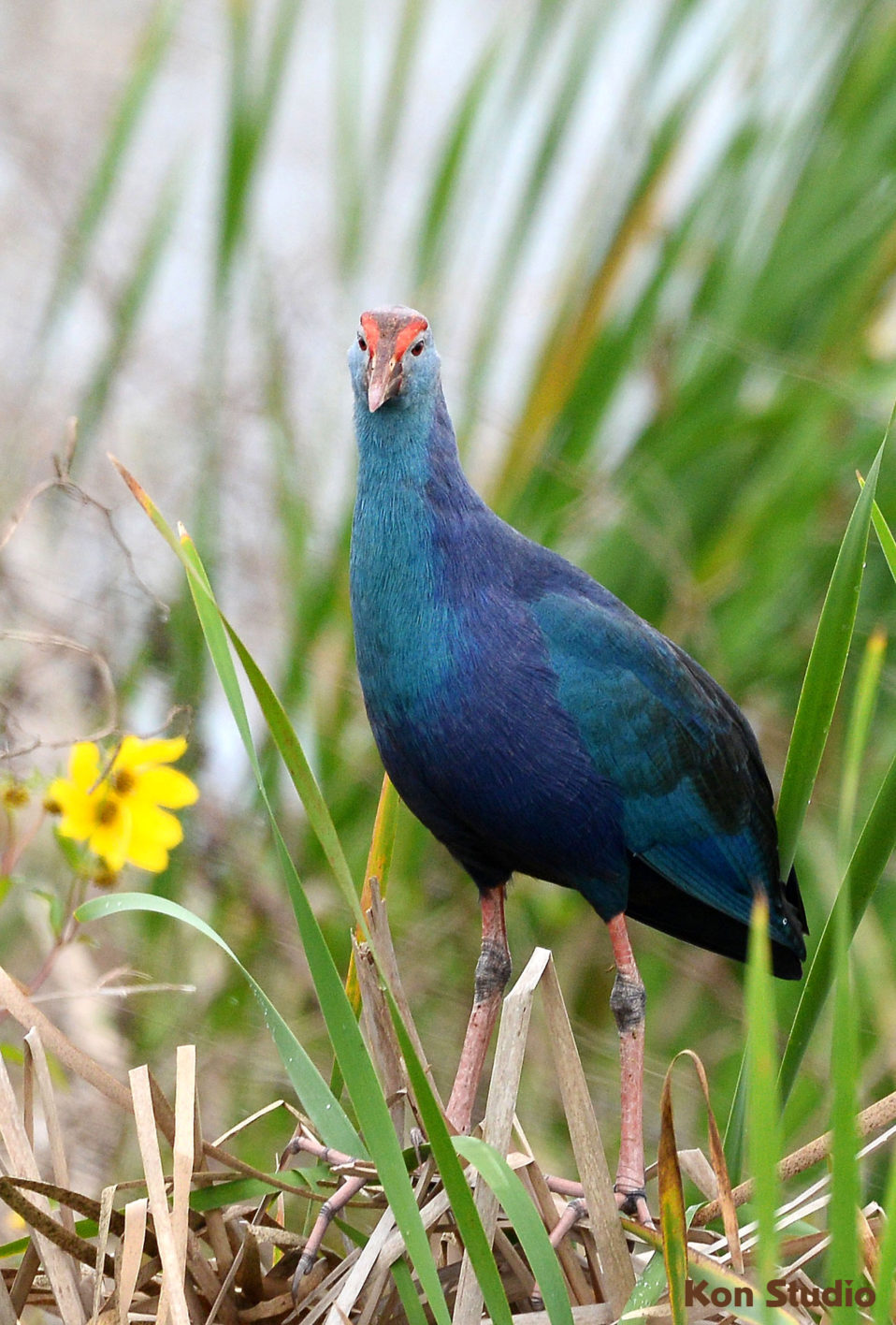
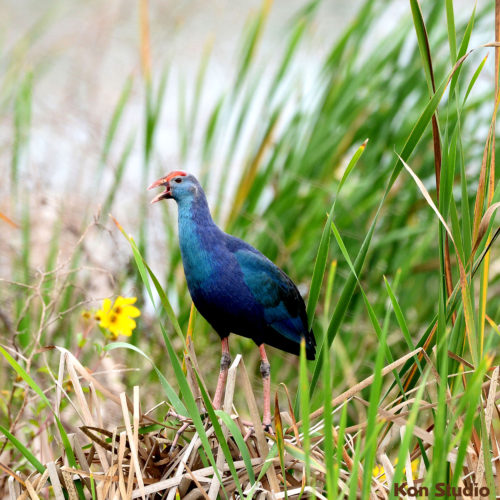
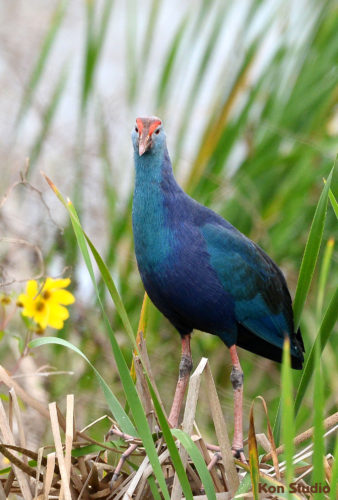
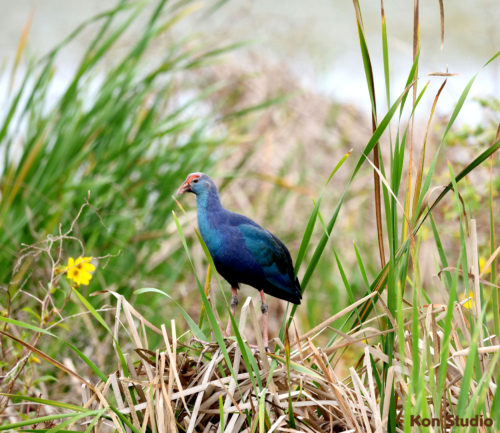
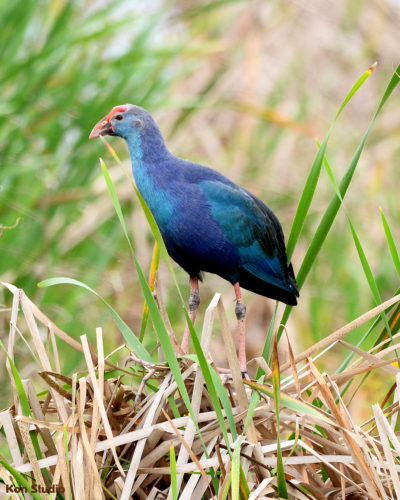
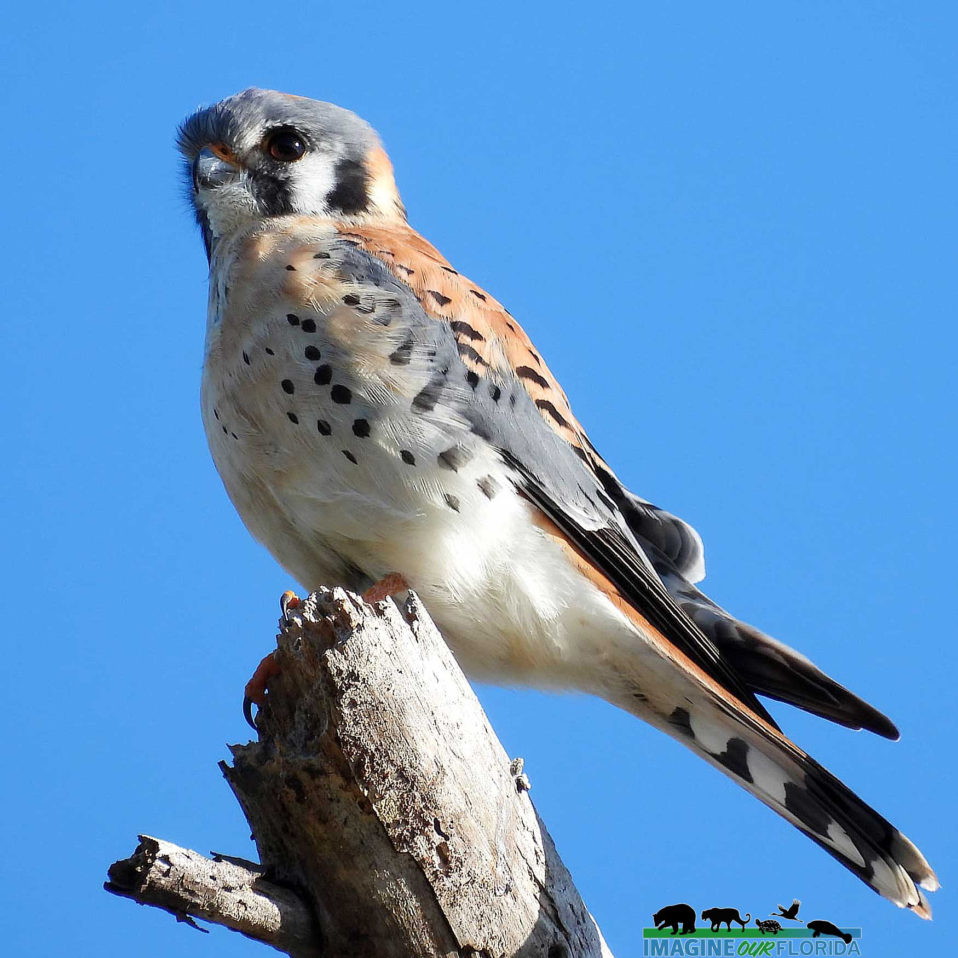
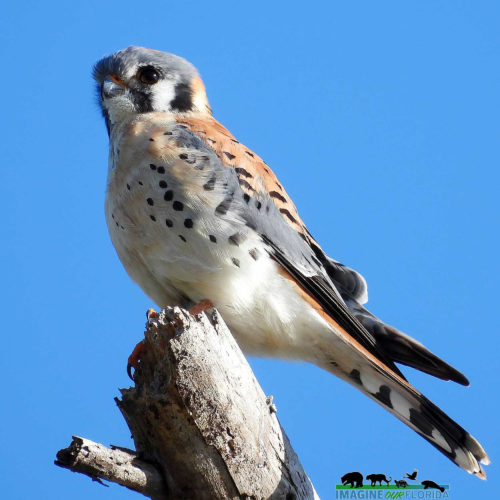
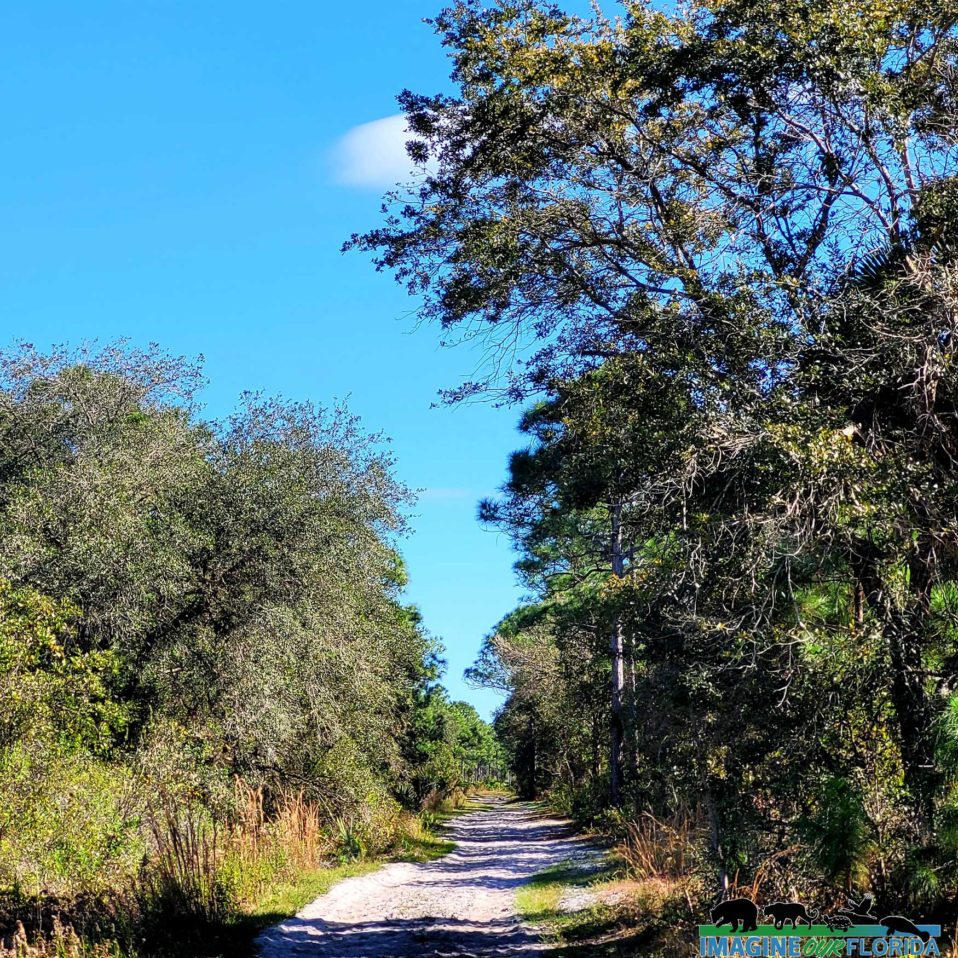
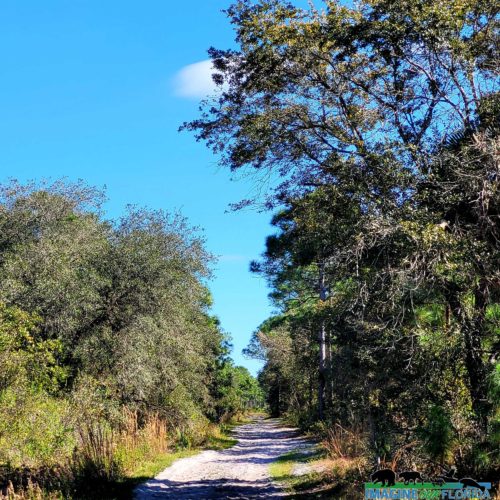
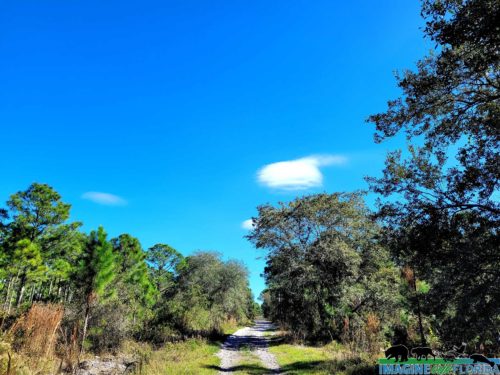
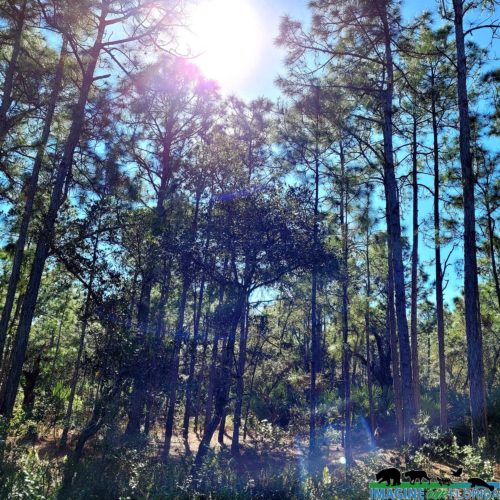
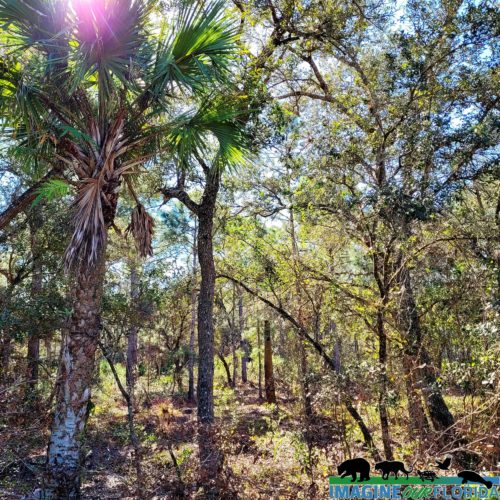
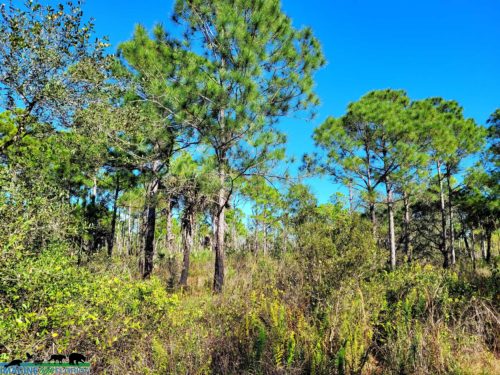
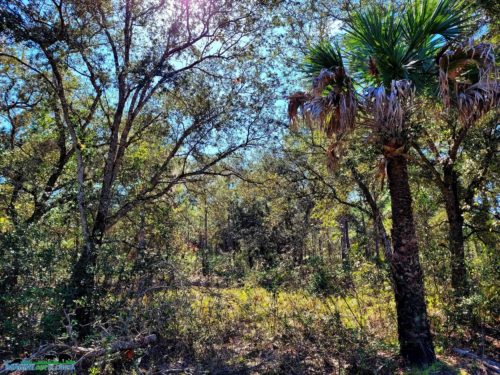
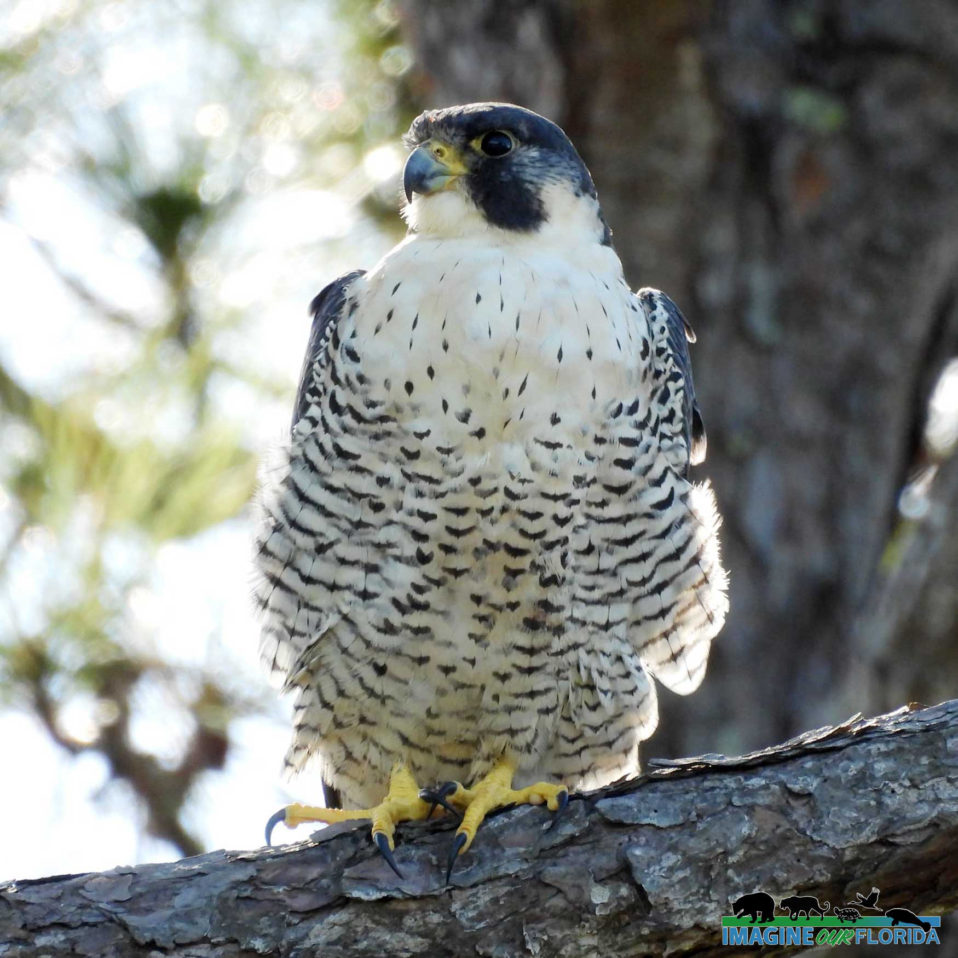
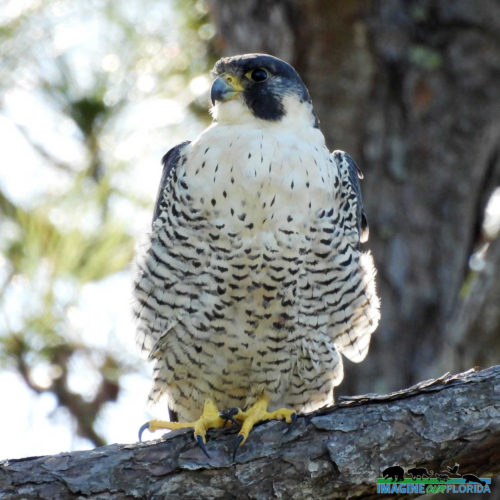
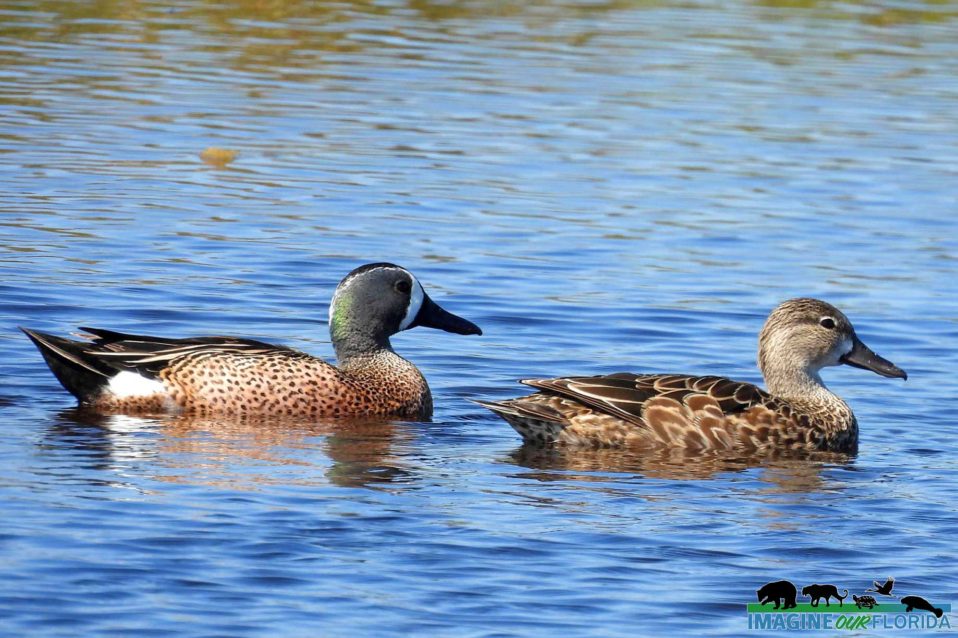
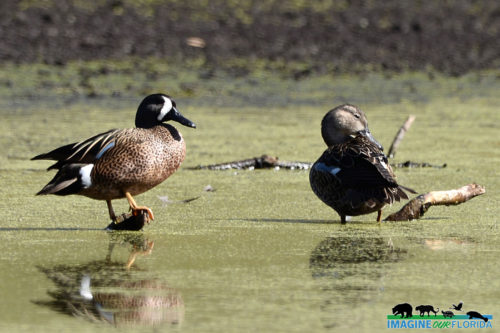
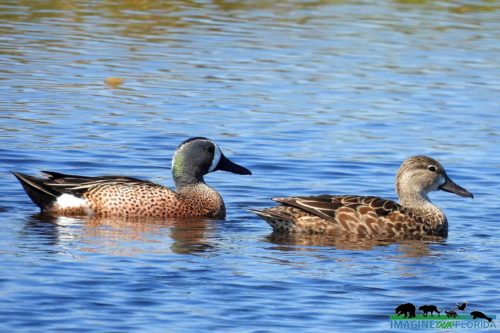
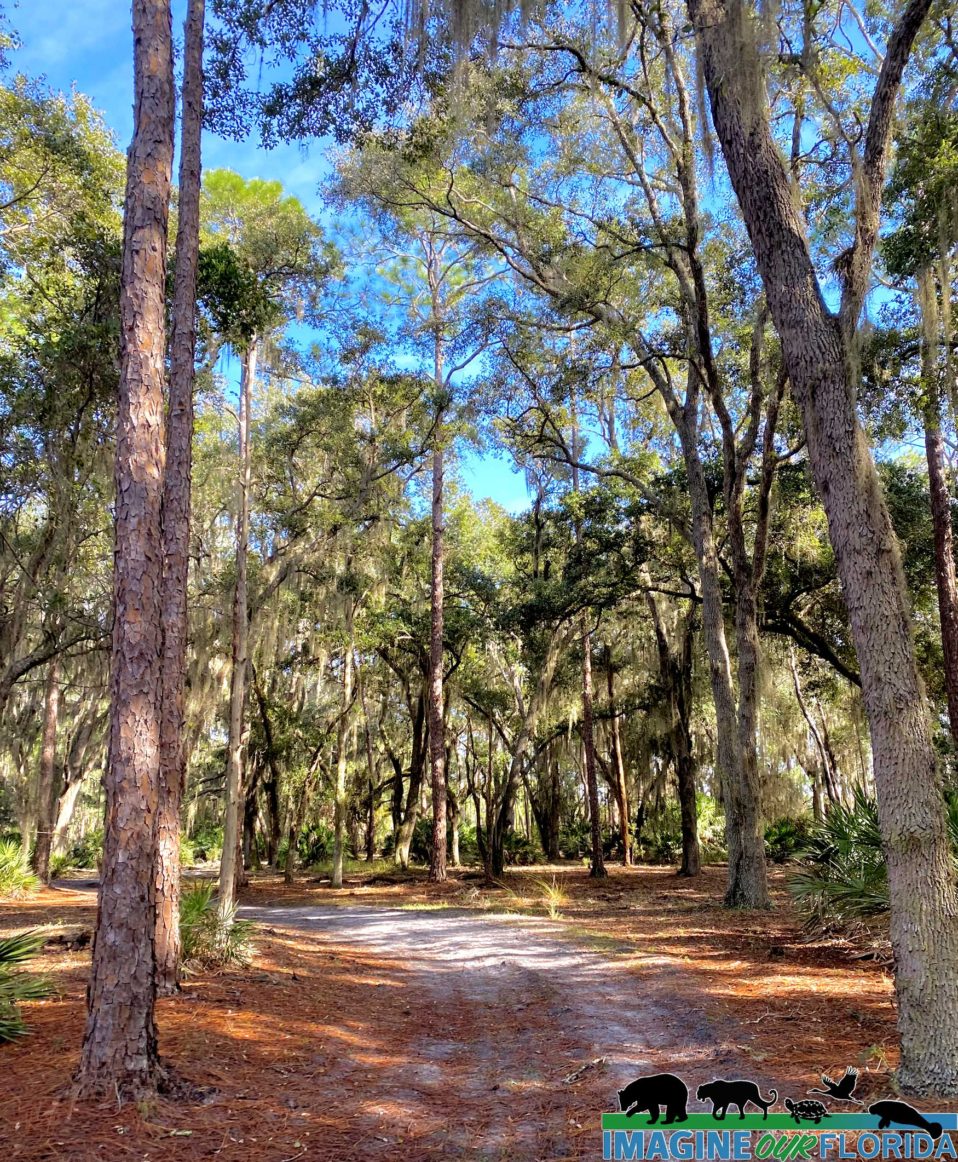
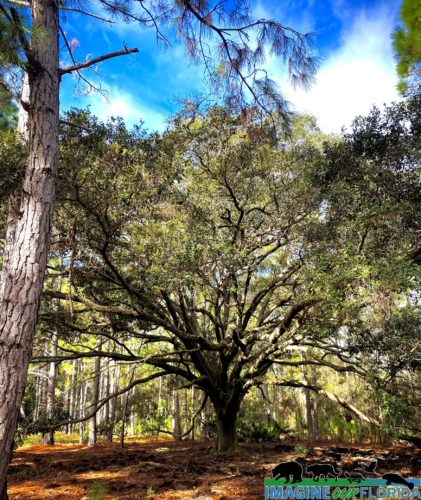
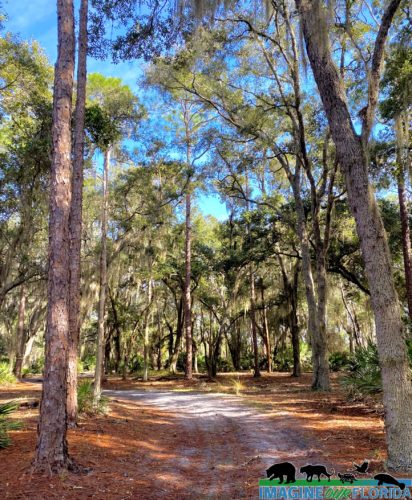
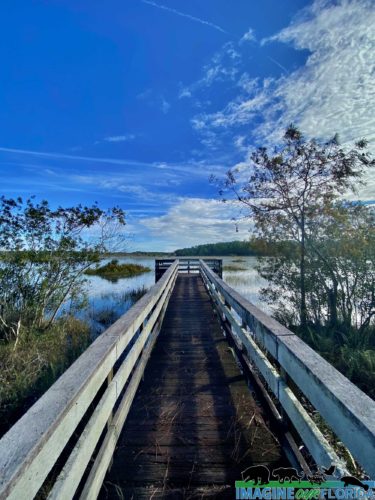
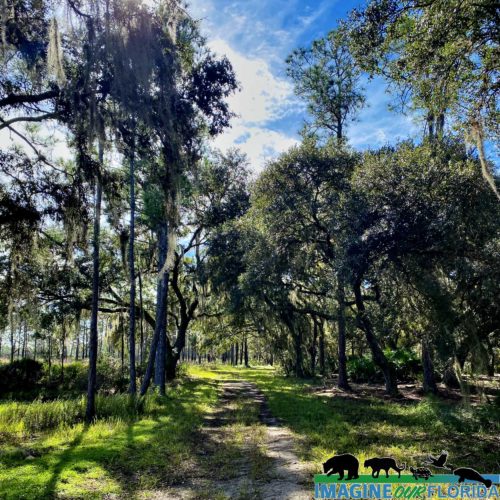
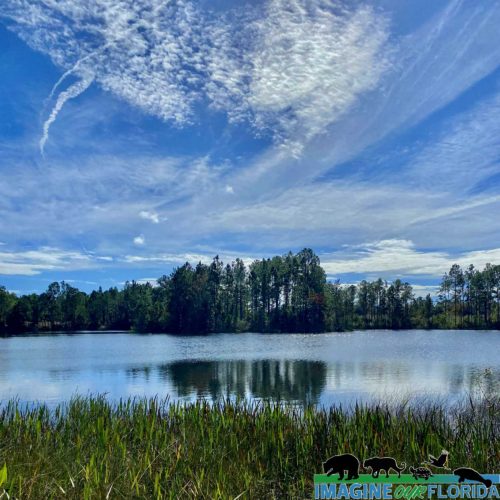
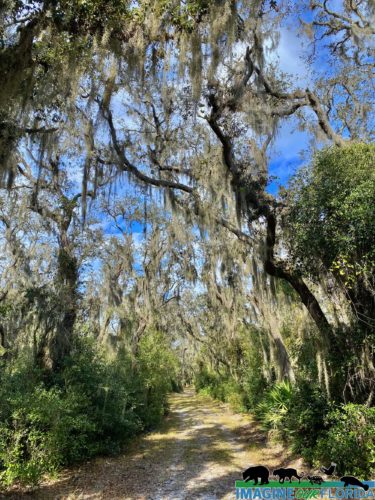
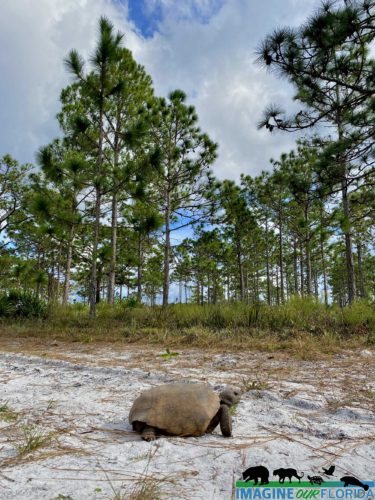
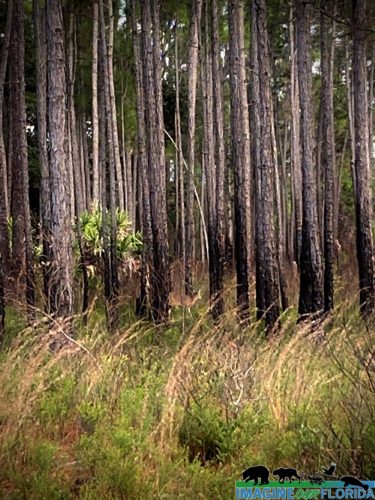 iof, imagineourflorida,
iof, imagineourflorida,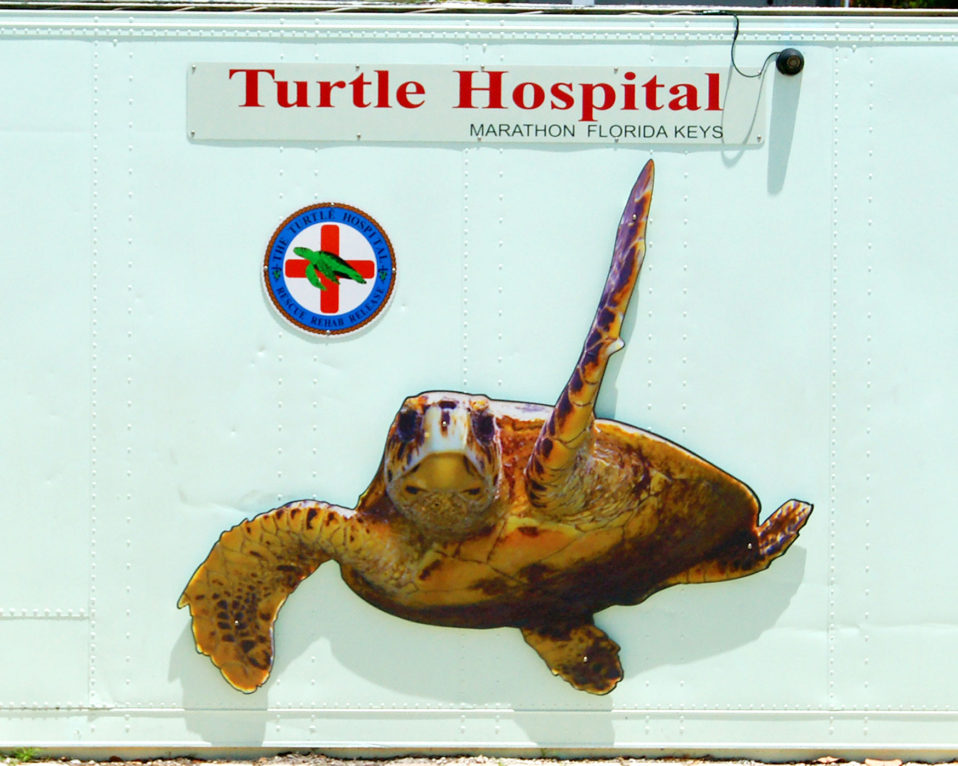

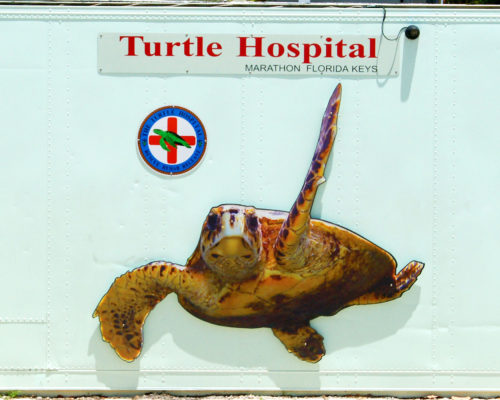
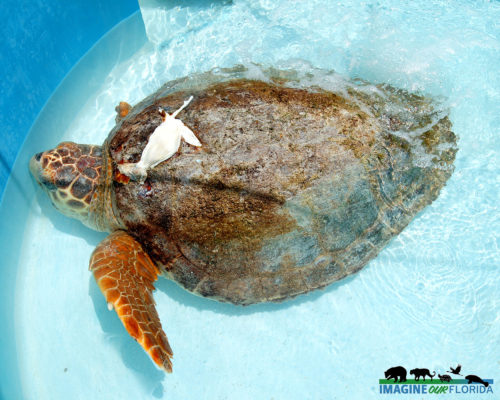
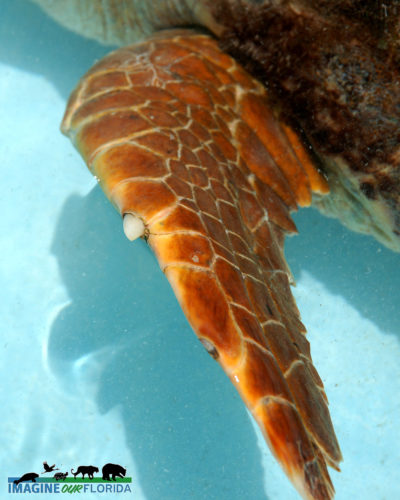
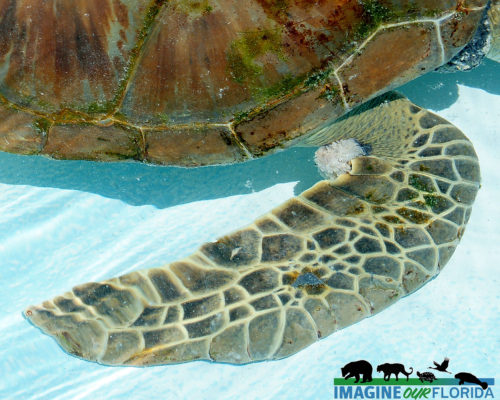
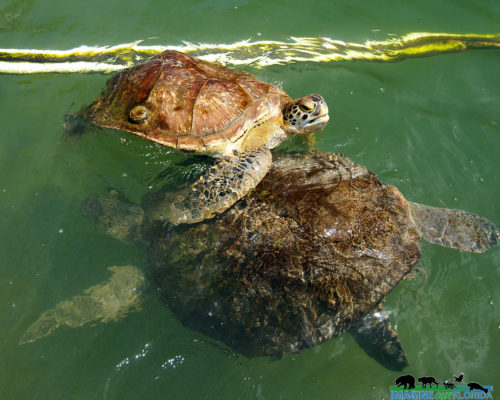
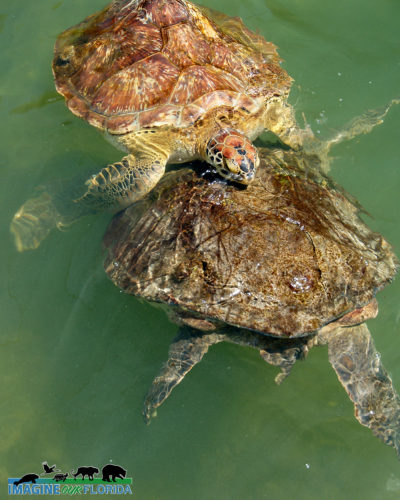
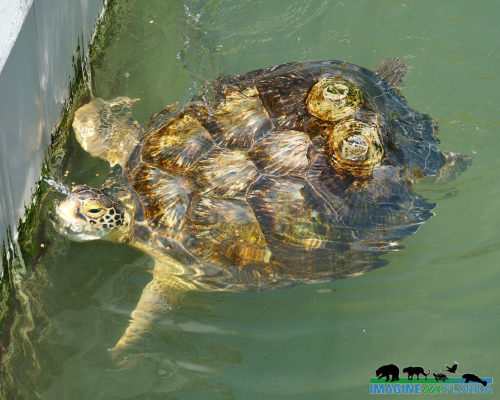
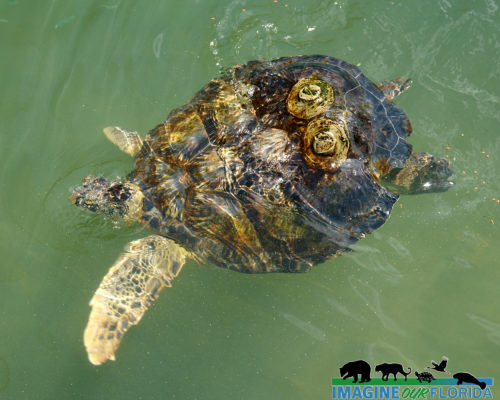
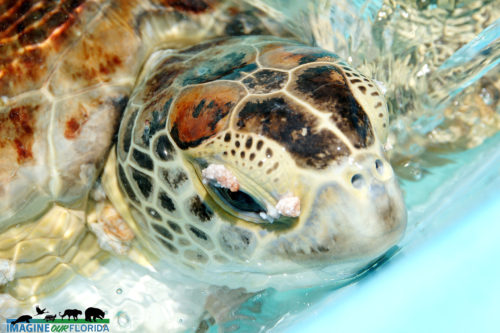
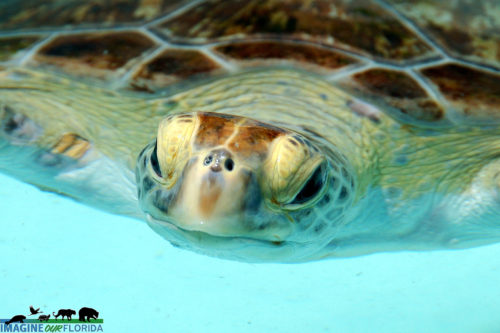
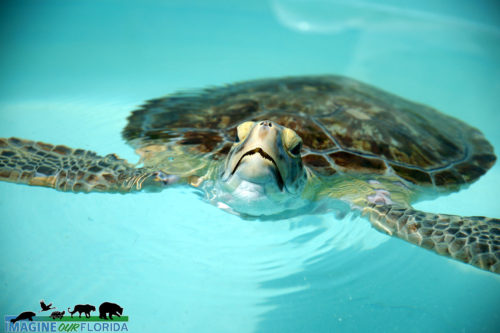 tle
tle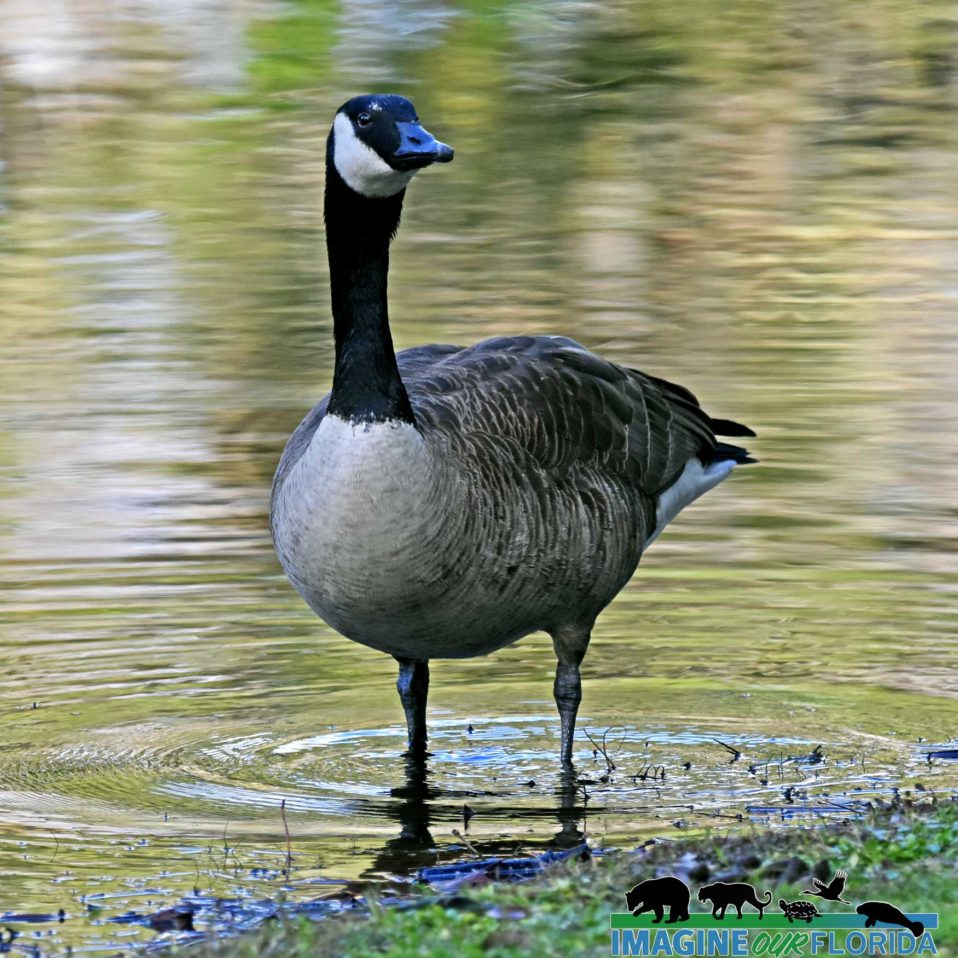
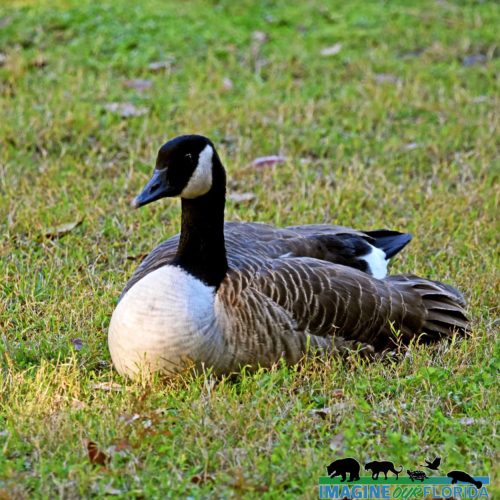
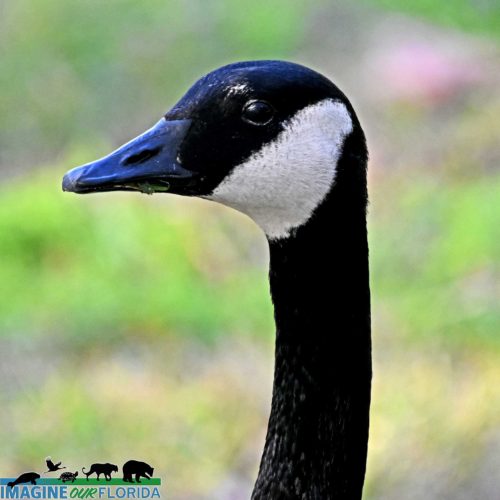
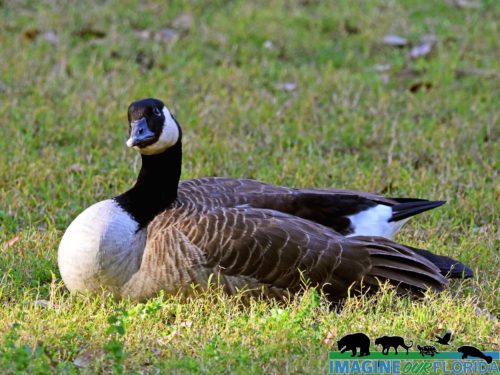
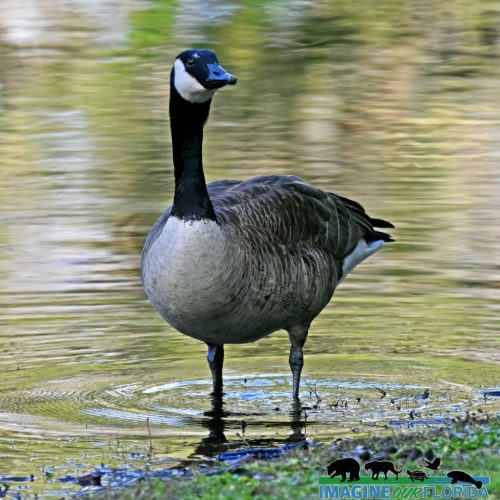
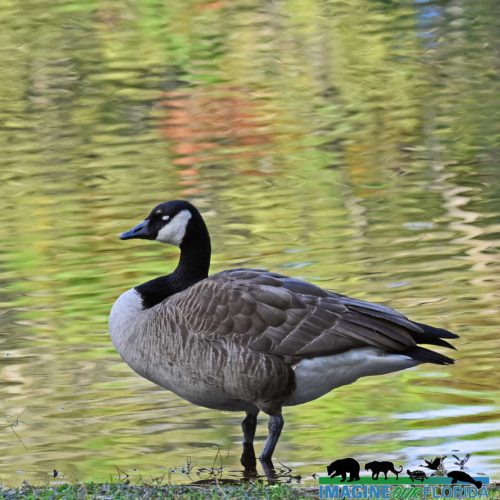
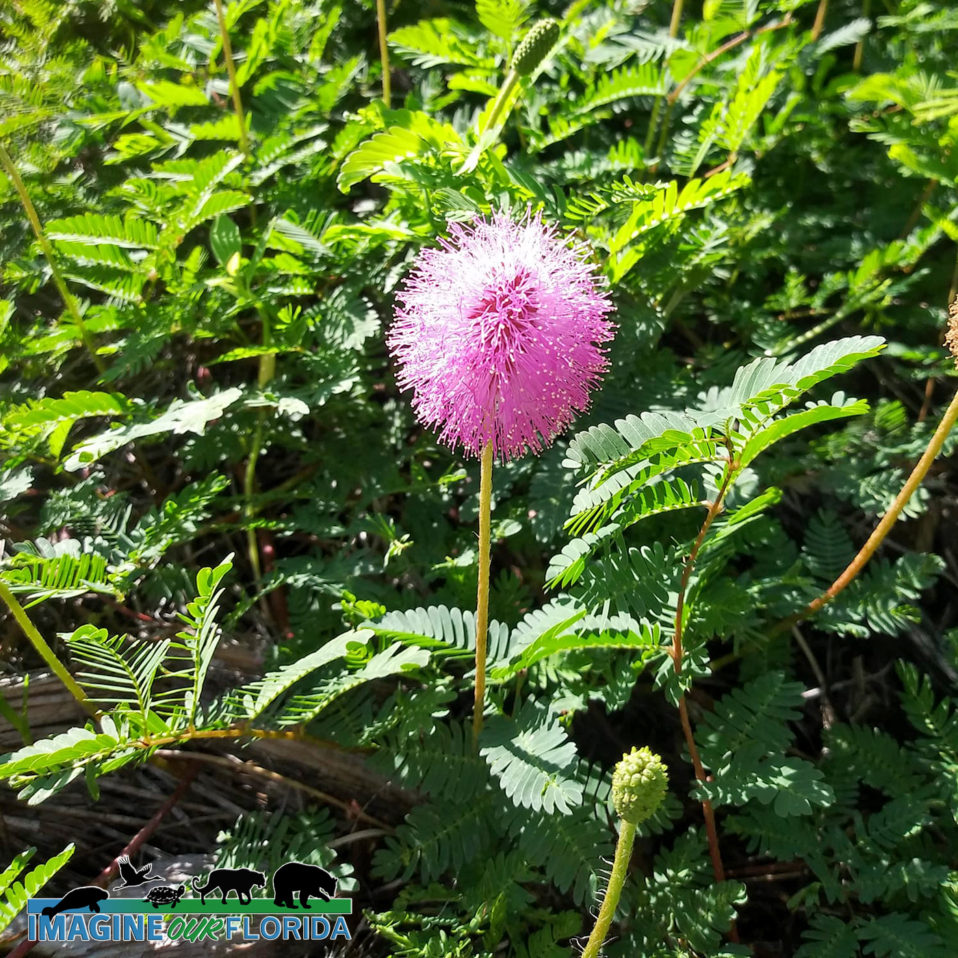
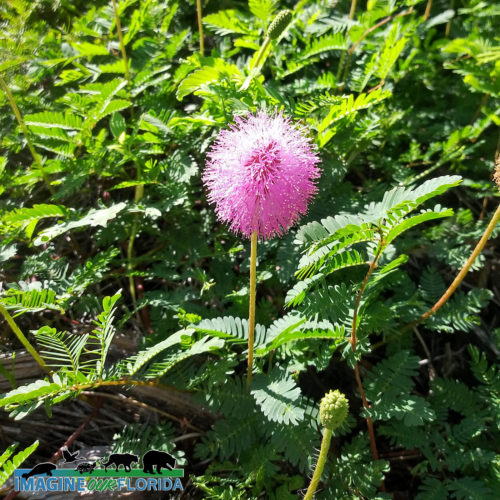
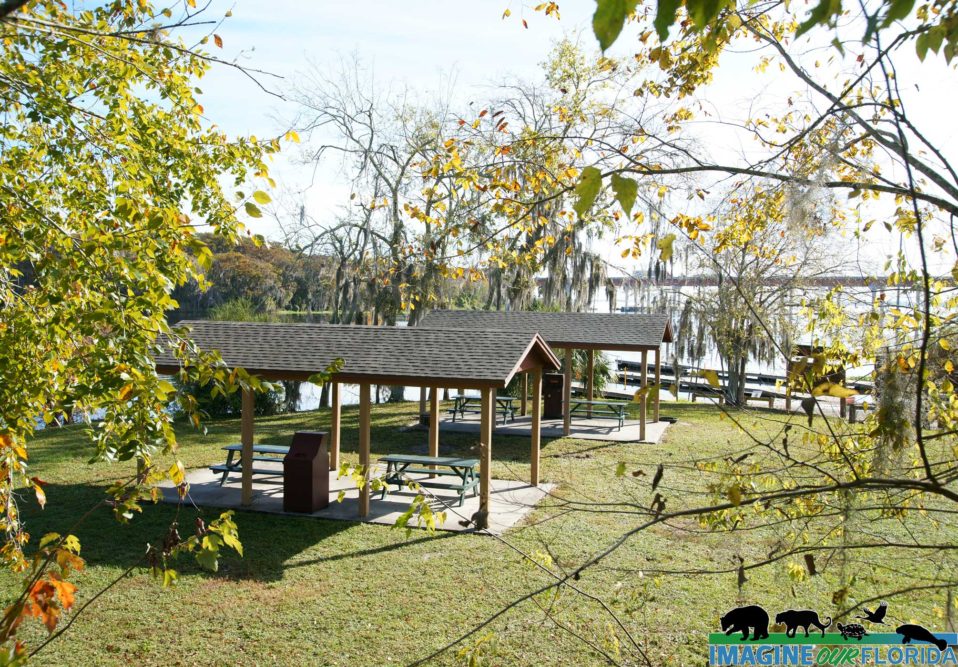
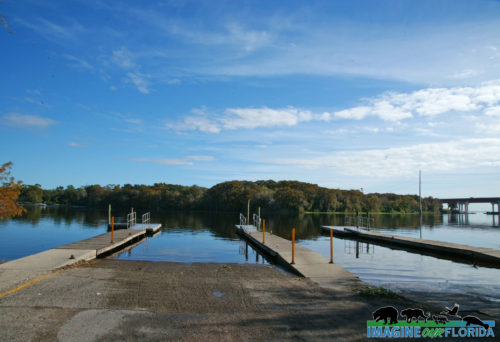
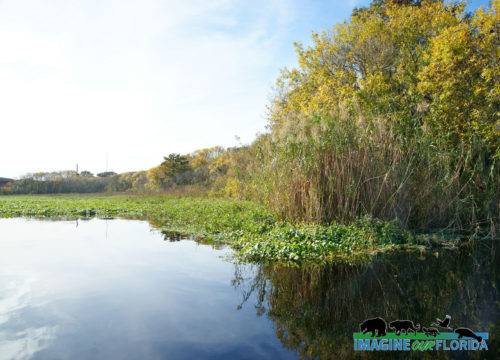
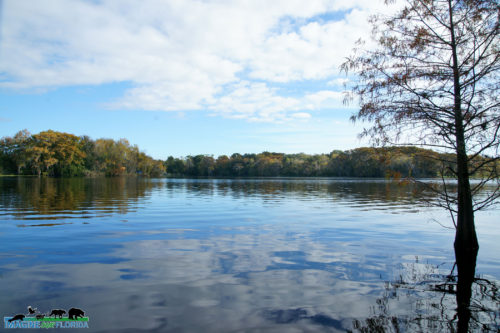
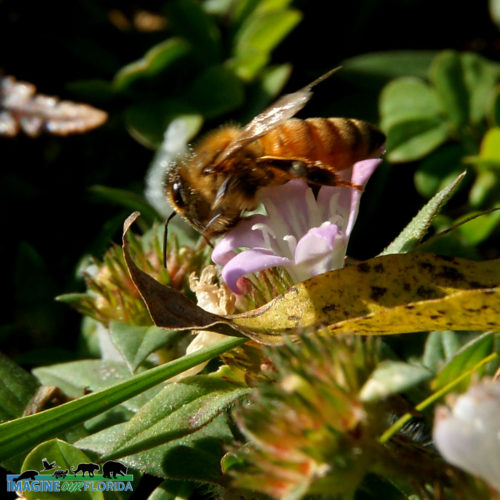
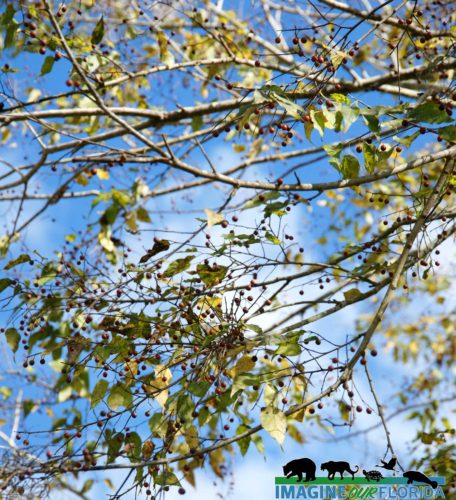
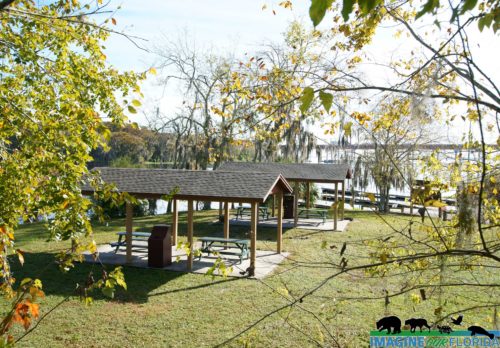

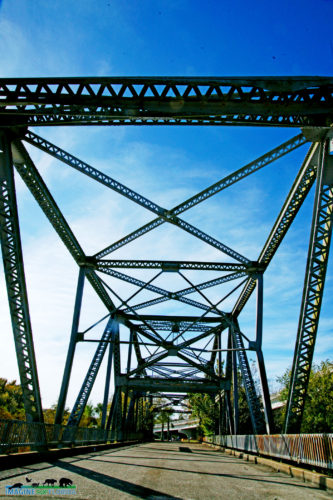
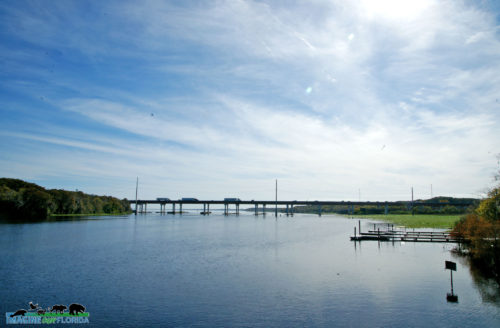

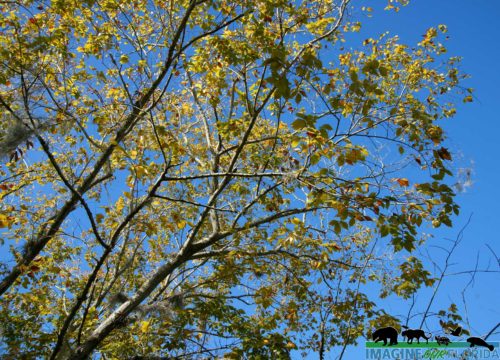
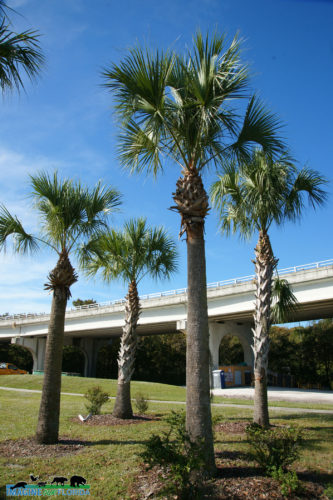
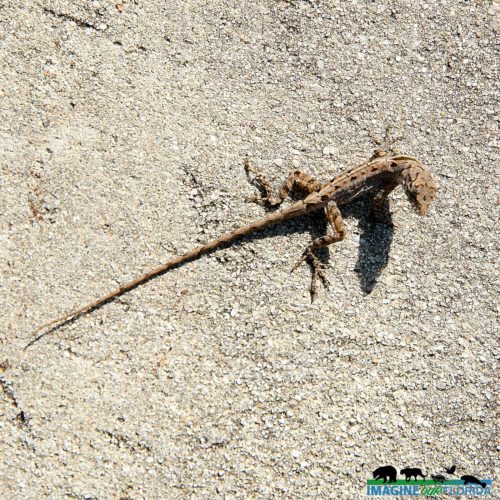
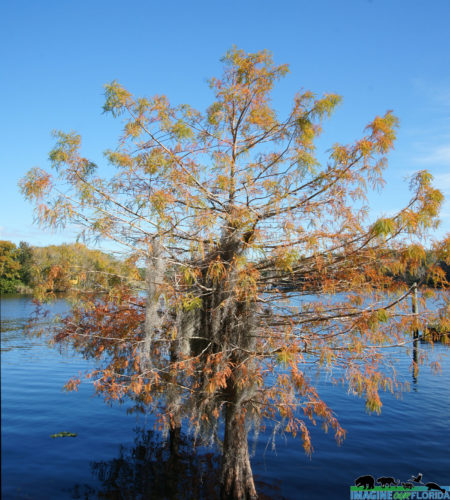
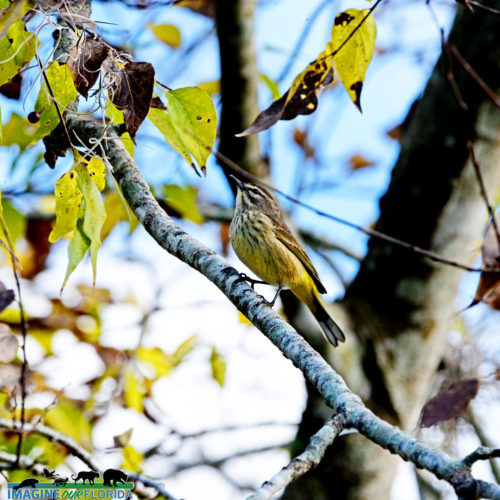
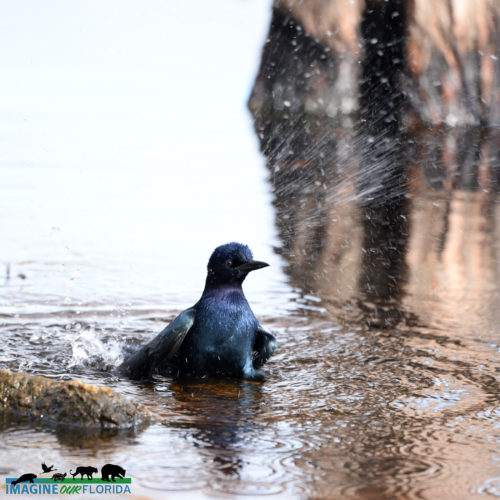
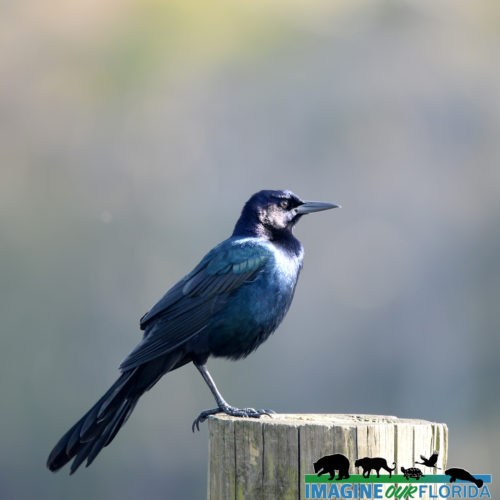
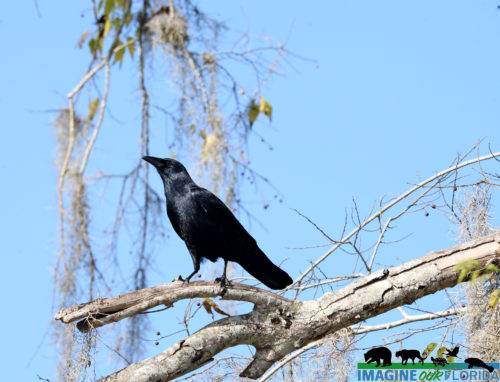
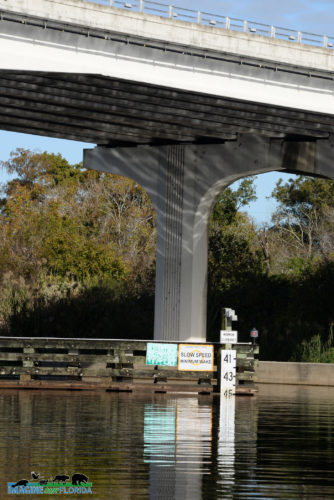
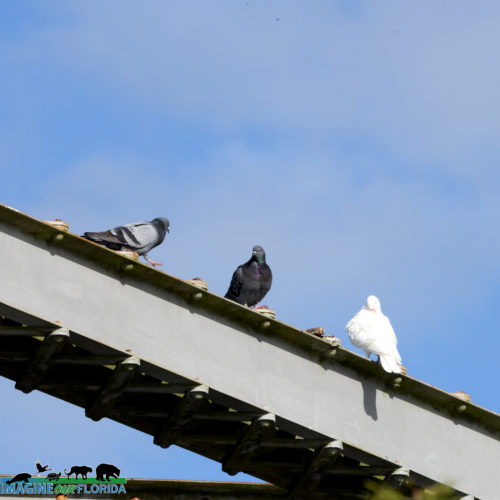
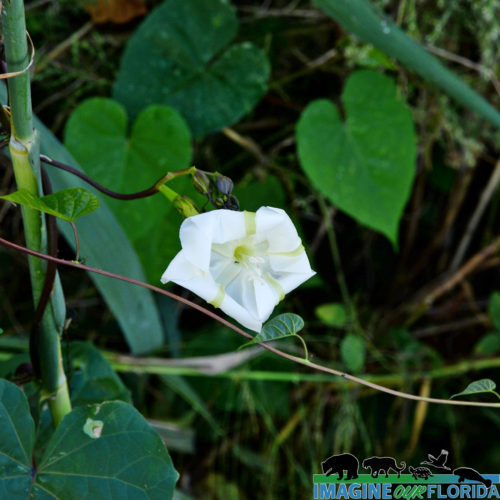
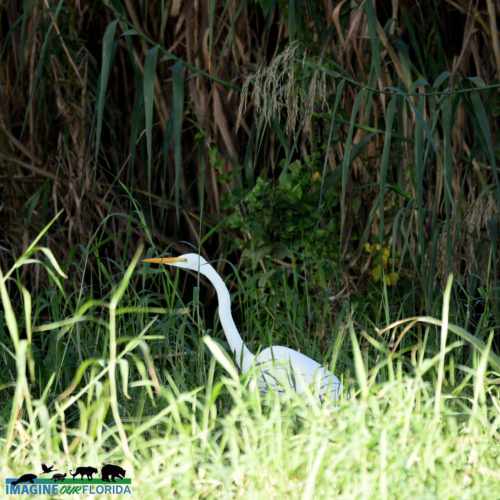
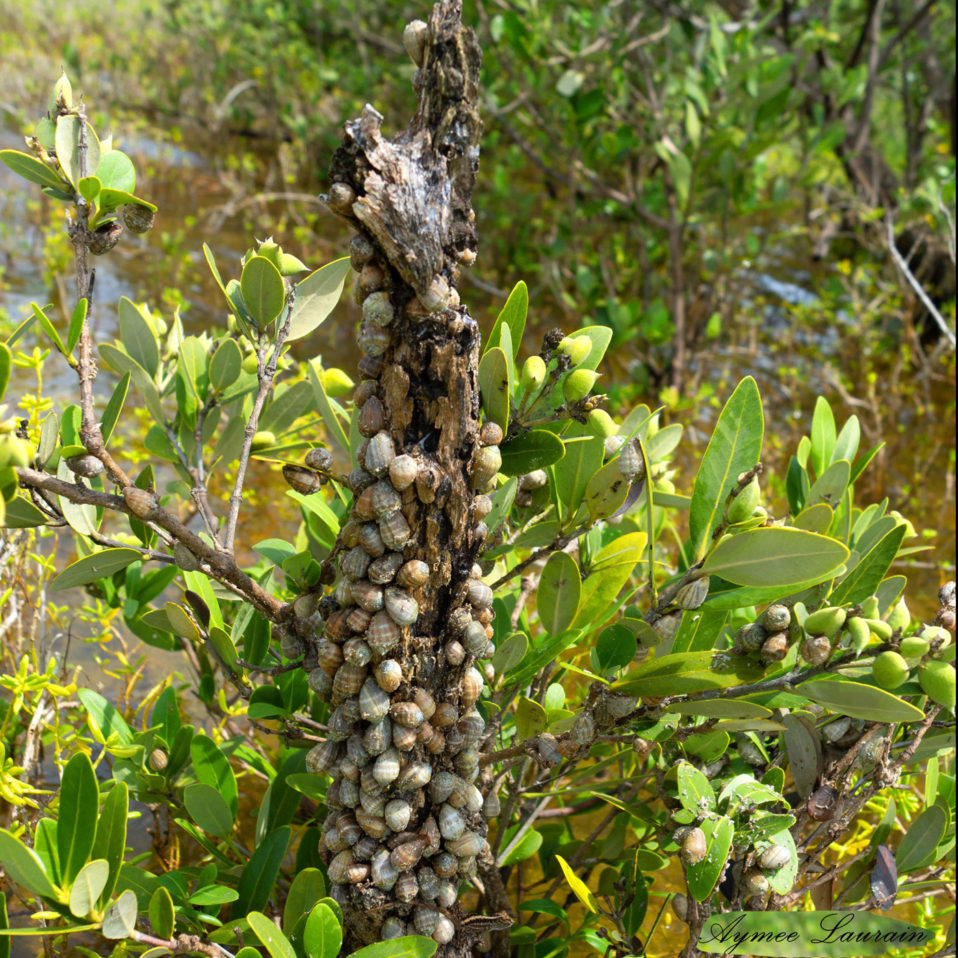
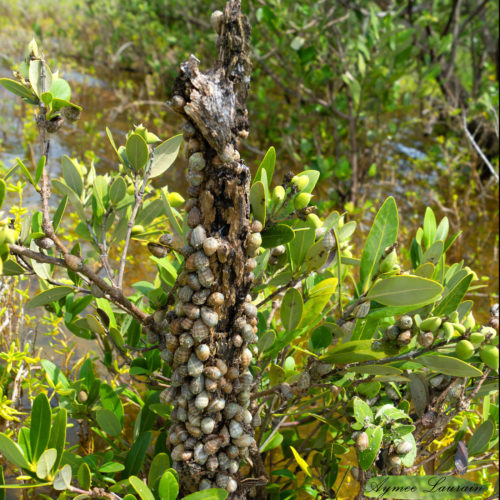
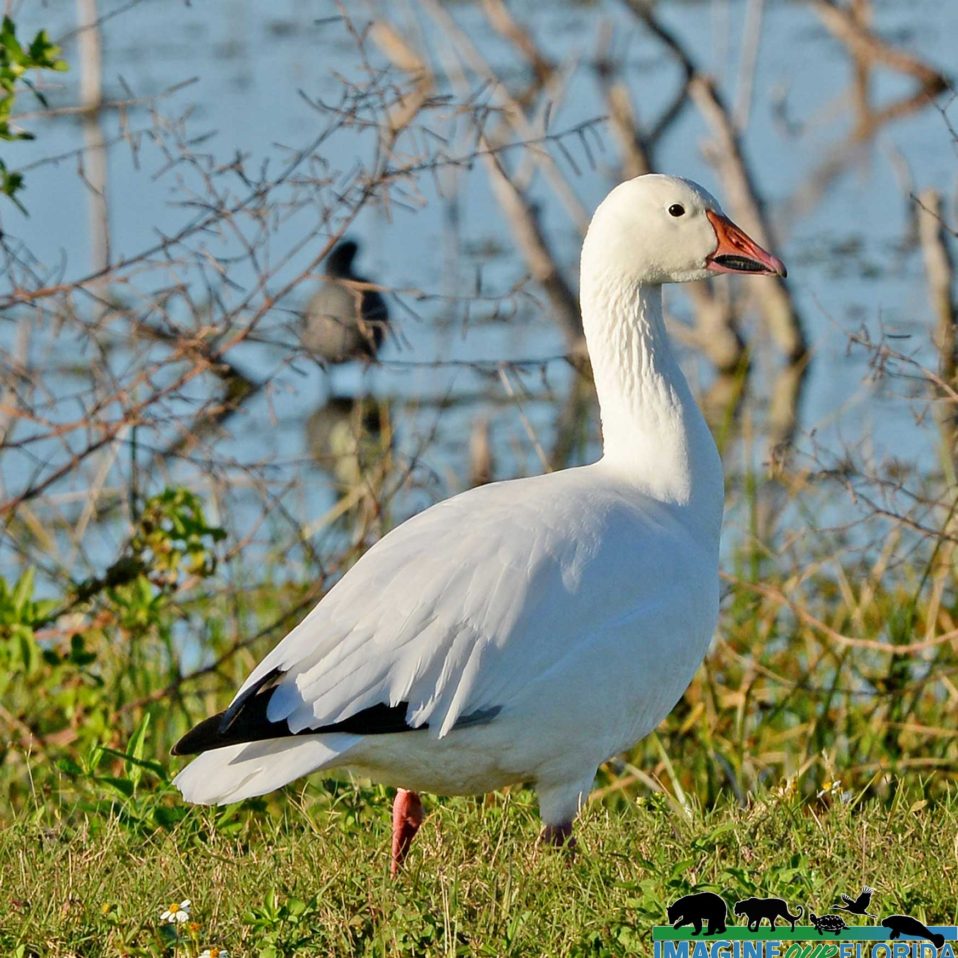
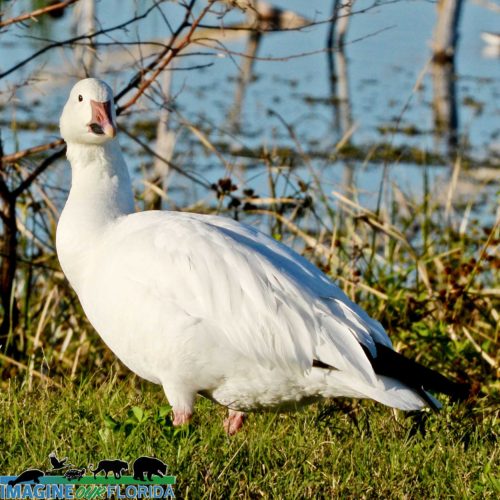
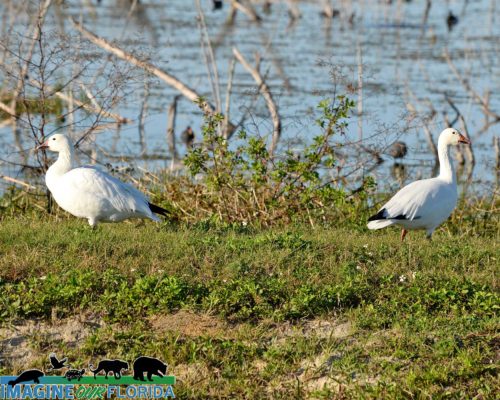
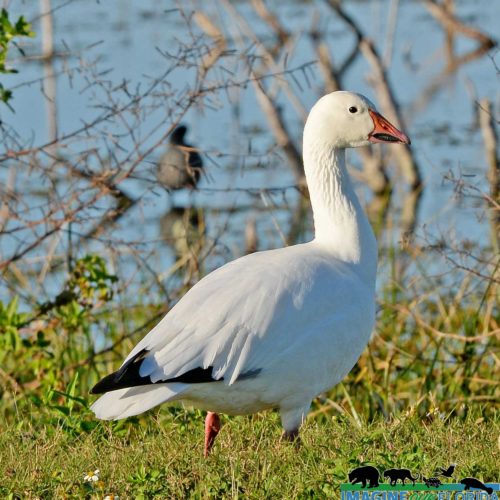
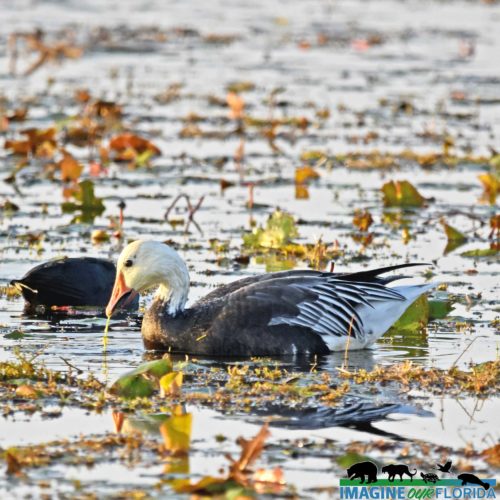
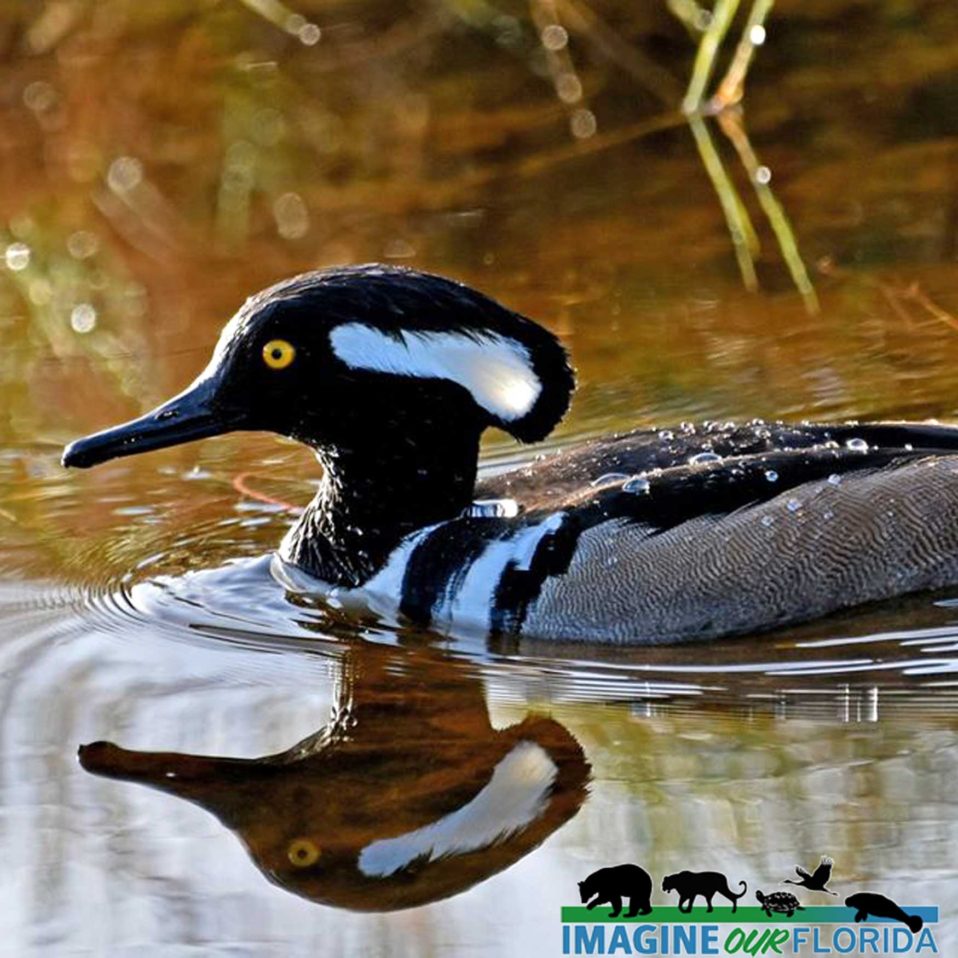
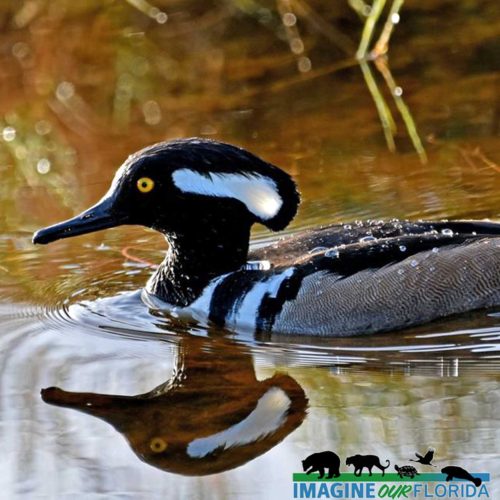
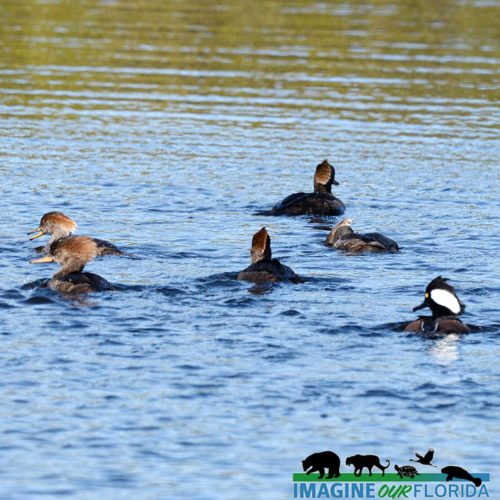
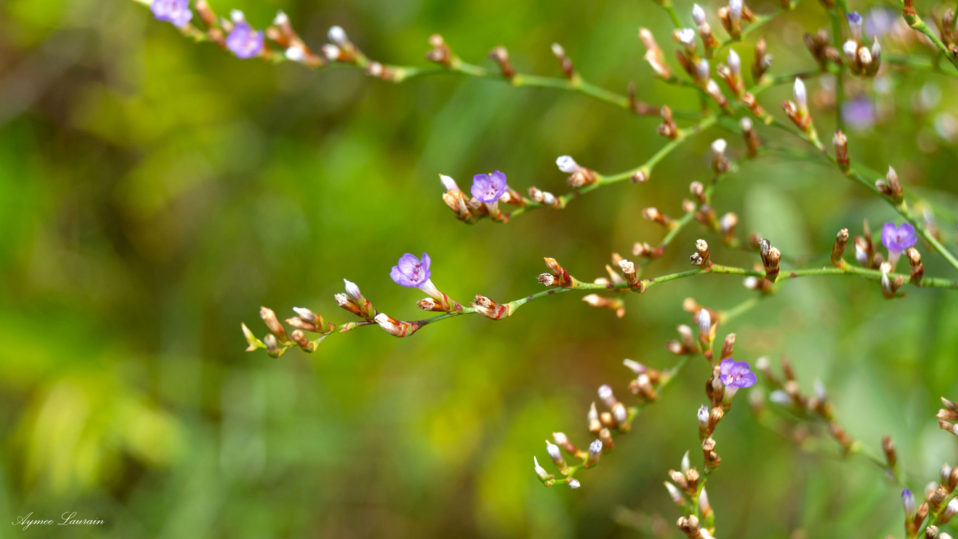
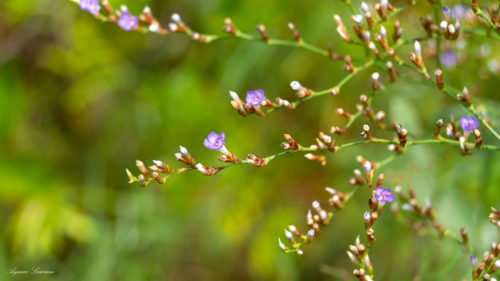
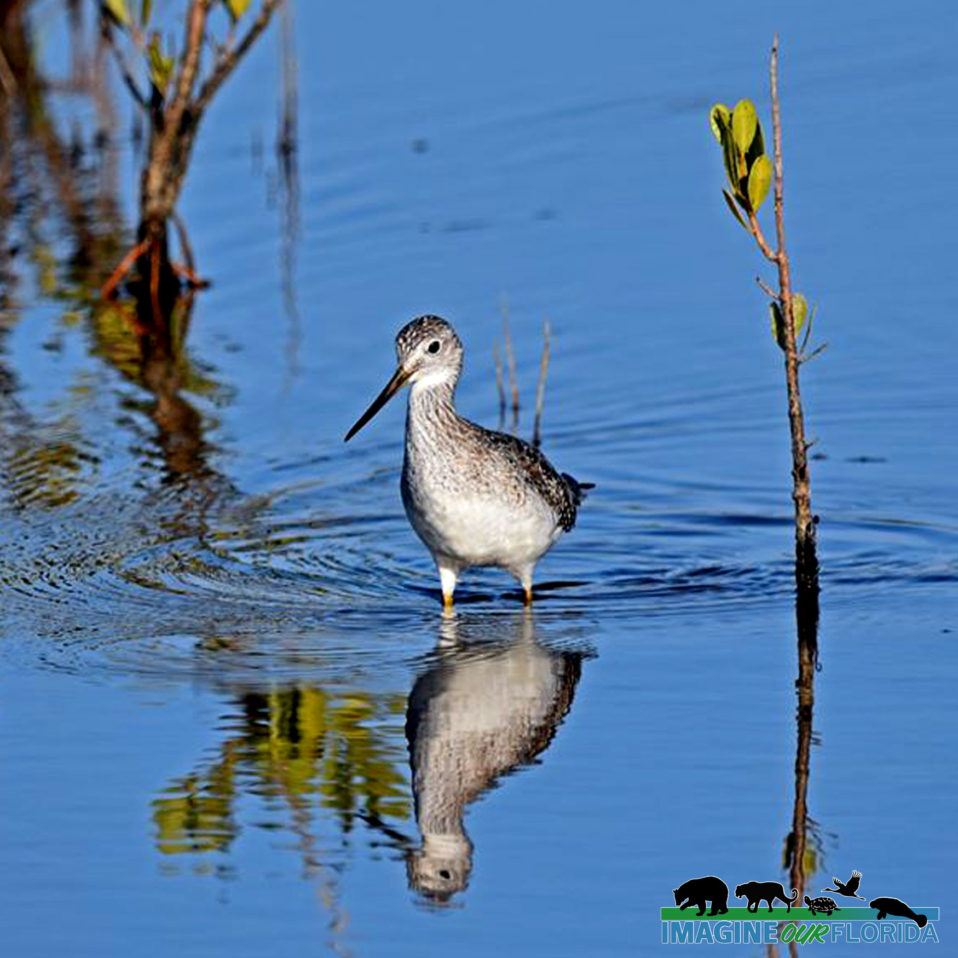
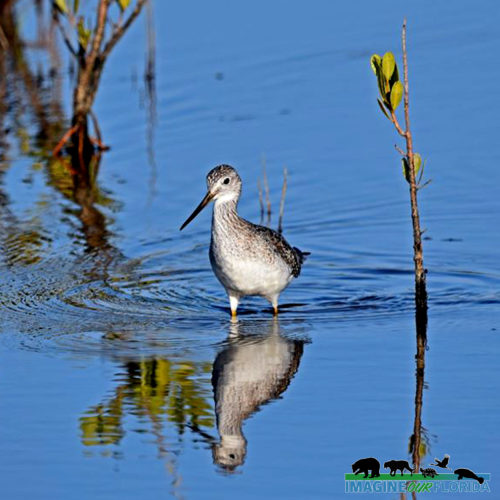
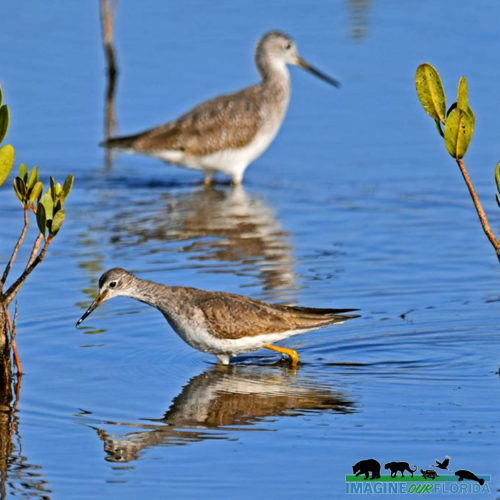
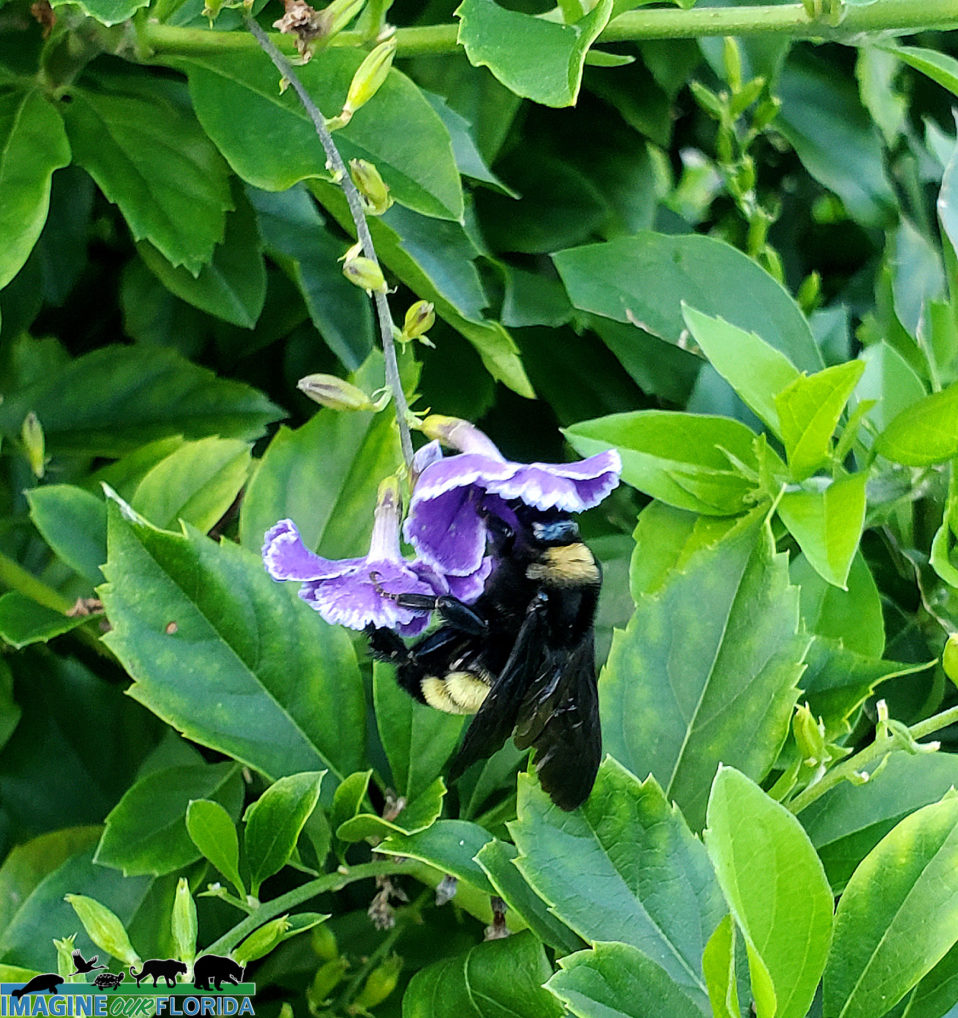
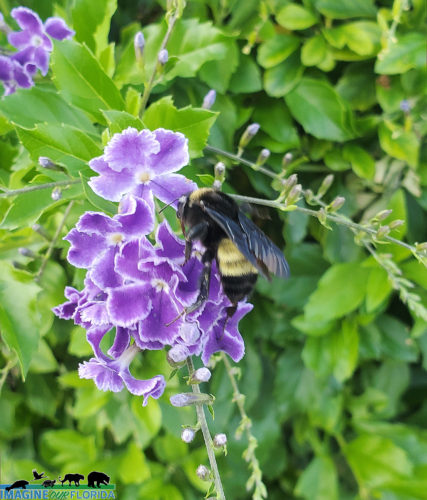
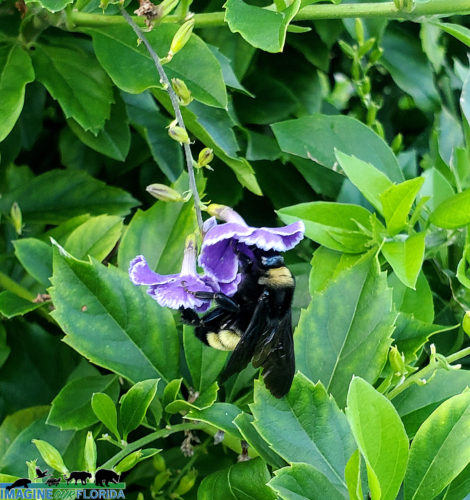
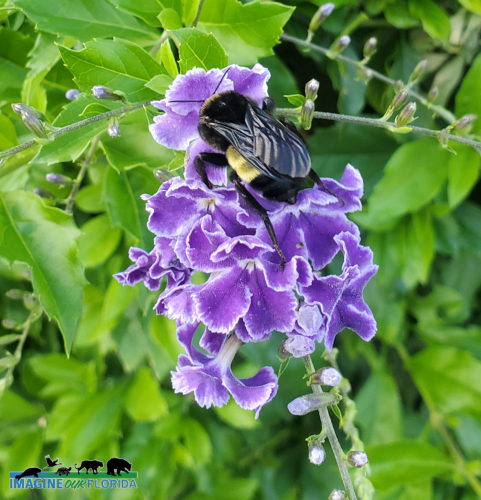
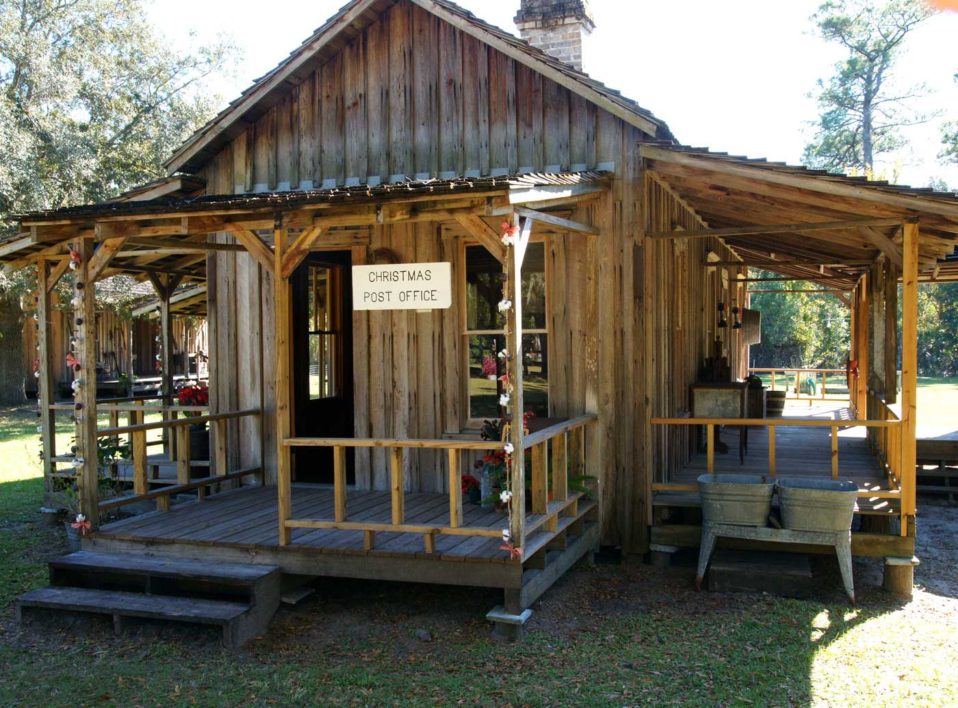
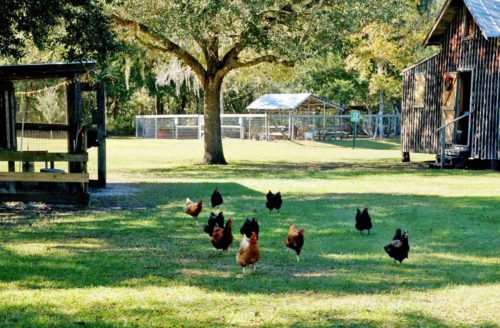
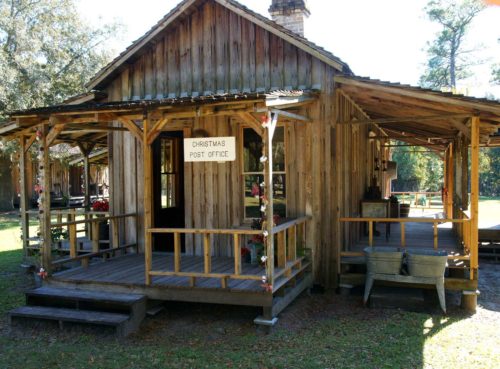
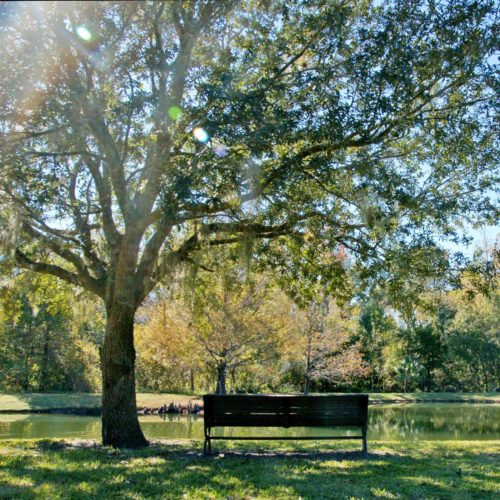
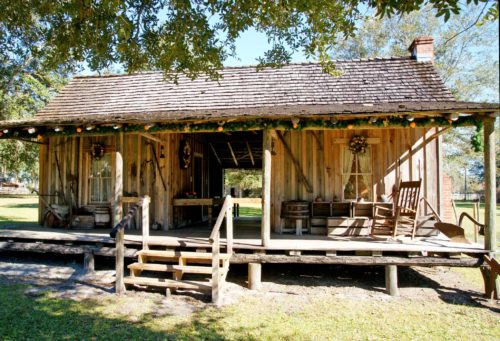
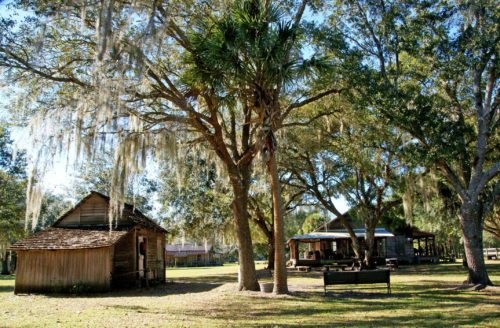
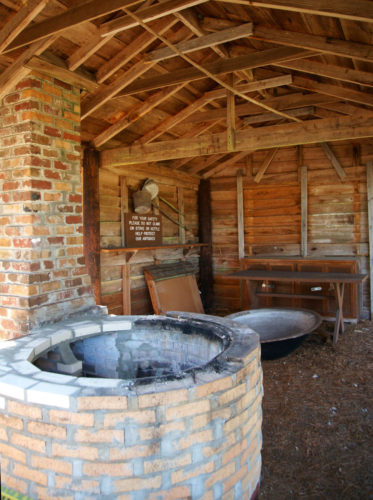
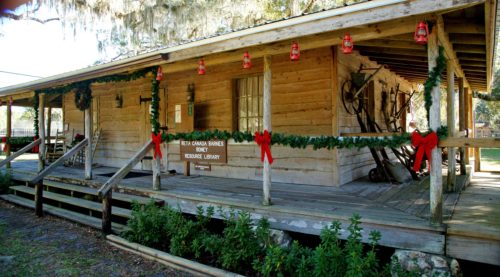
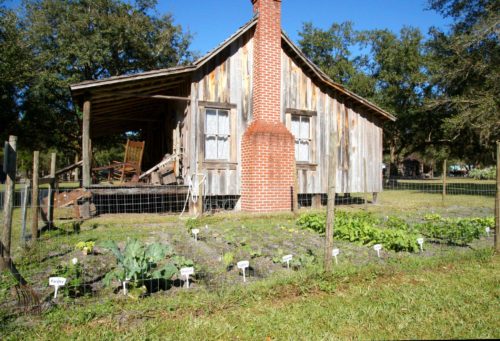
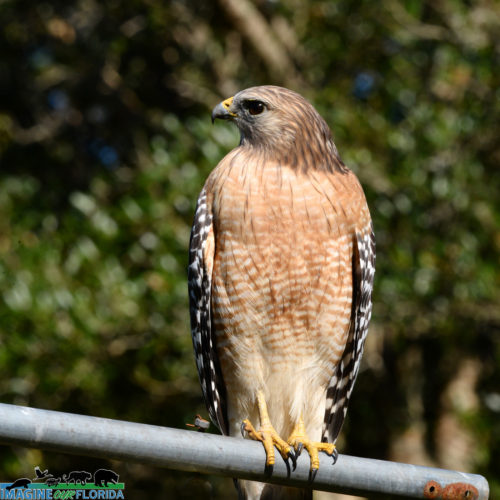
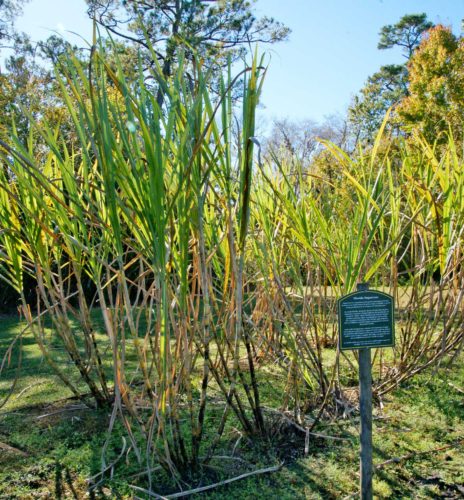
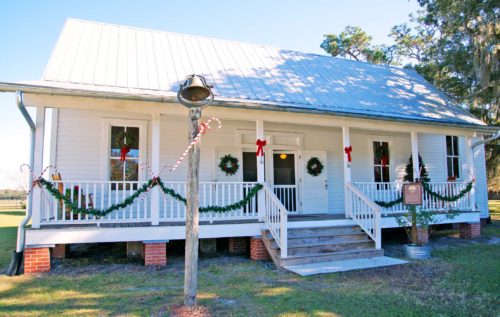
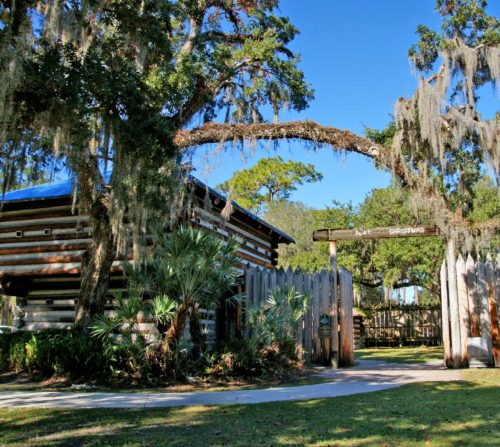
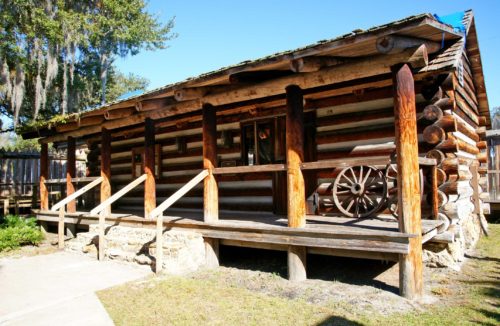
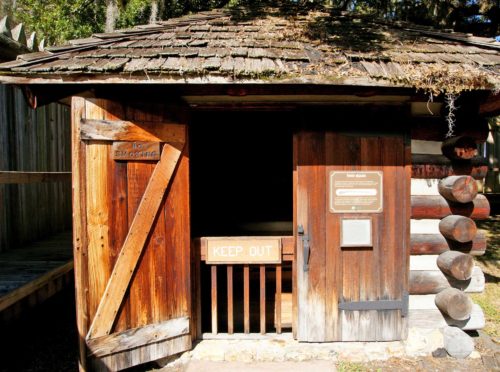
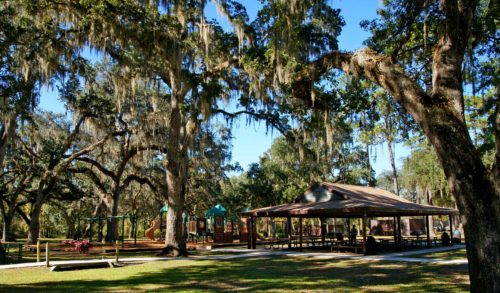
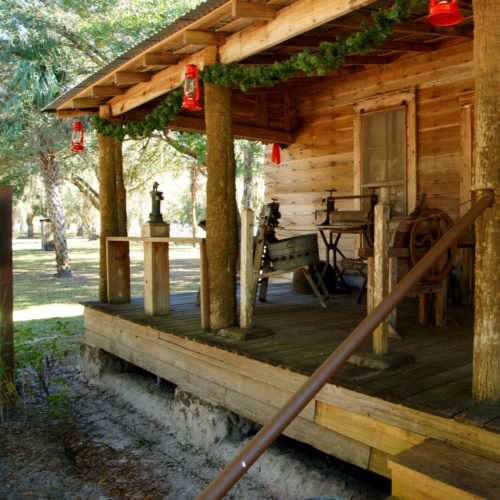
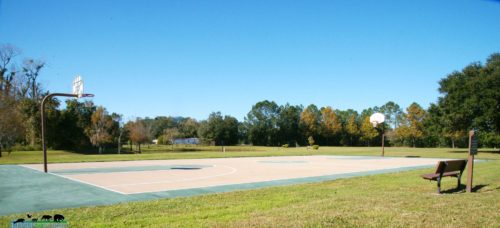
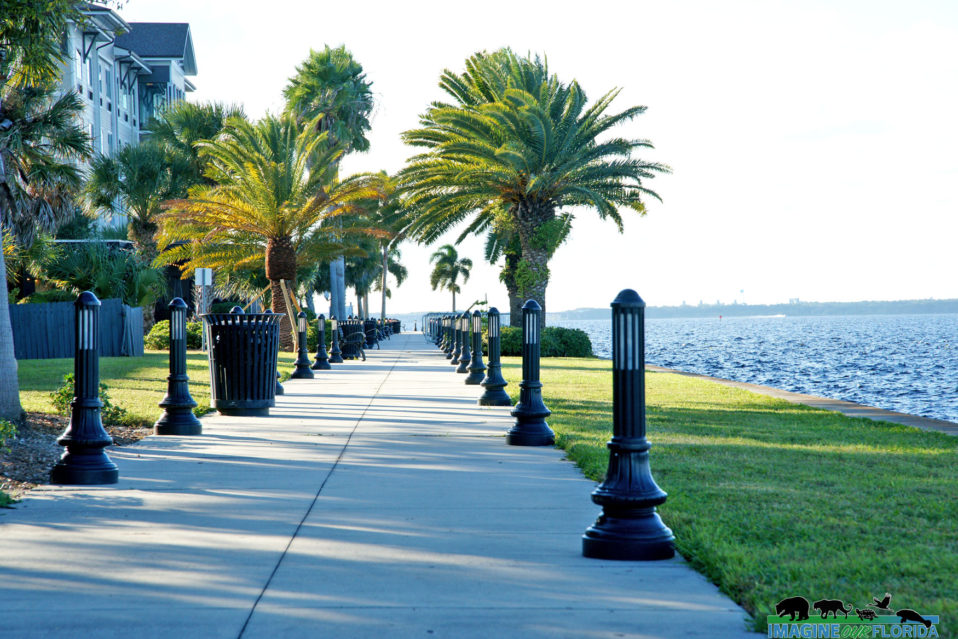
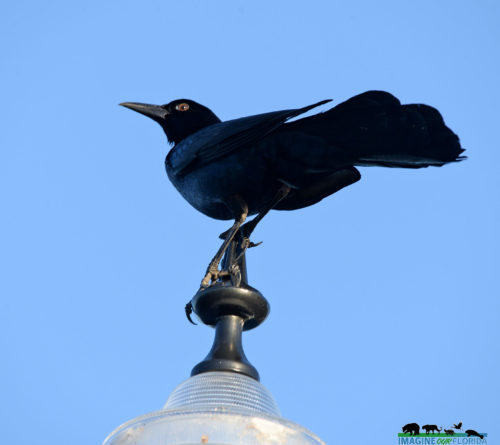
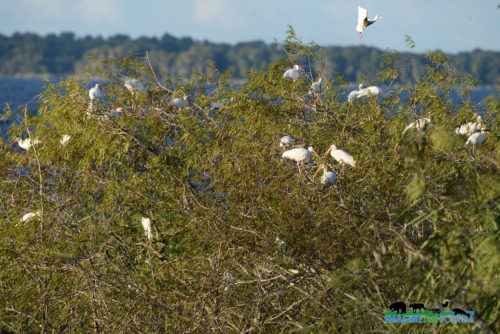
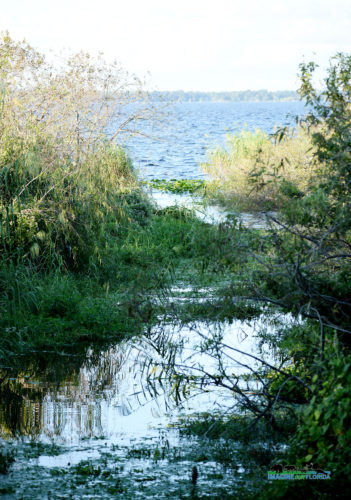
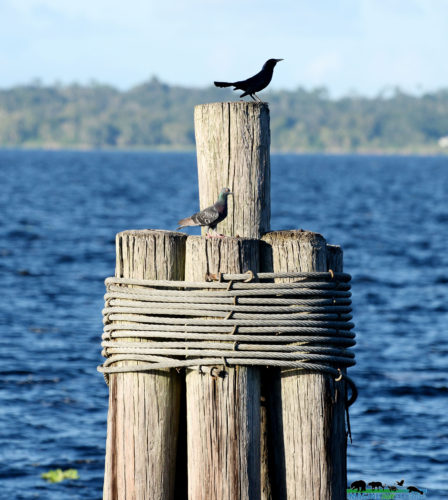
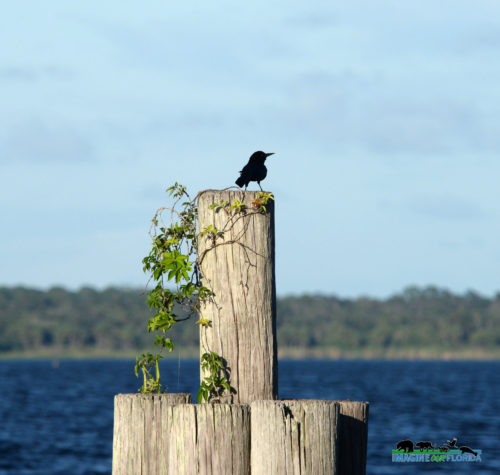
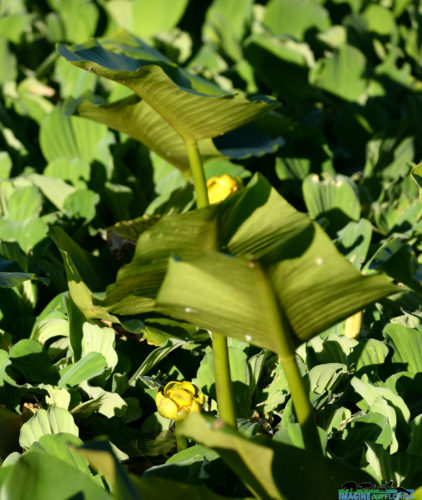
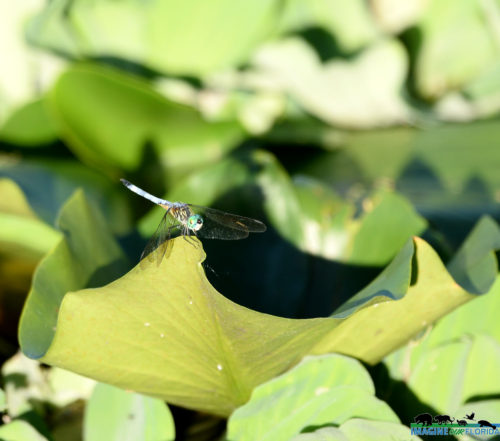
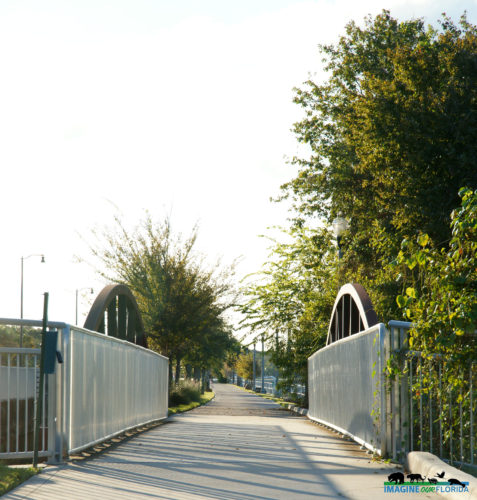
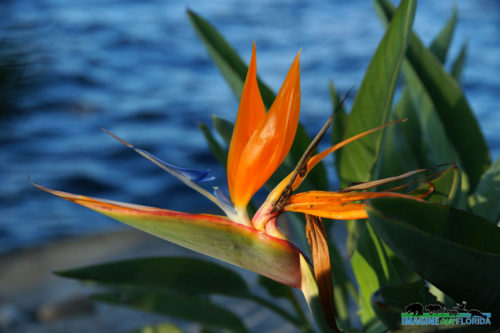 l
l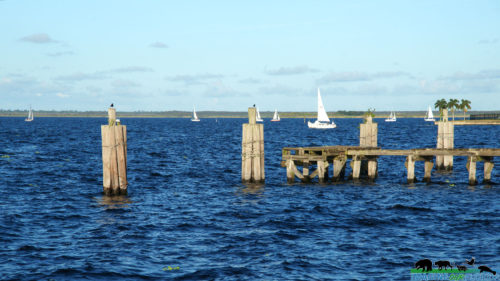 k
k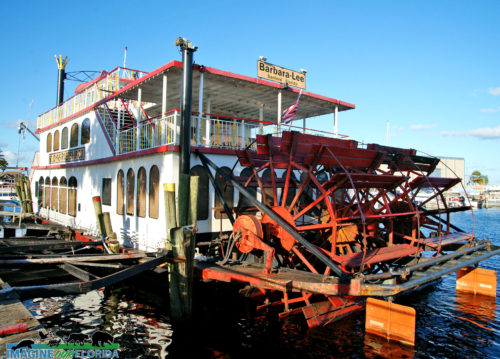
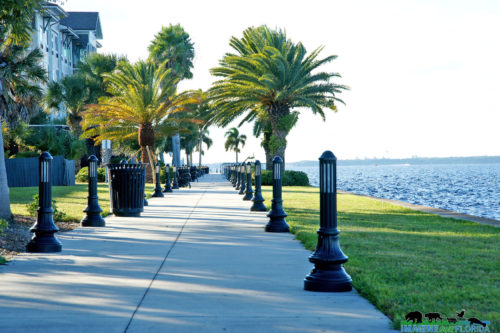
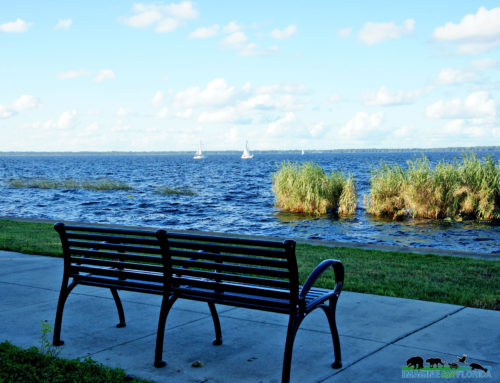 nfor
nfor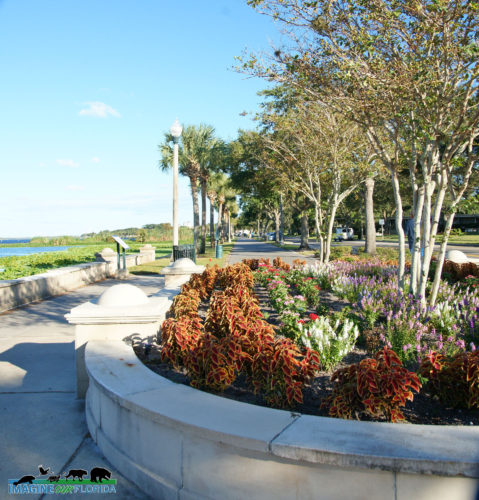
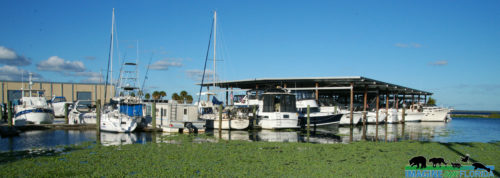
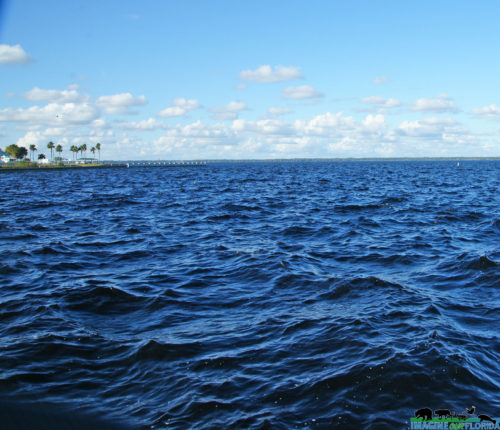
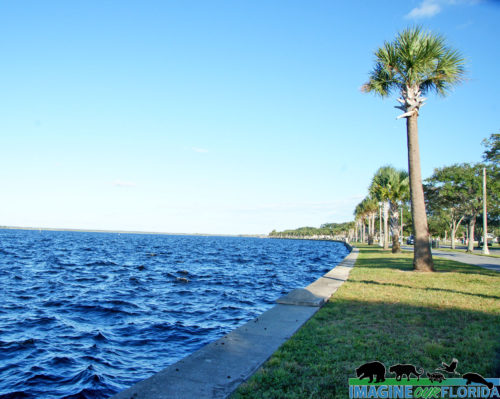 s
s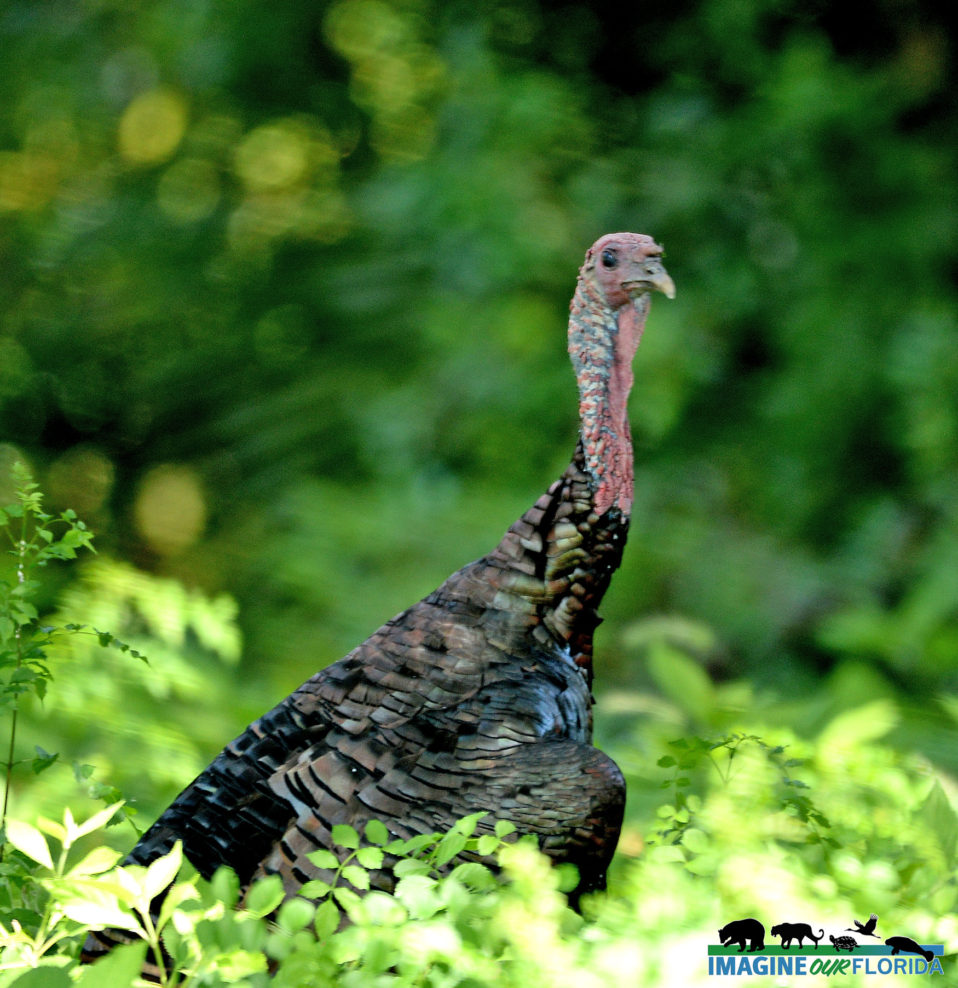
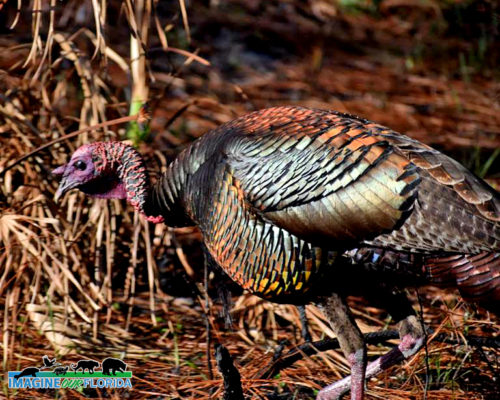 wil
wil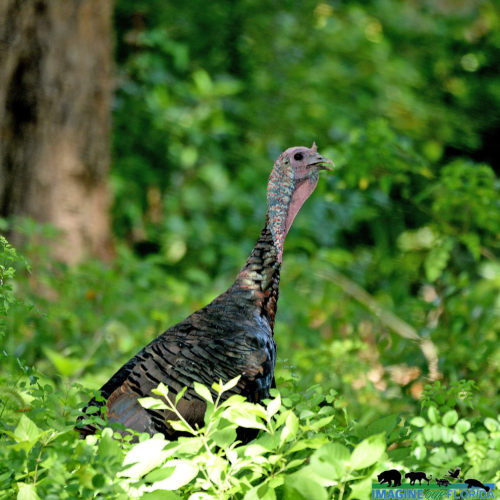
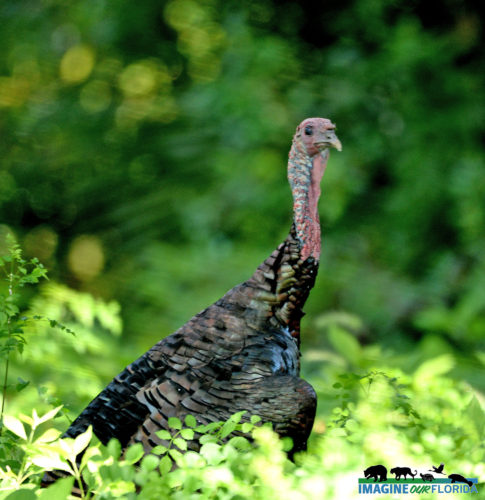 d
d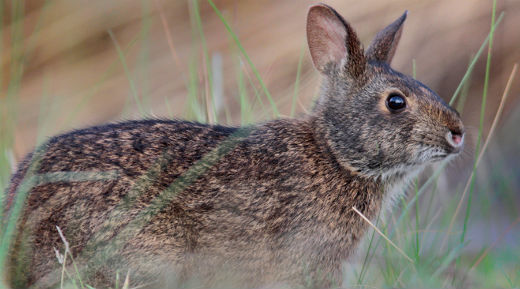
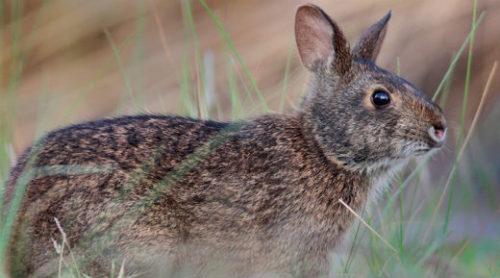
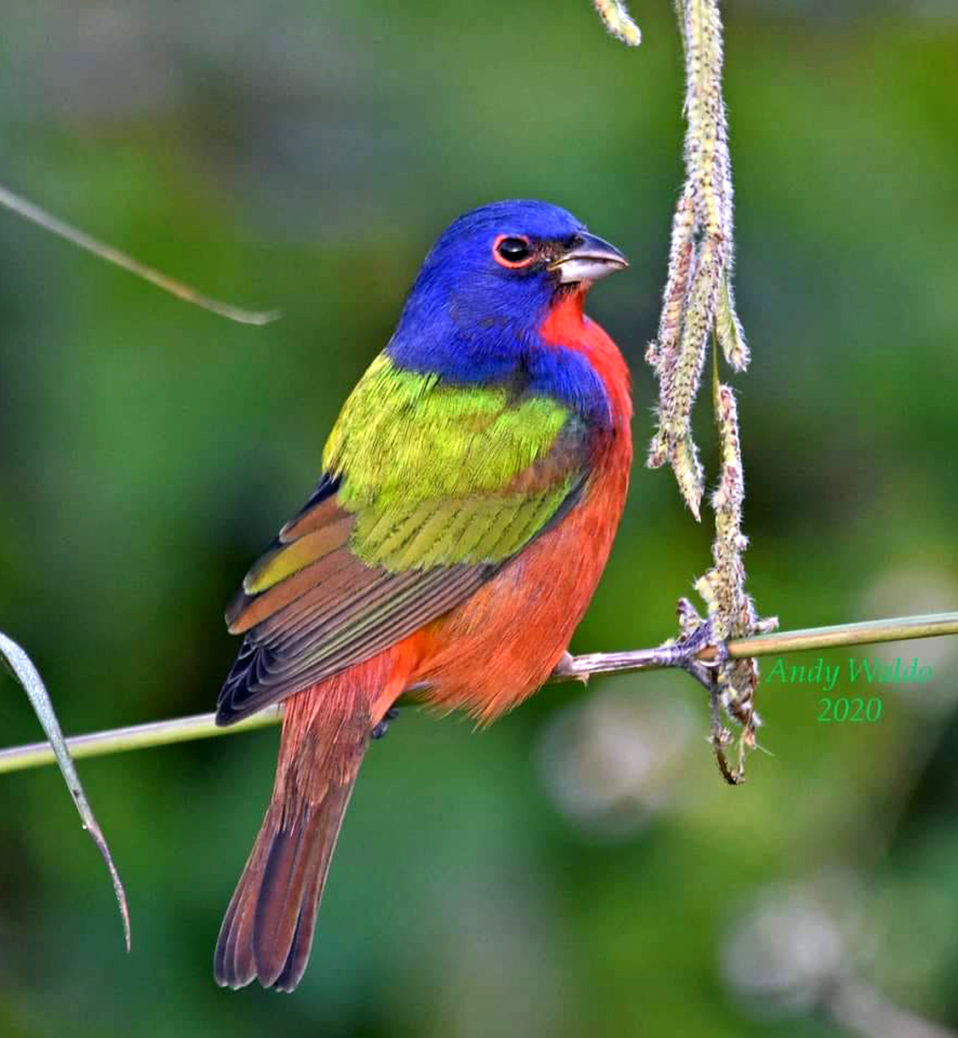

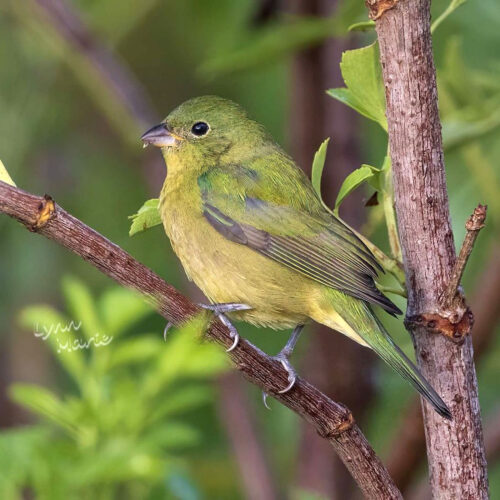
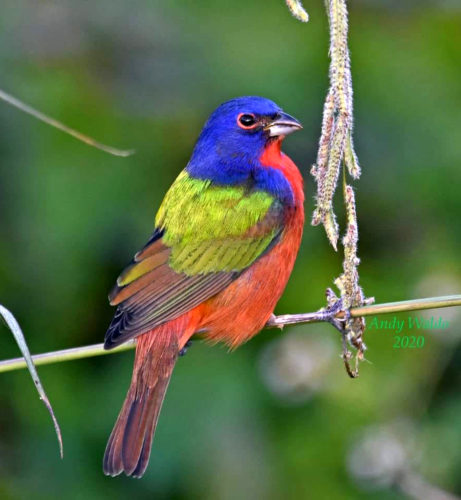
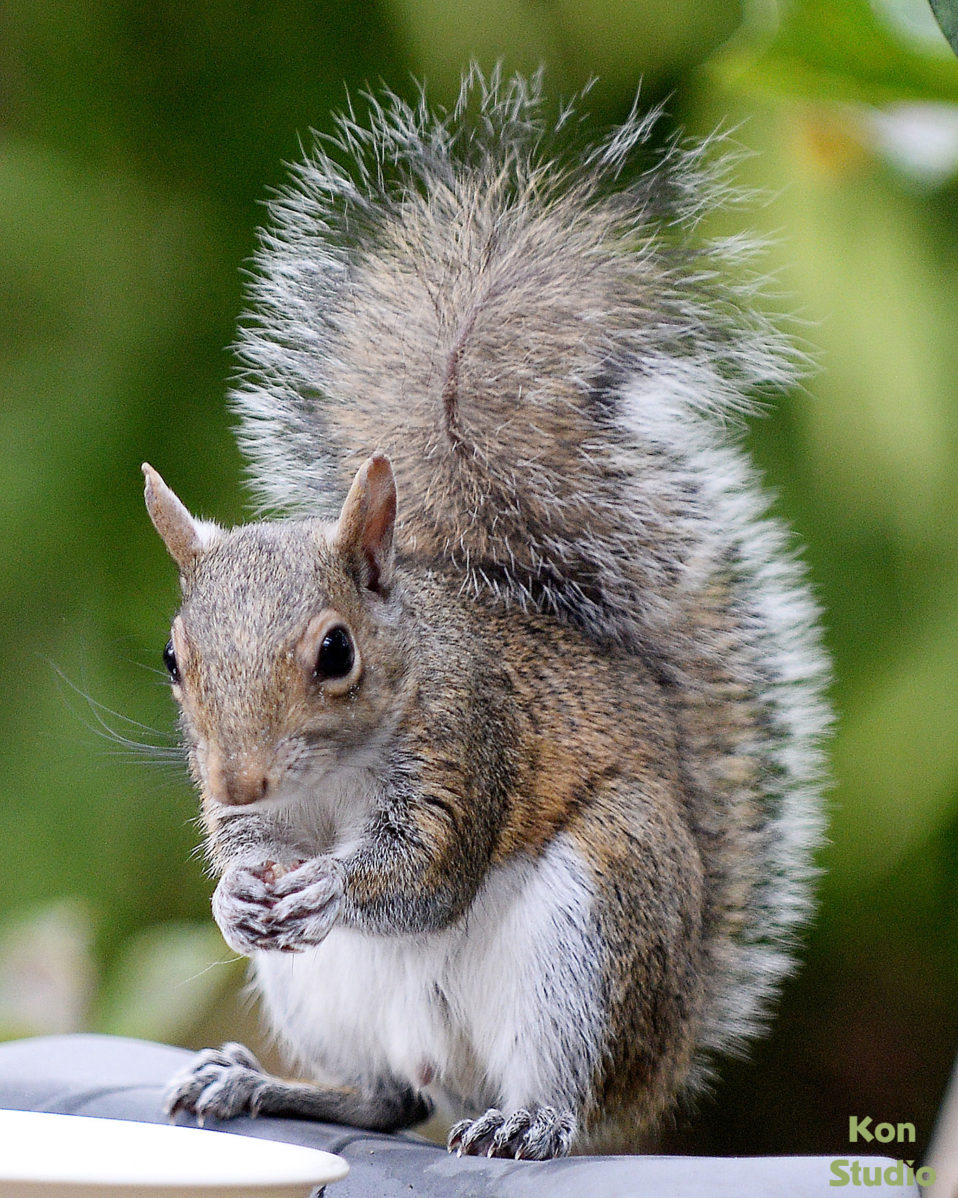
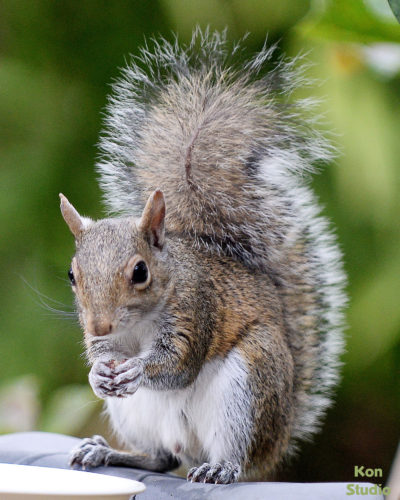
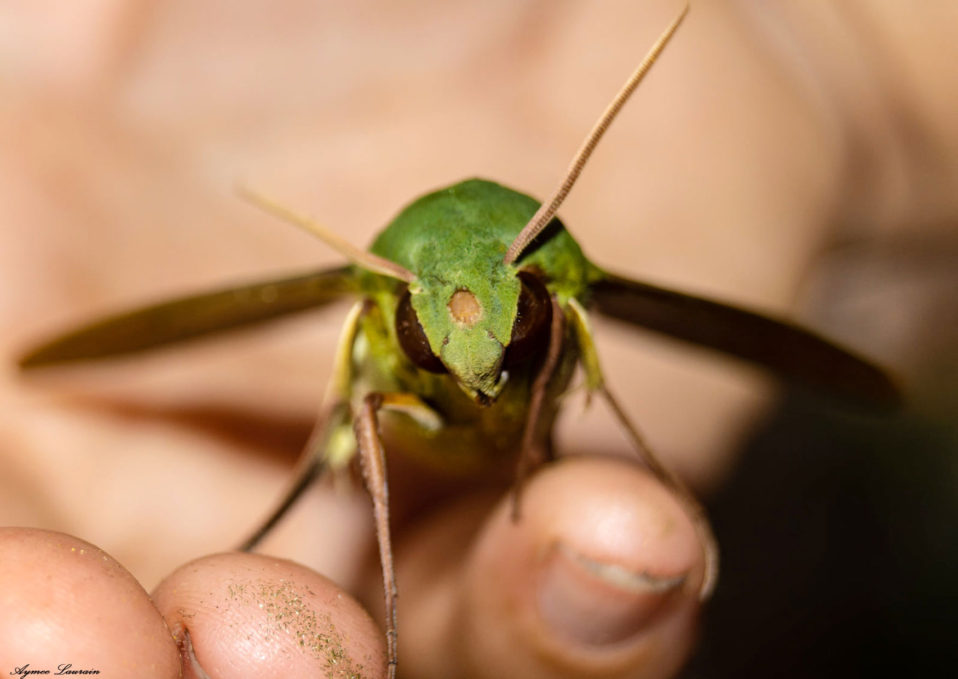
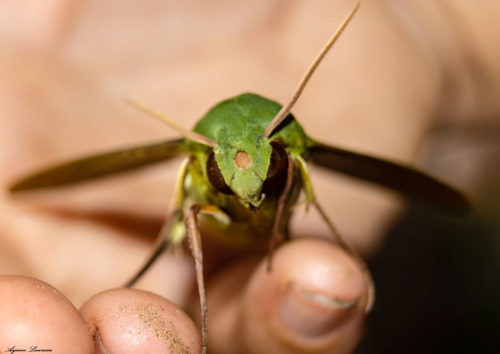
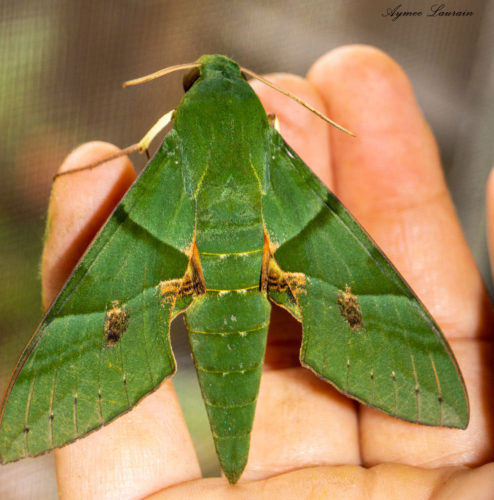
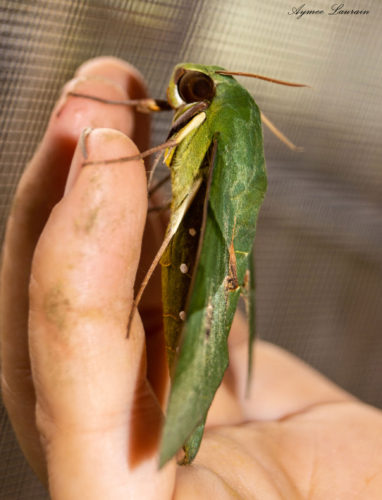
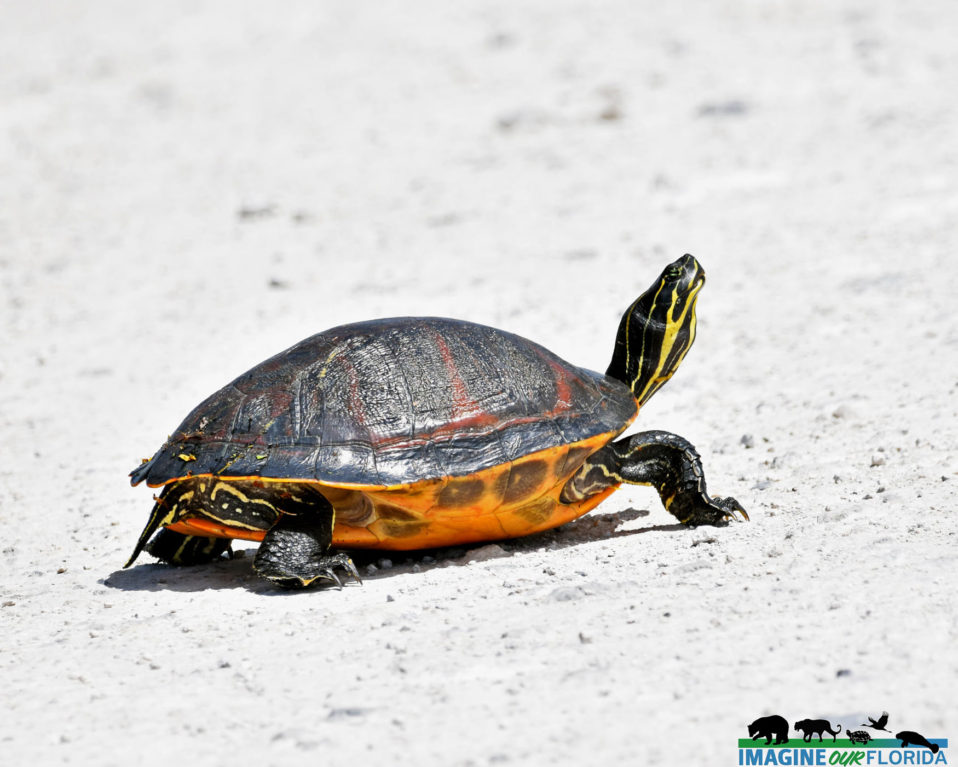
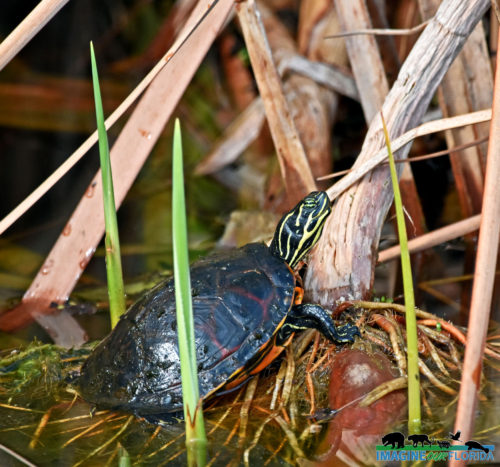
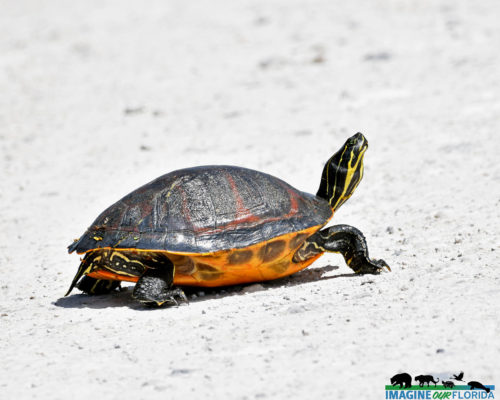
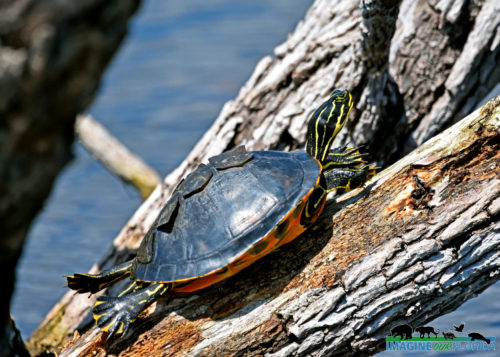
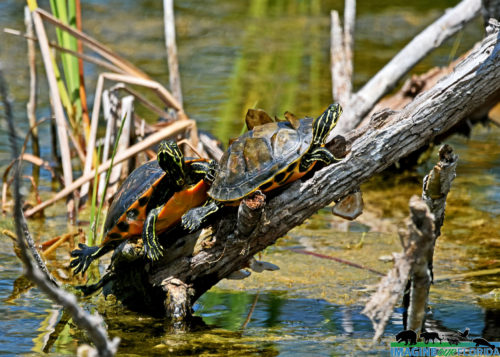
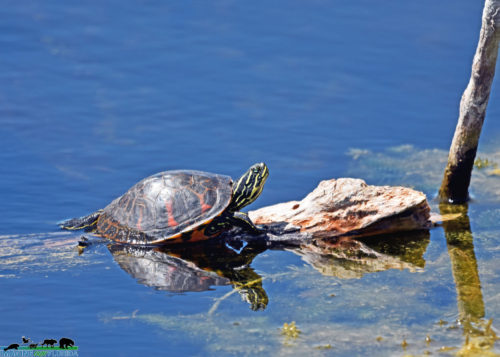
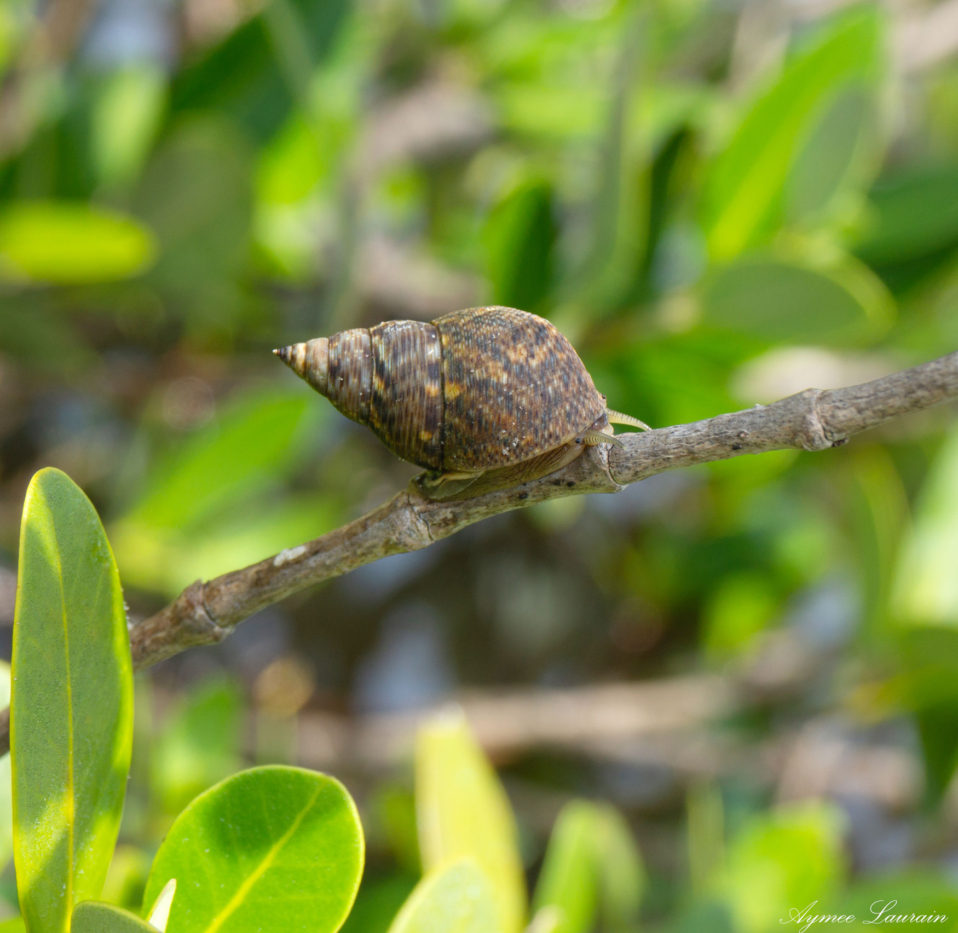
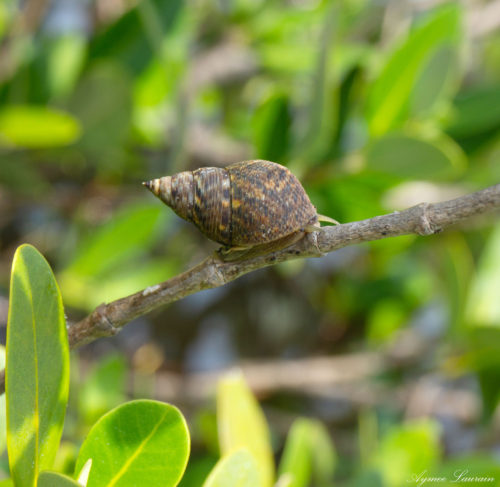
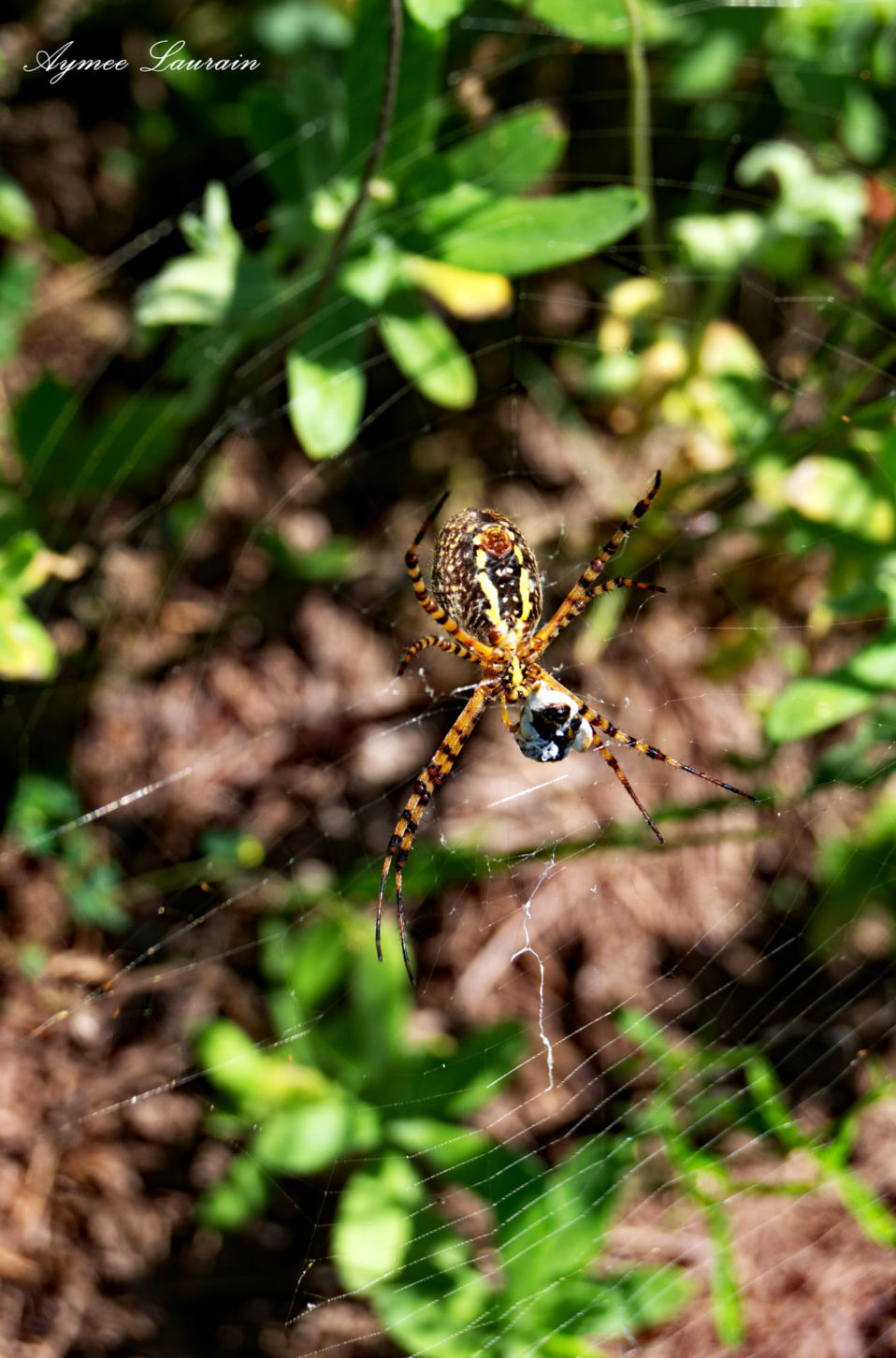
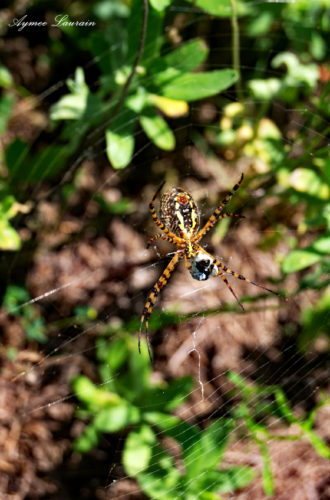
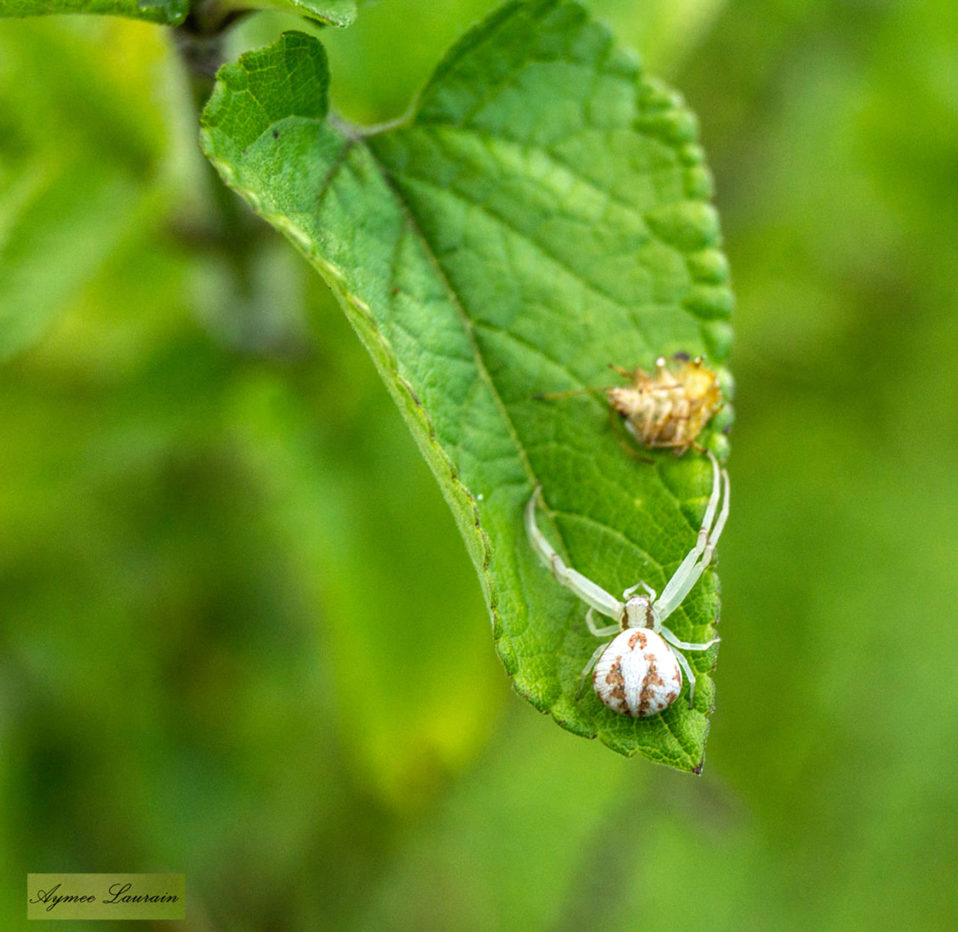
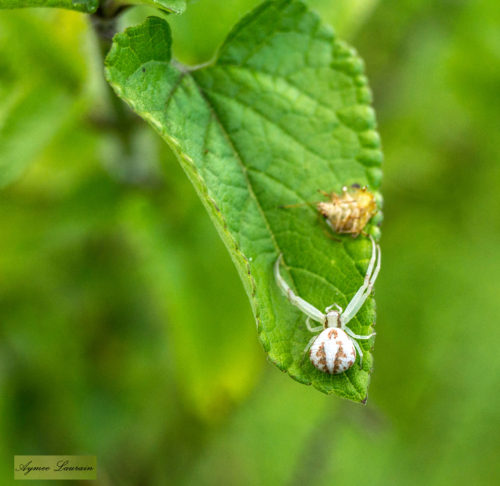
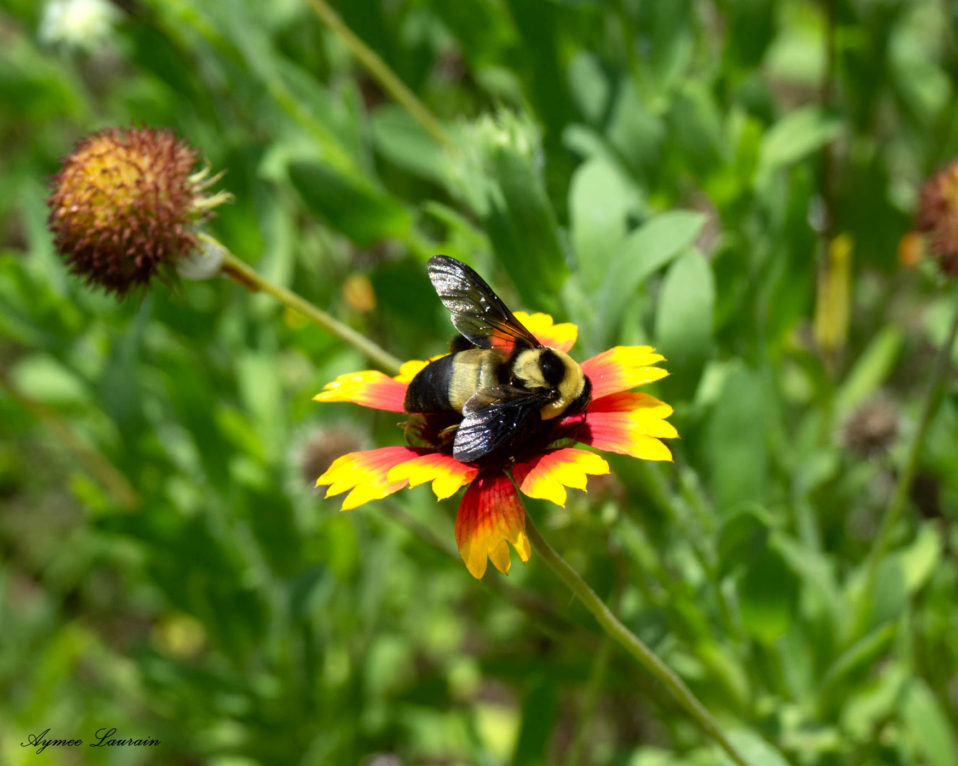
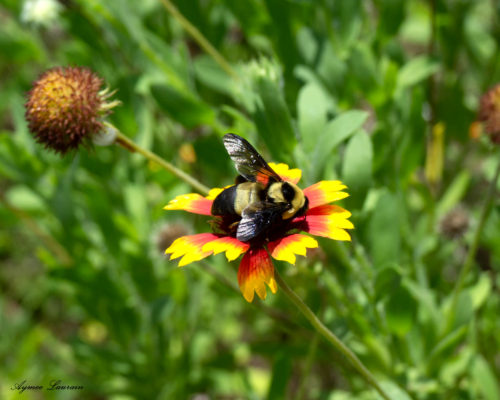
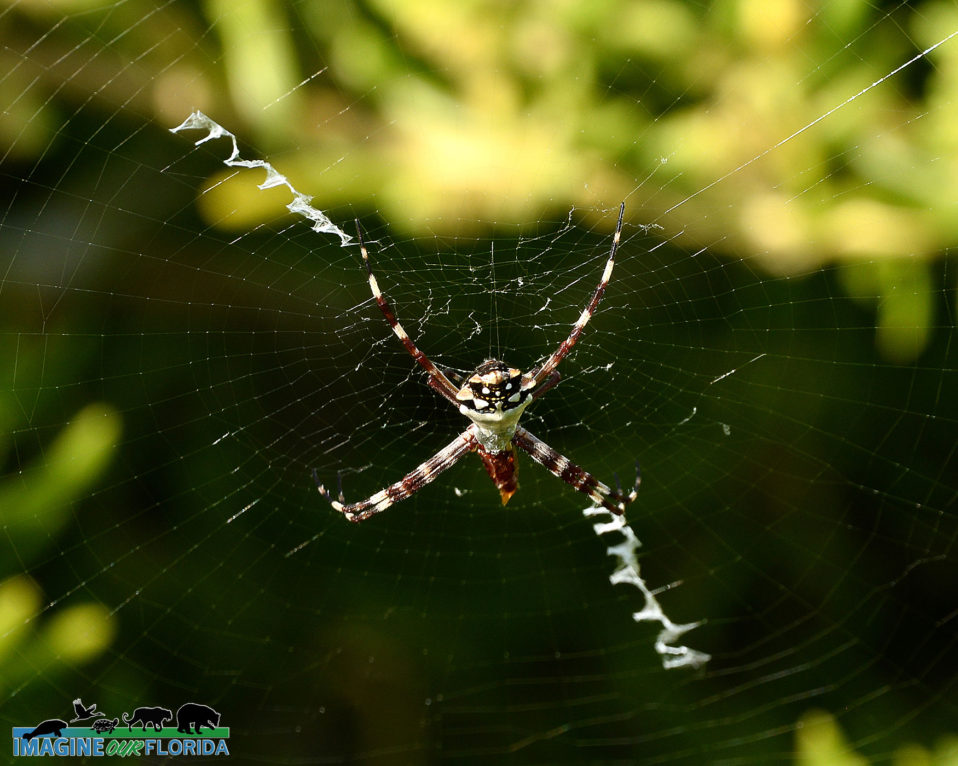
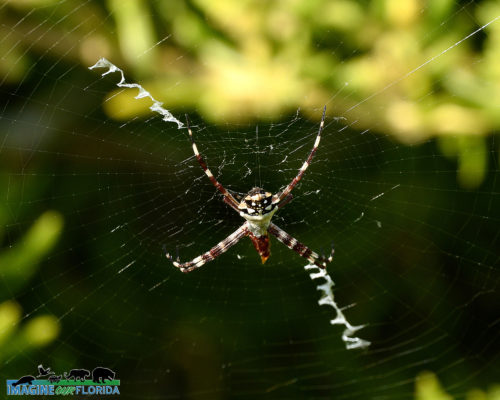
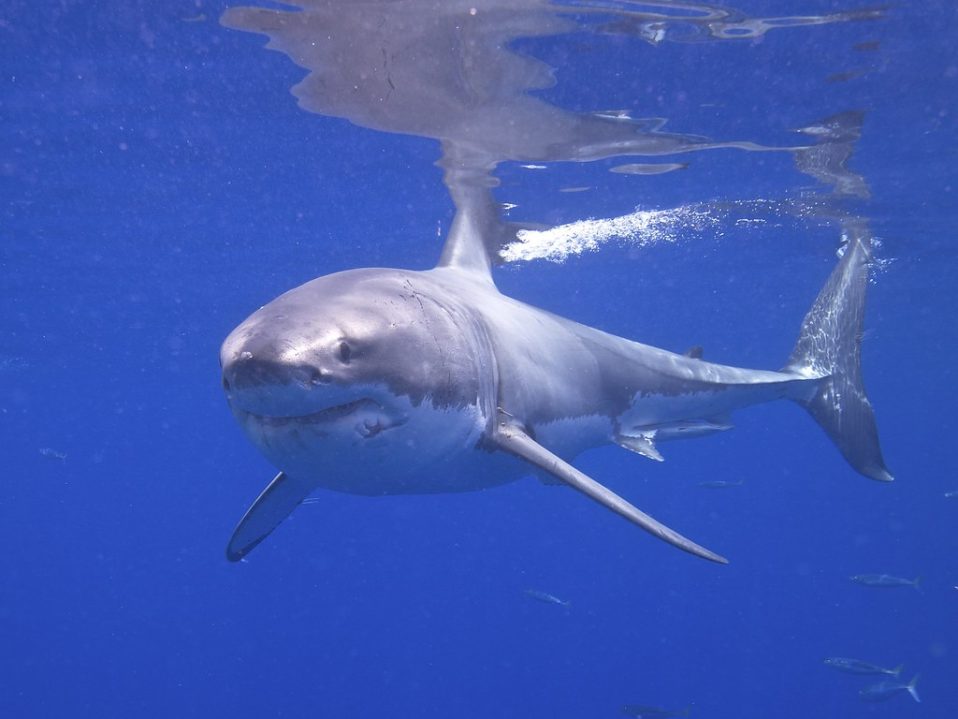
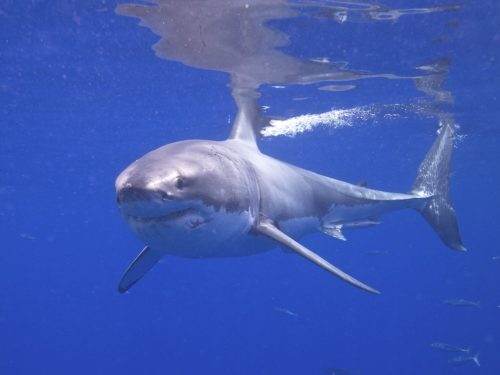
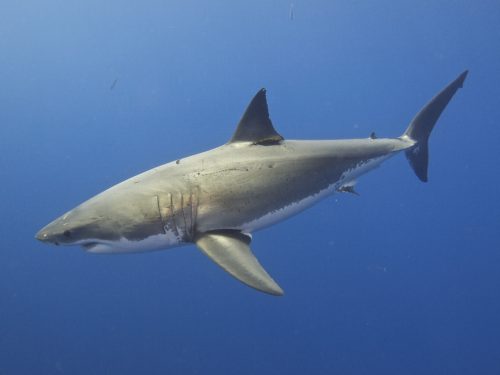
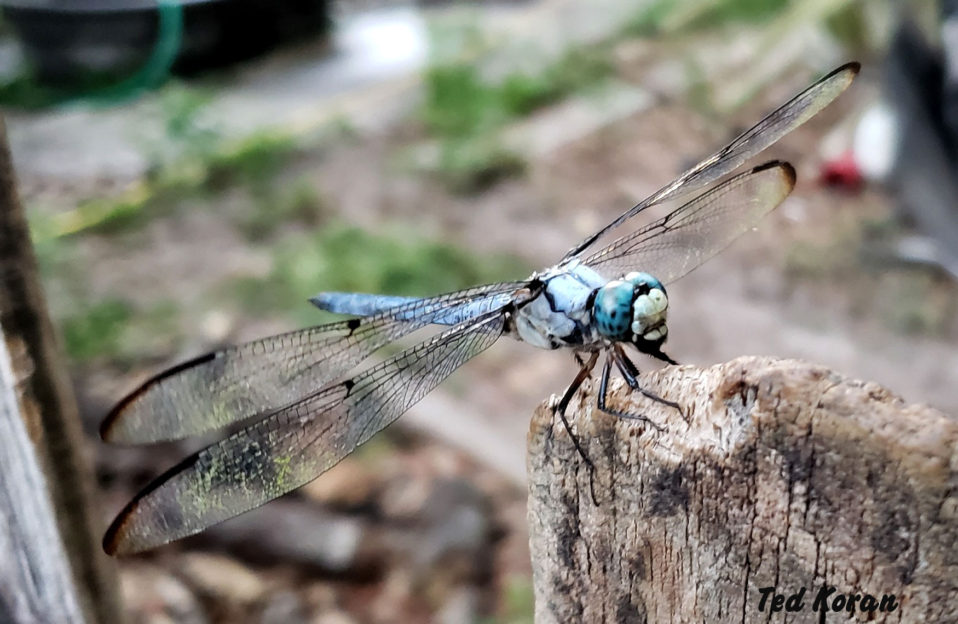
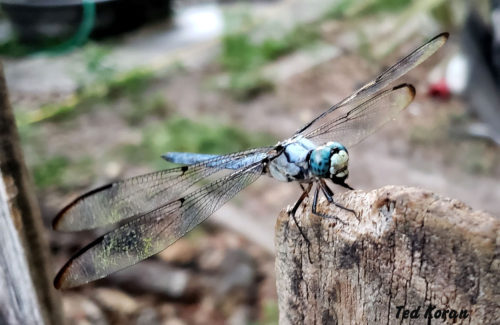
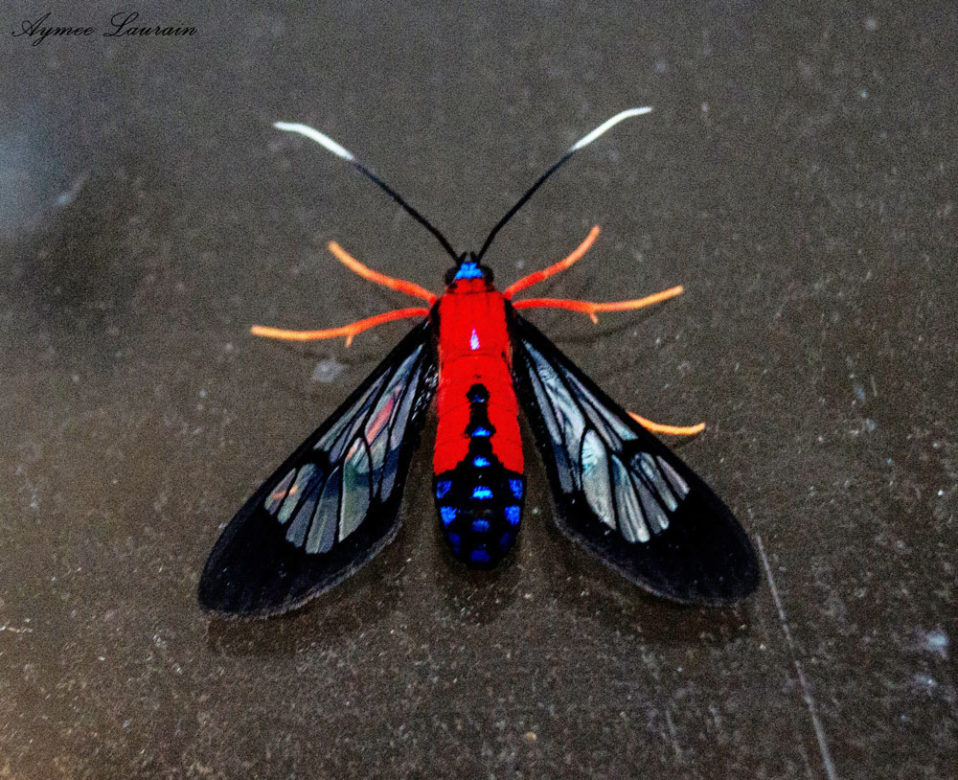
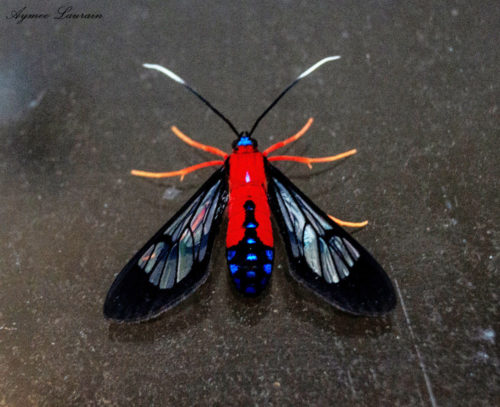
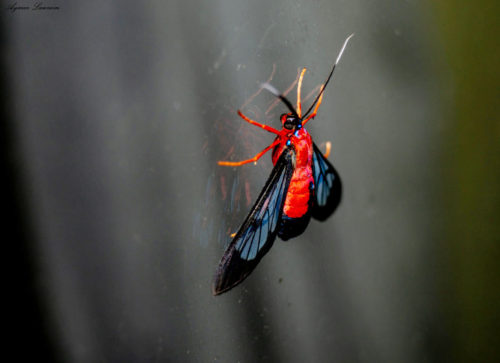
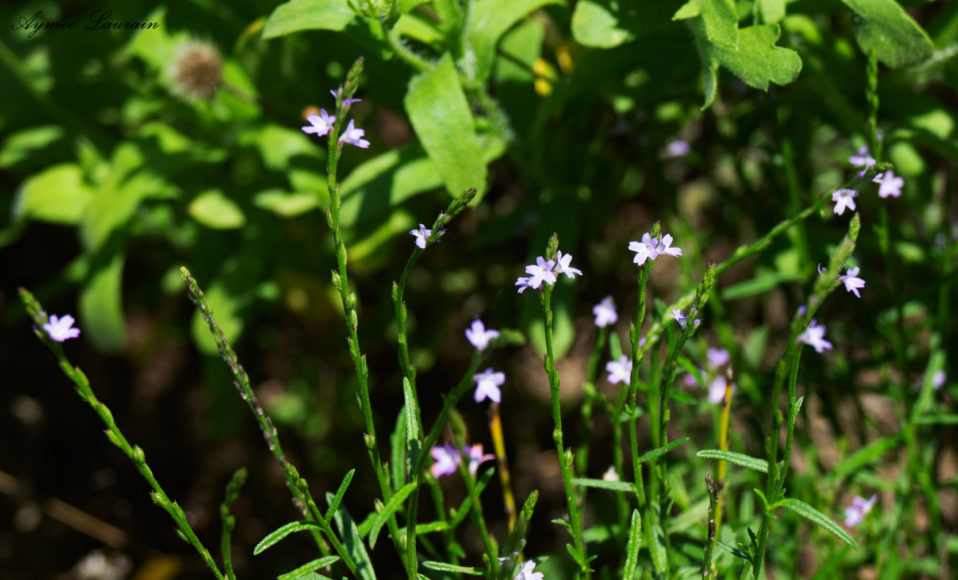
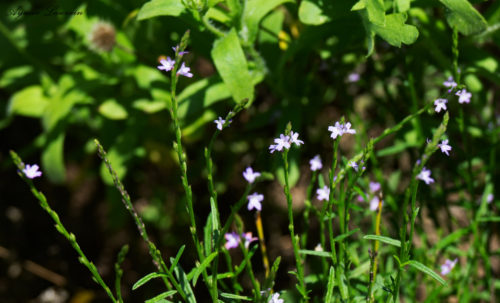
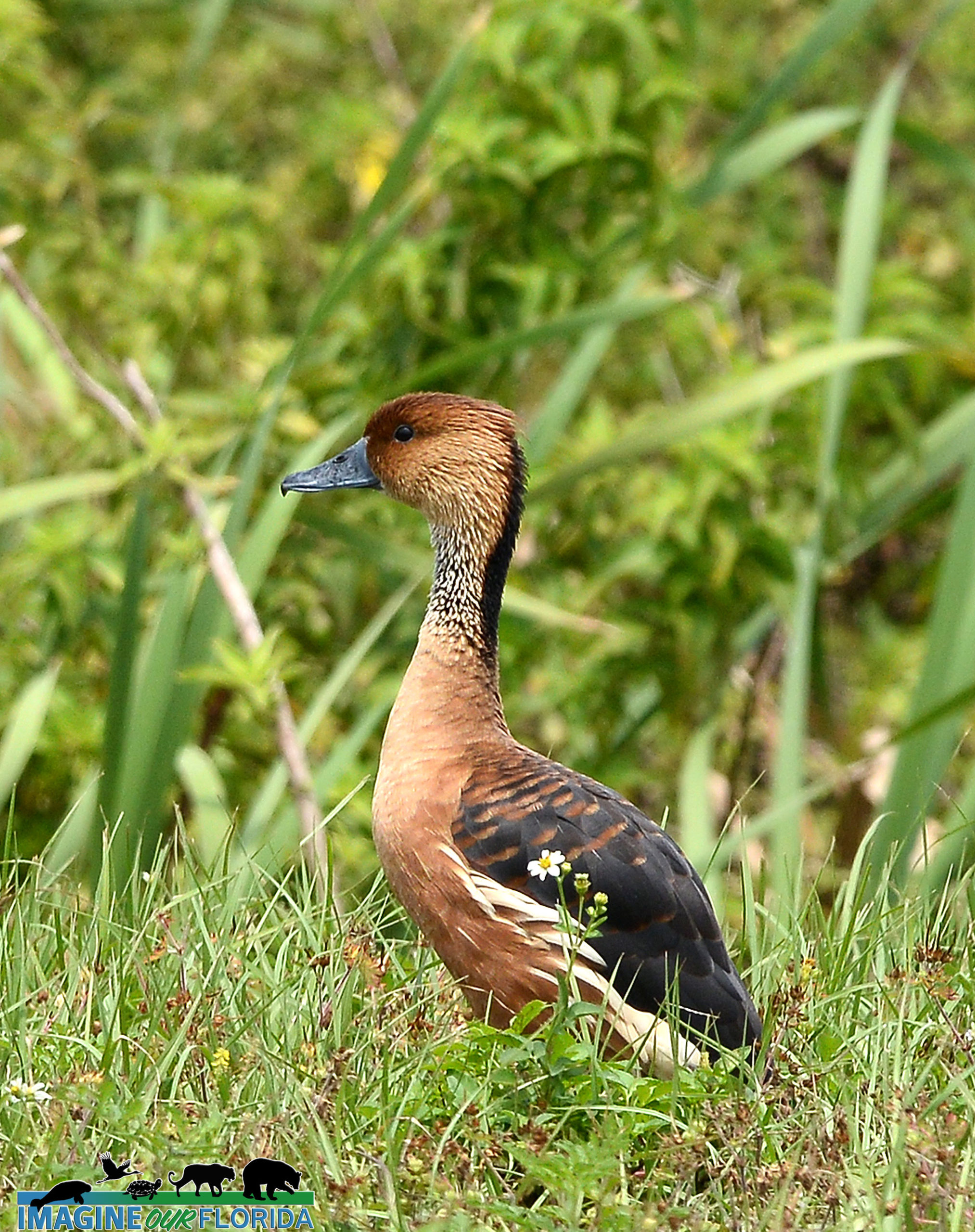
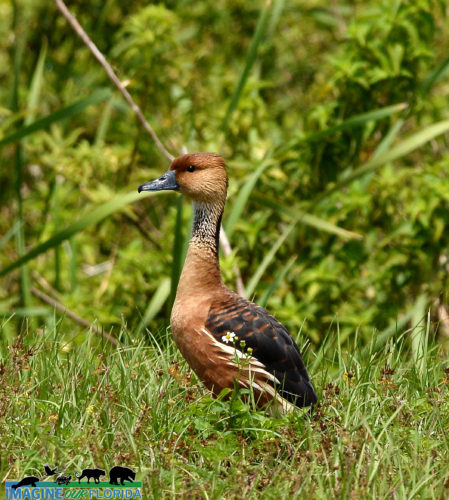
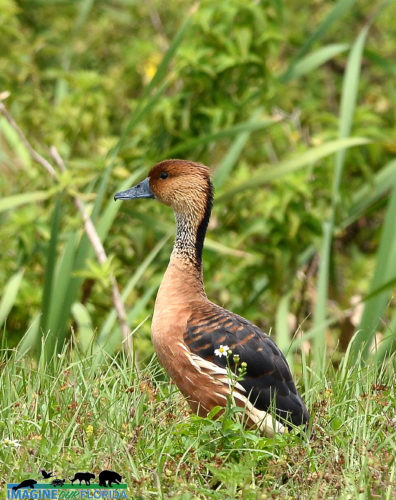
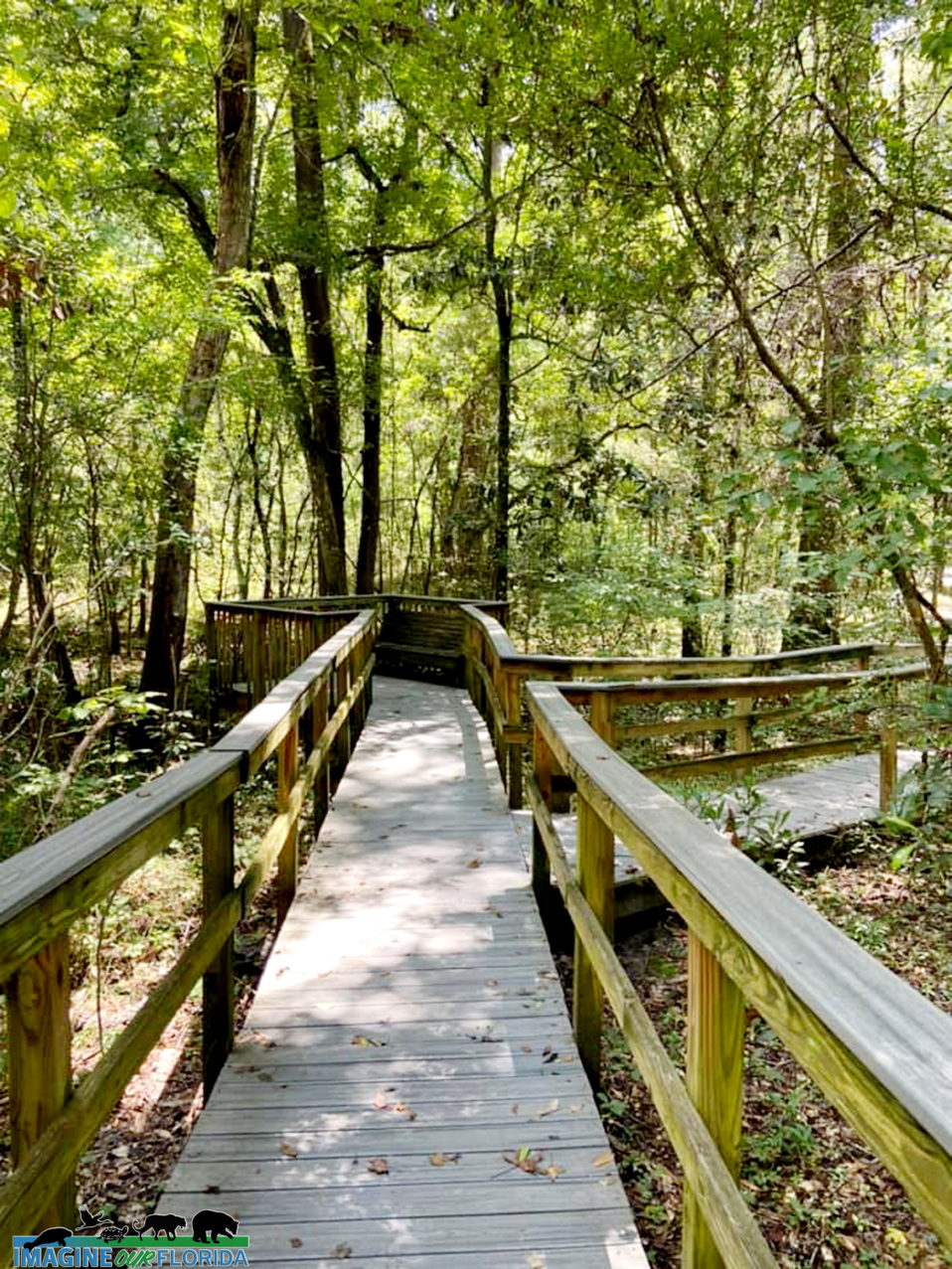
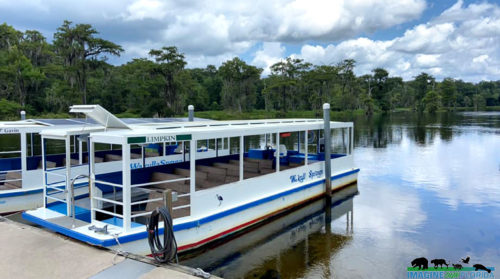
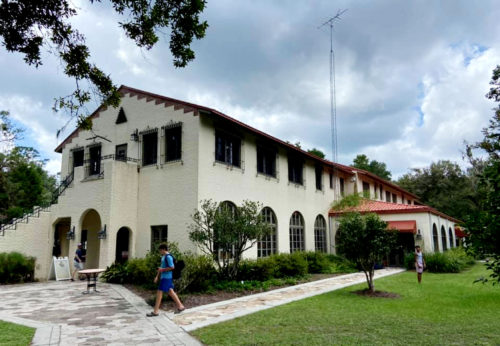

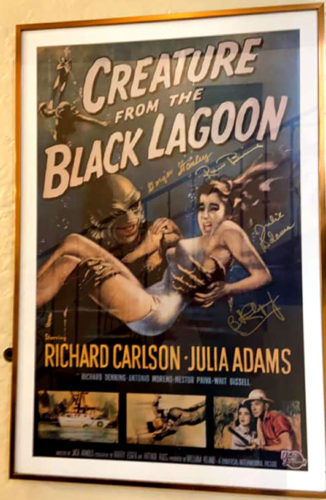
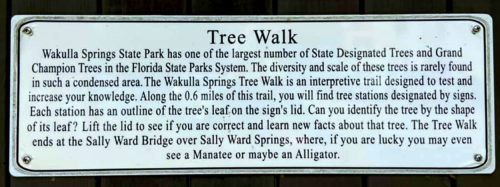
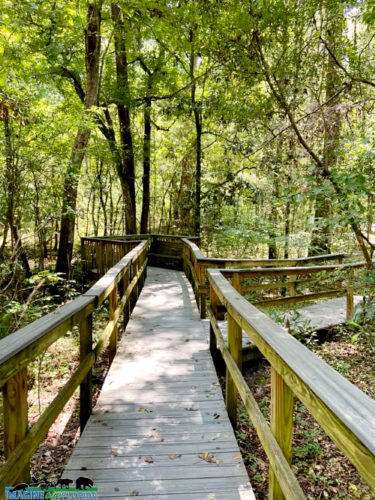
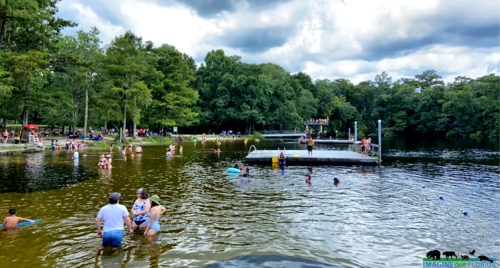
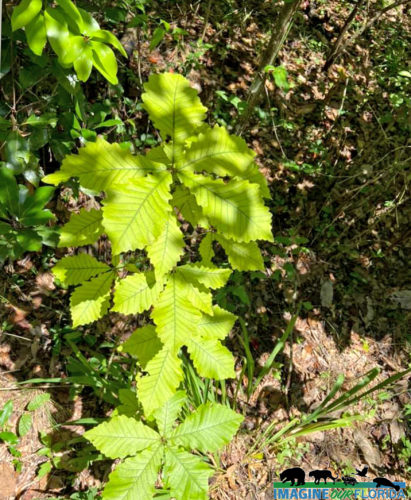
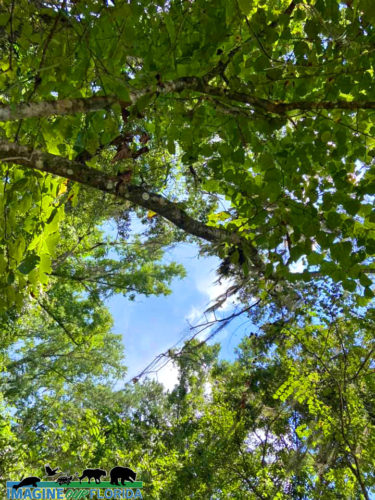
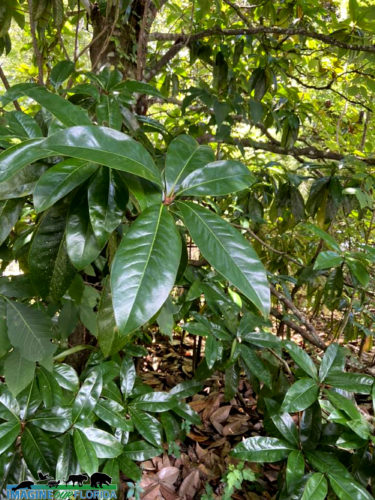
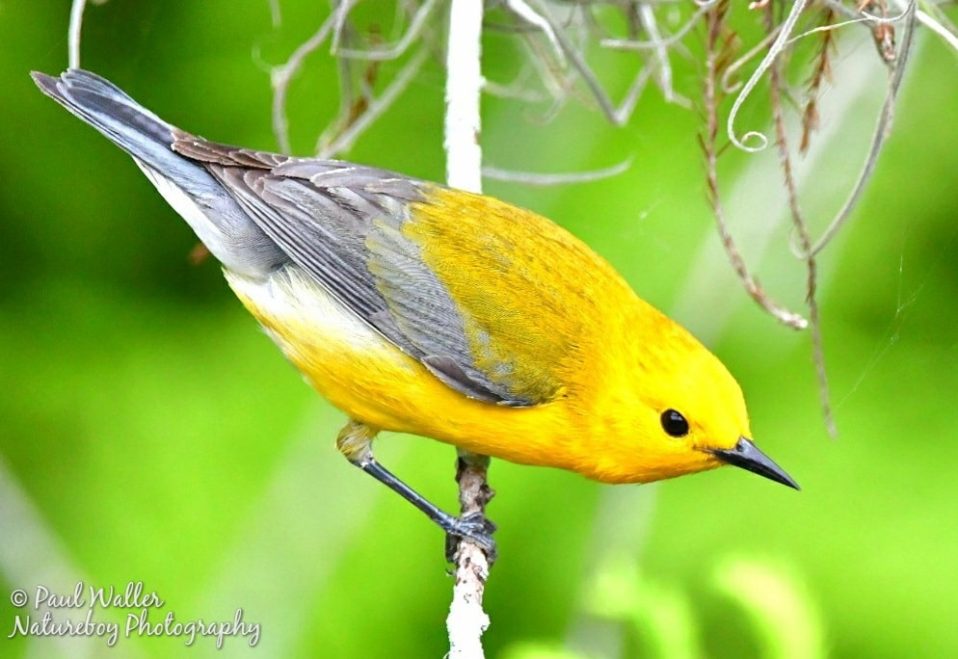
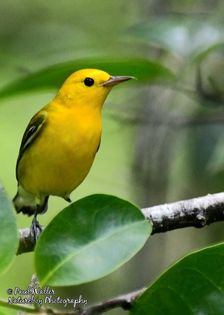
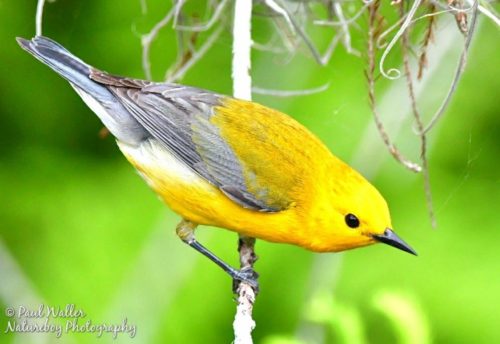
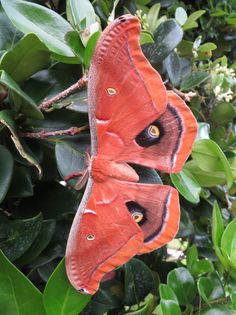
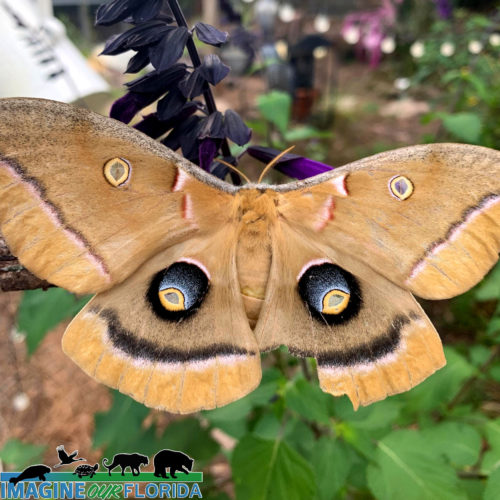
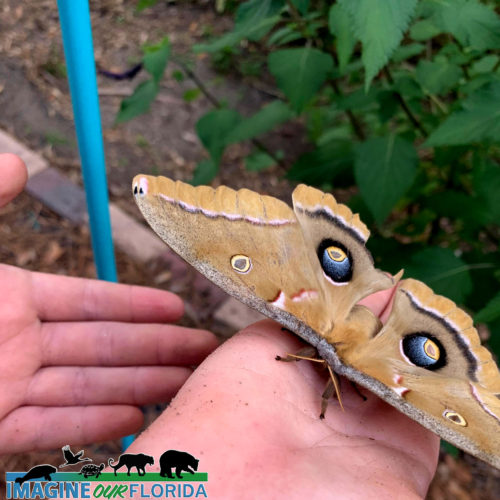
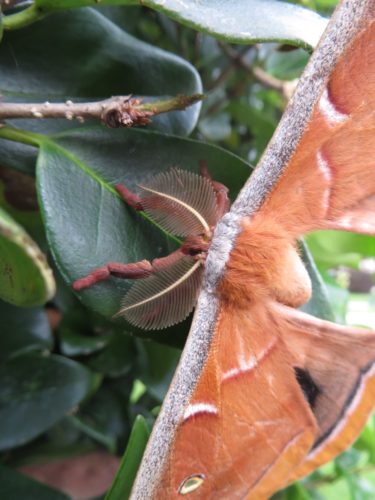
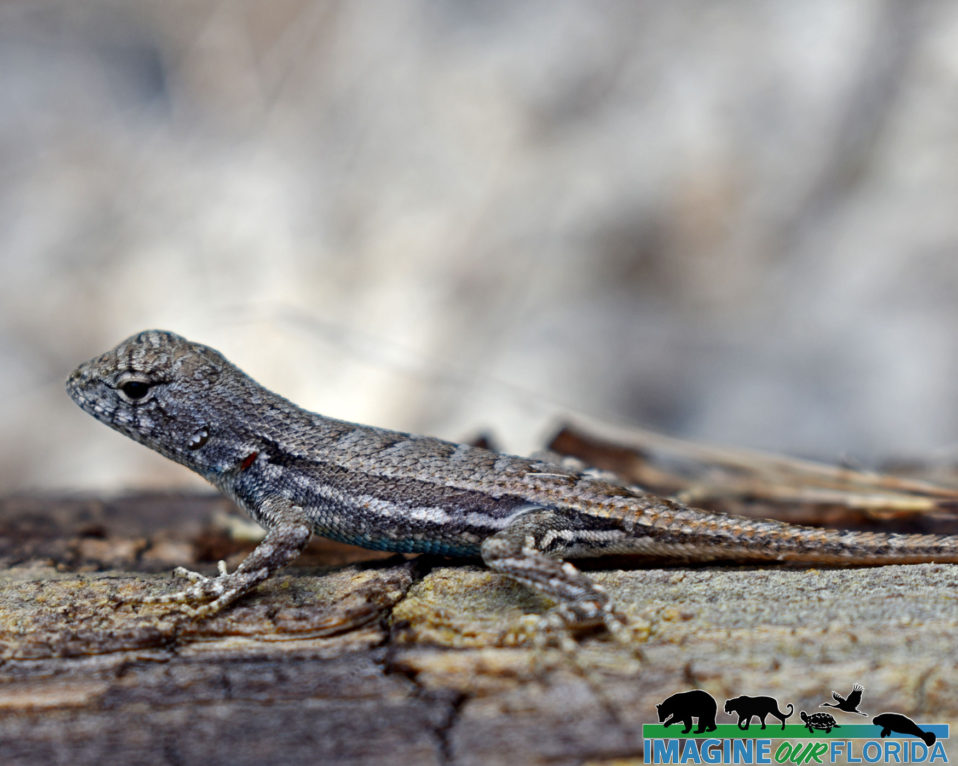
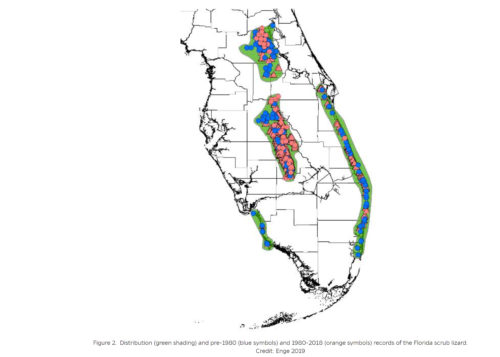
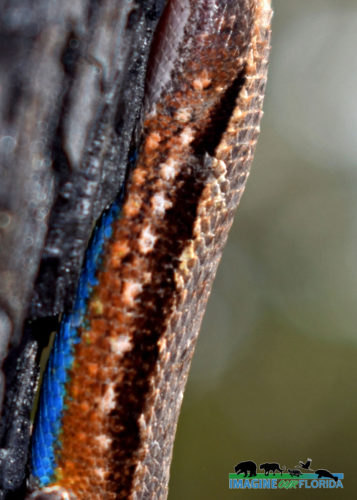
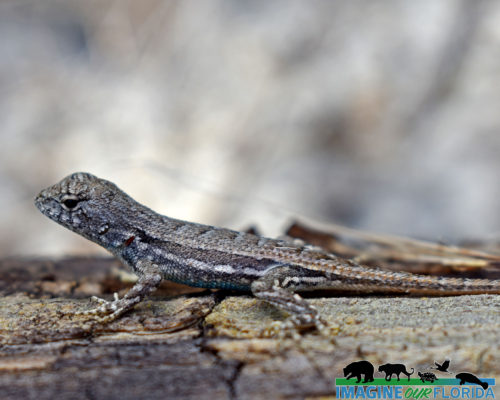
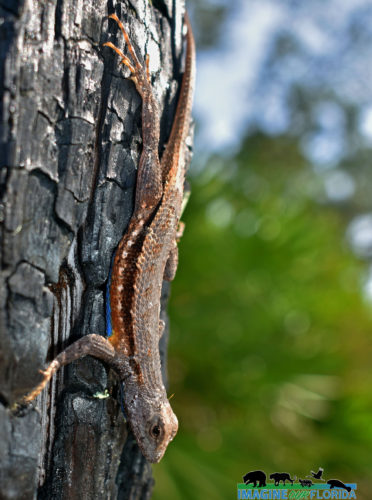
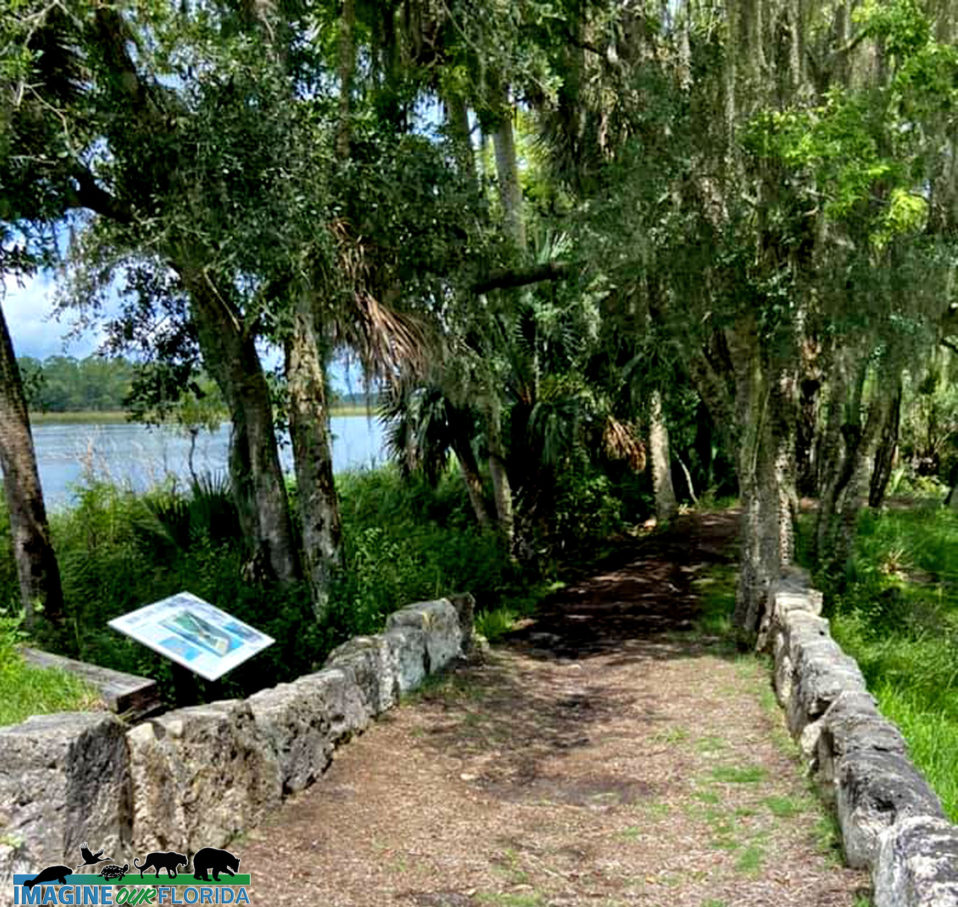

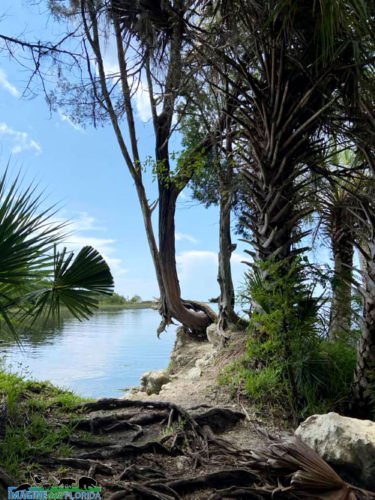
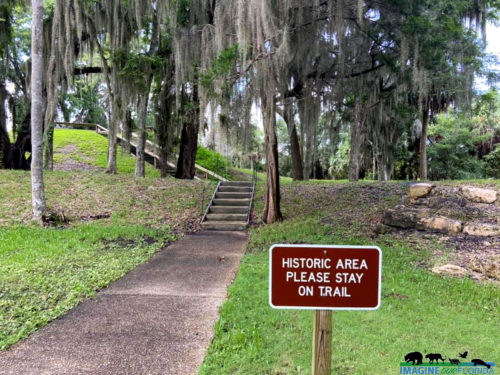
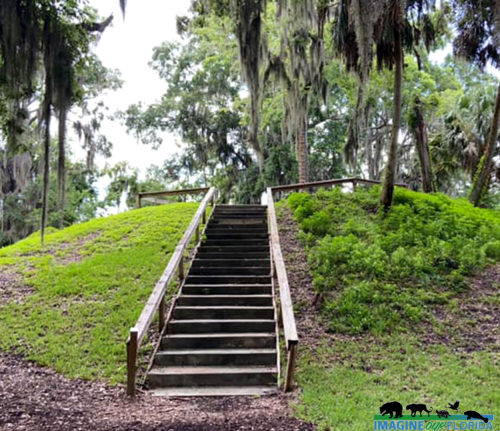
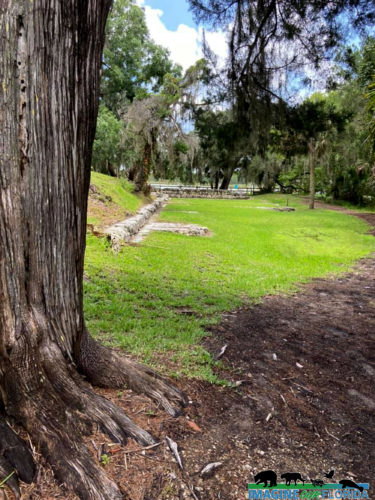
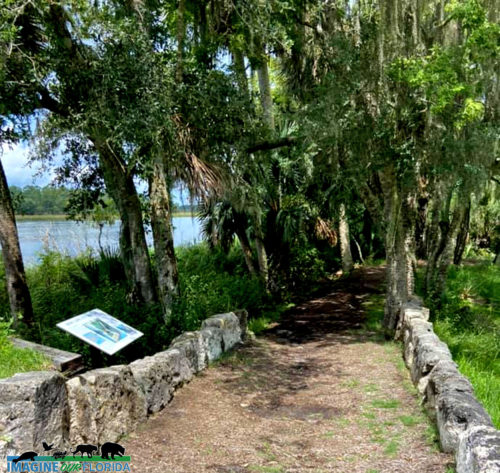
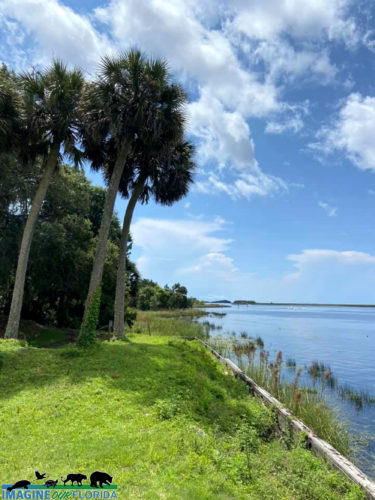

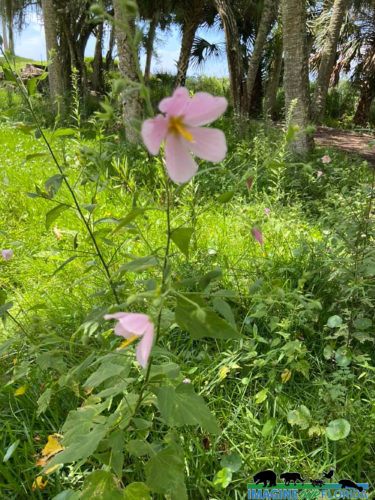
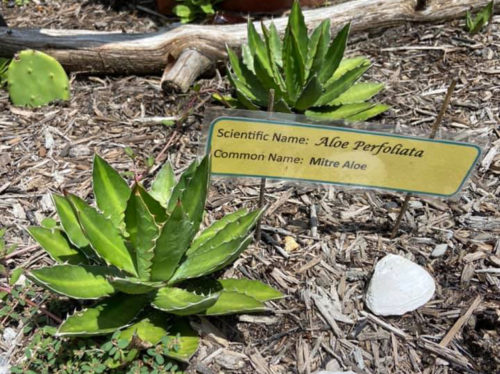

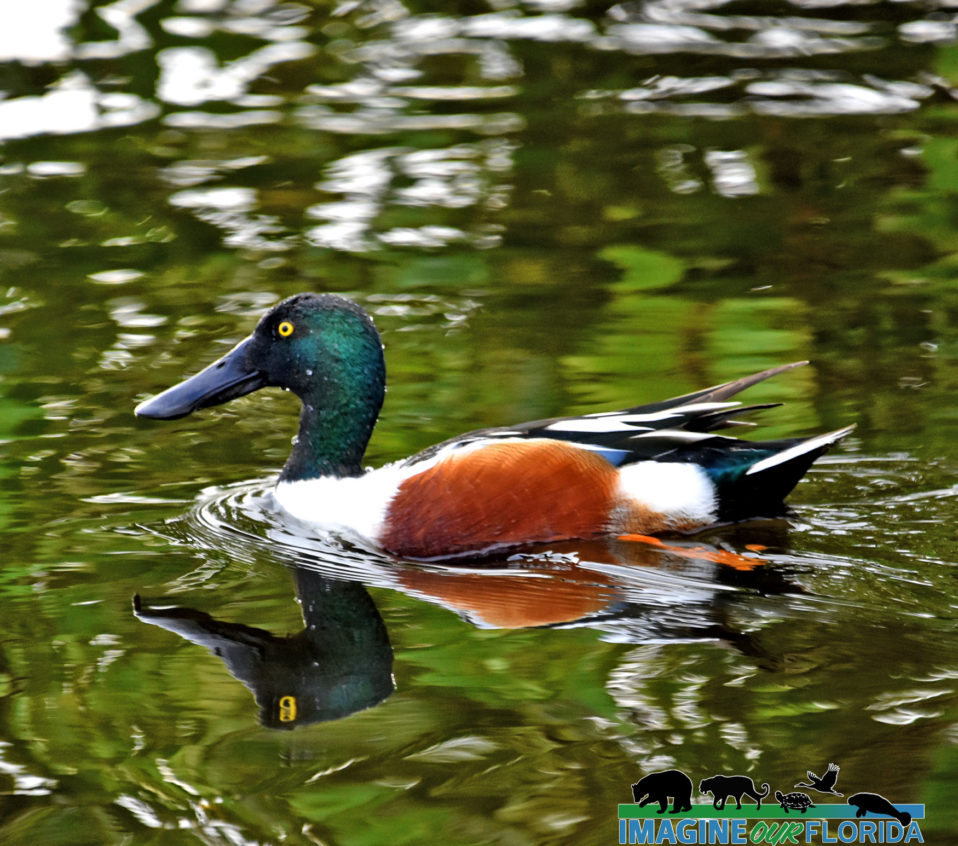
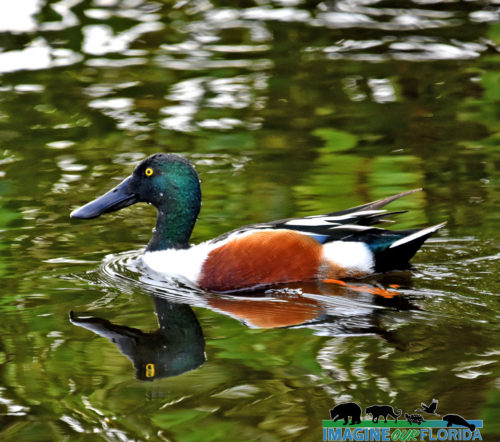
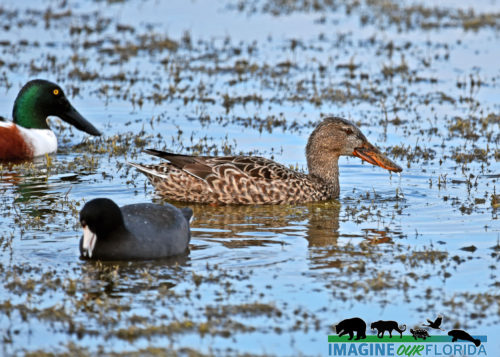
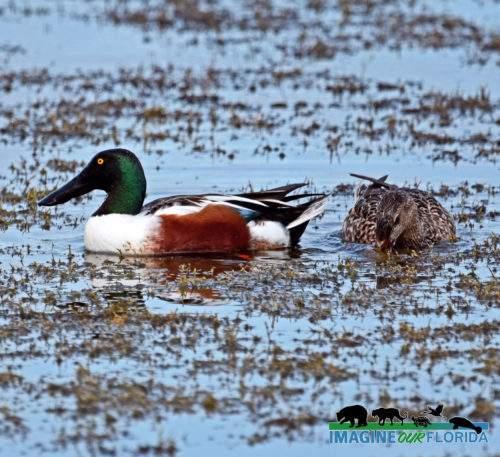
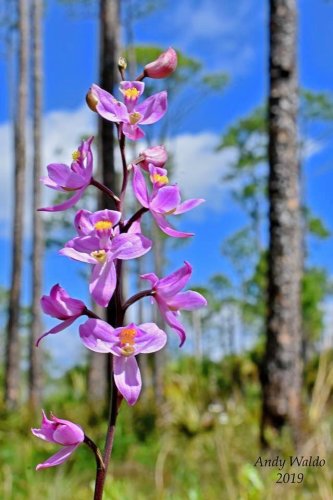
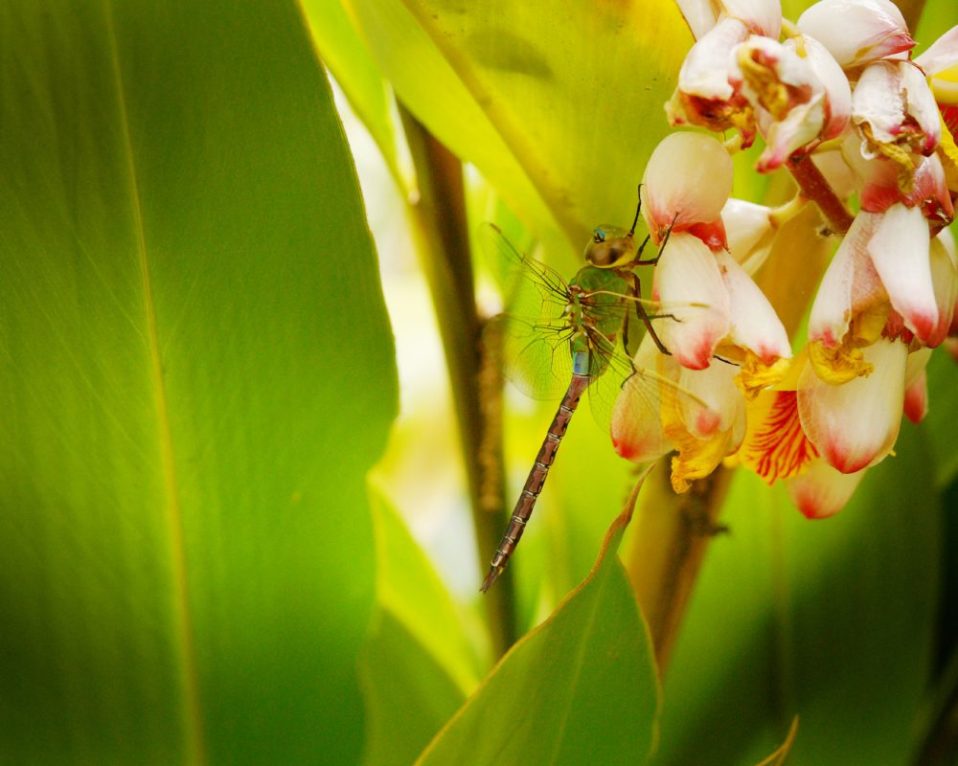
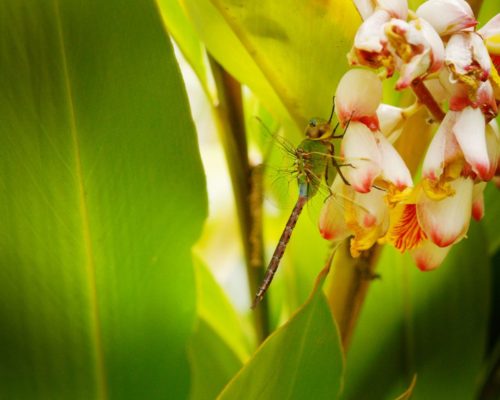
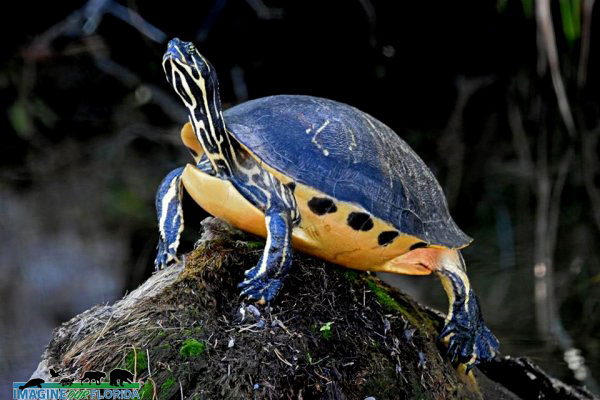
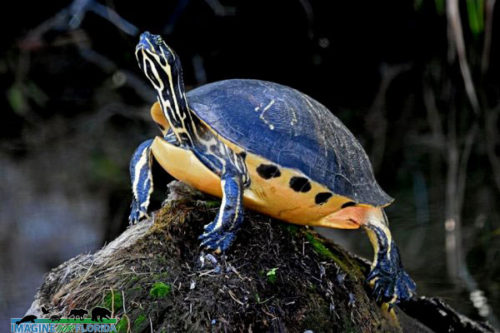
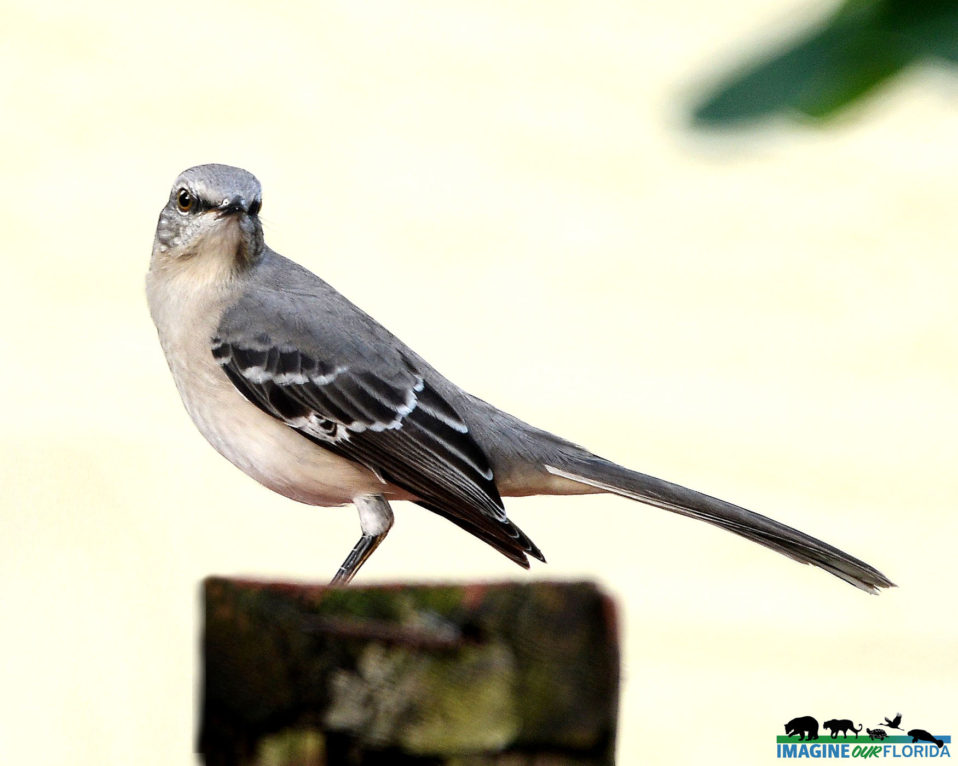
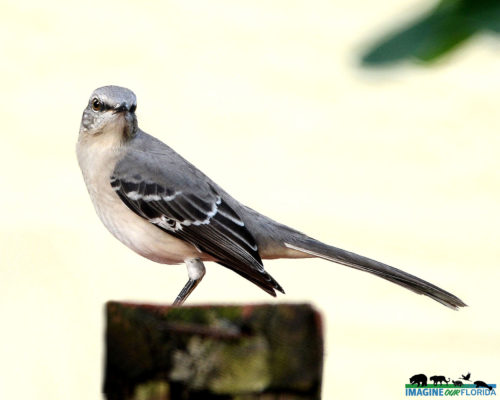
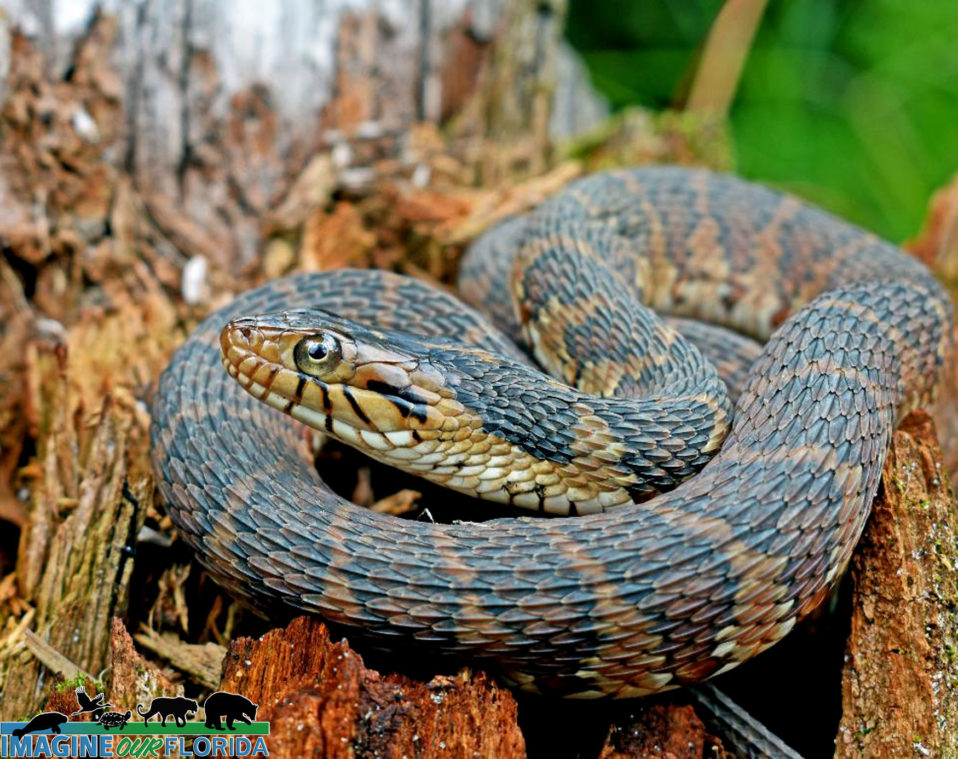
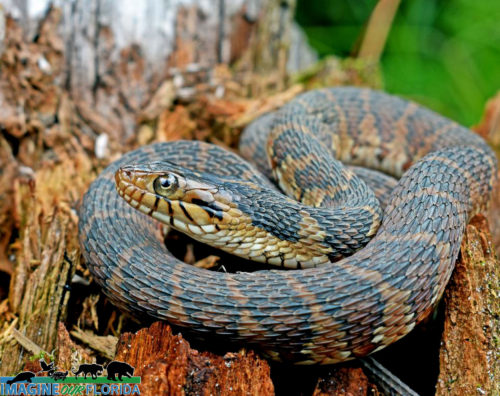
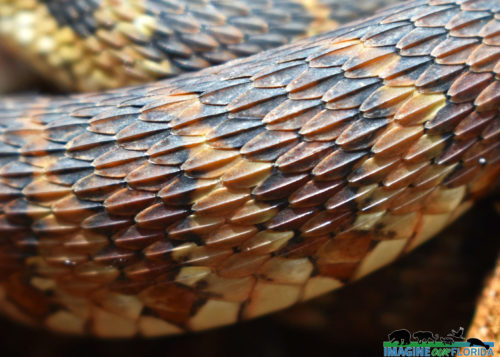
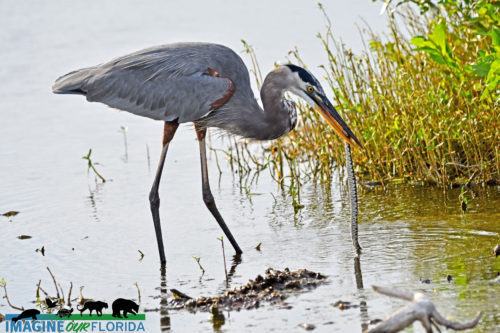
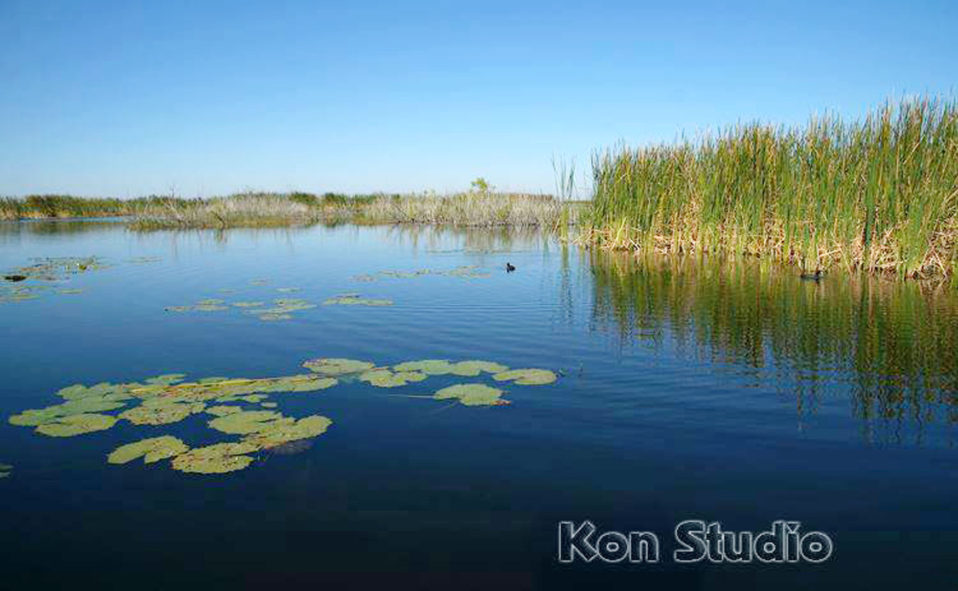
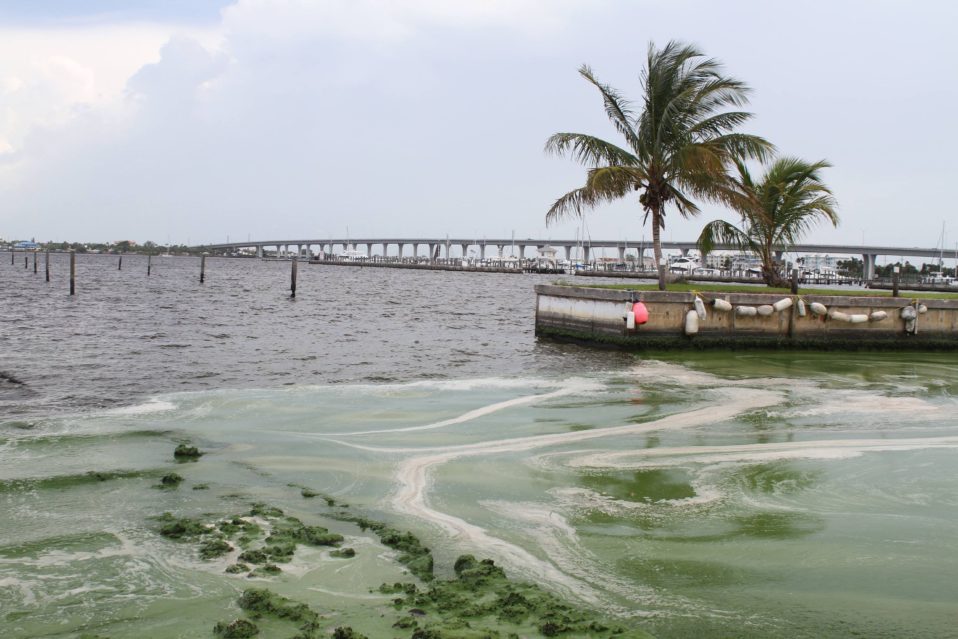
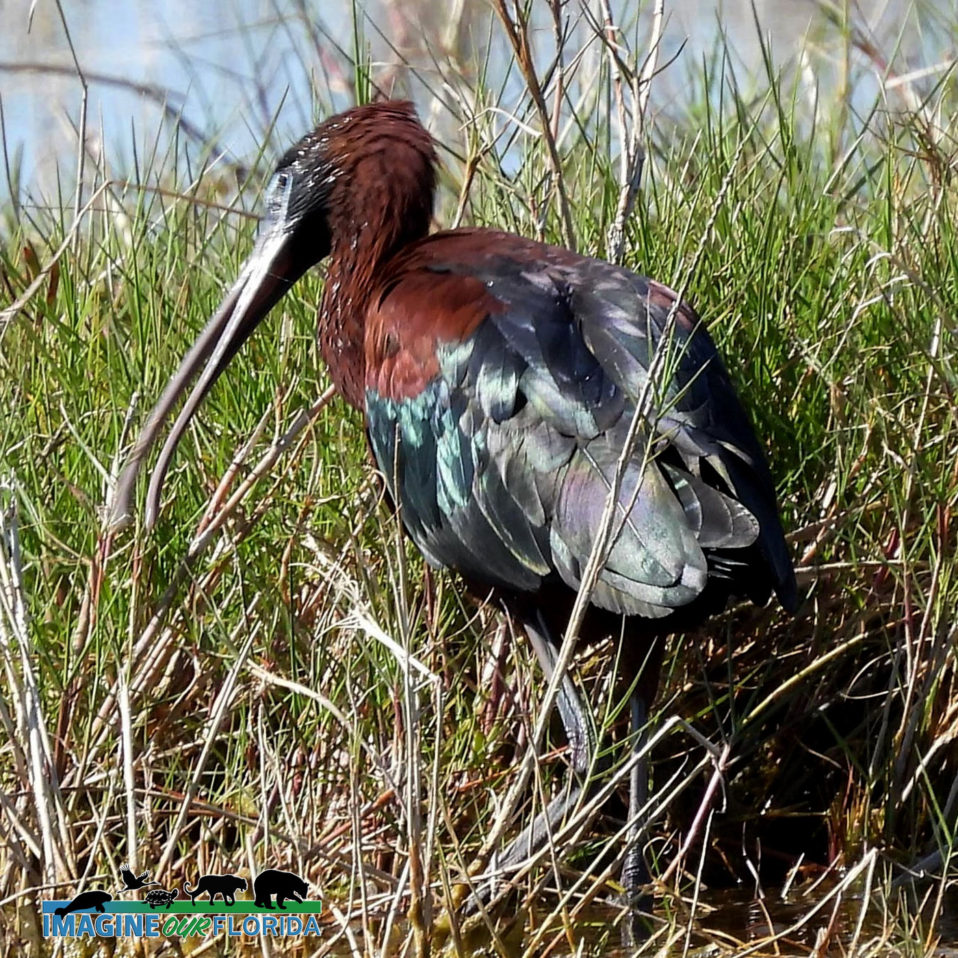
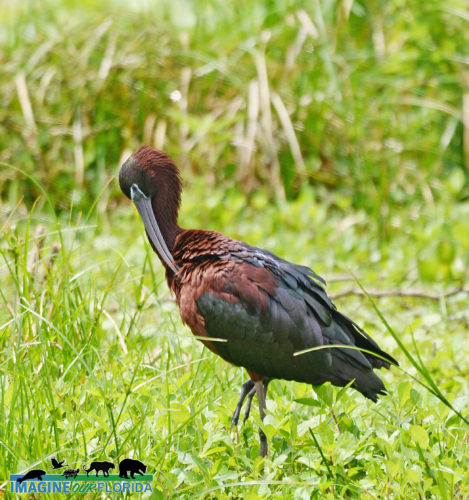
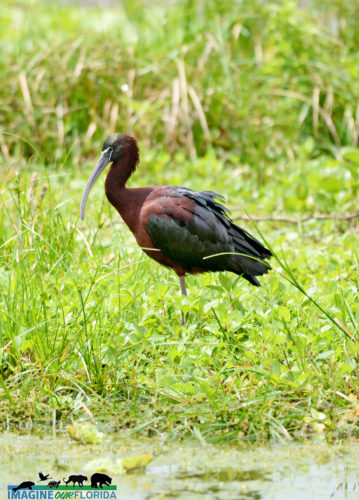
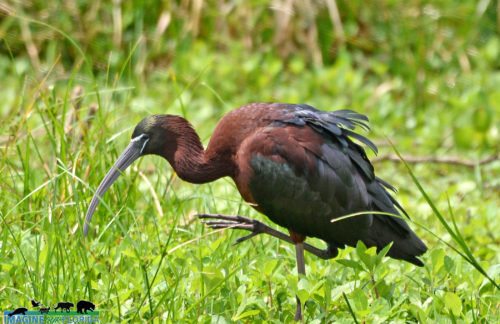
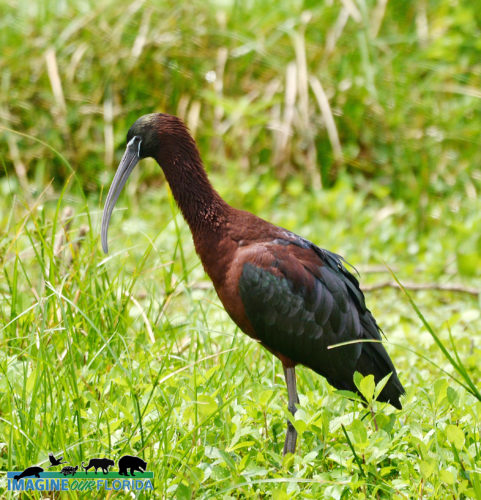
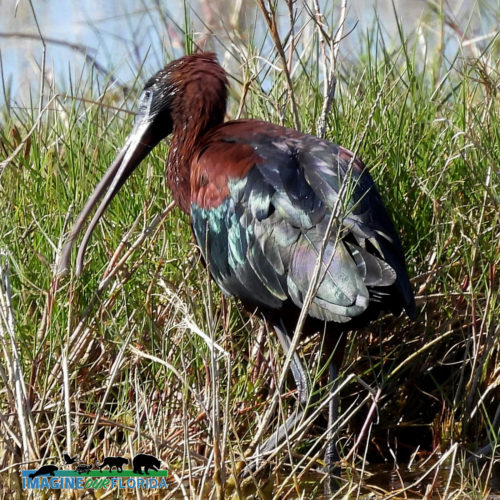
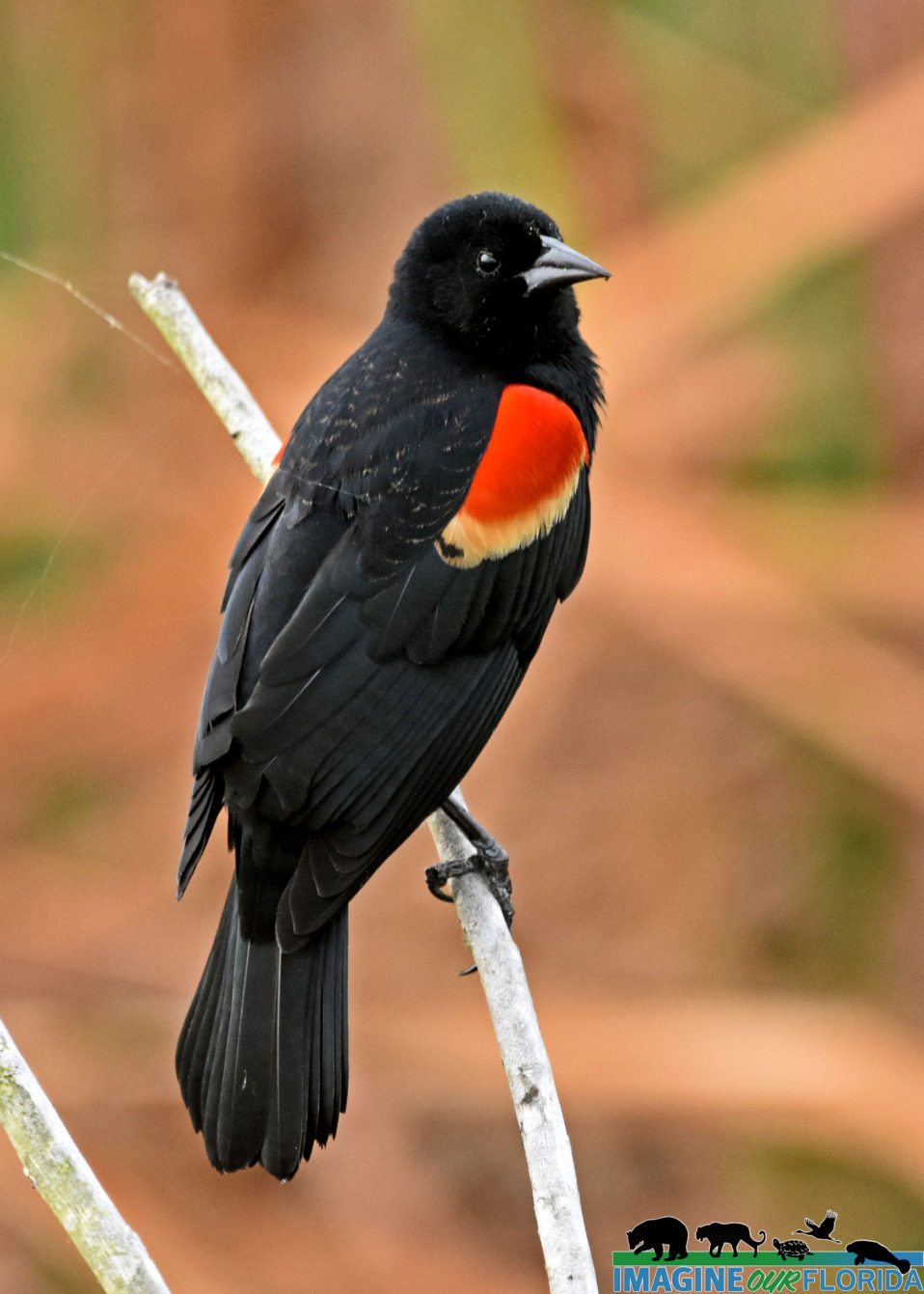
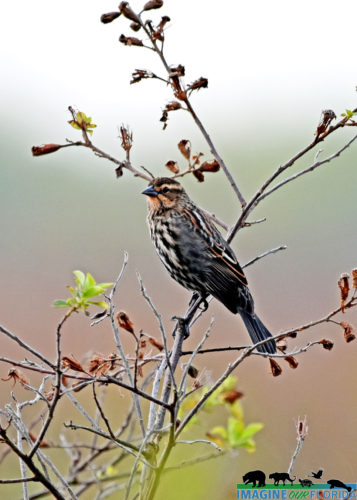
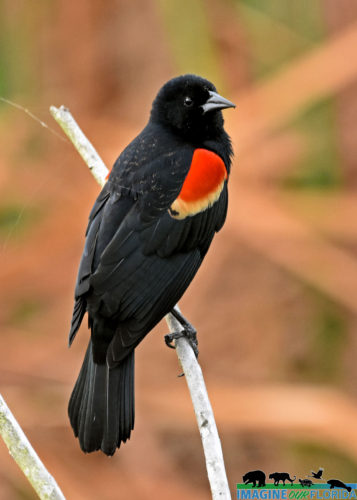
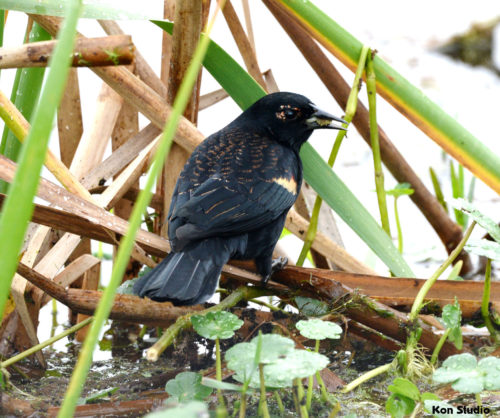
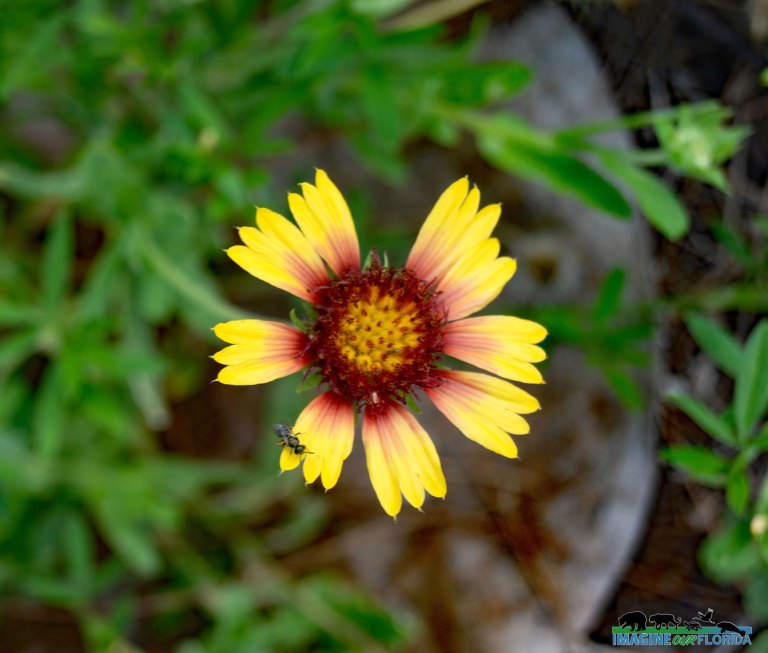
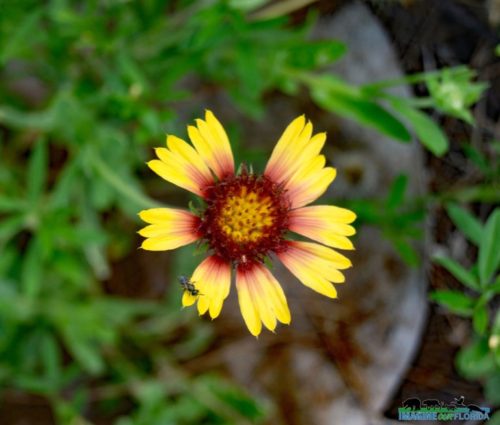
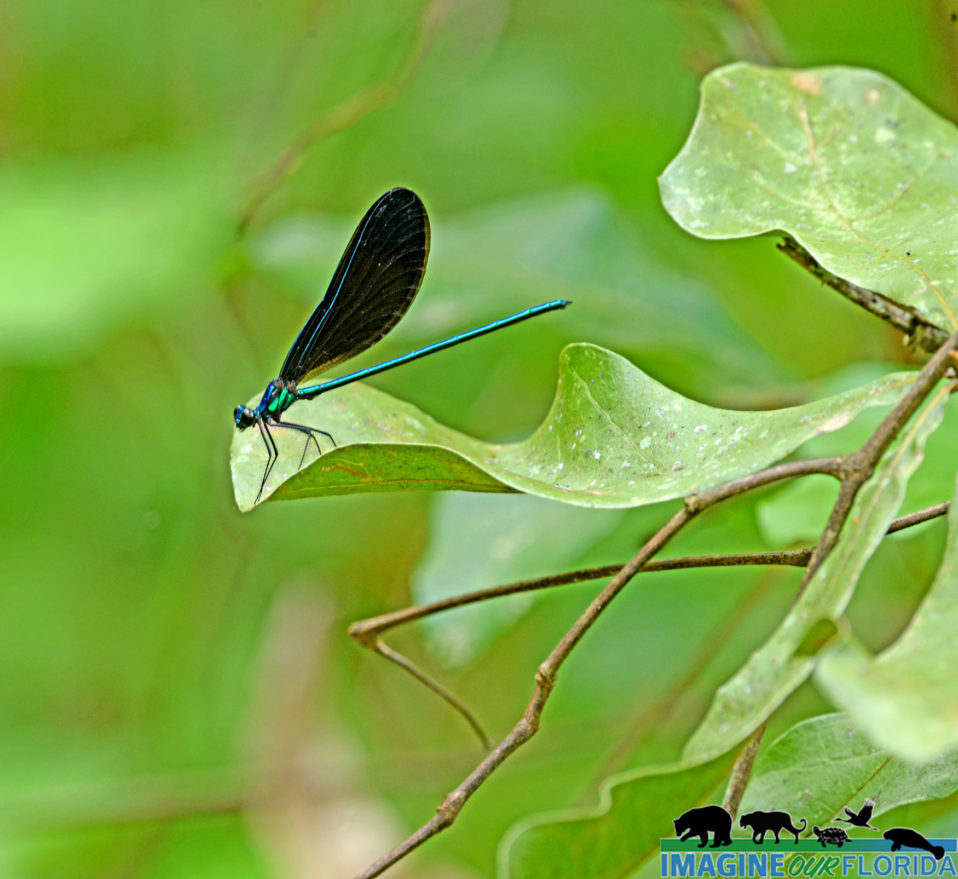

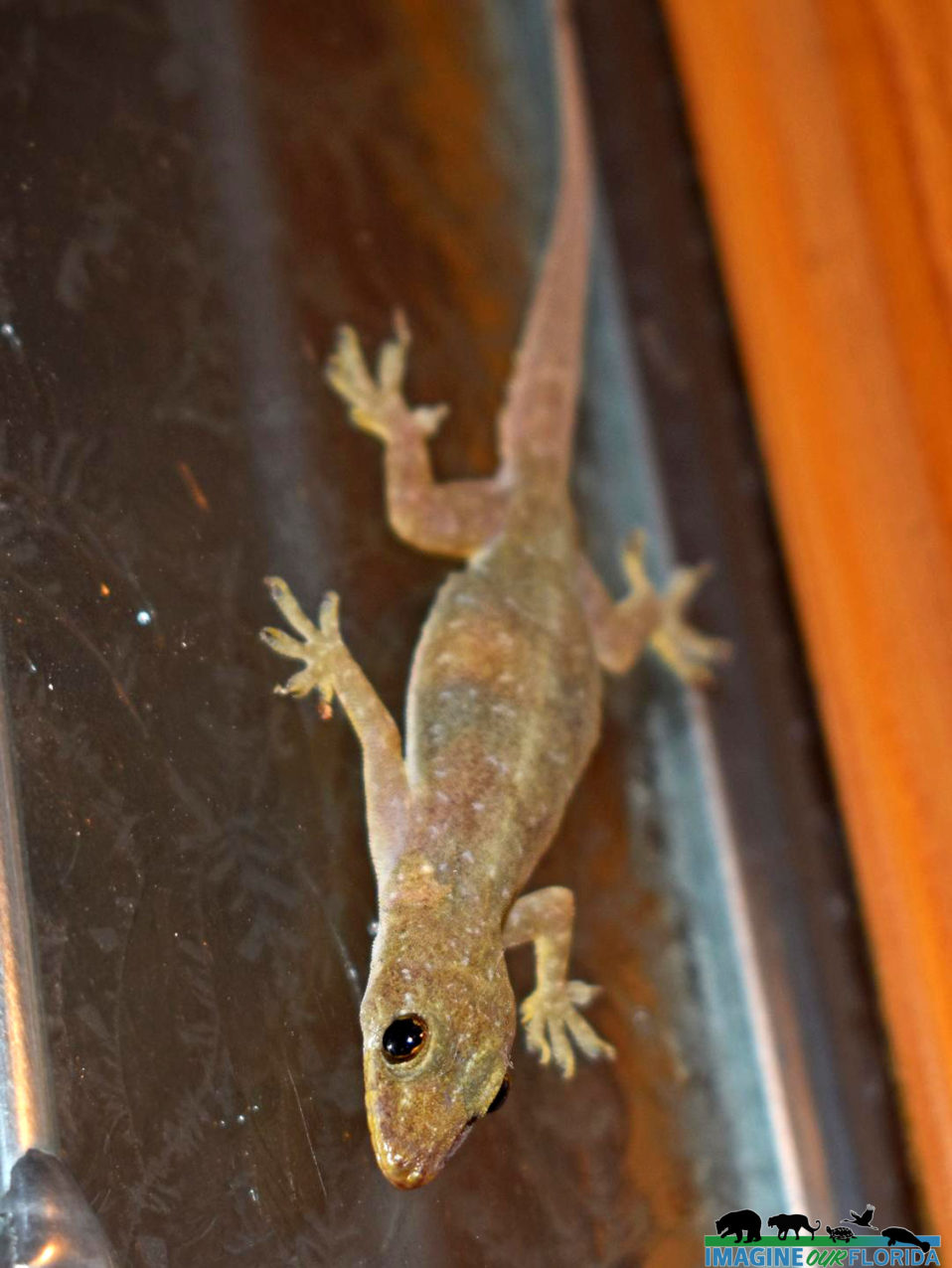
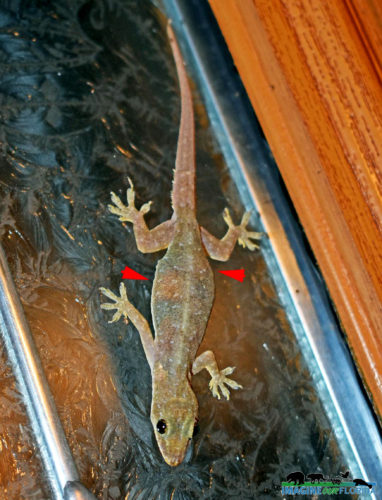
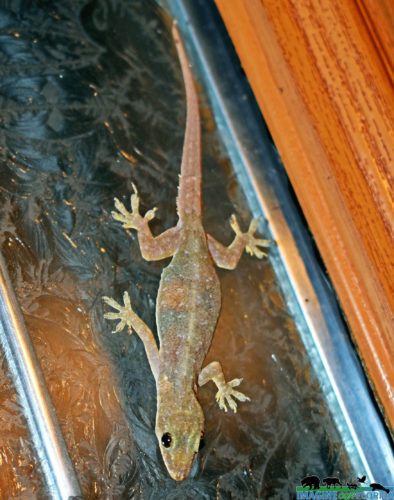
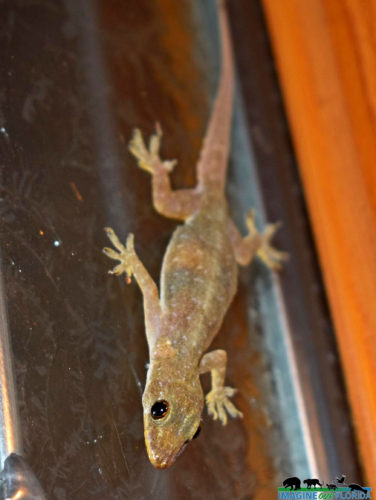
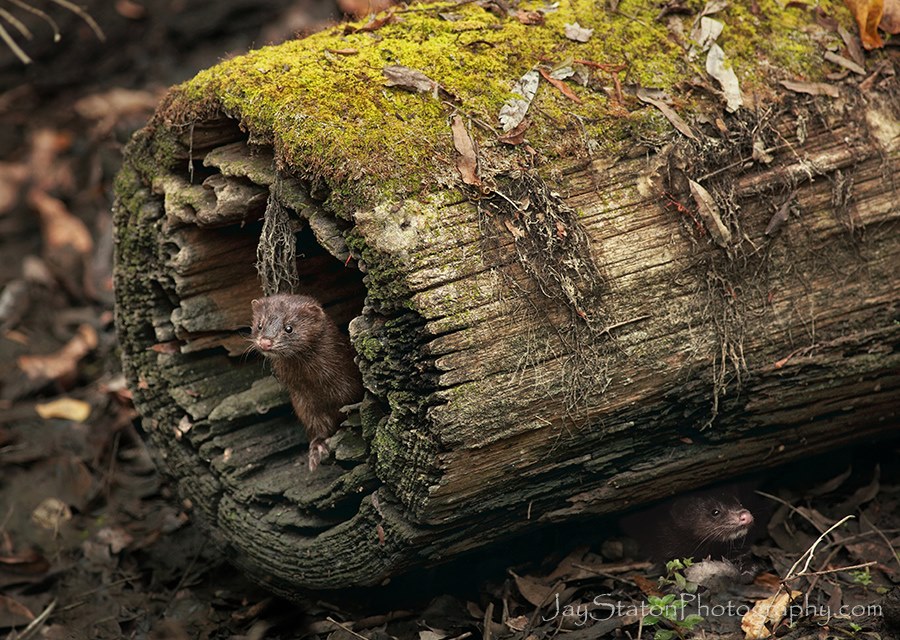
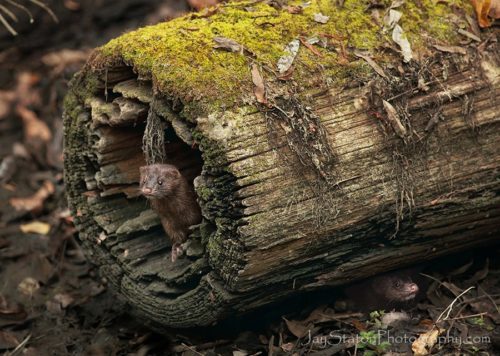
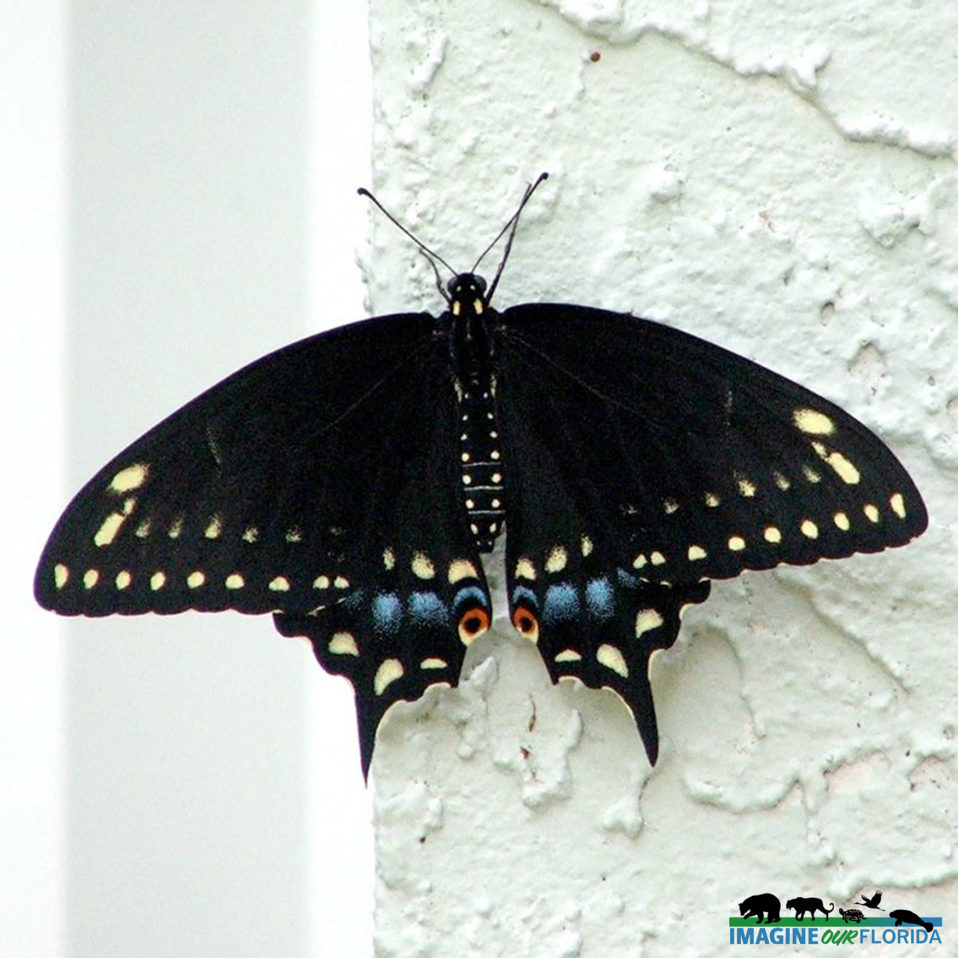
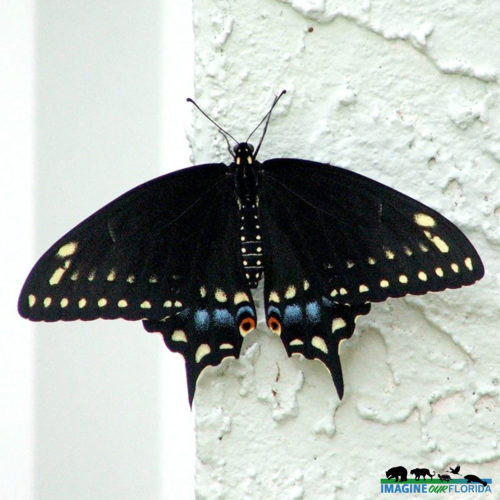
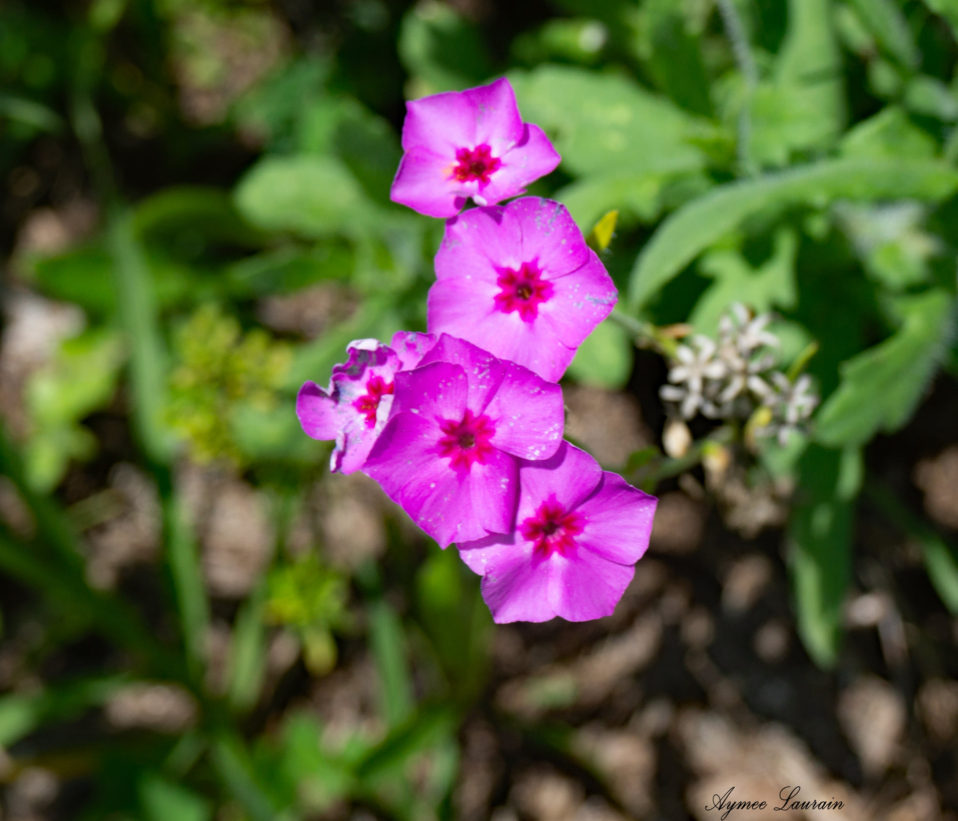
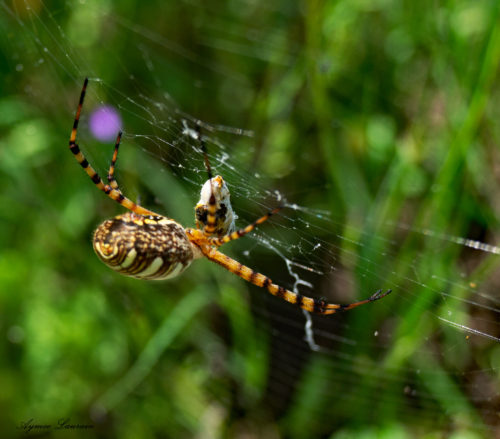
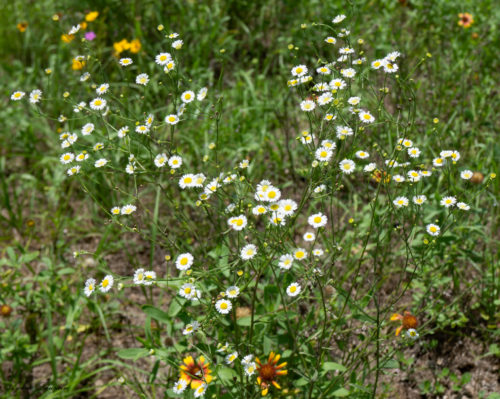
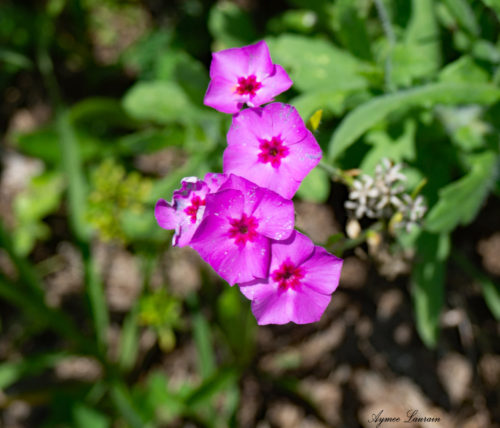
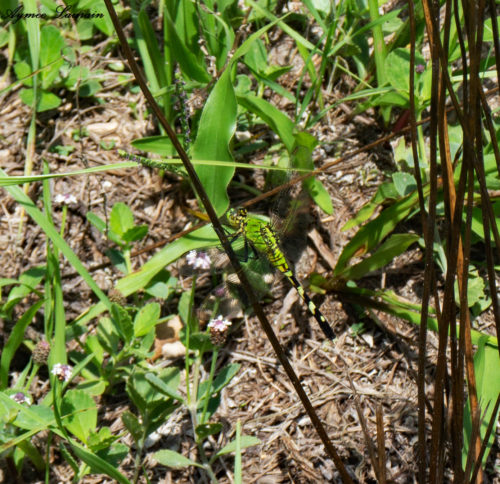
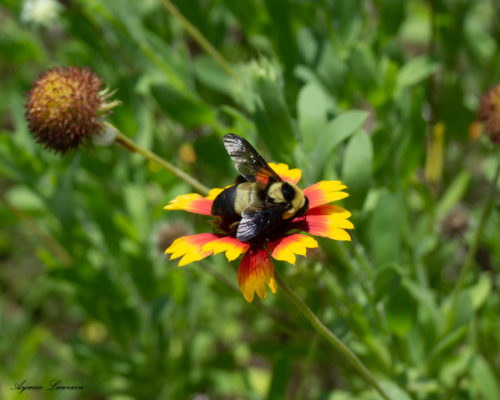
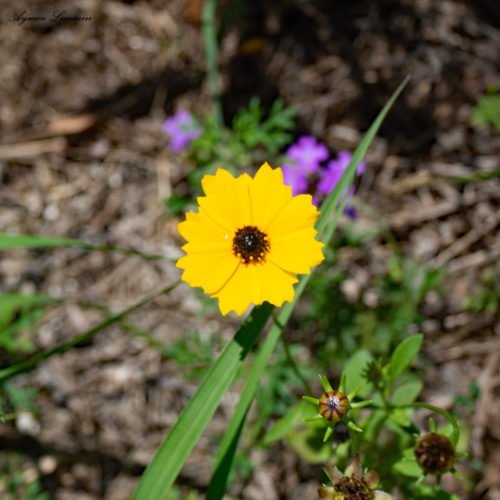
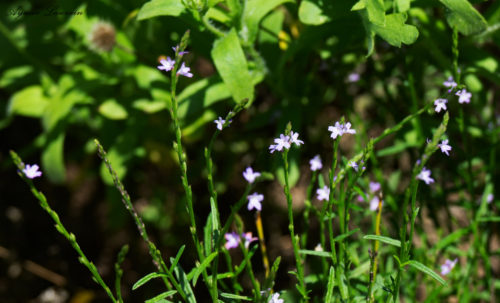
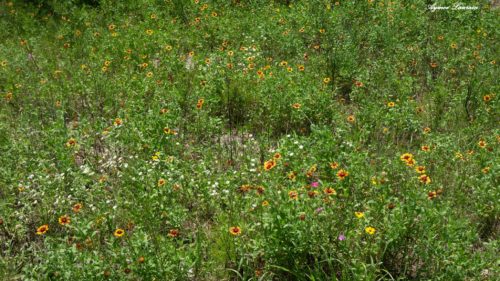
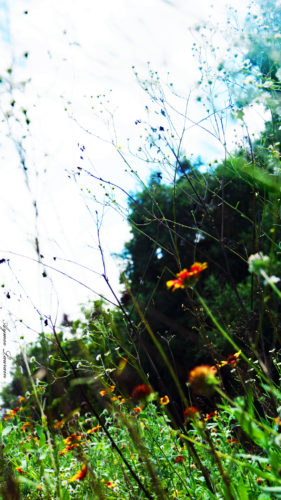
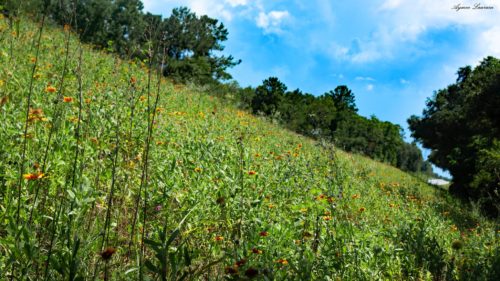
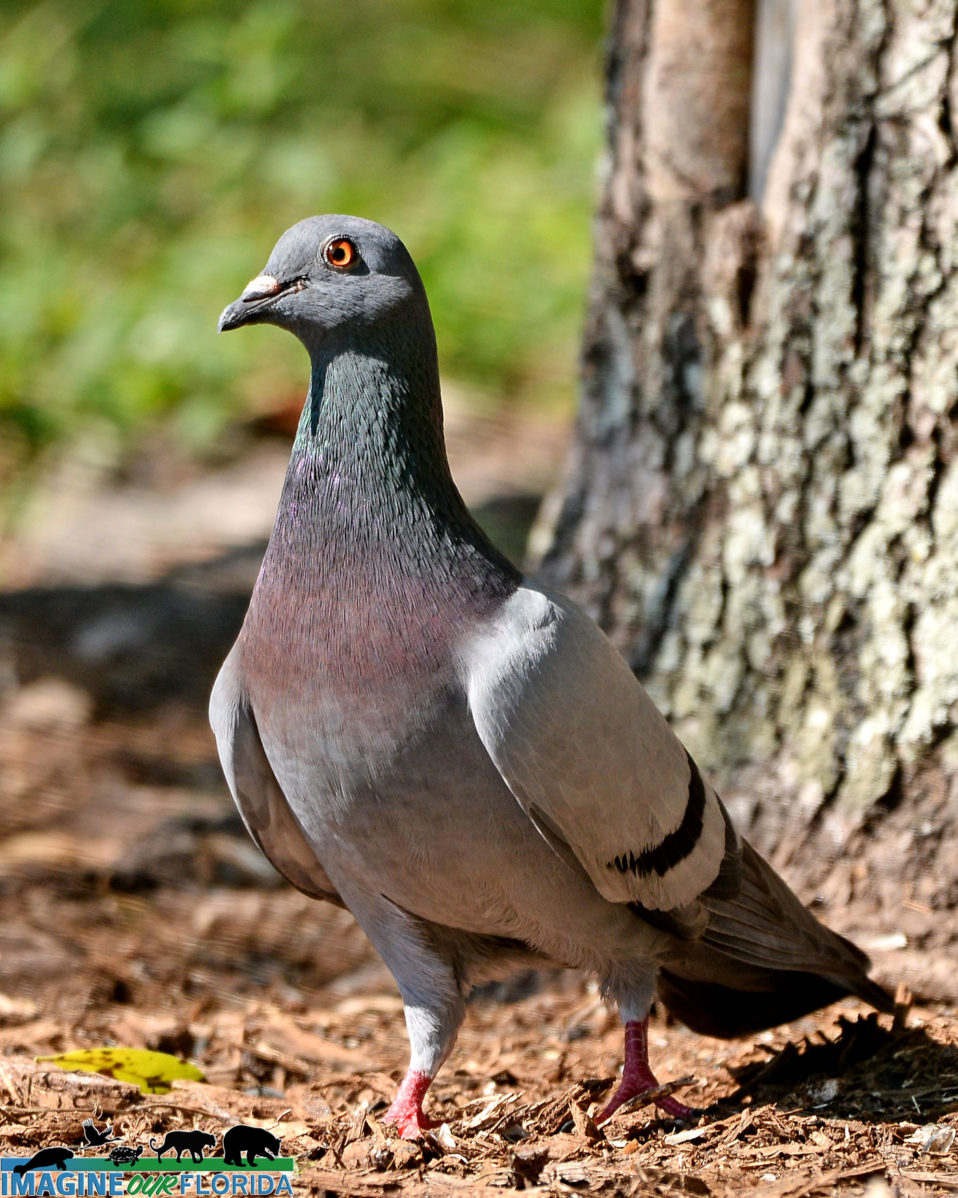
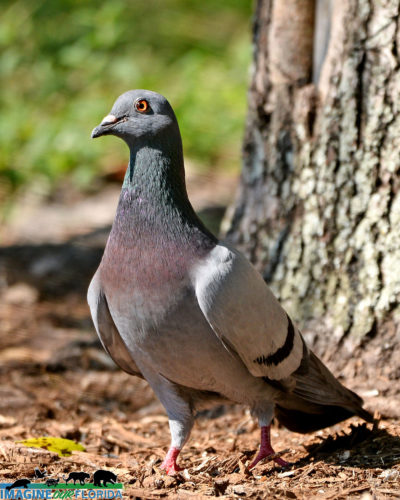
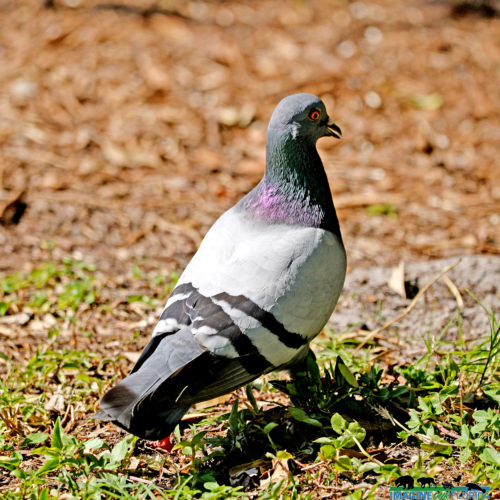
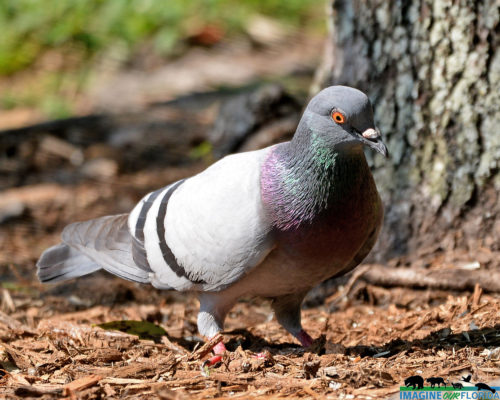
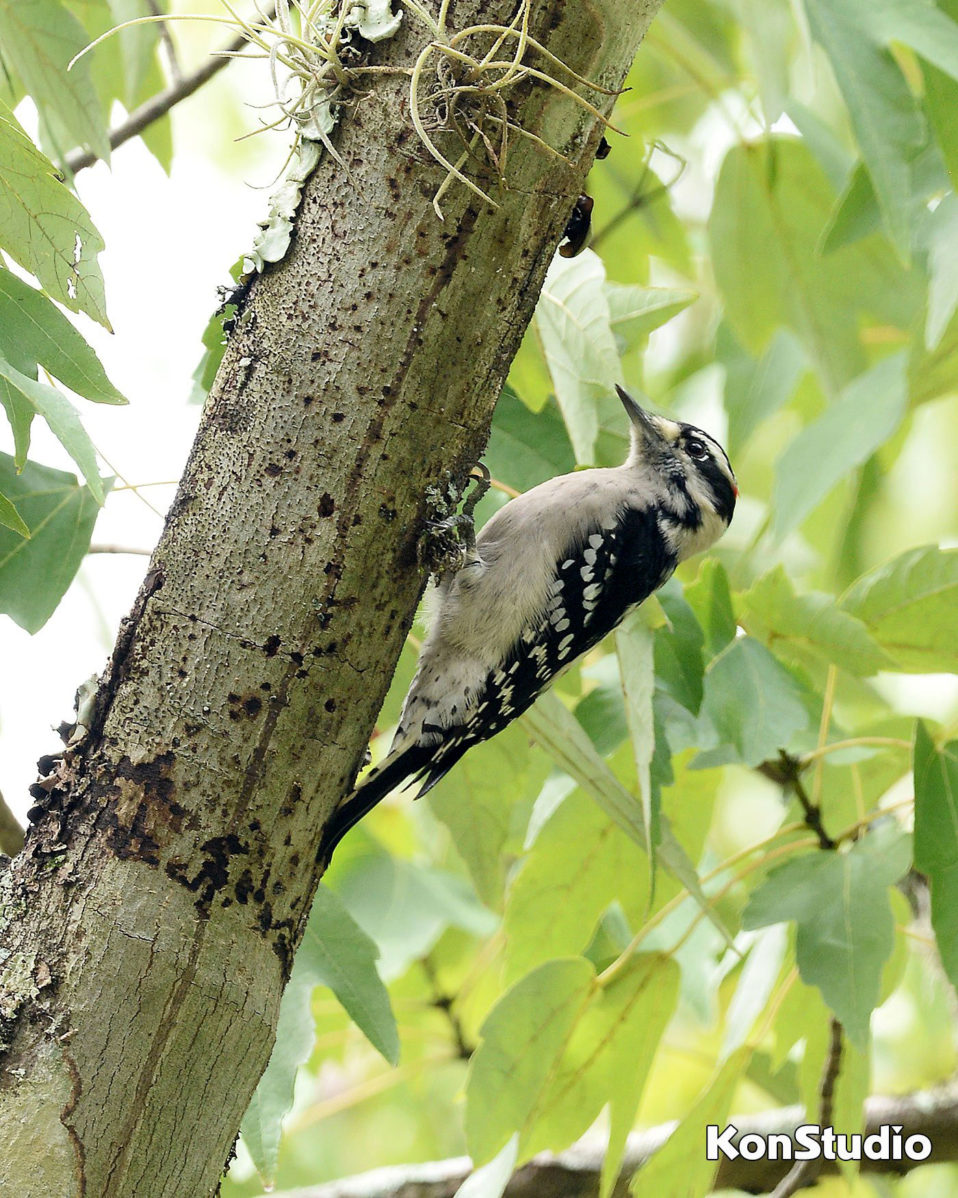
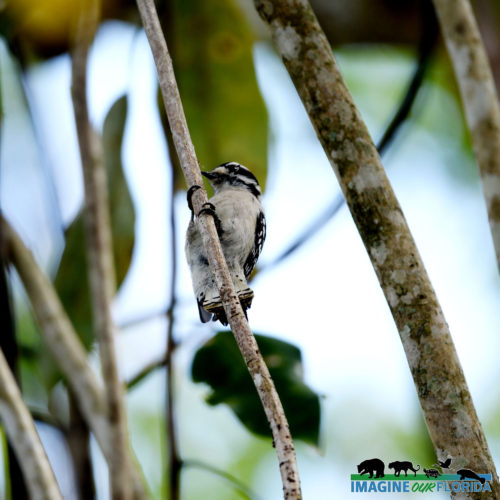
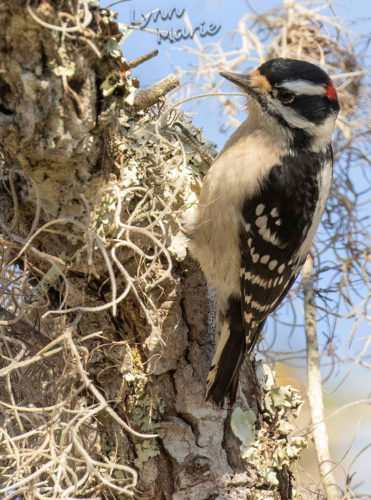
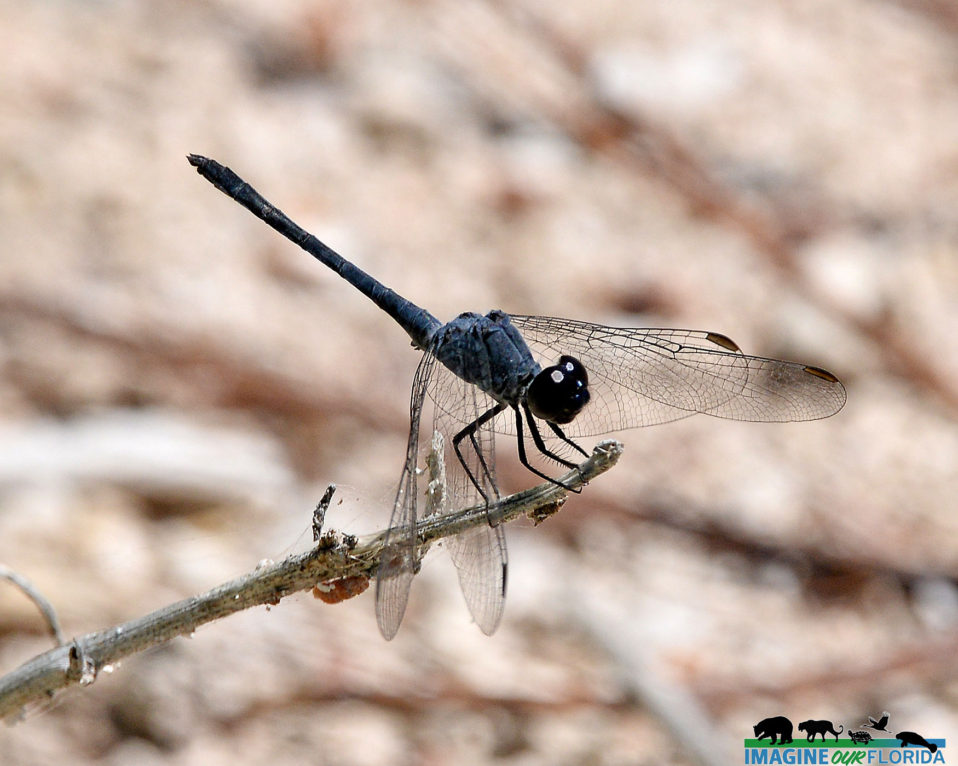
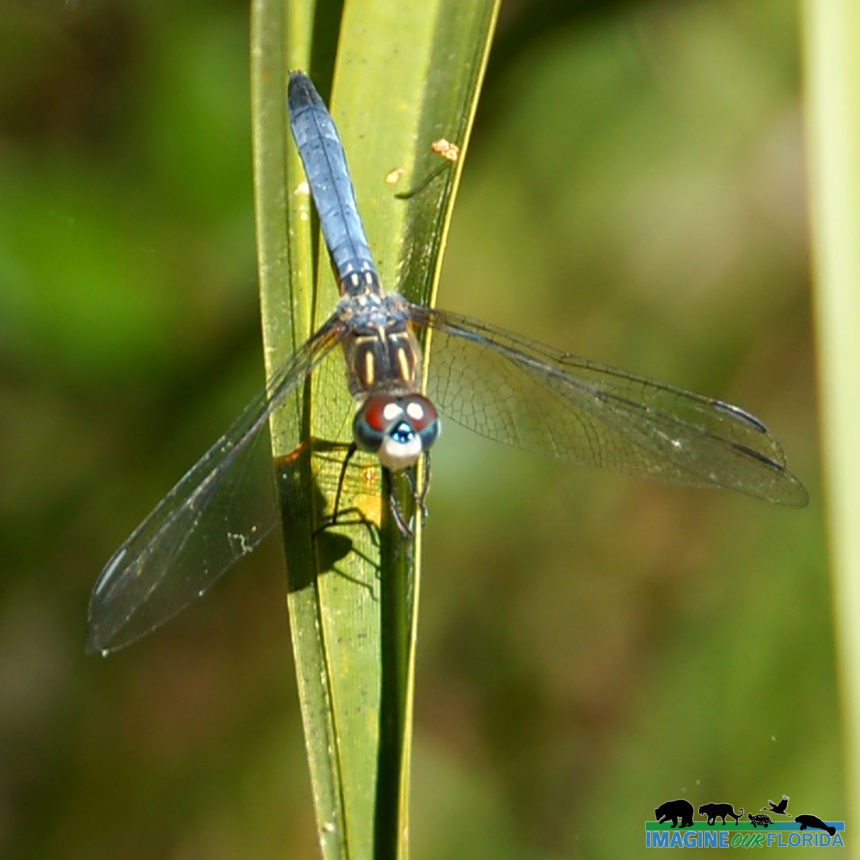
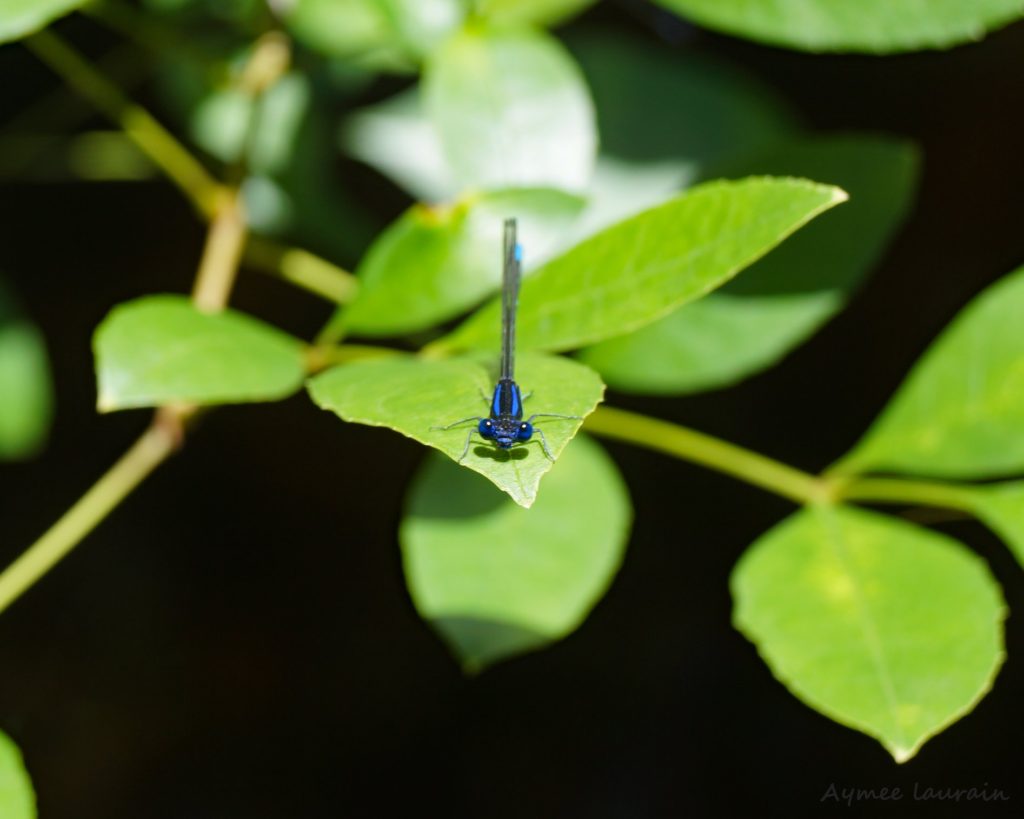
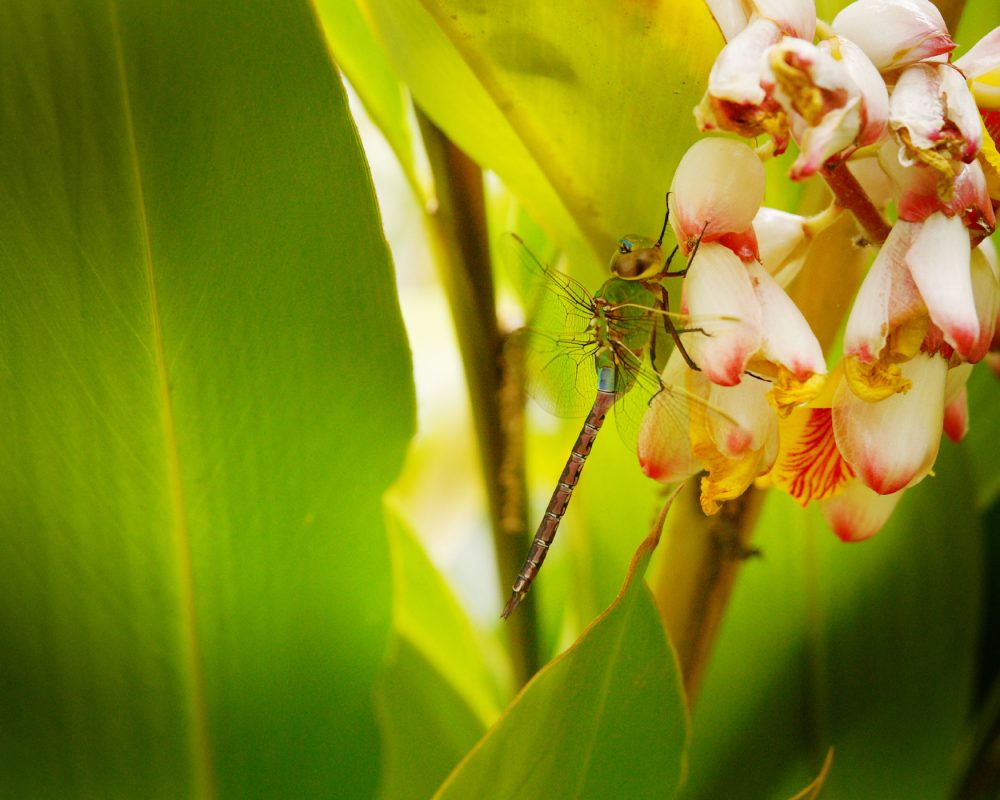
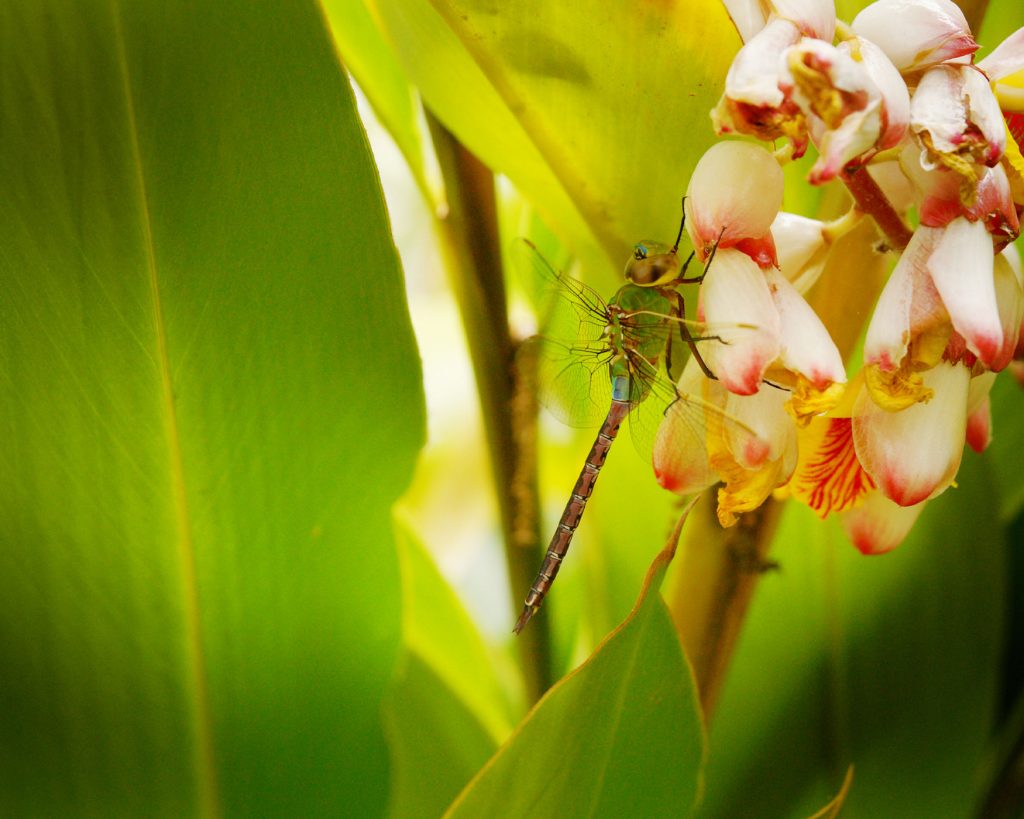
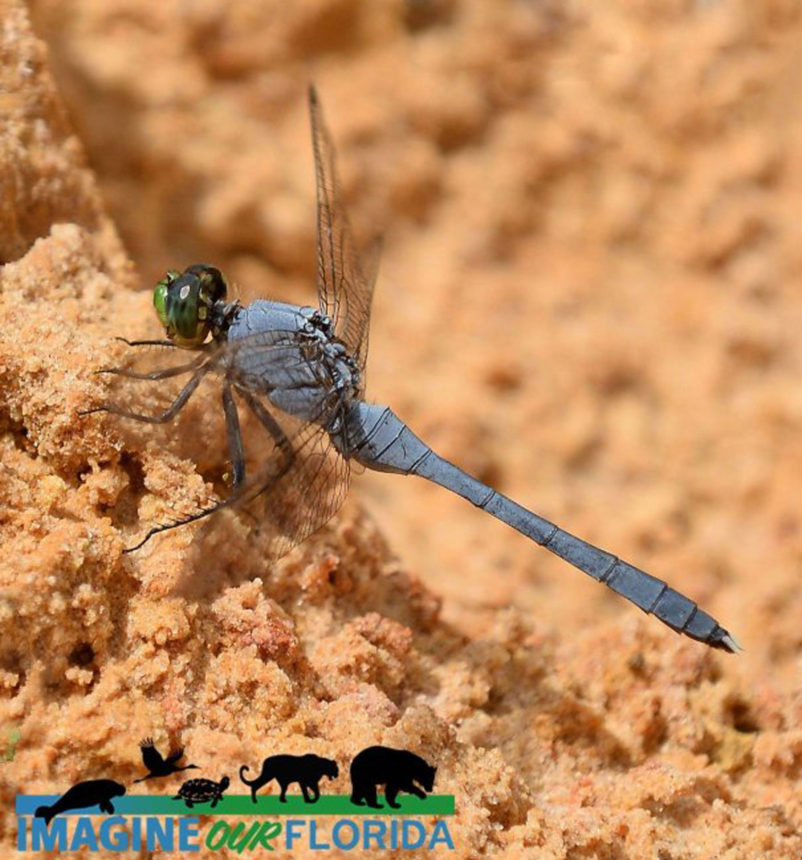
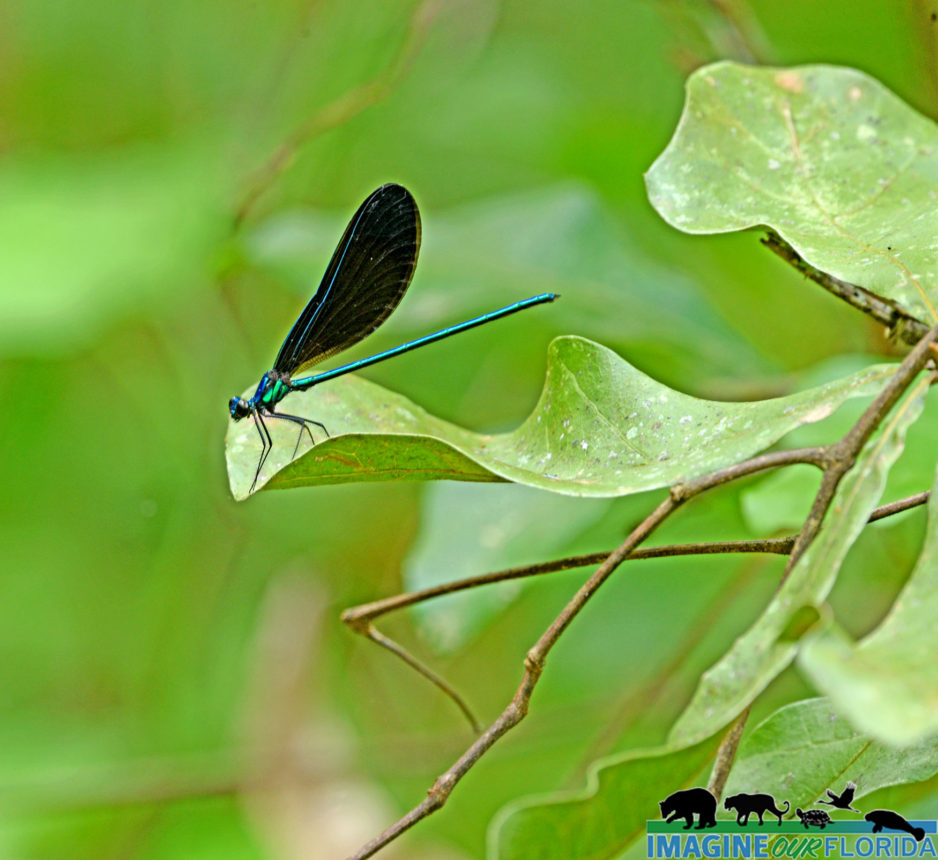
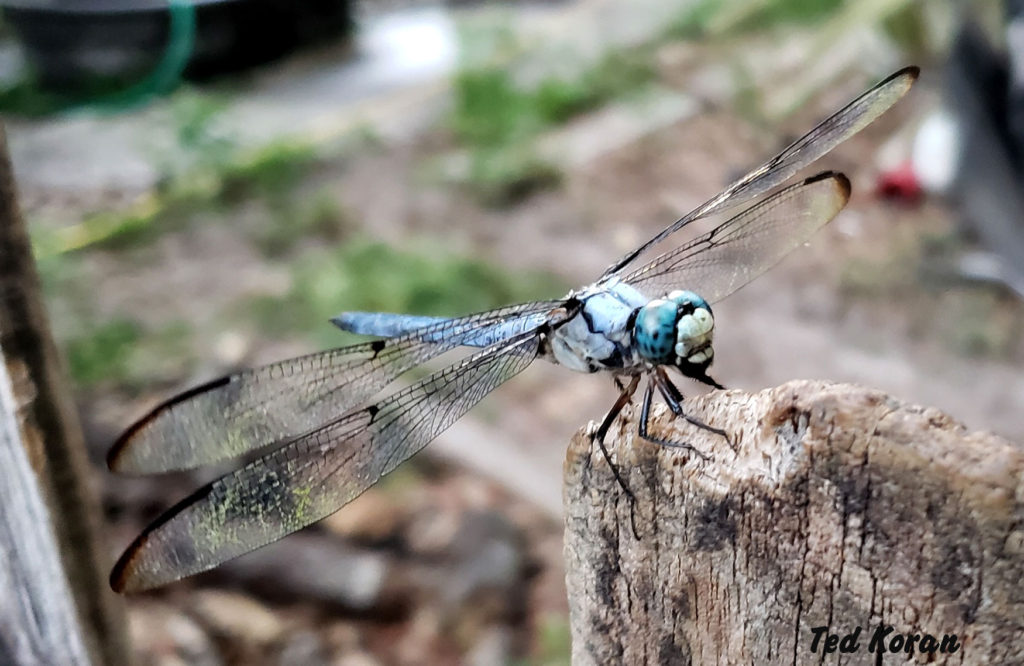
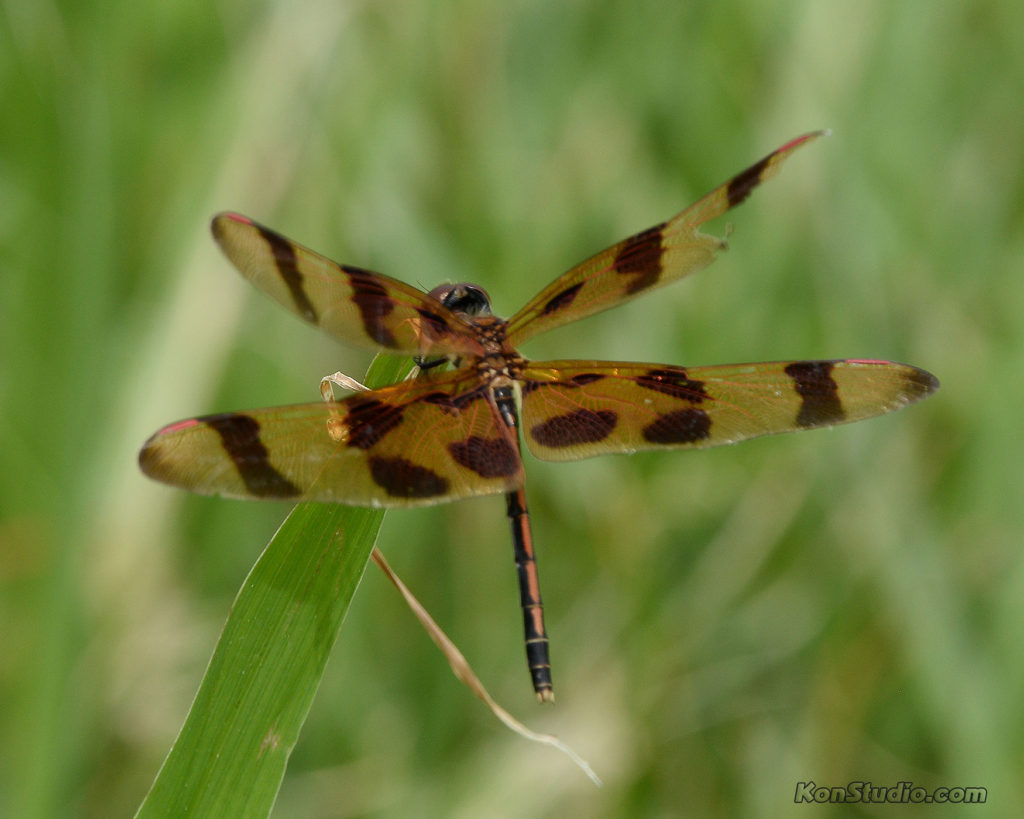
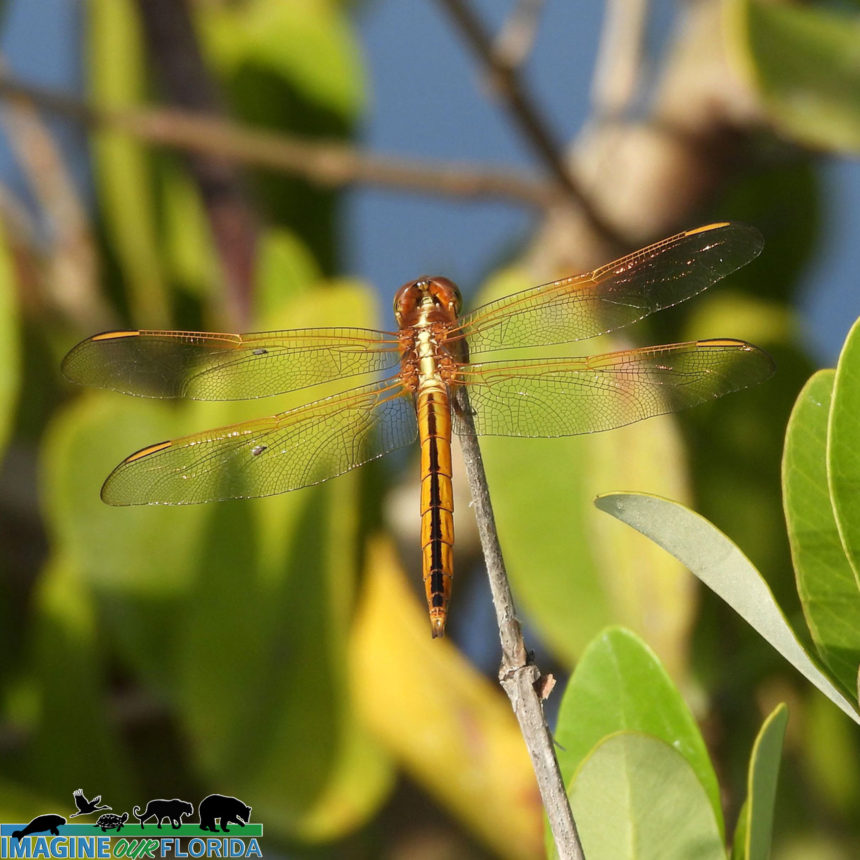
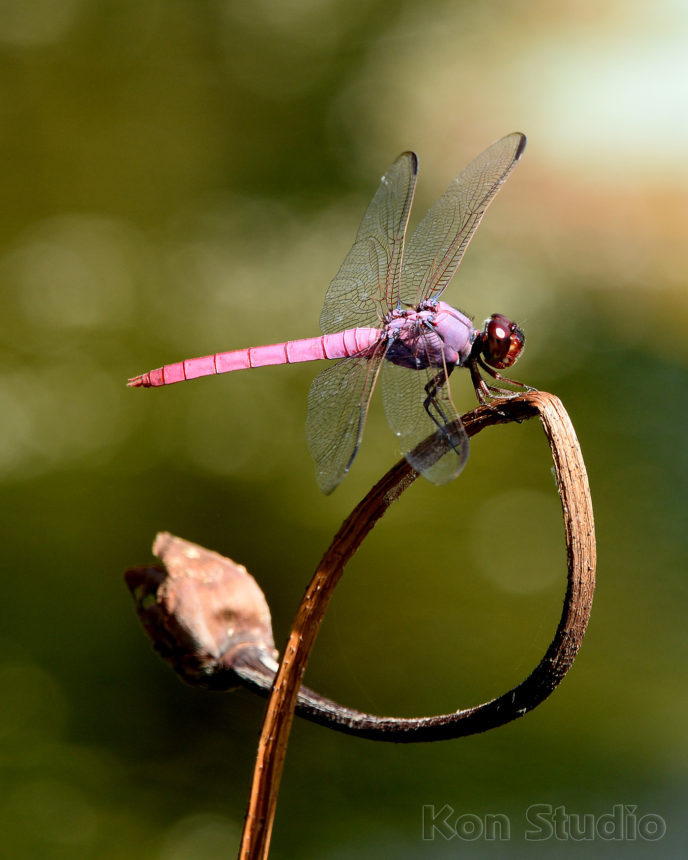
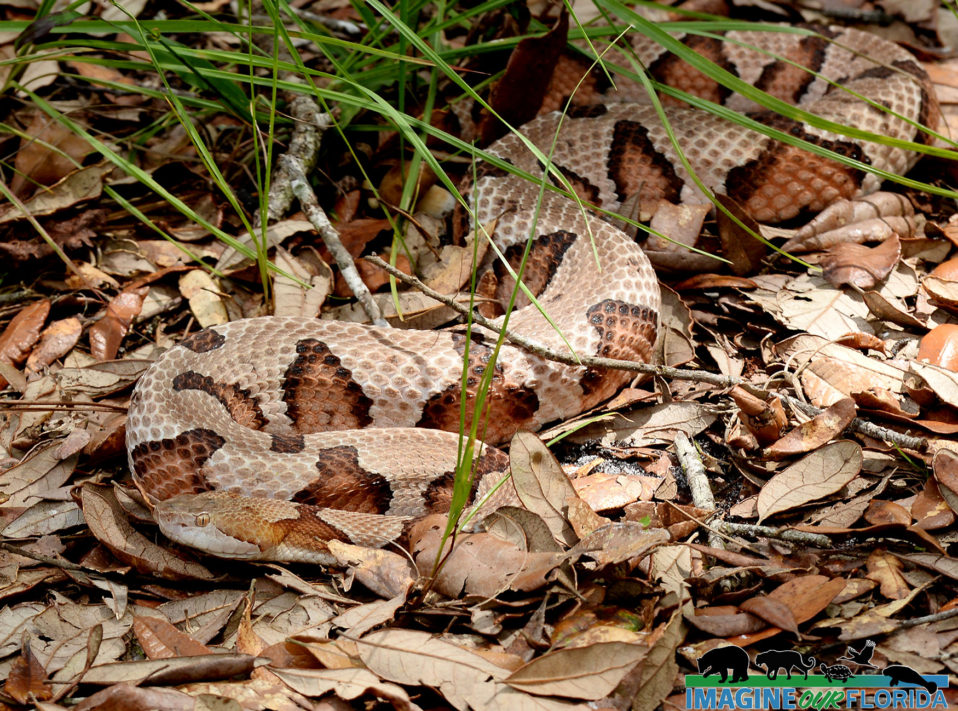
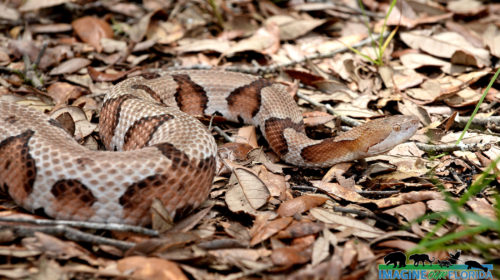
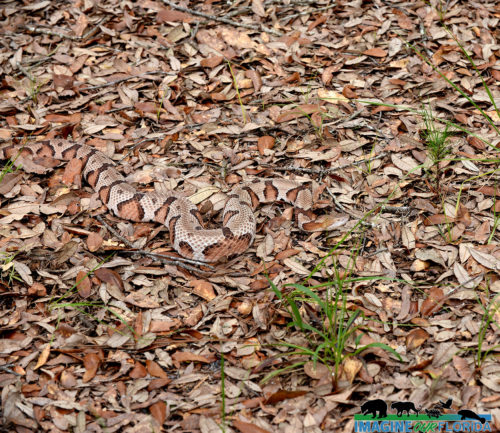
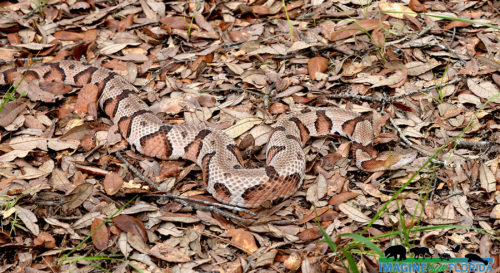
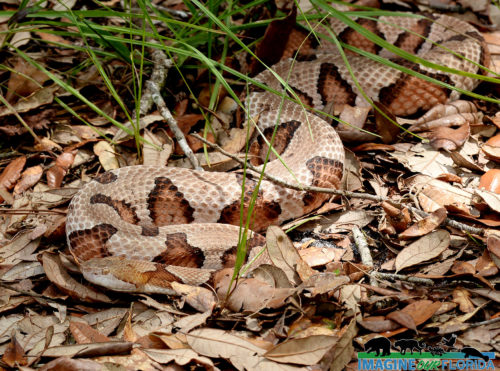
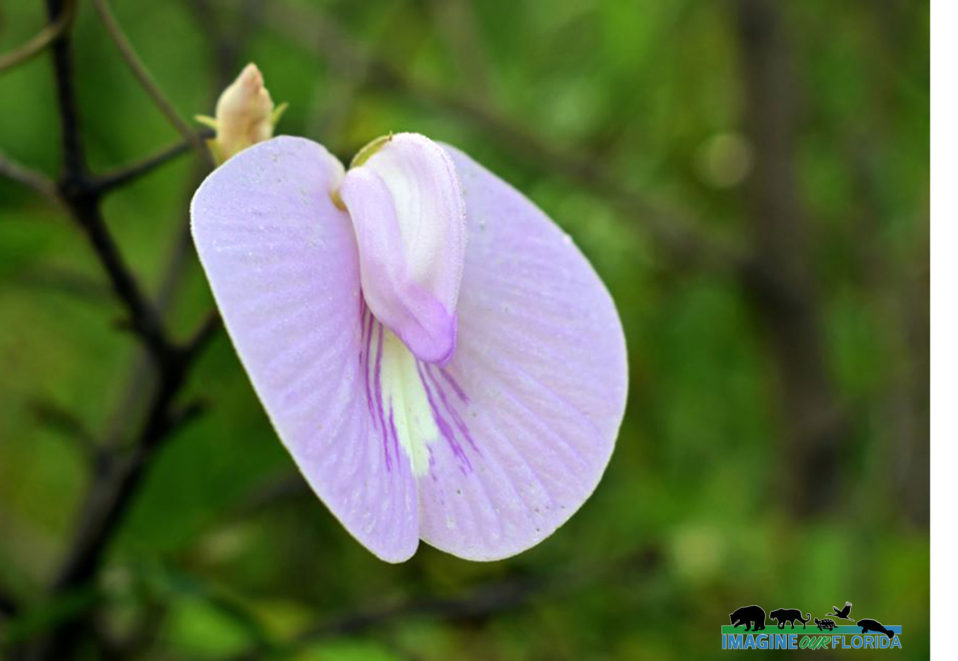
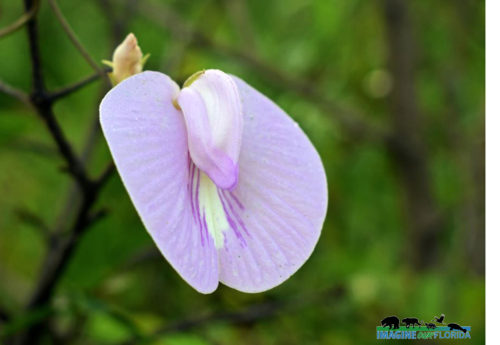
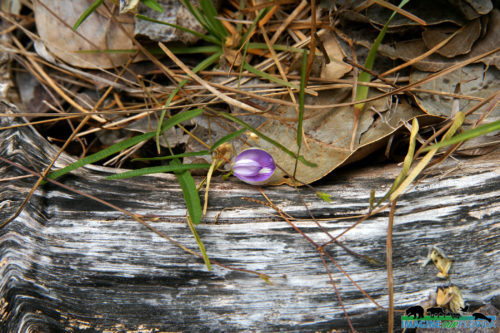
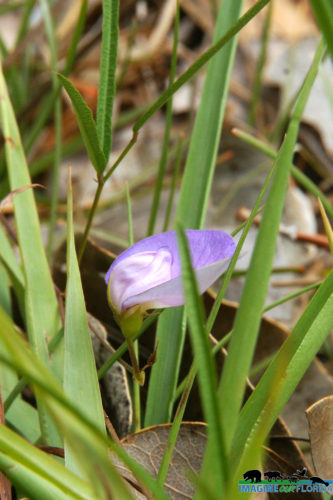
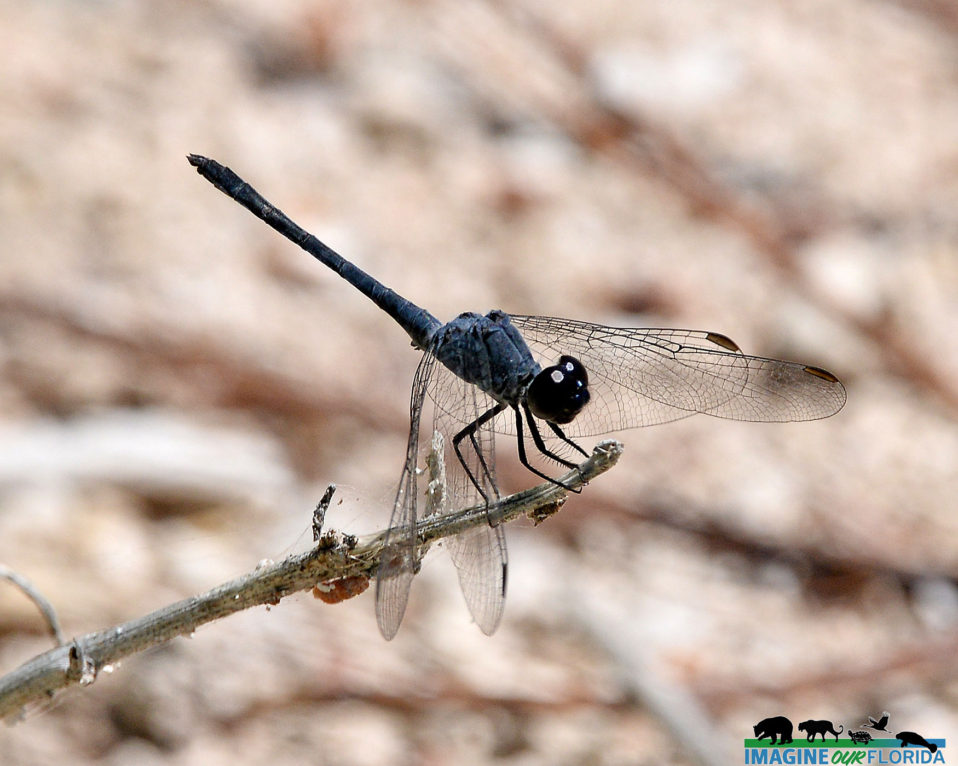
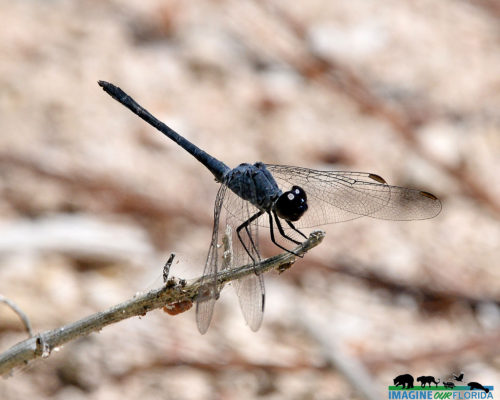
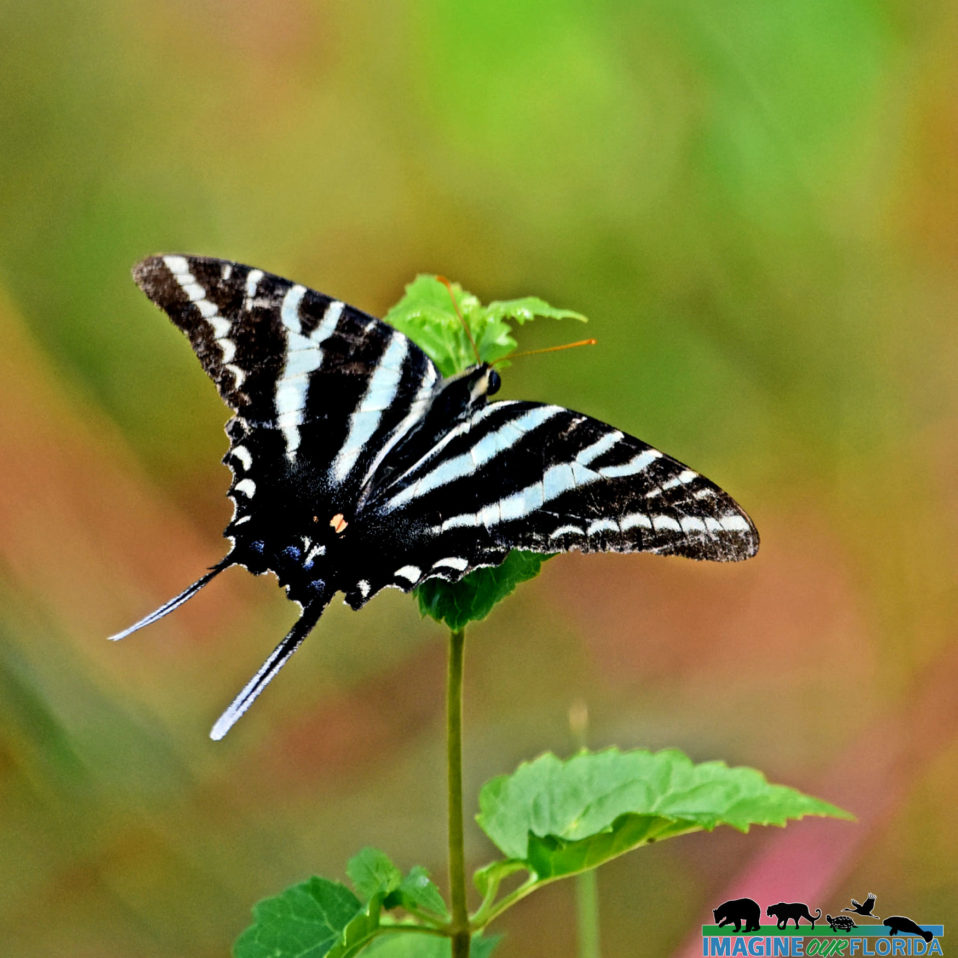
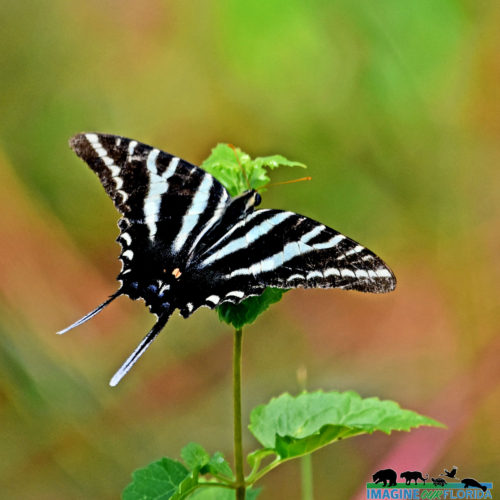
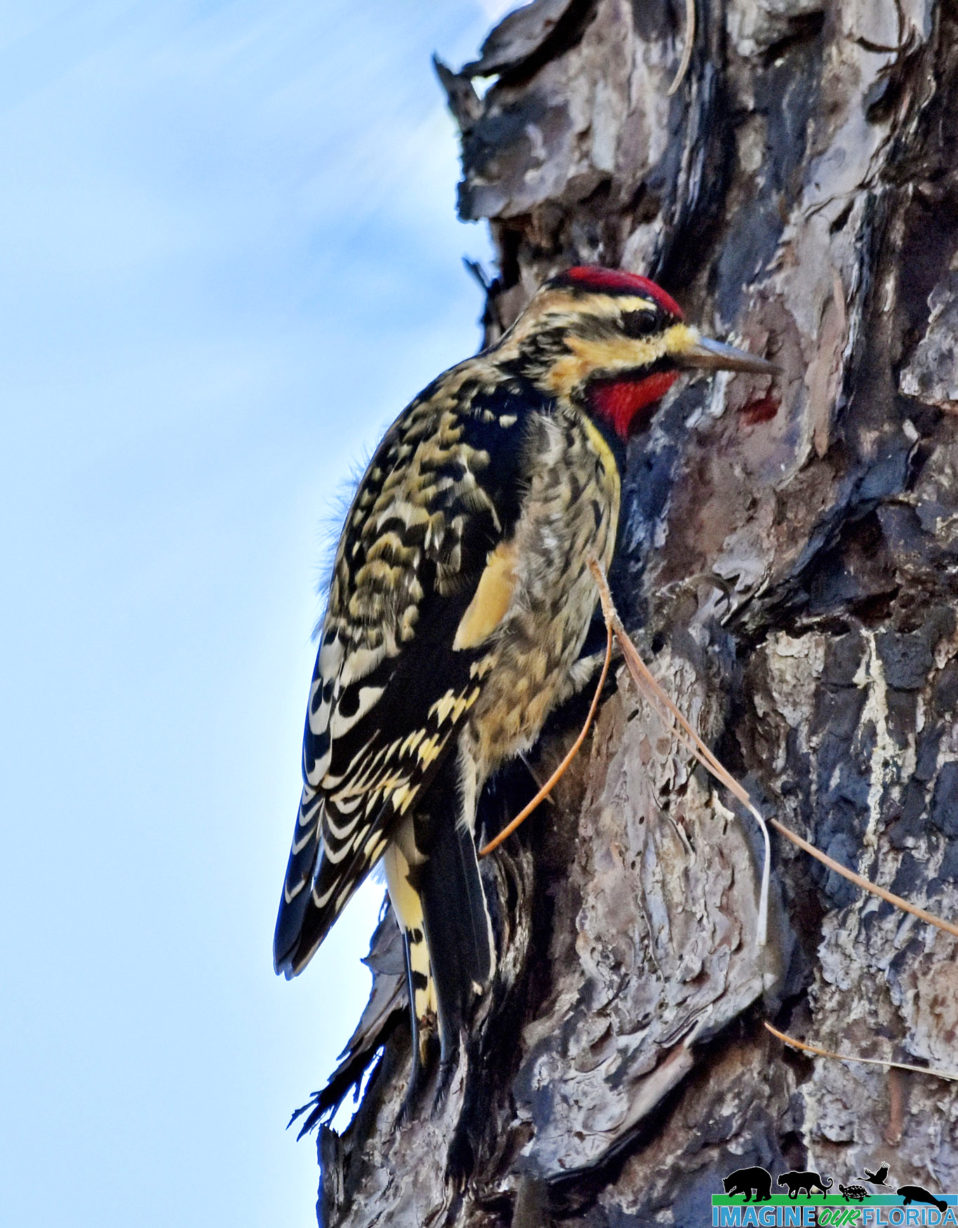
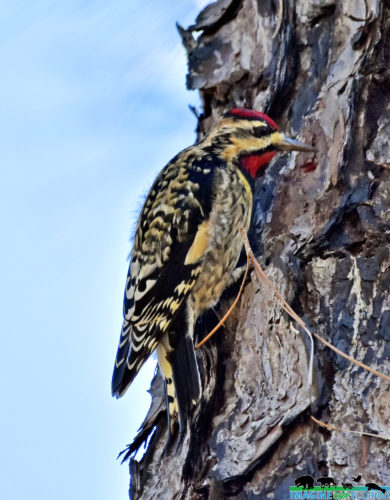
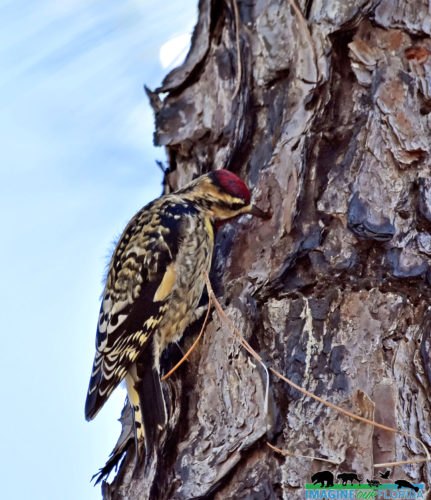
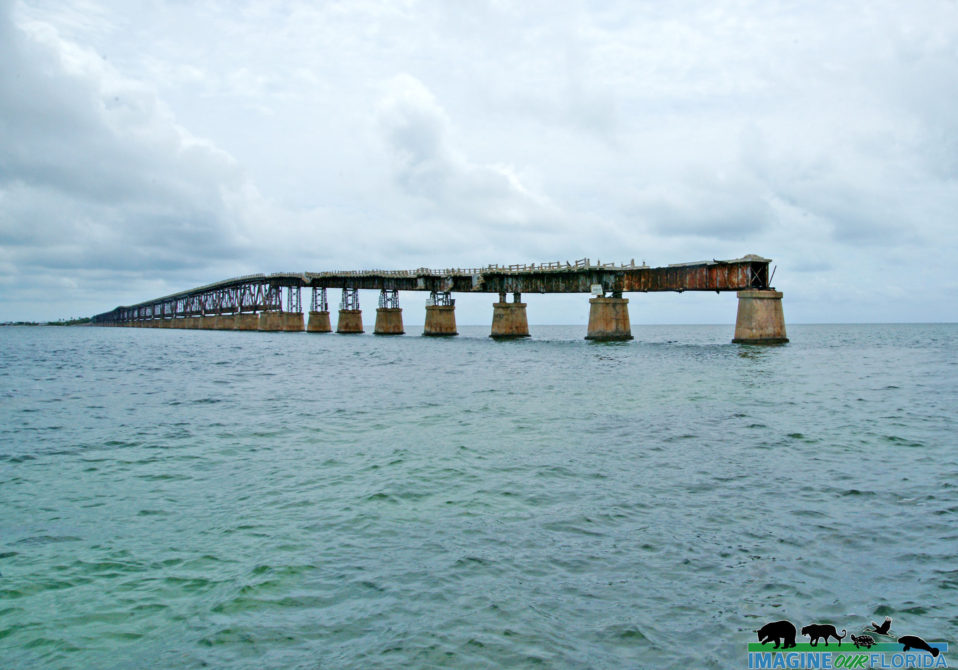
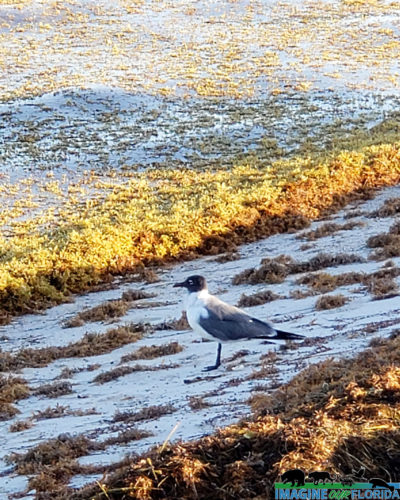
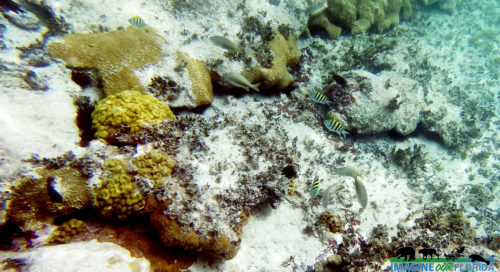
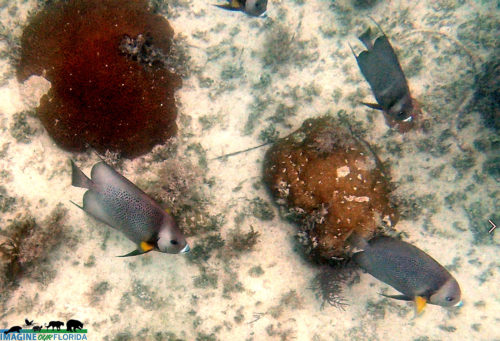
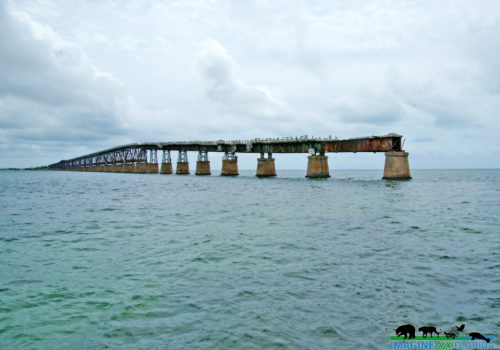
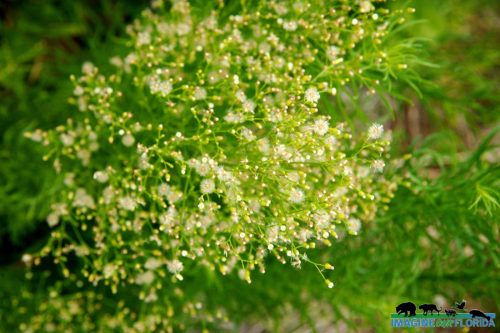
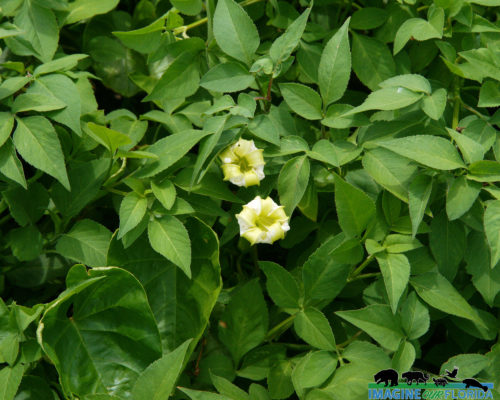
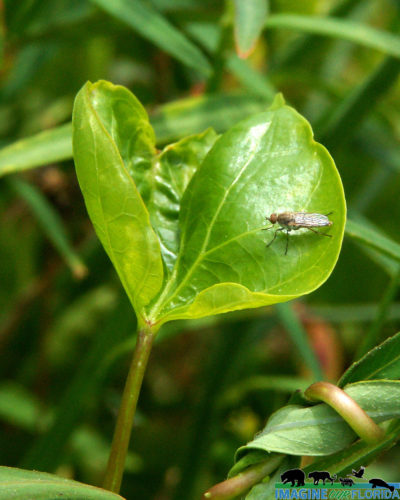
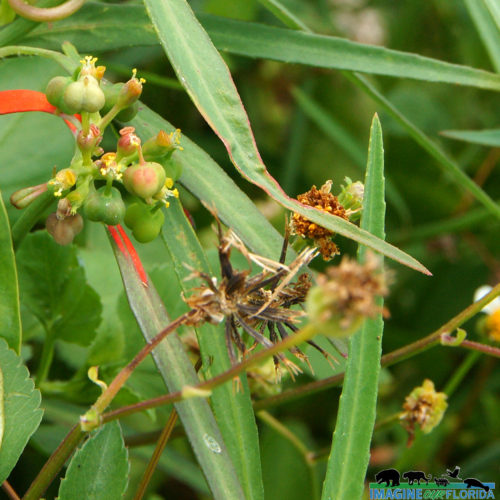
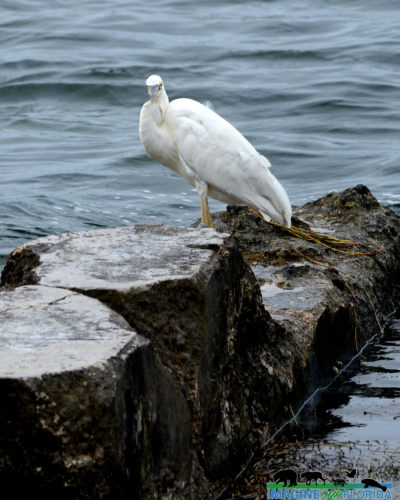
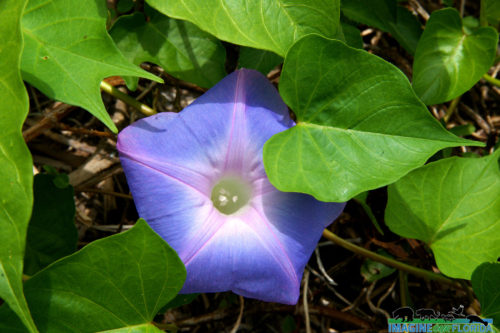
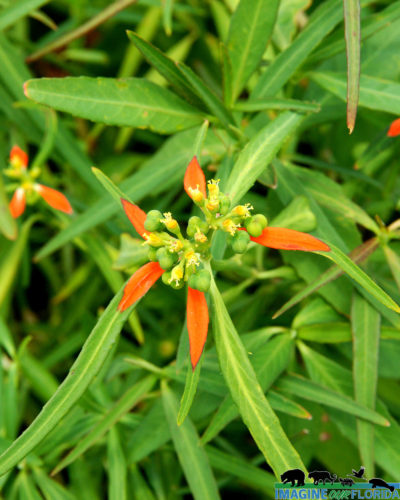
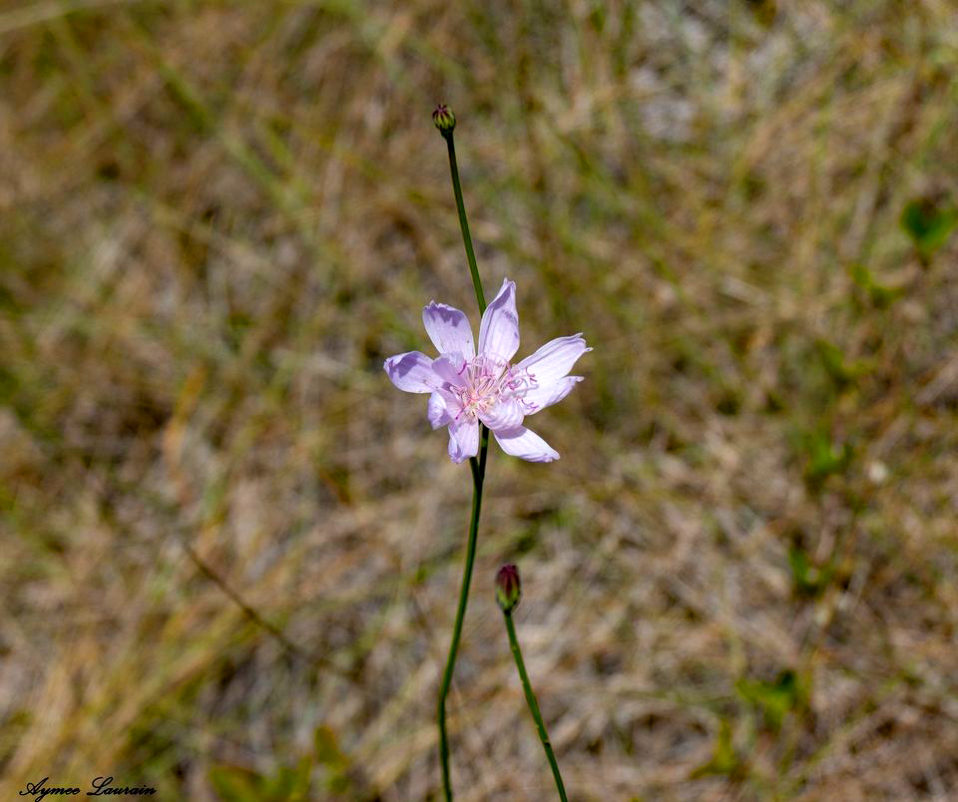
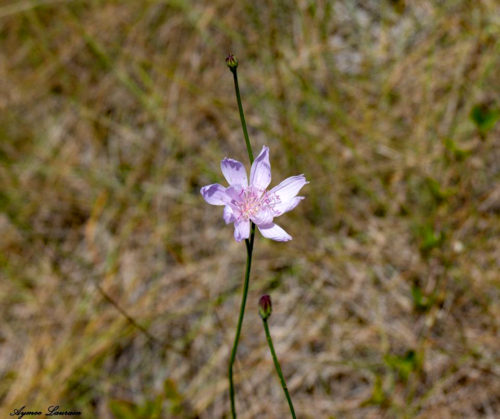
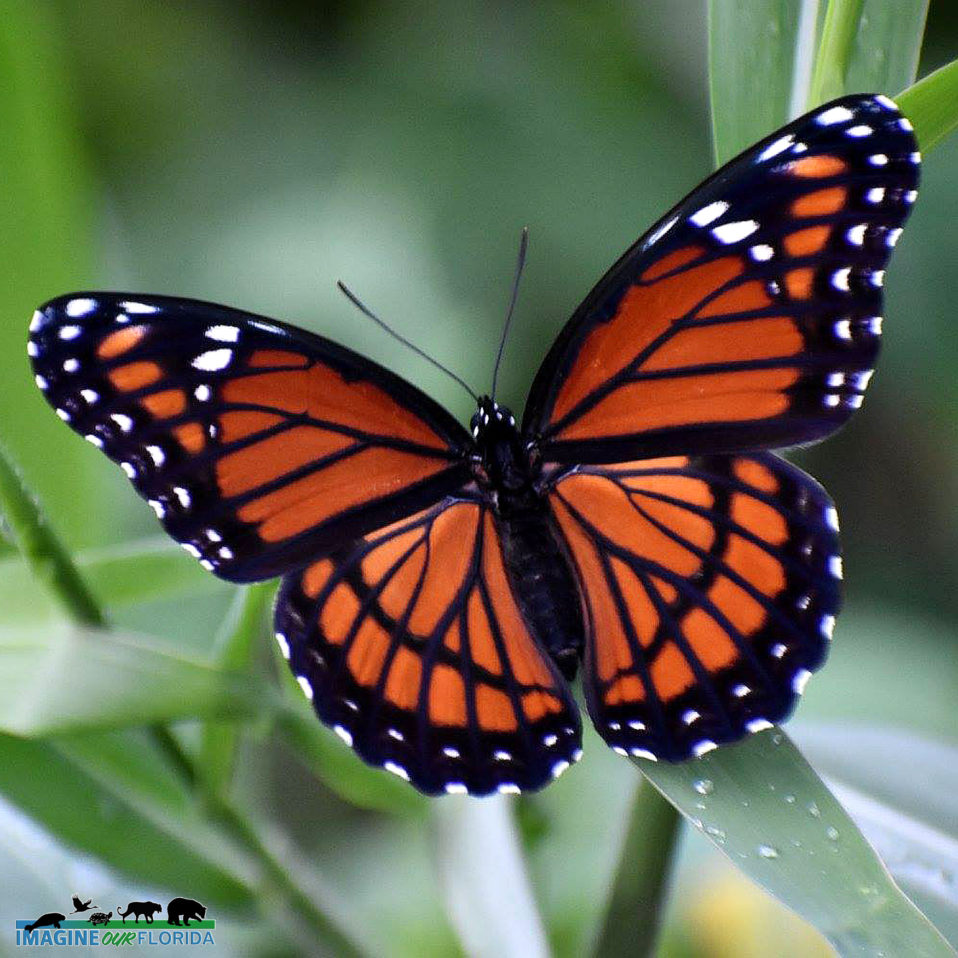
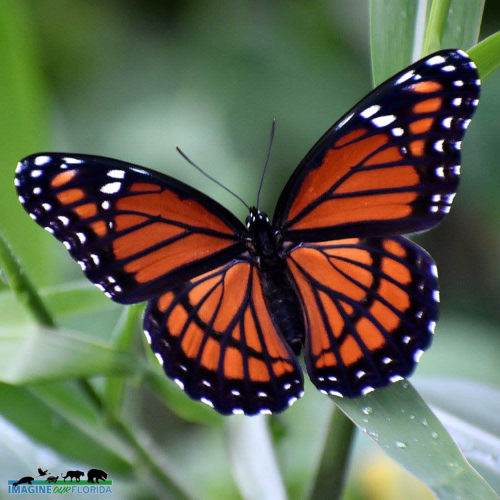
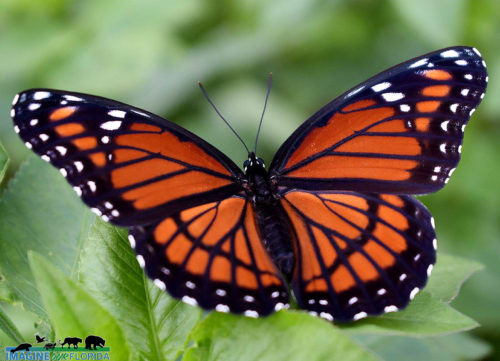
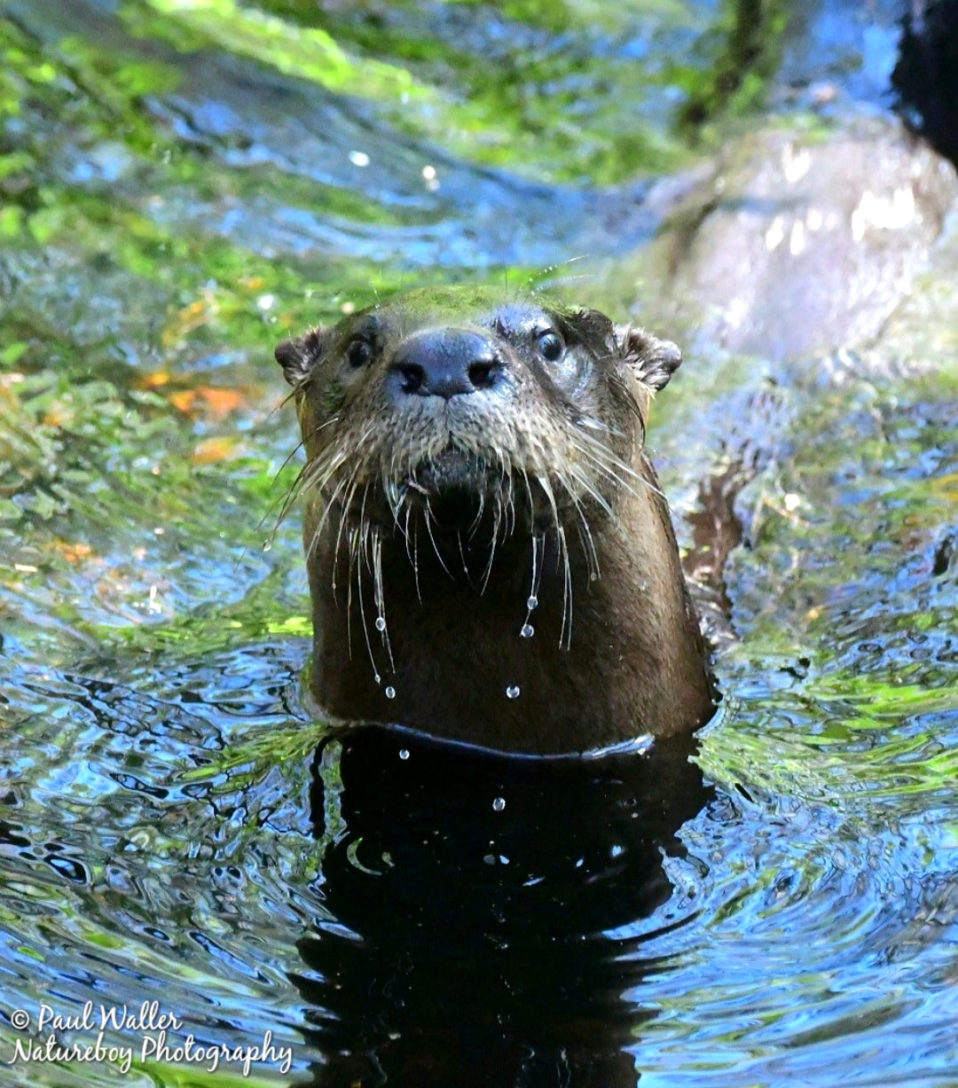
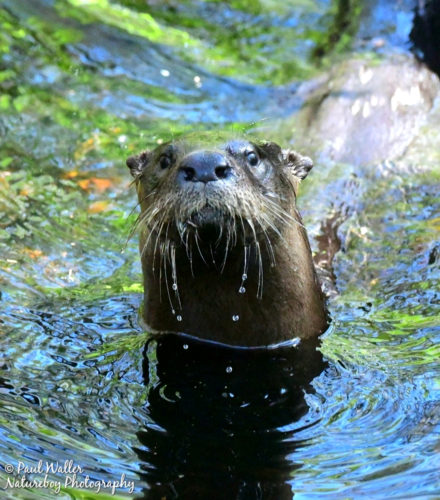
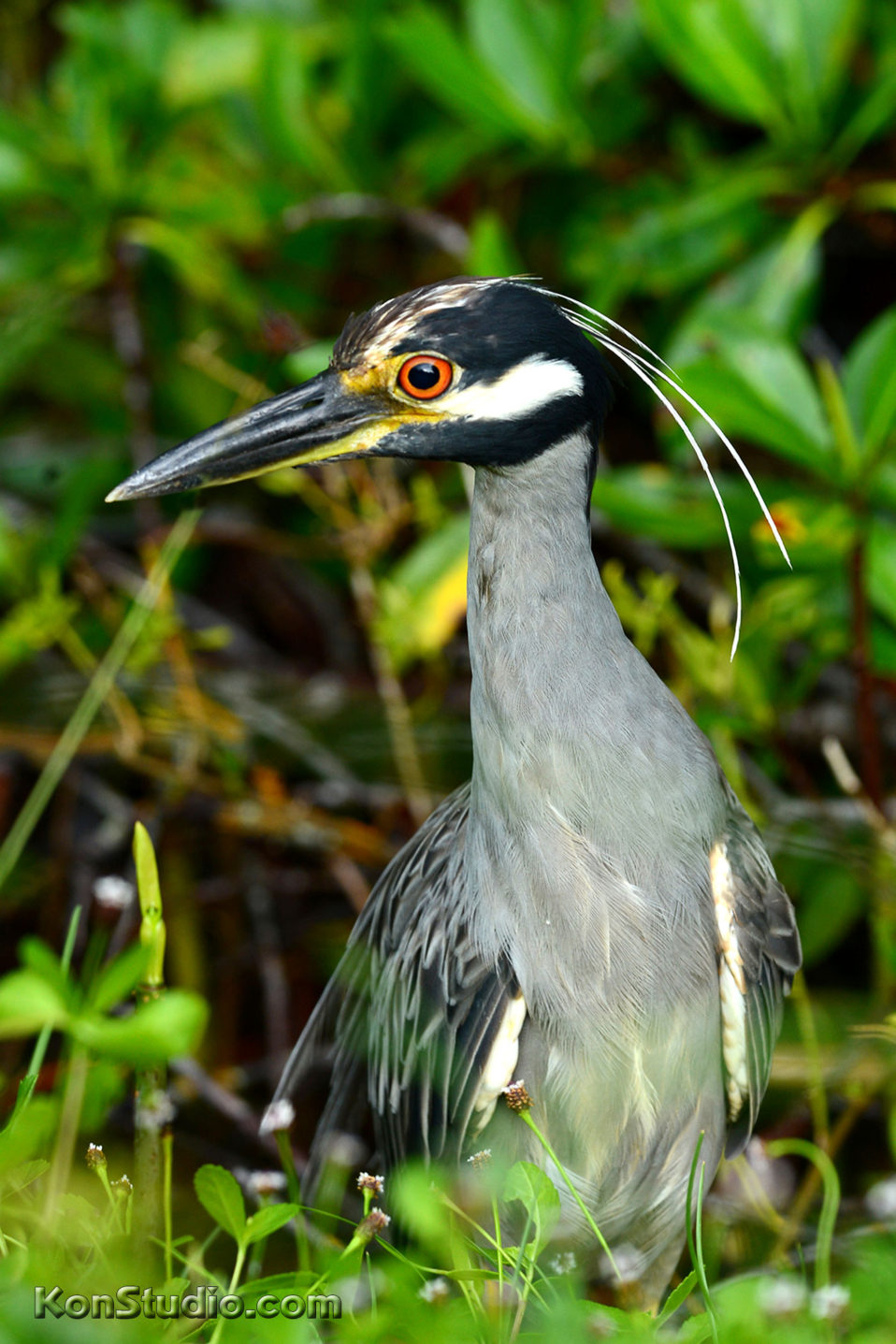
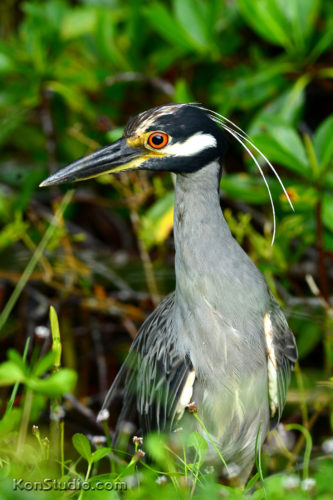
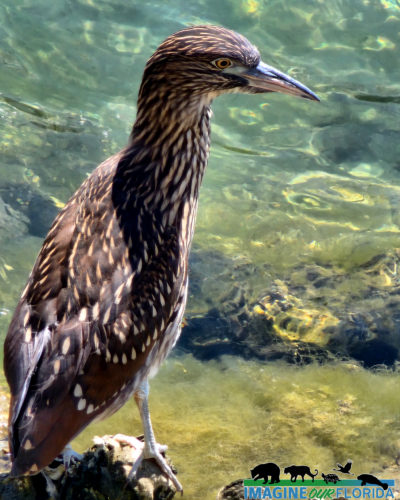
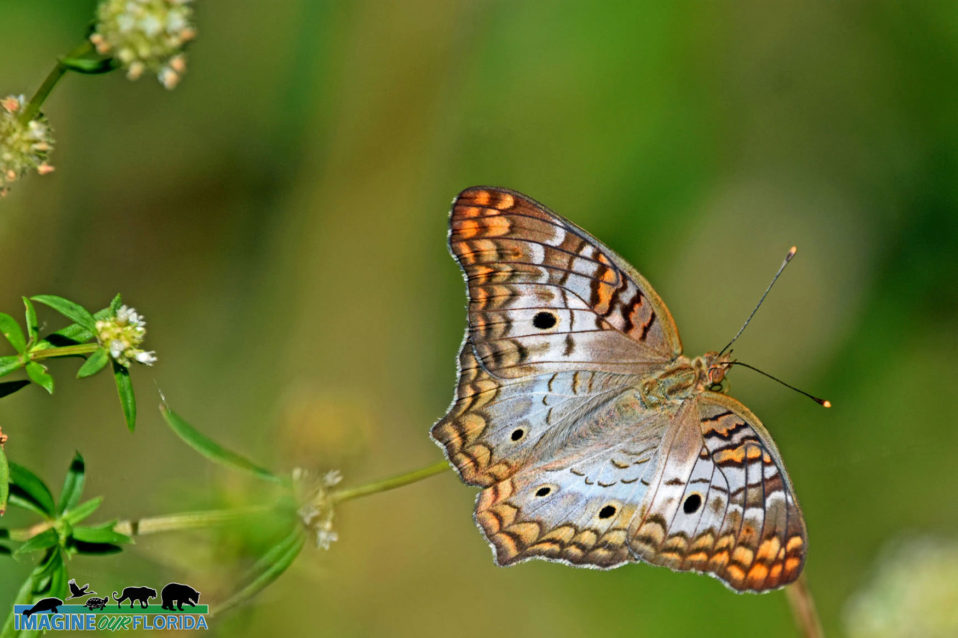
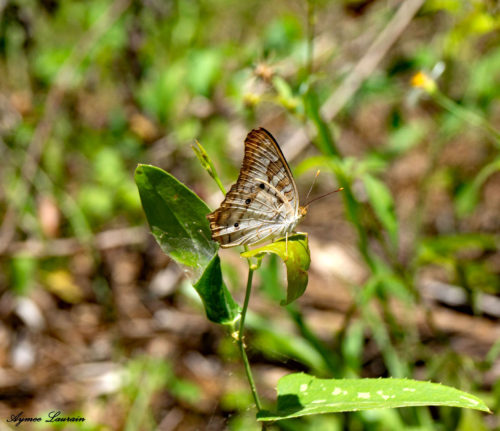
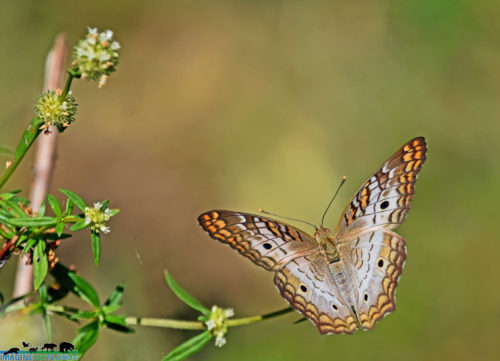
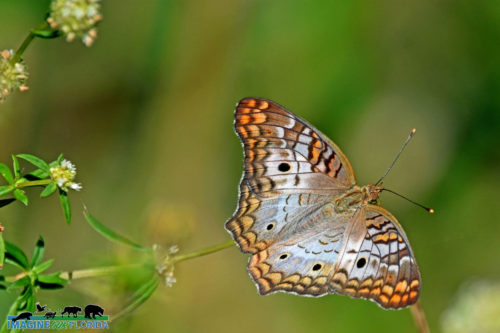
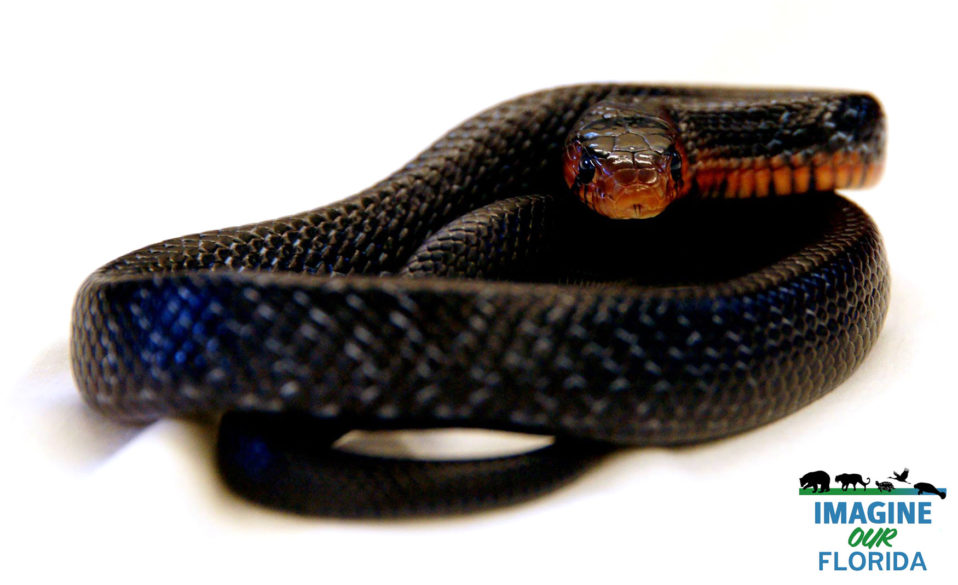
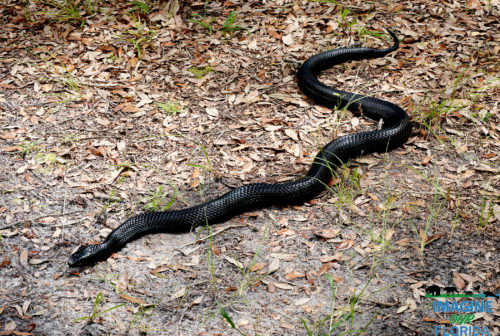
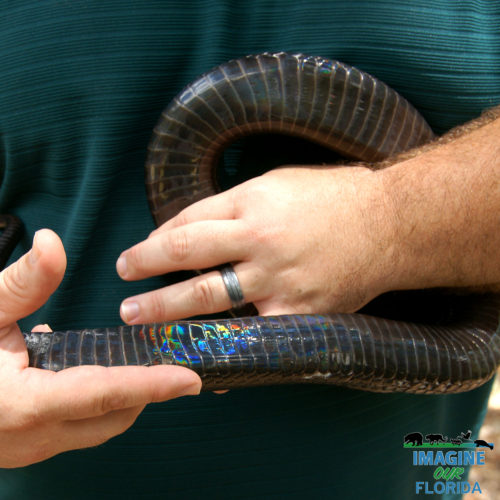
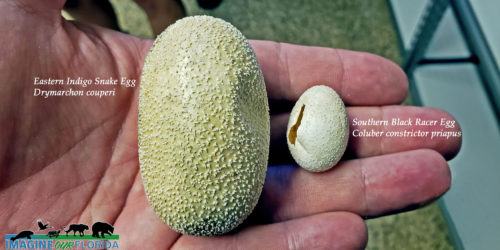
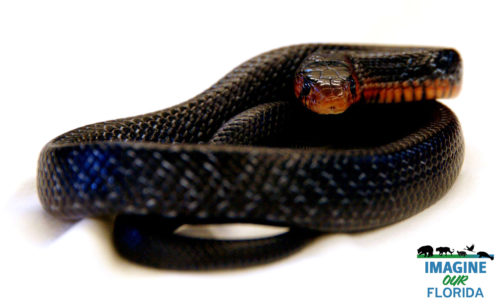
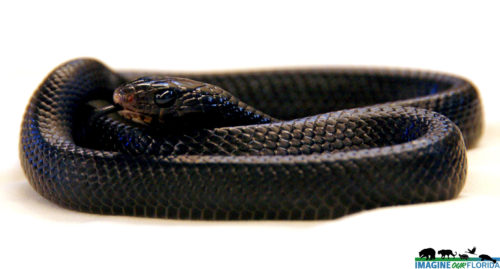
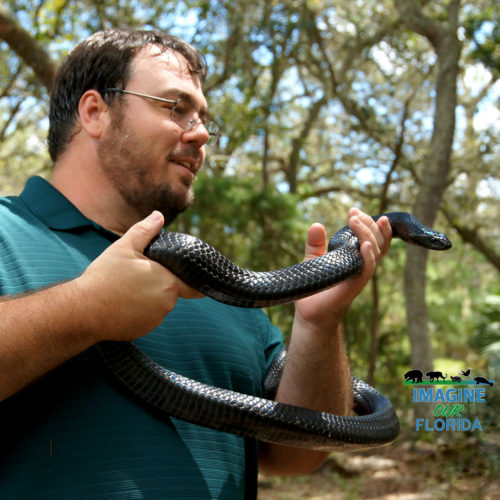
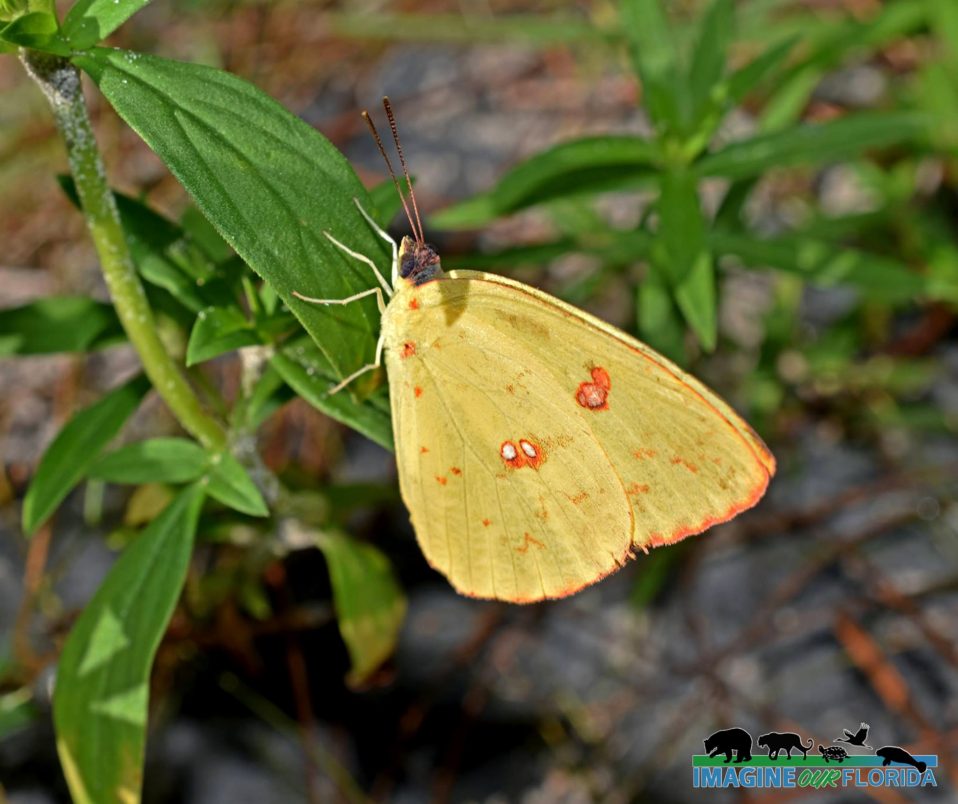
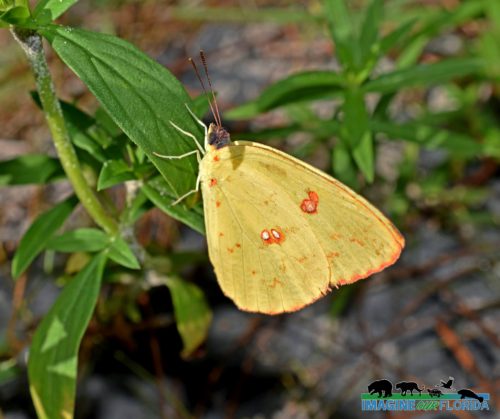
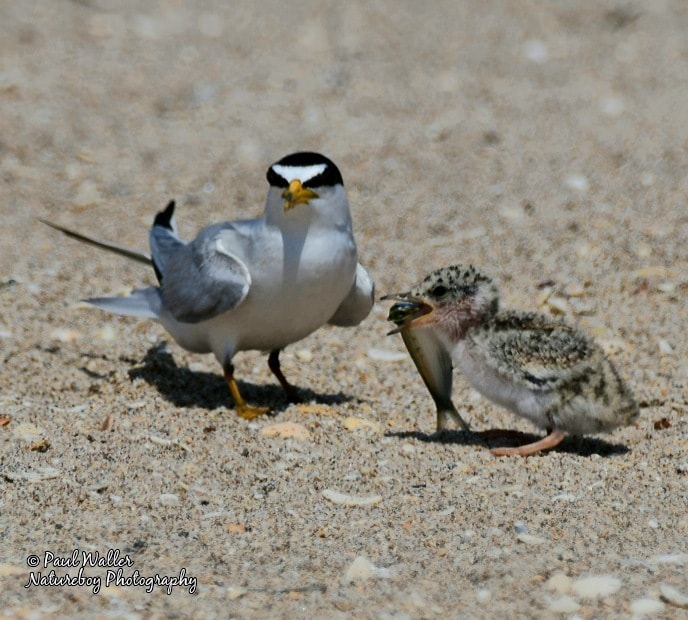
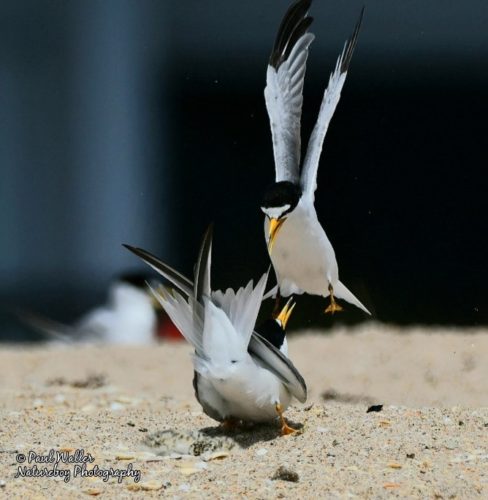
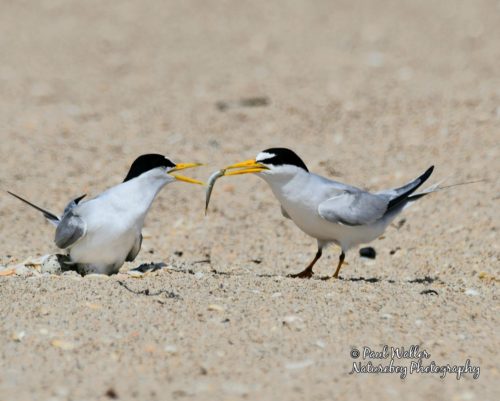
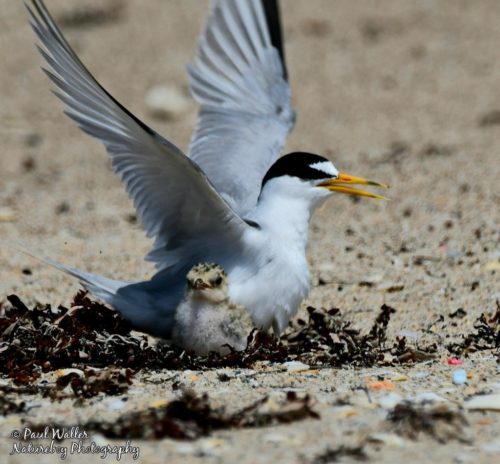
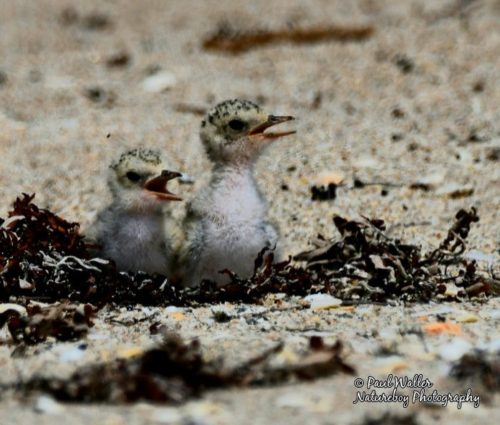
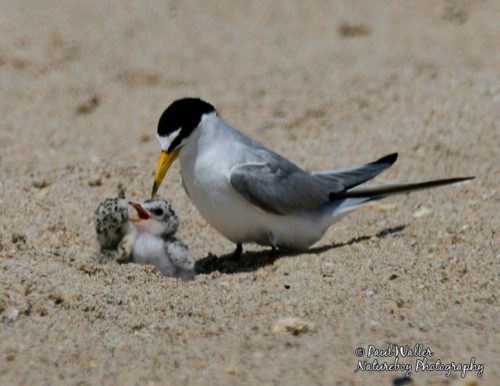
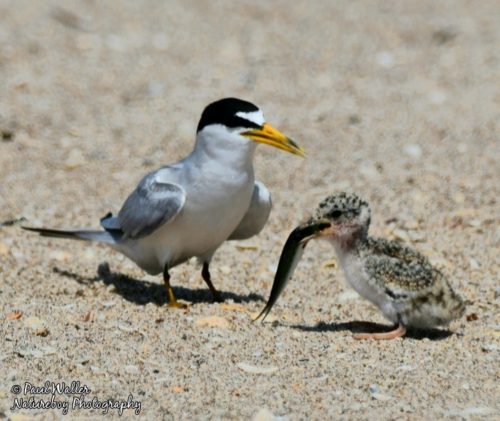
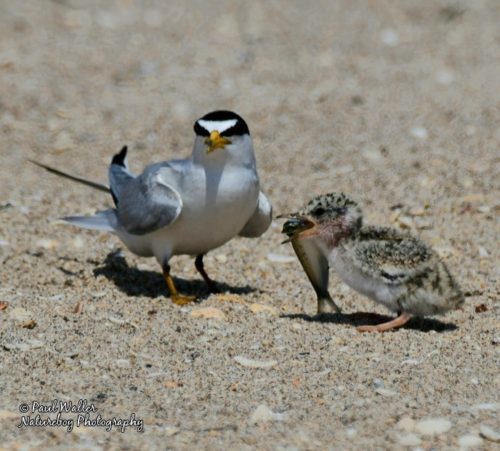
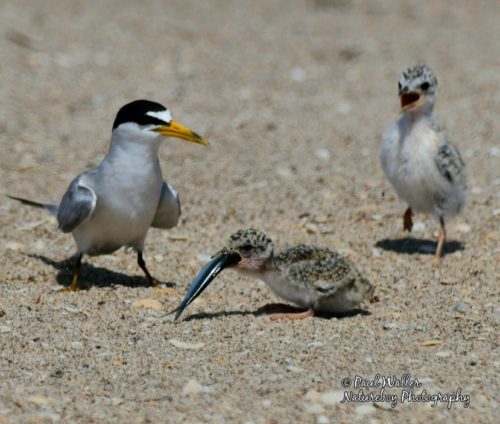
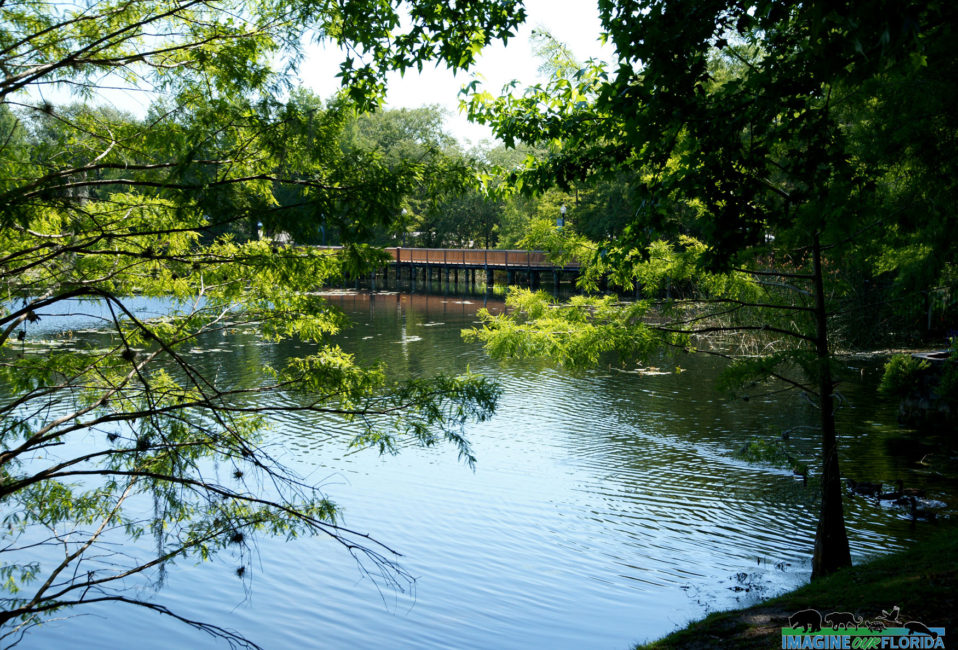
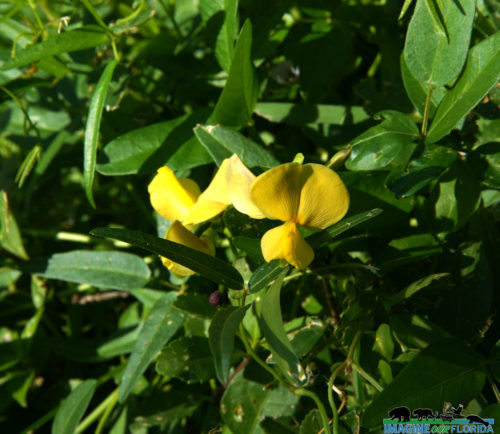
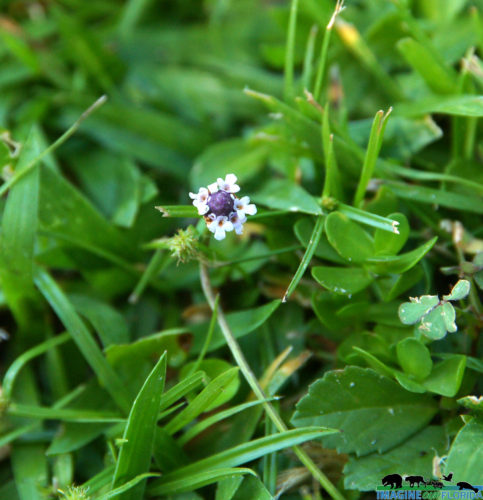
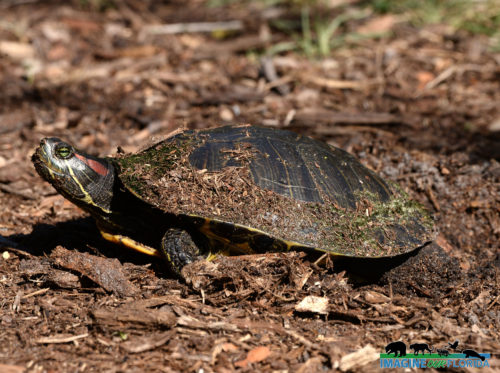
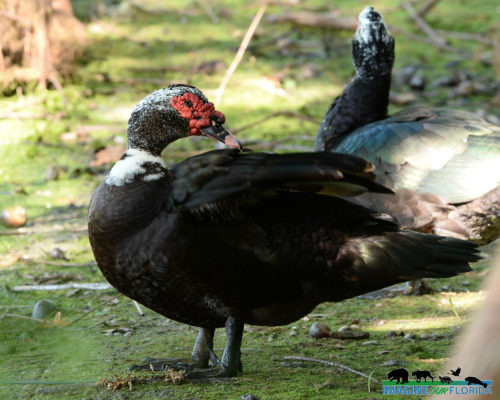
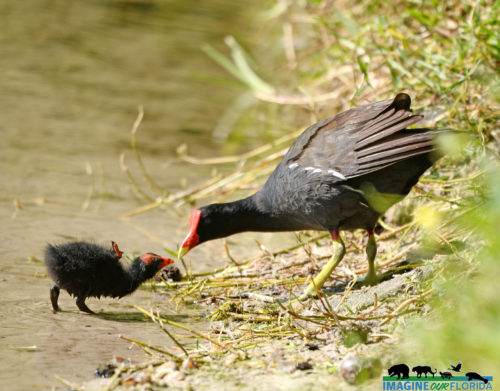
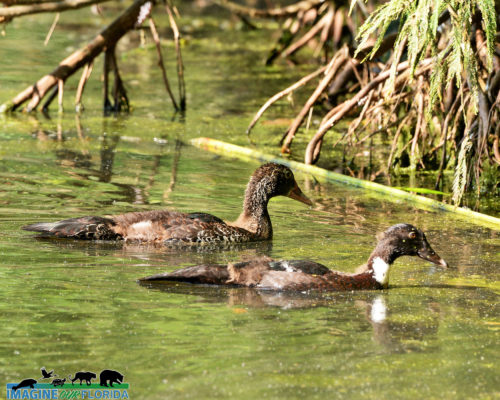
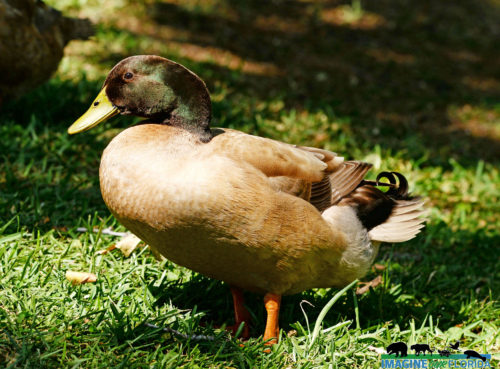
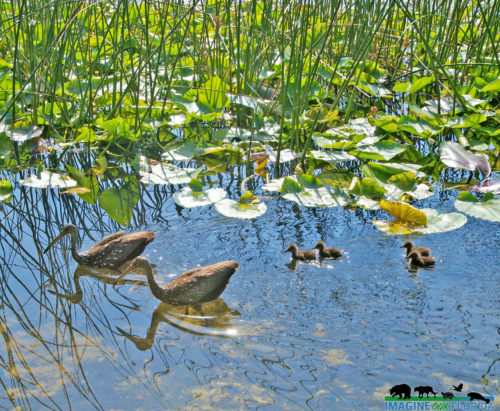
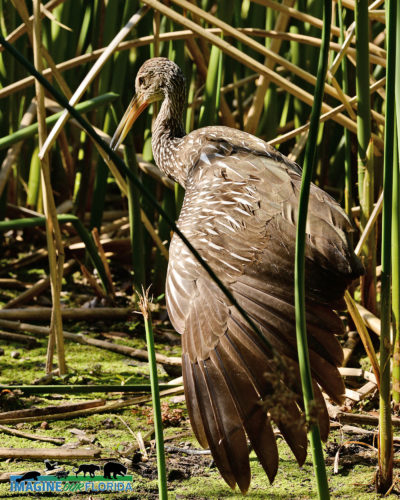
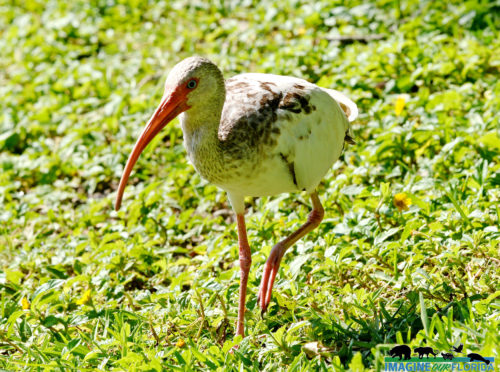
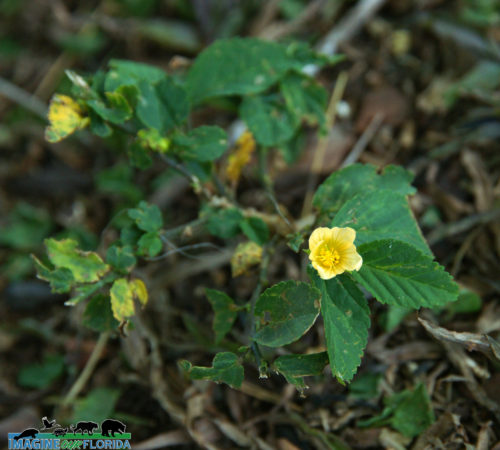
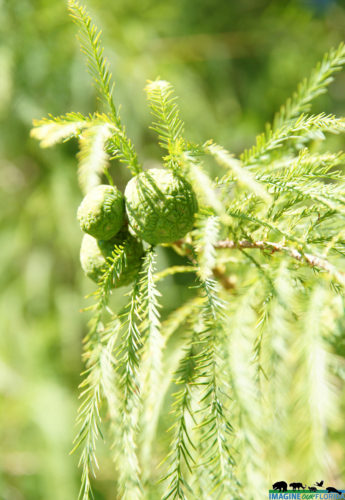
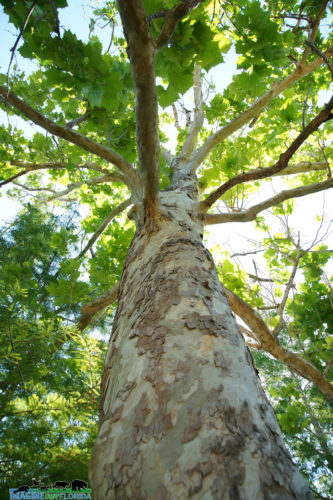
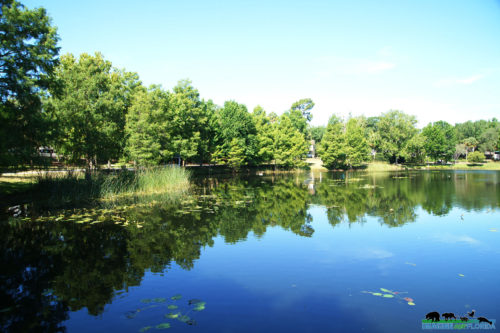
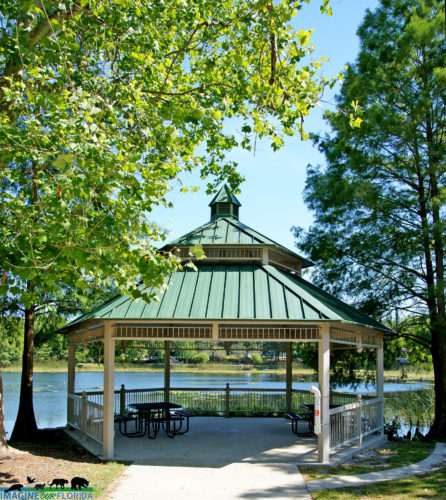
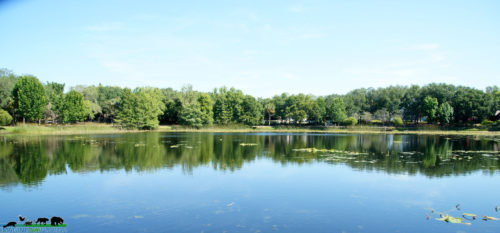
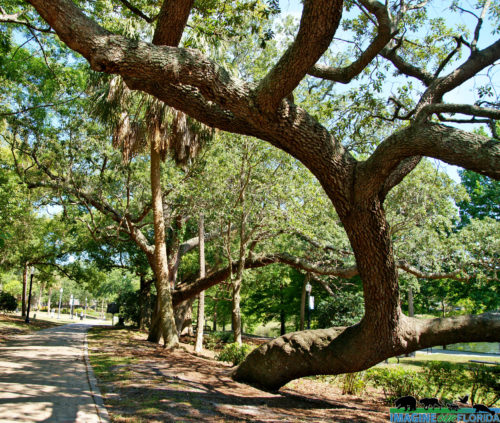
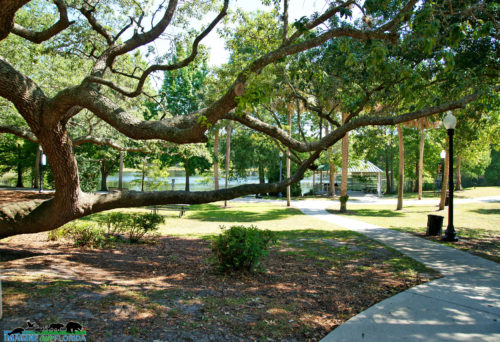
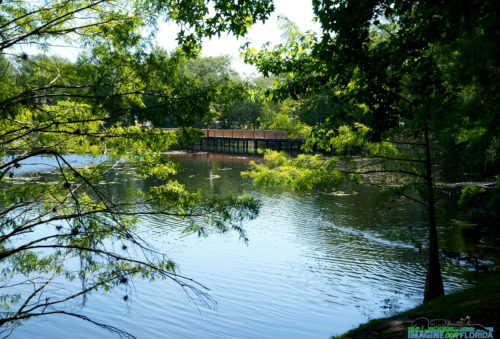
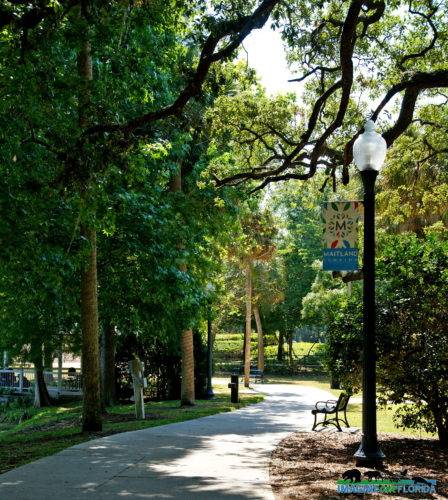
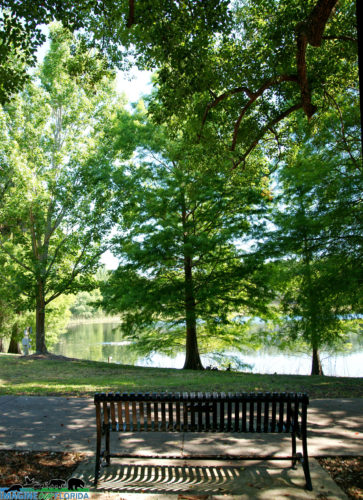
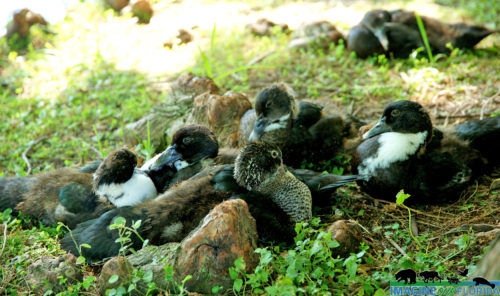
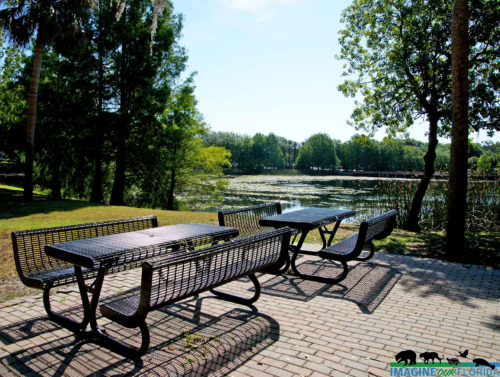
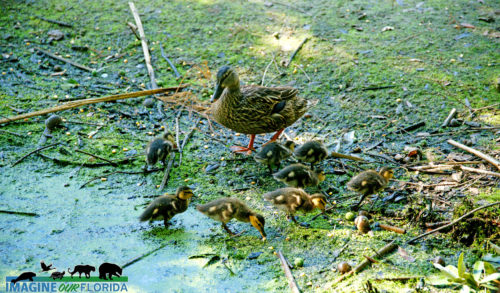
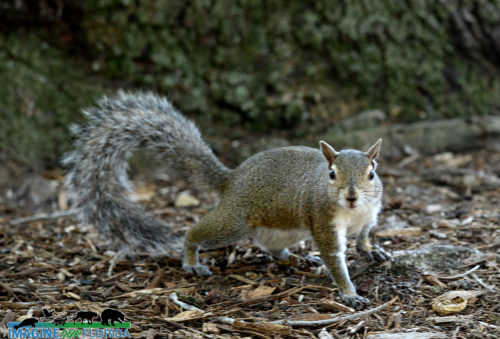
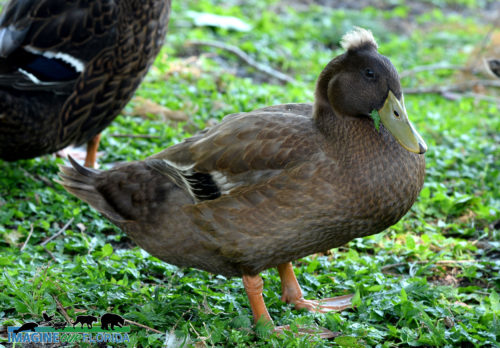
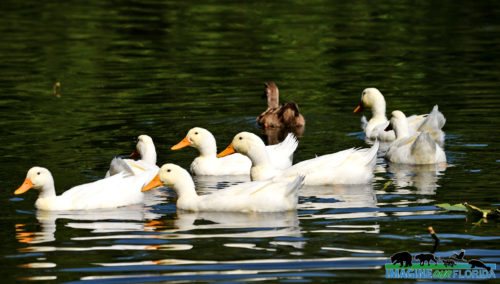
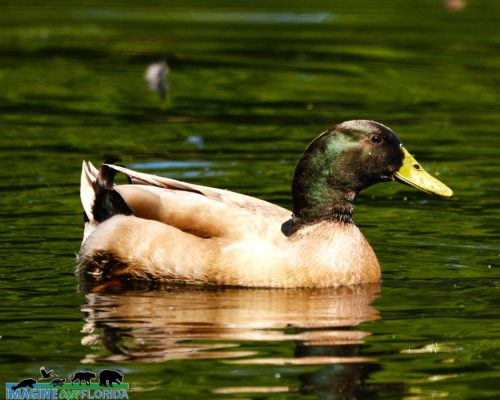
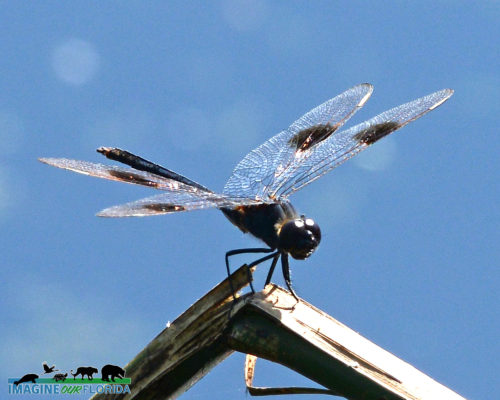
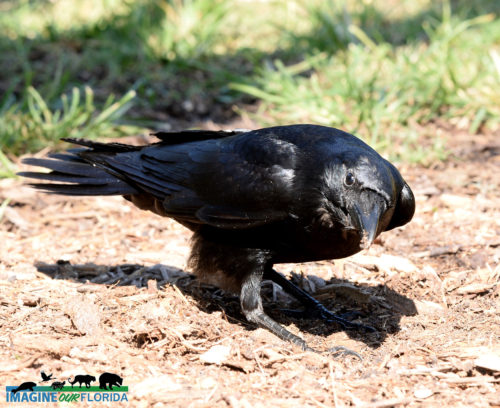
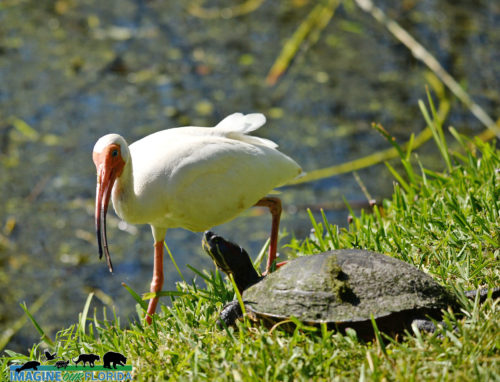
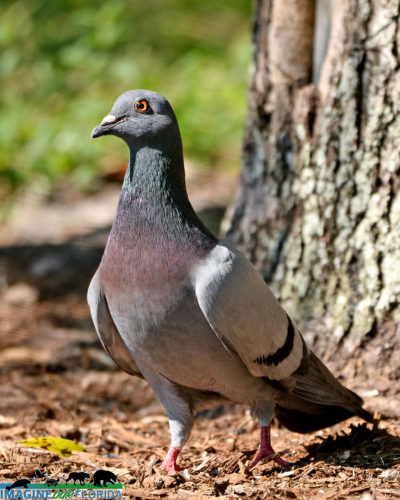
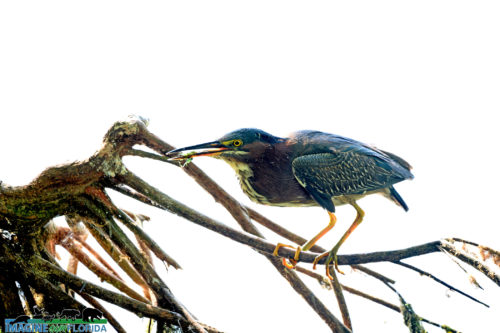
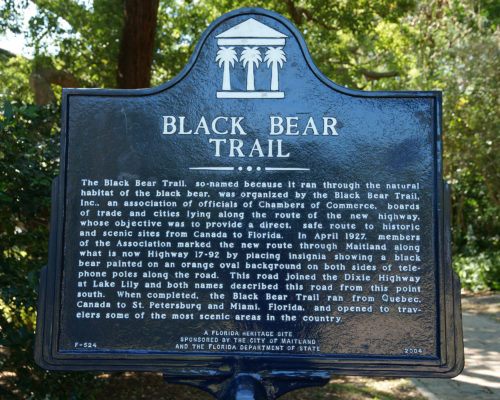
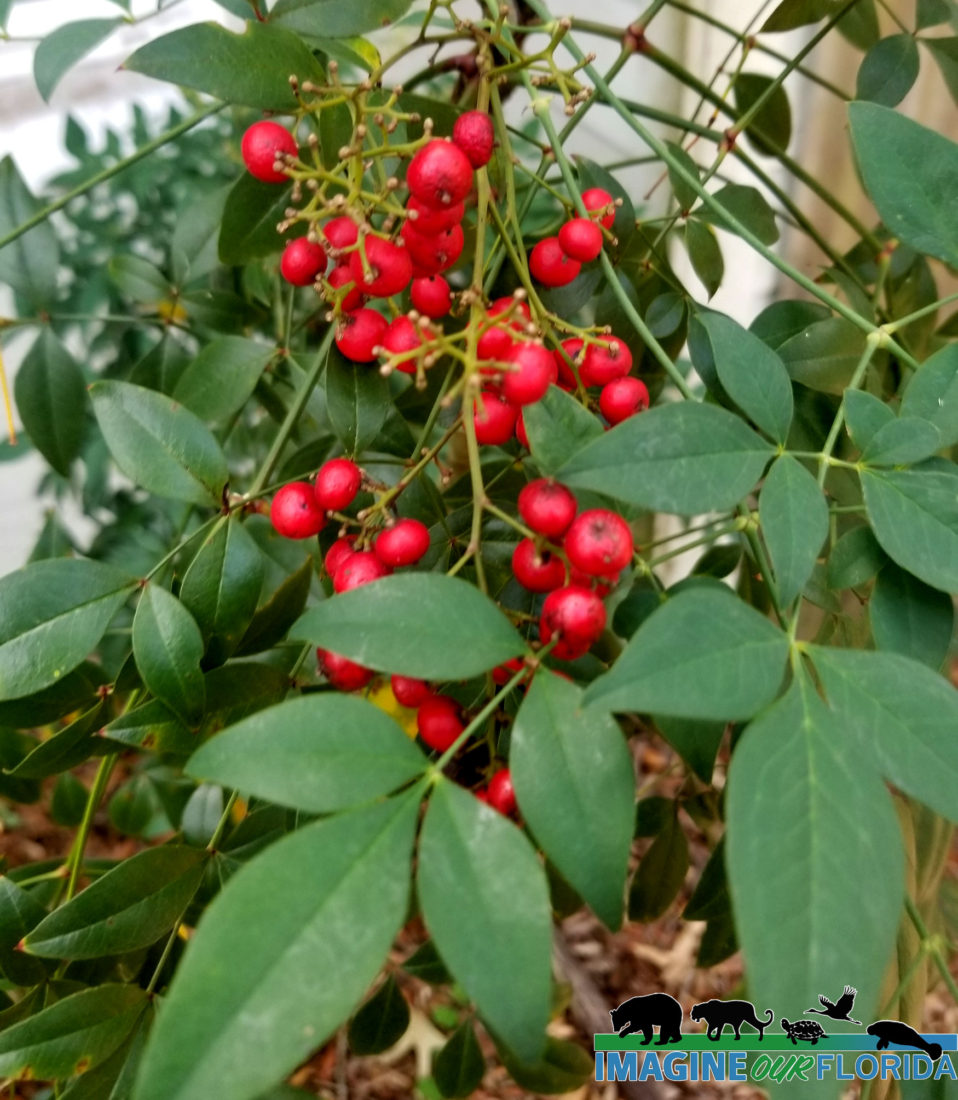
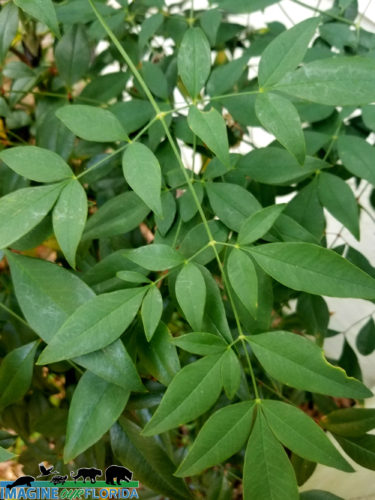
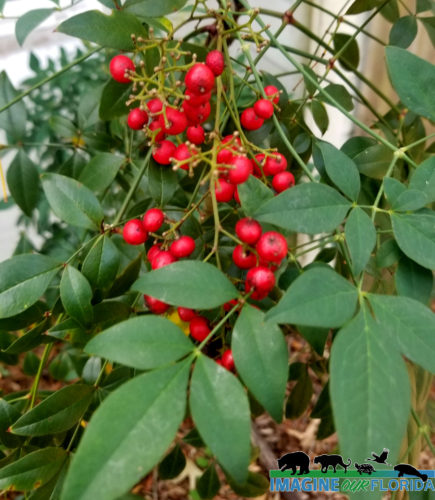
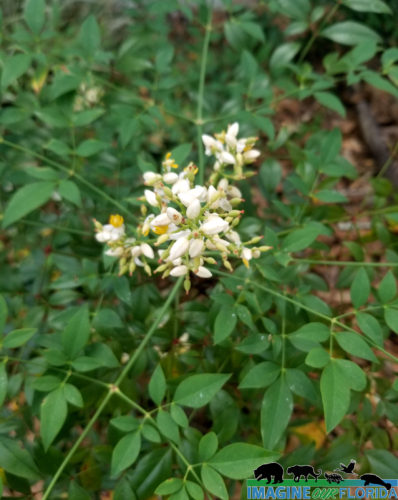
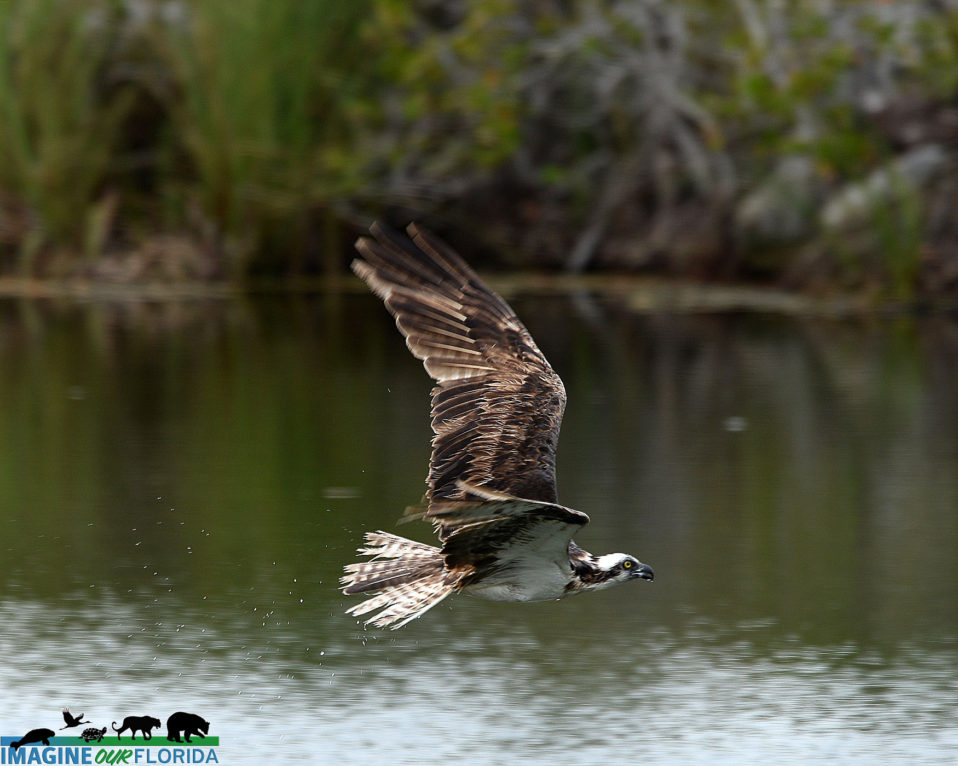
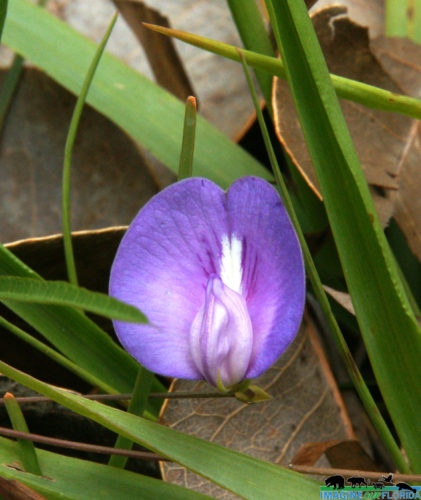
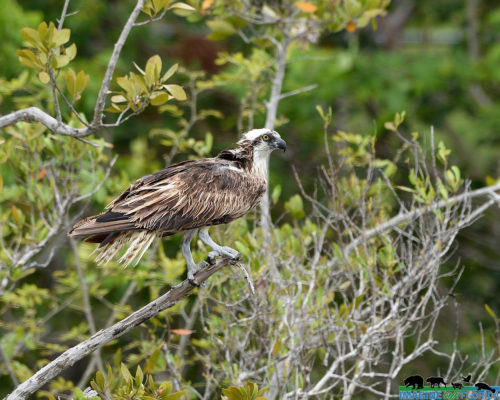
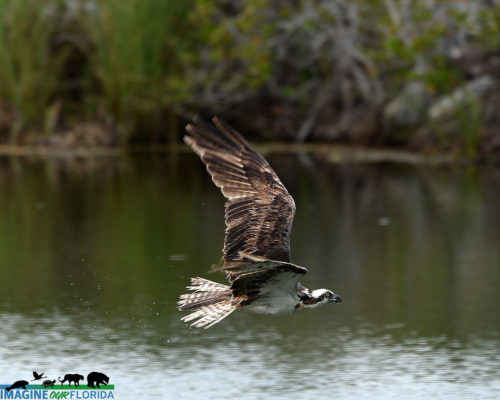
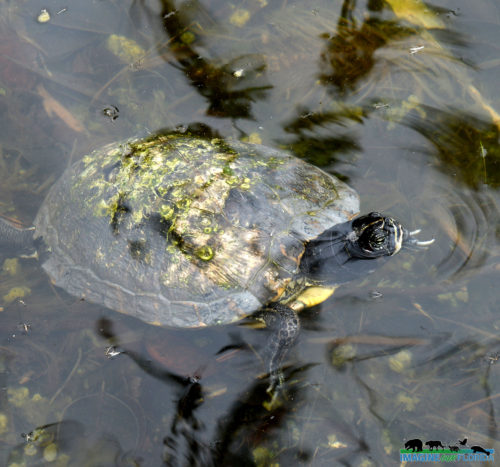
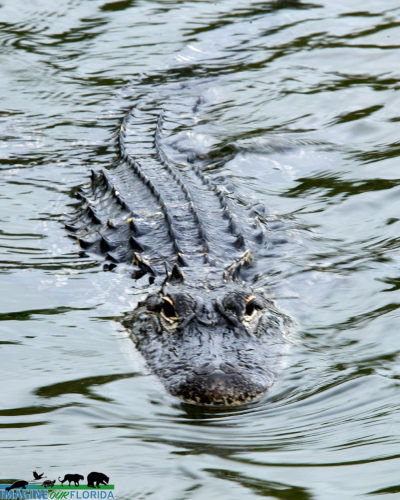
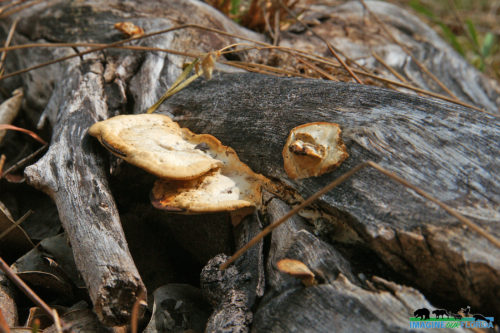
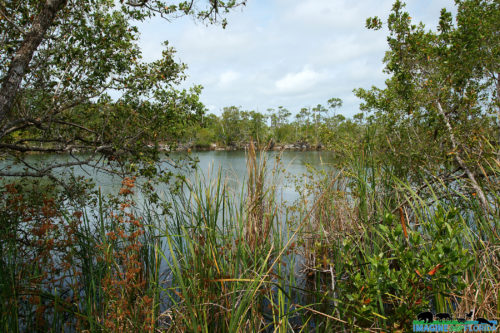
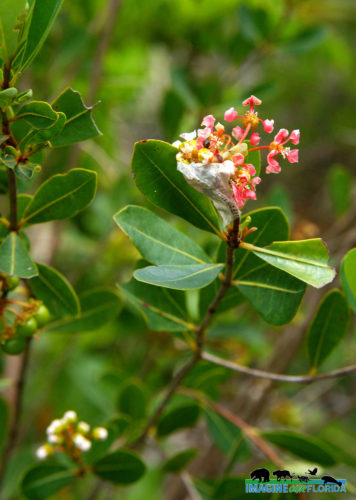
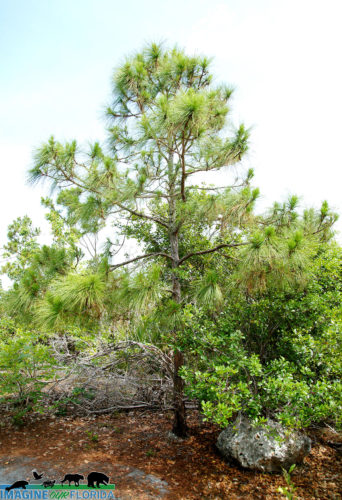
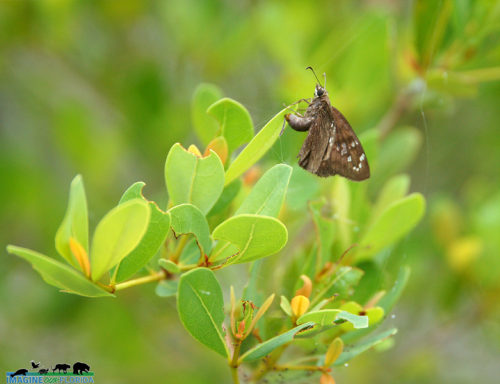
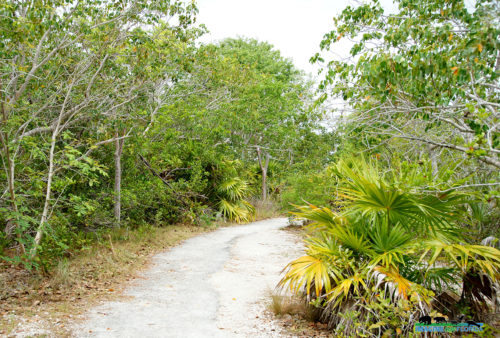
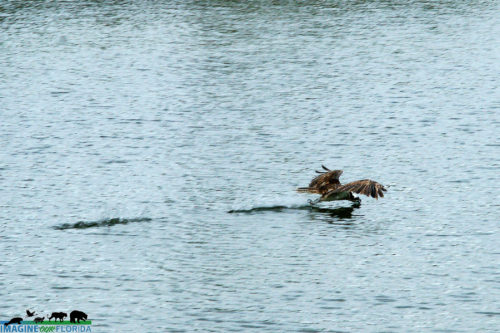
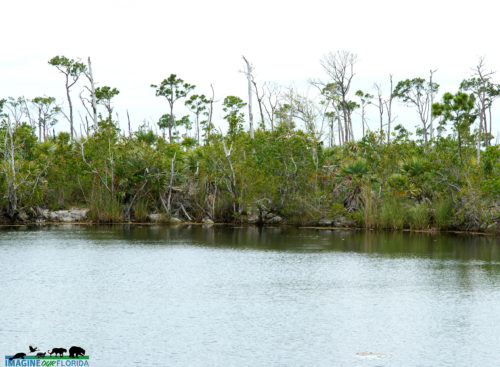
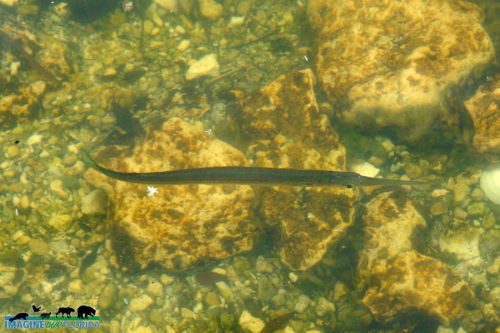
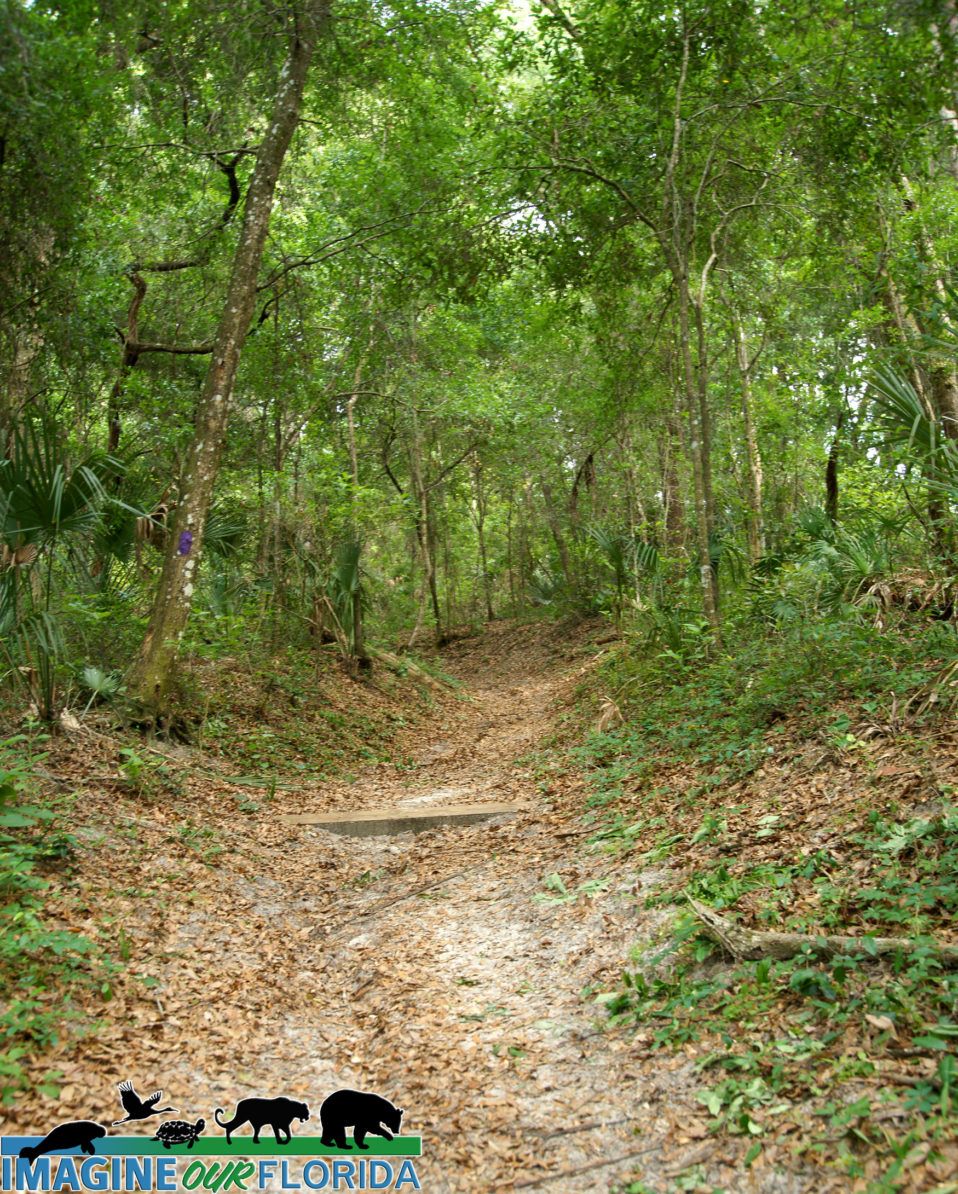
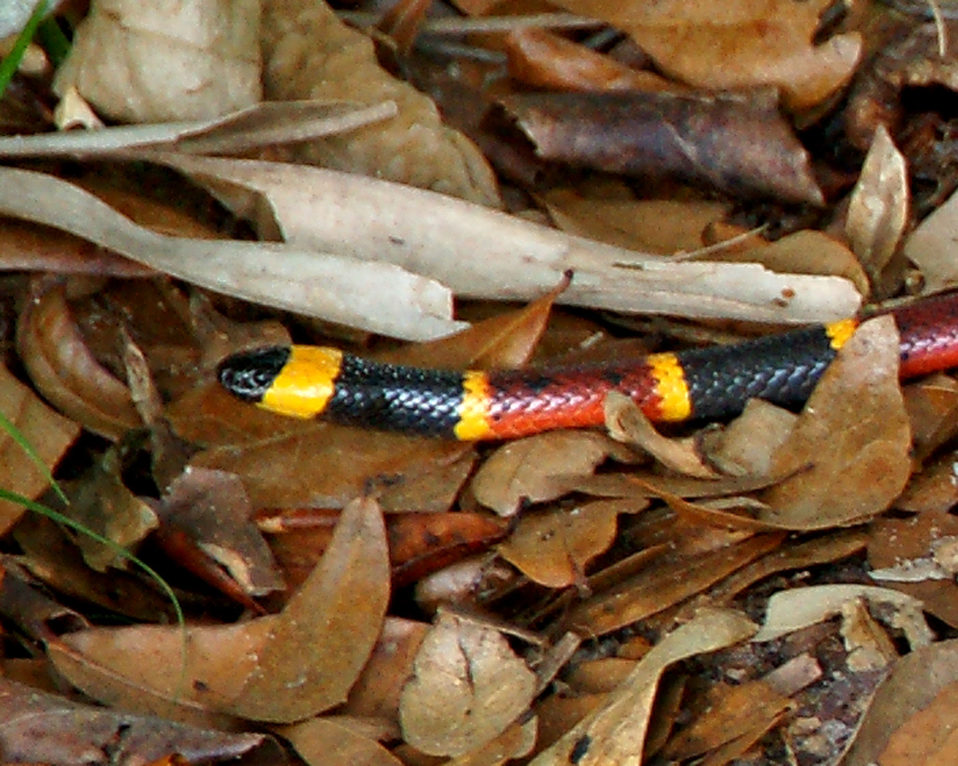
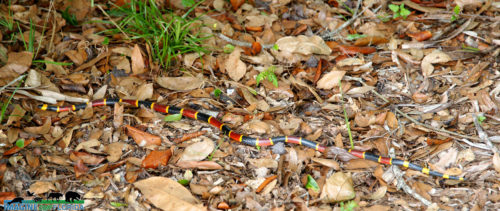
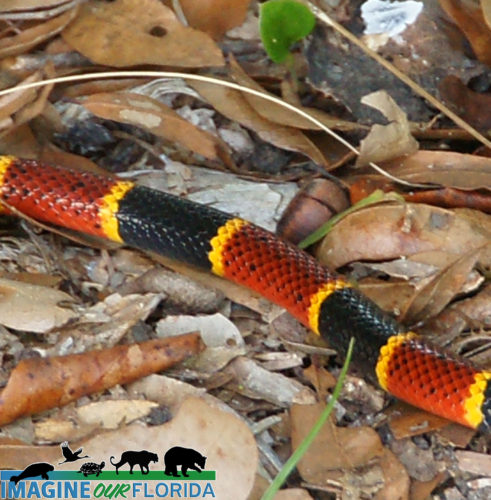
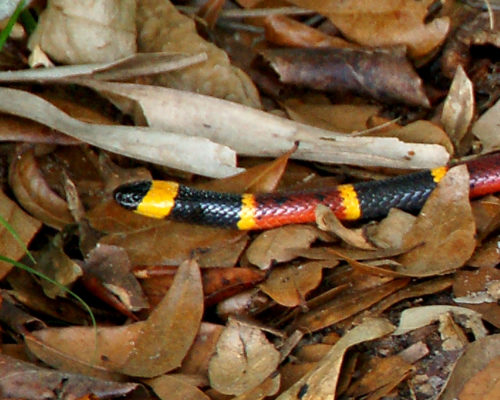
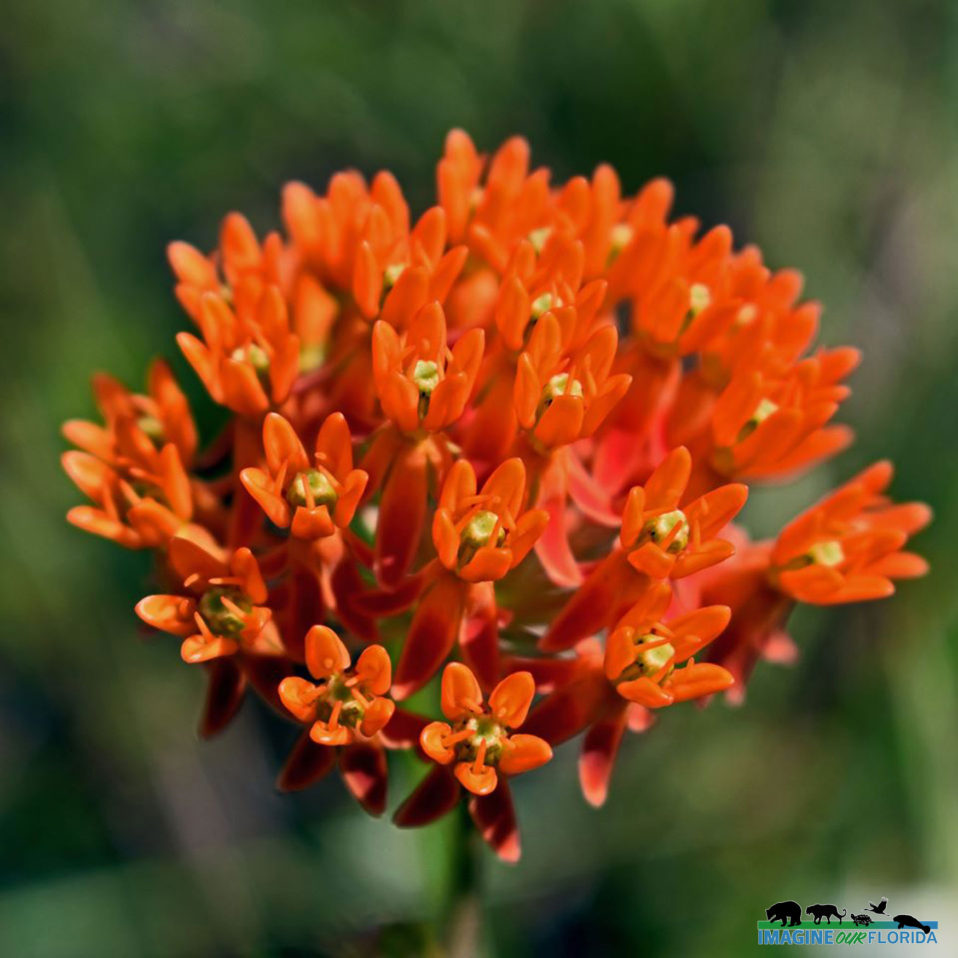
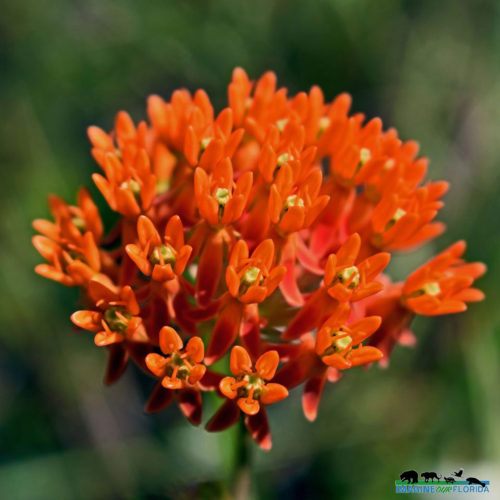
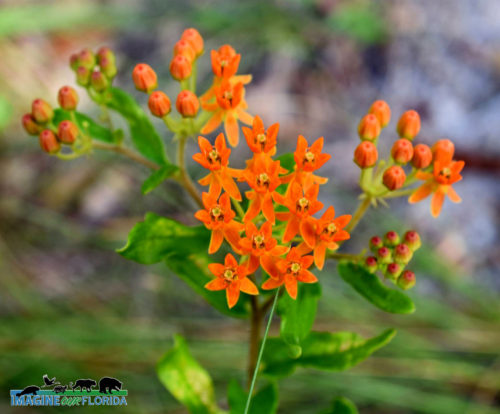
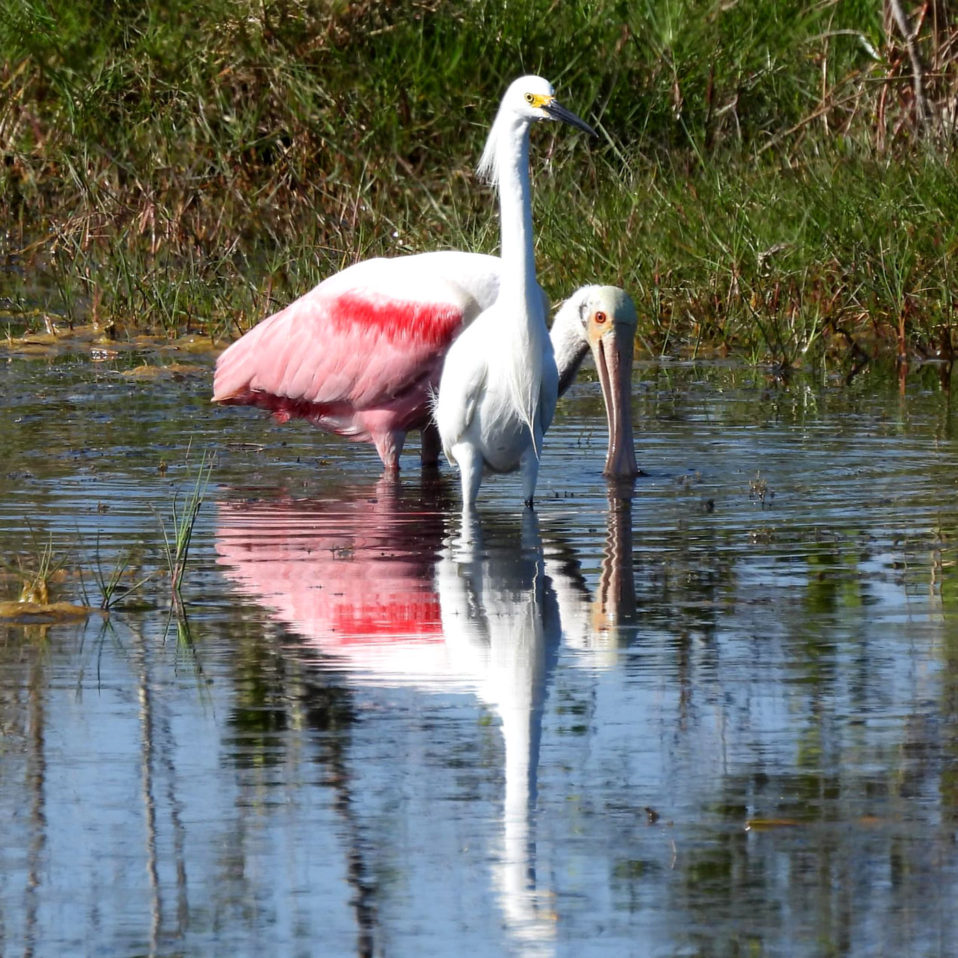
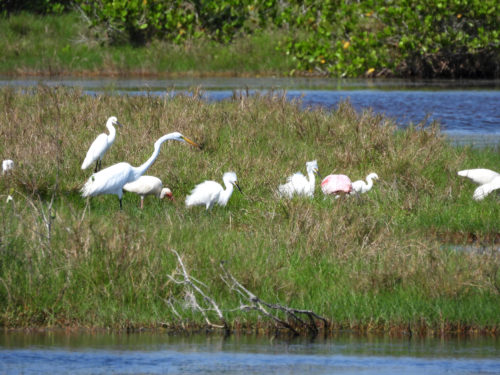
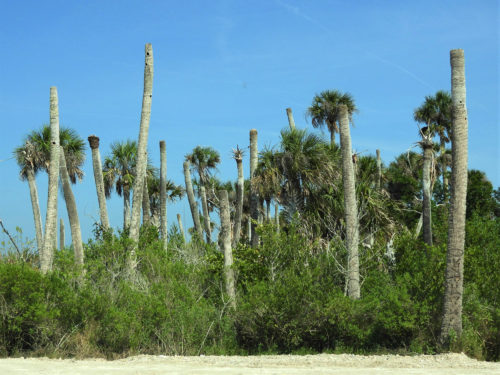
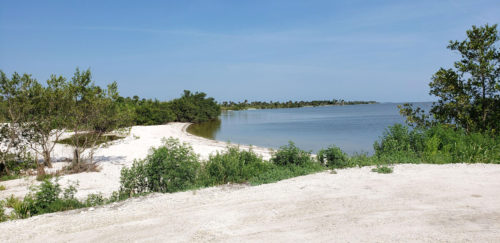
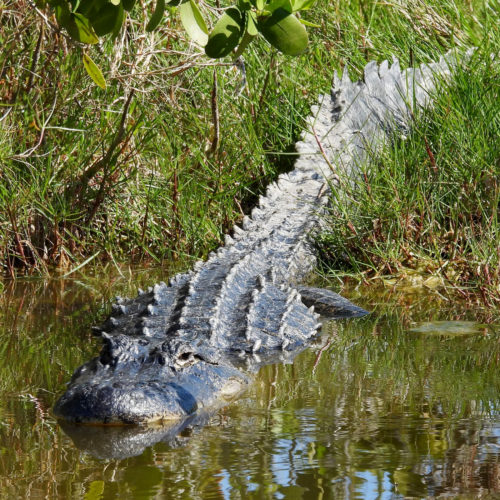
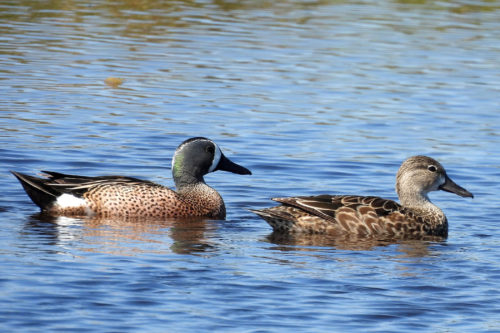

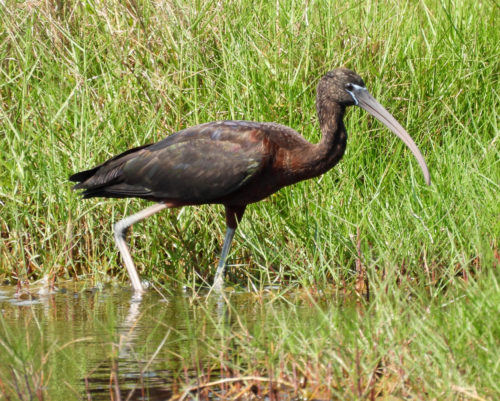
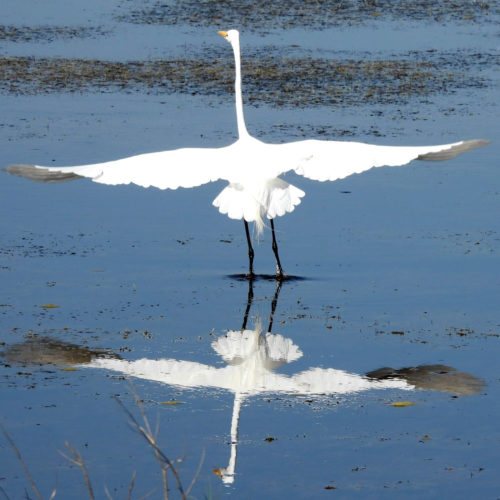
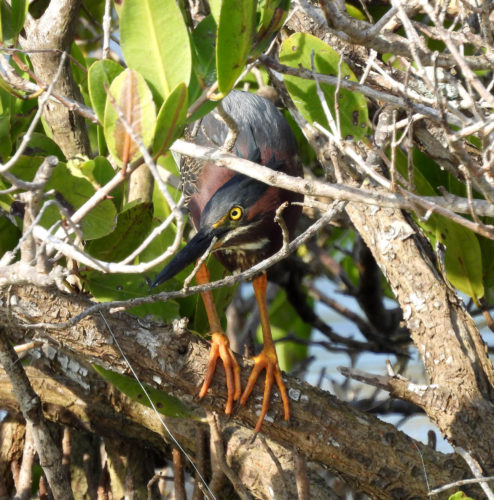
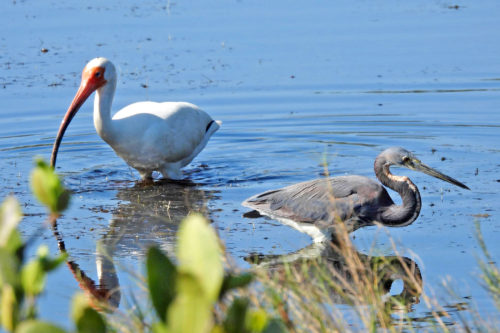
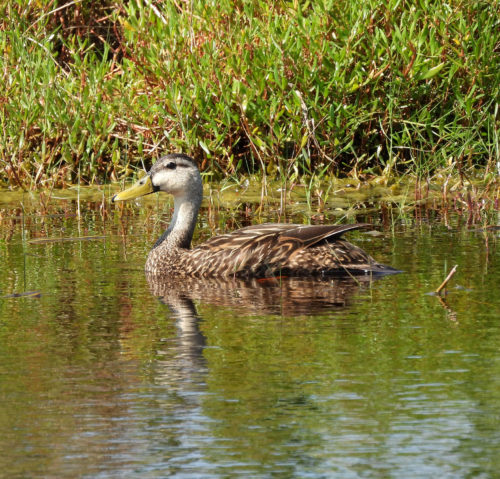
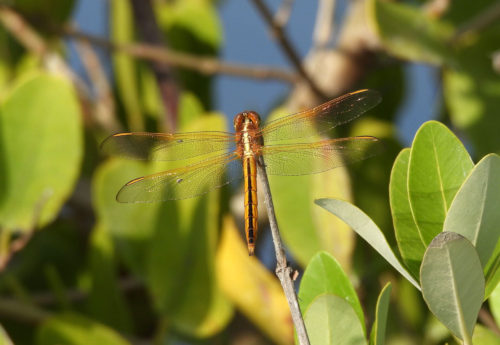
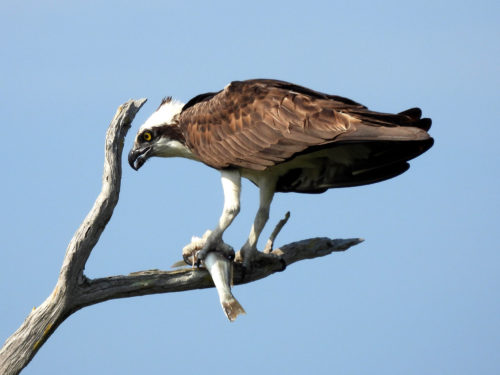
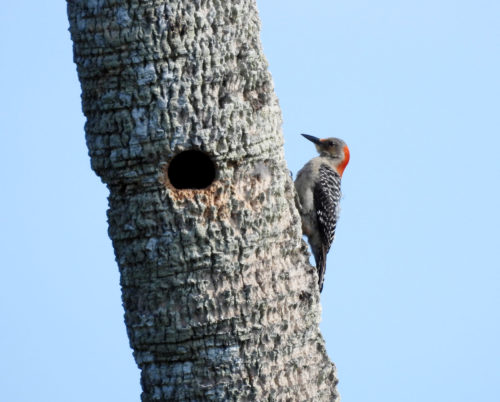
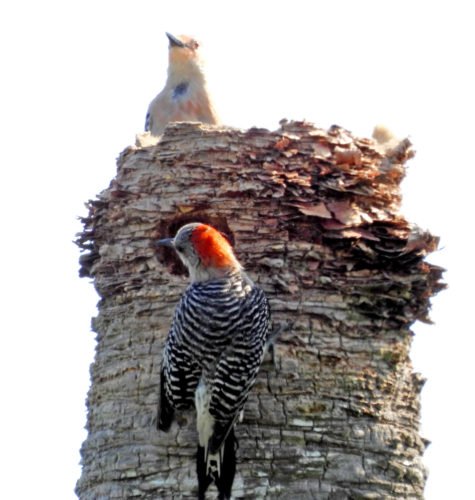
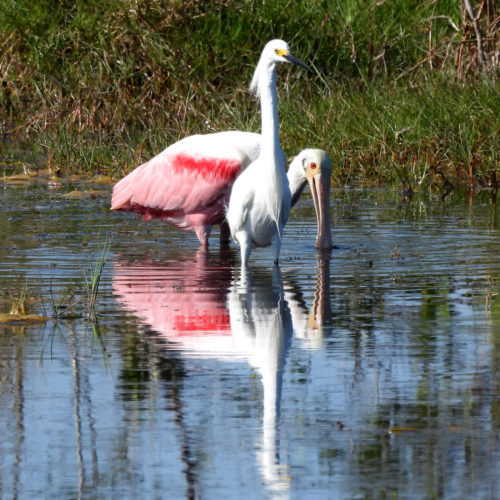
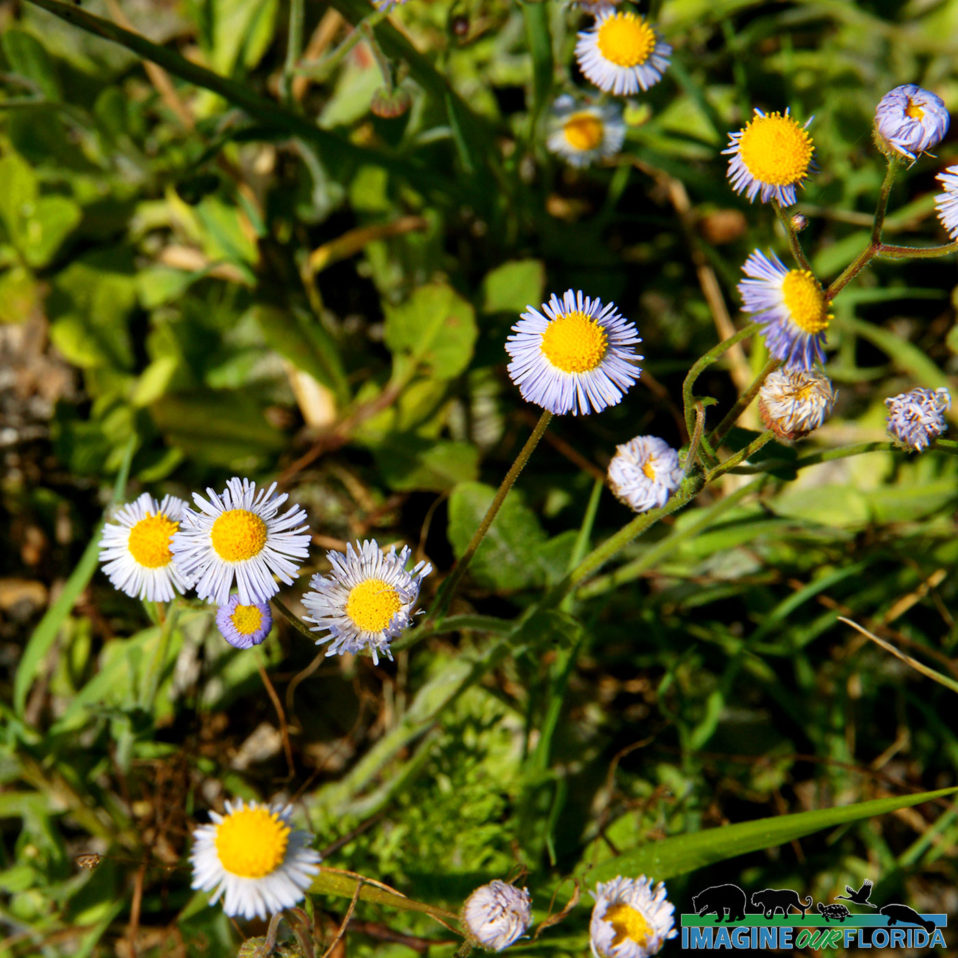
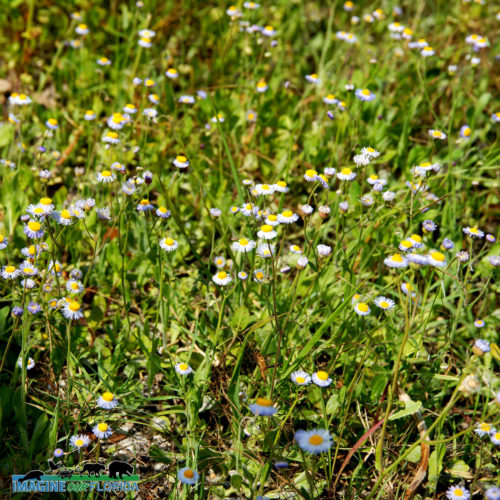
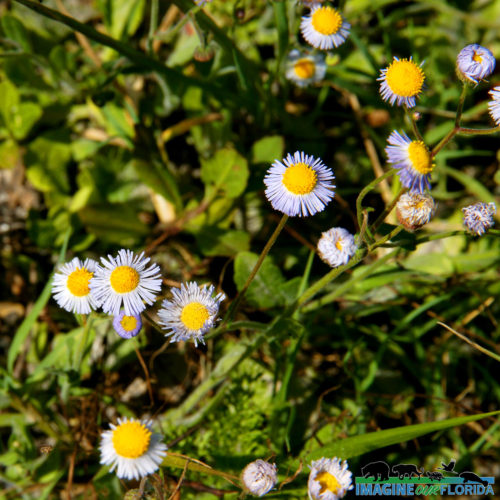
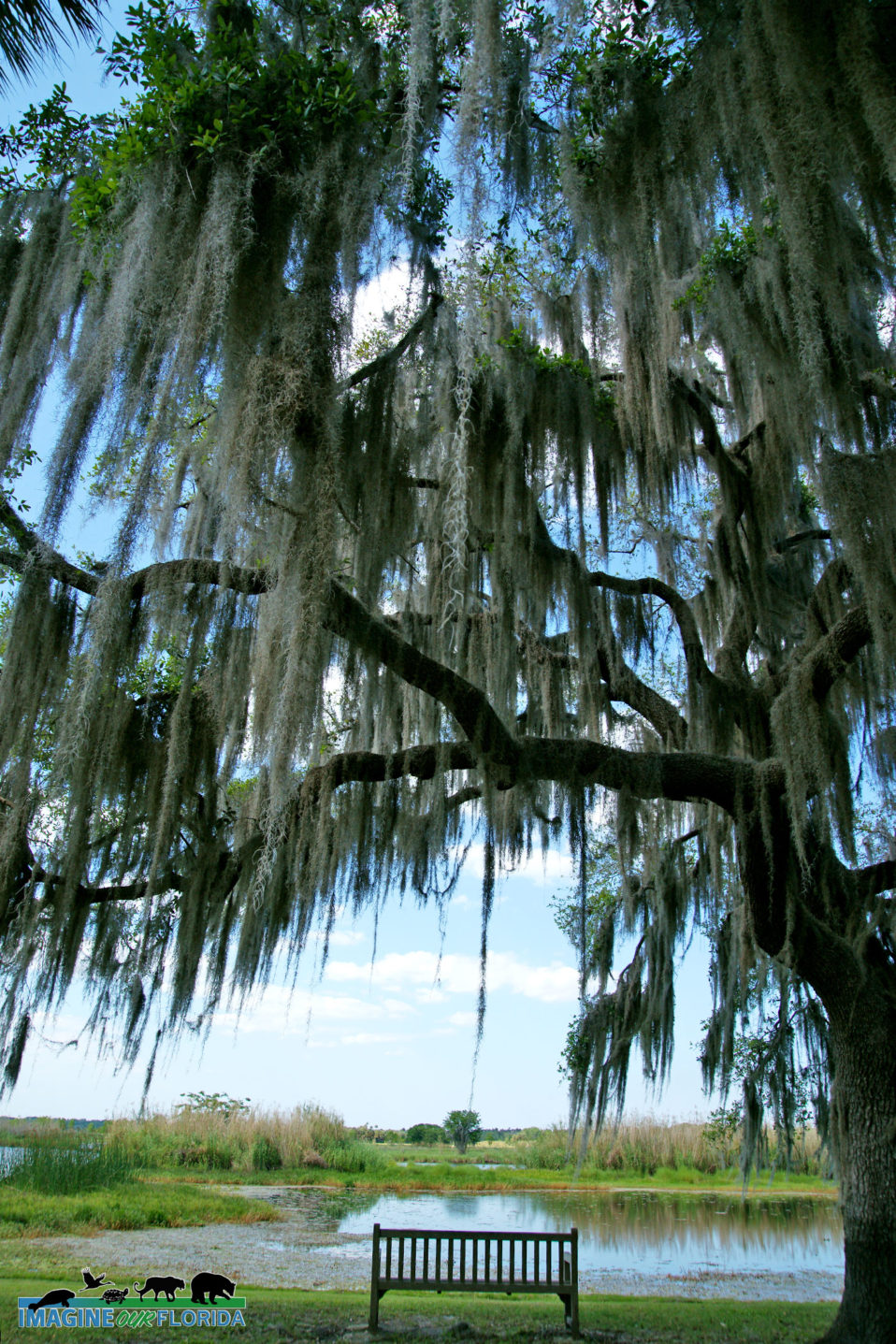
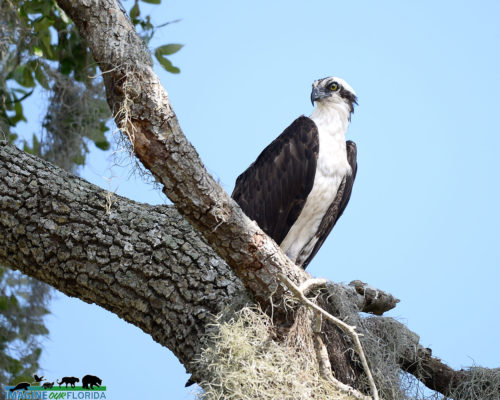
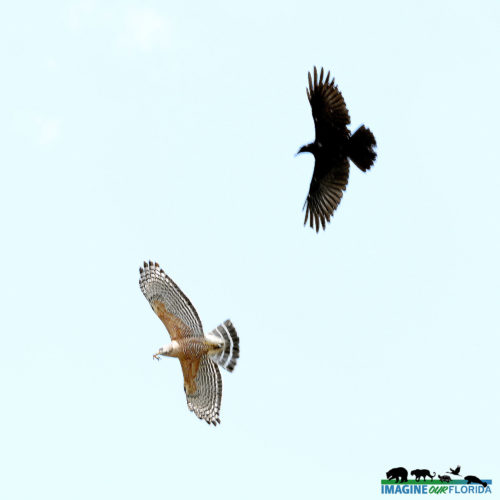
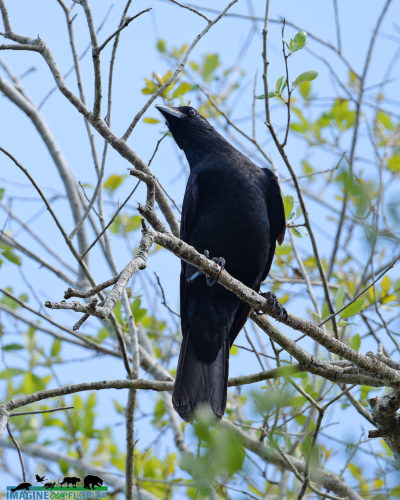
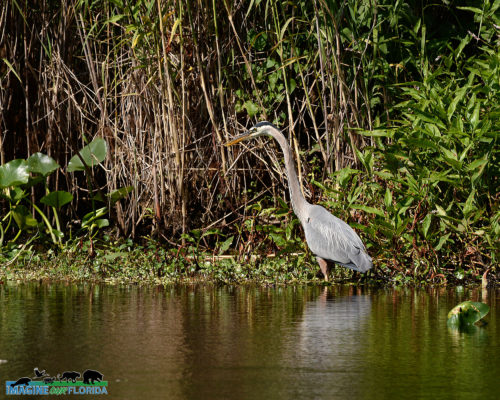
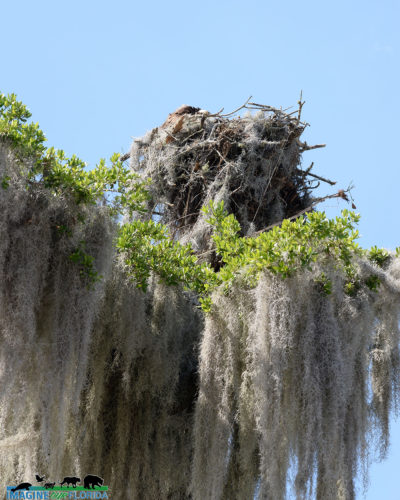
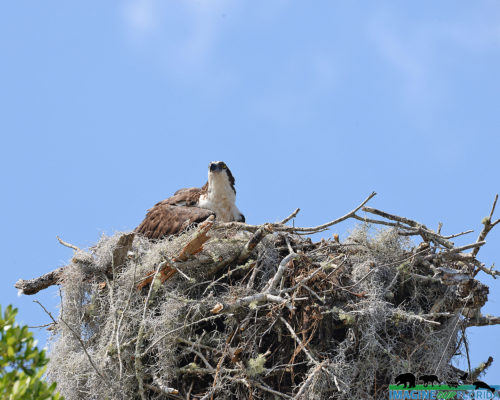
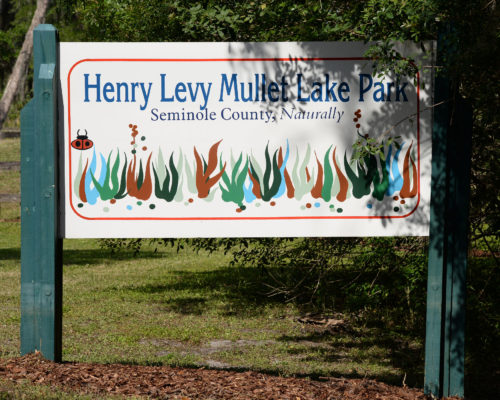
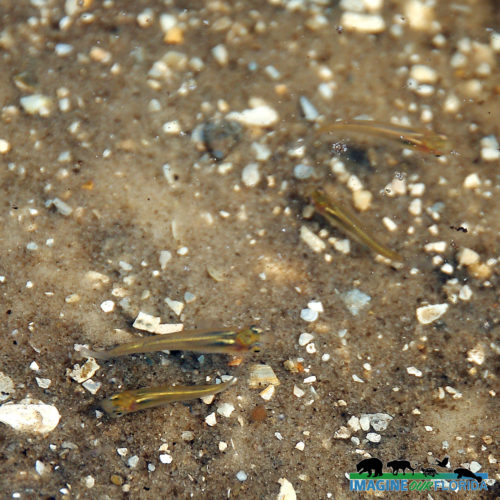
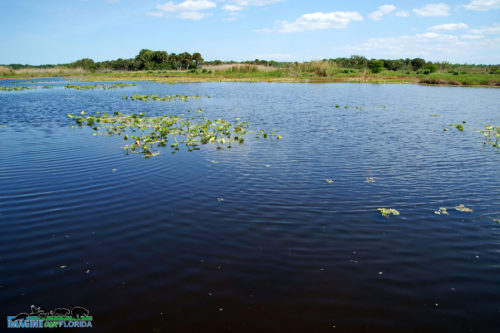
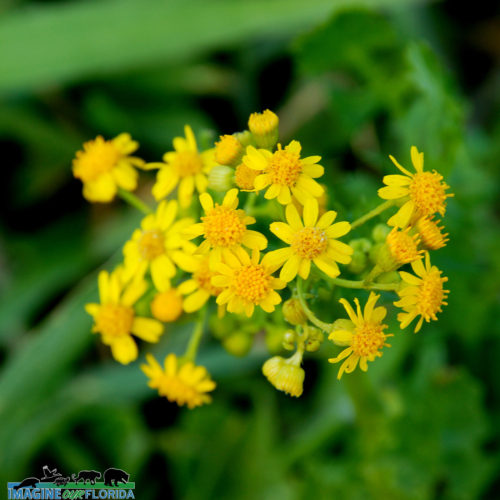
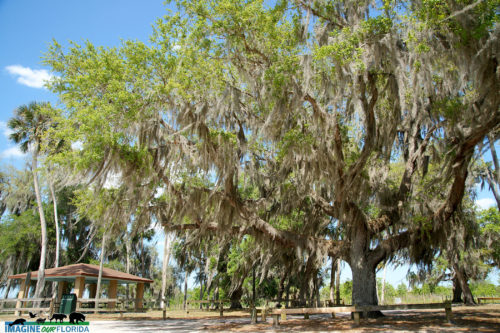
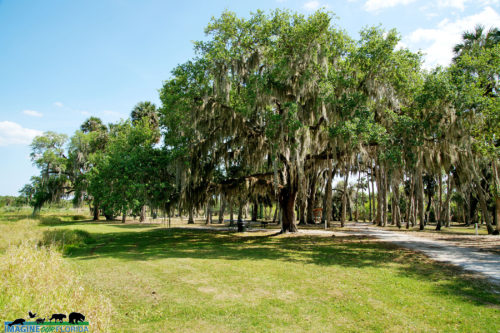
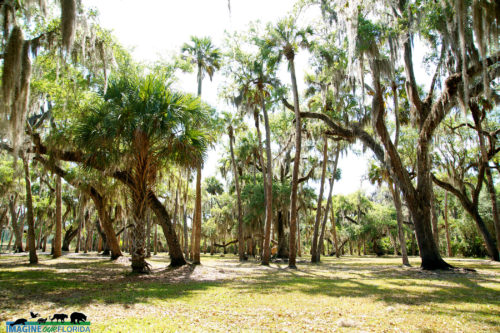
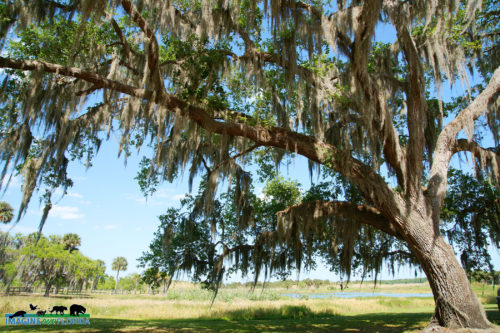
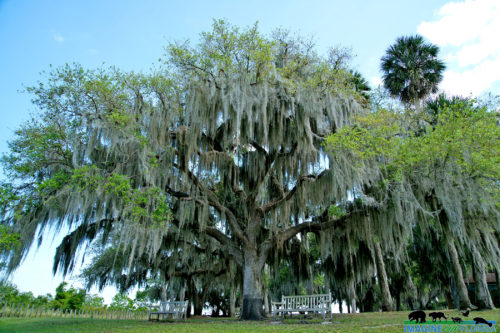
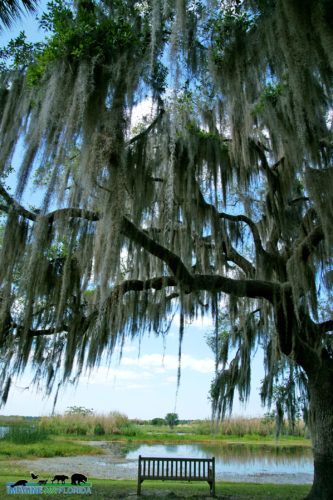
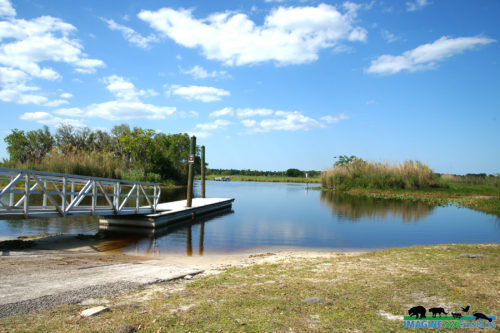
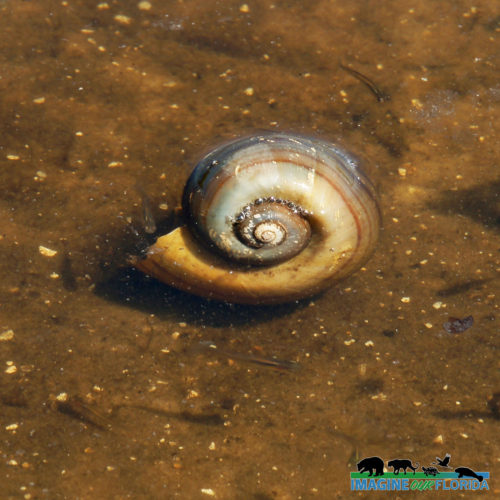
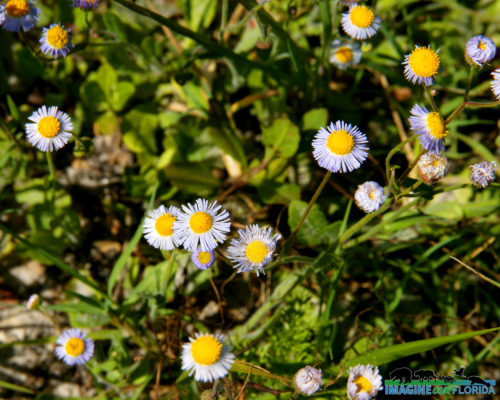
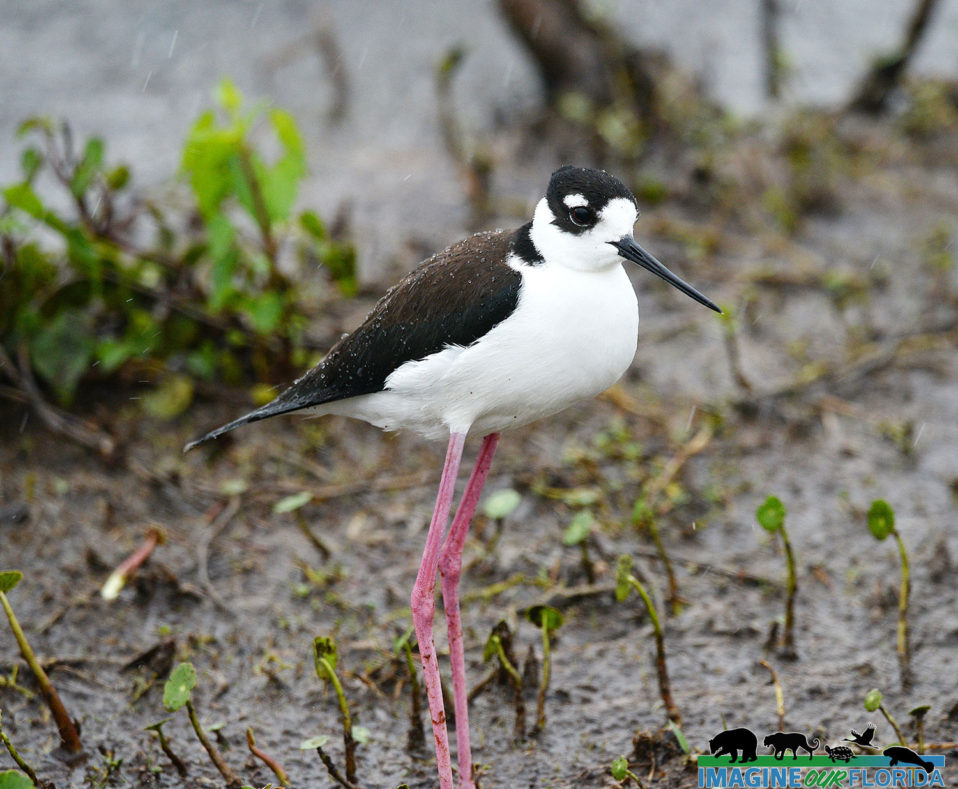
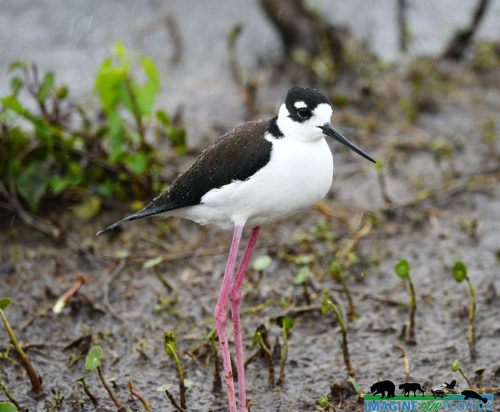
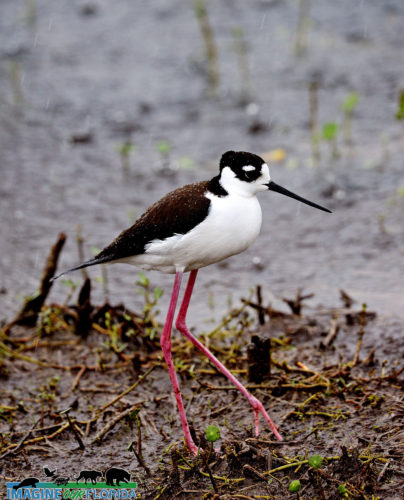
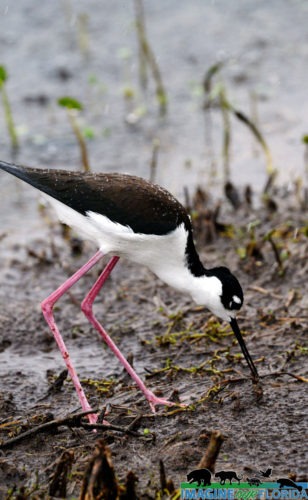
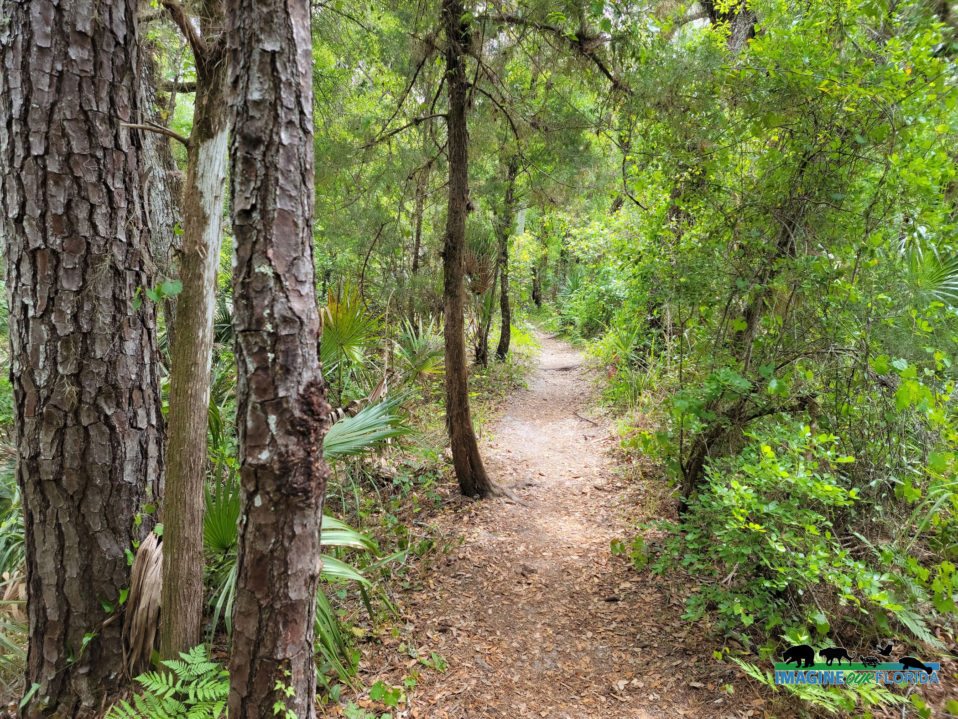
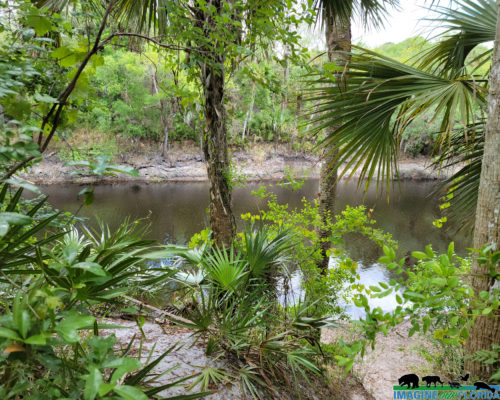
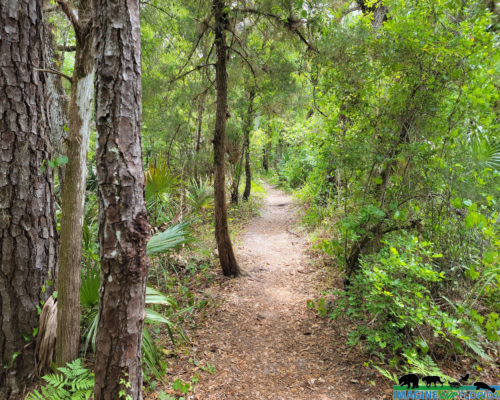
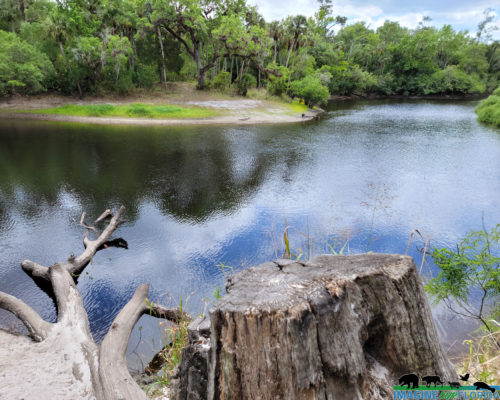
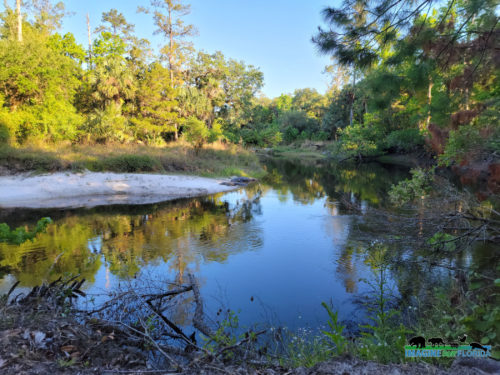
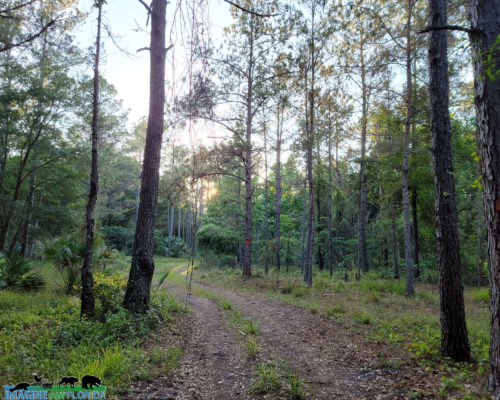
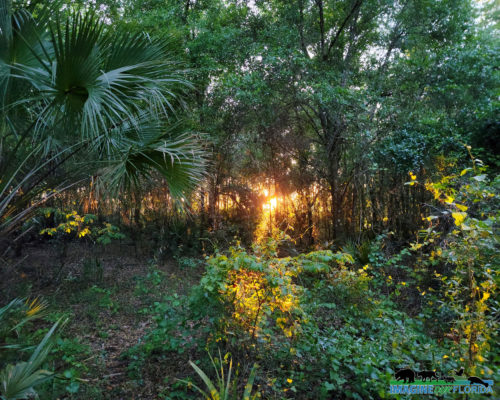
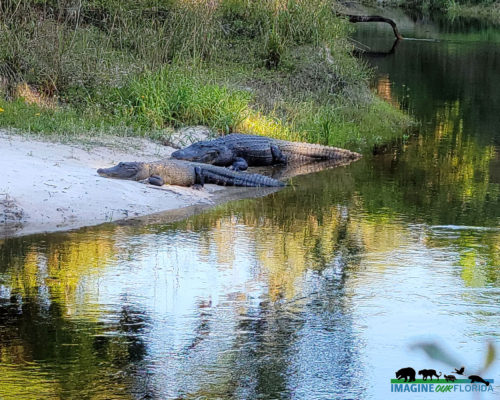
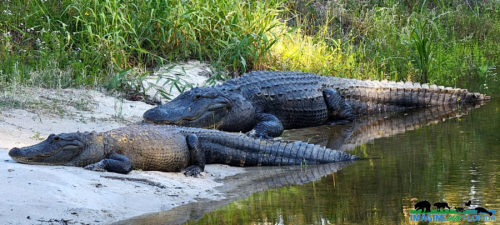
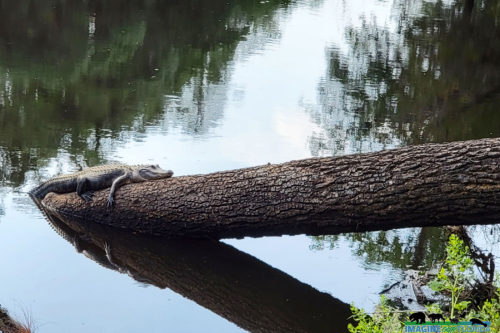
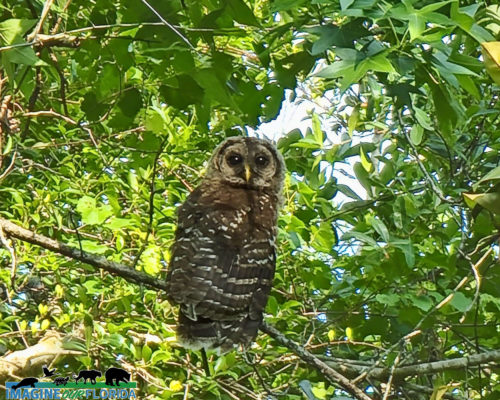
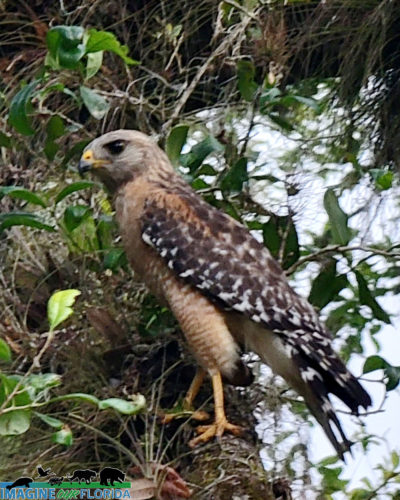
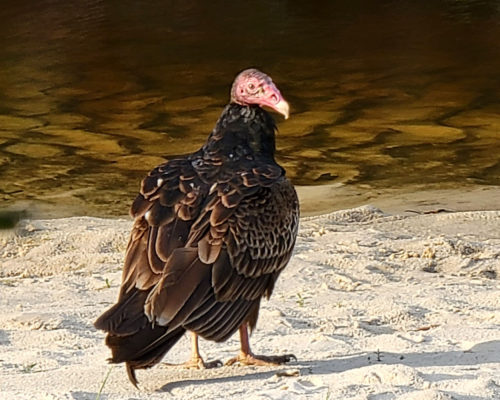
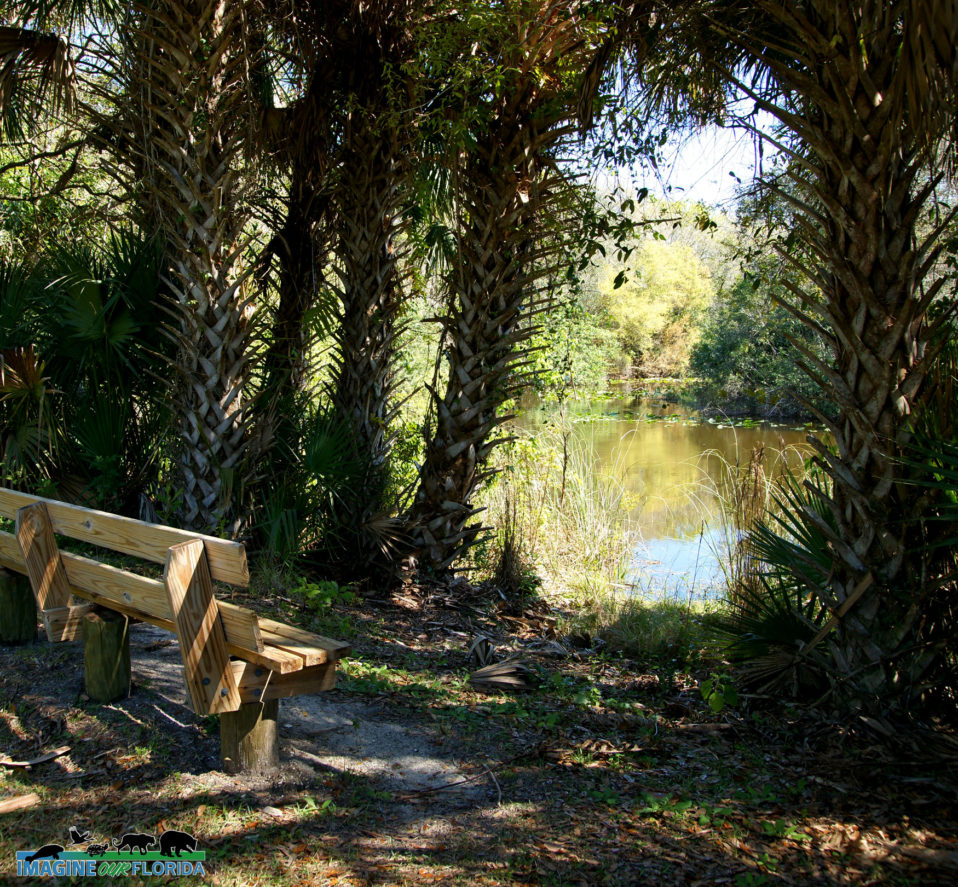
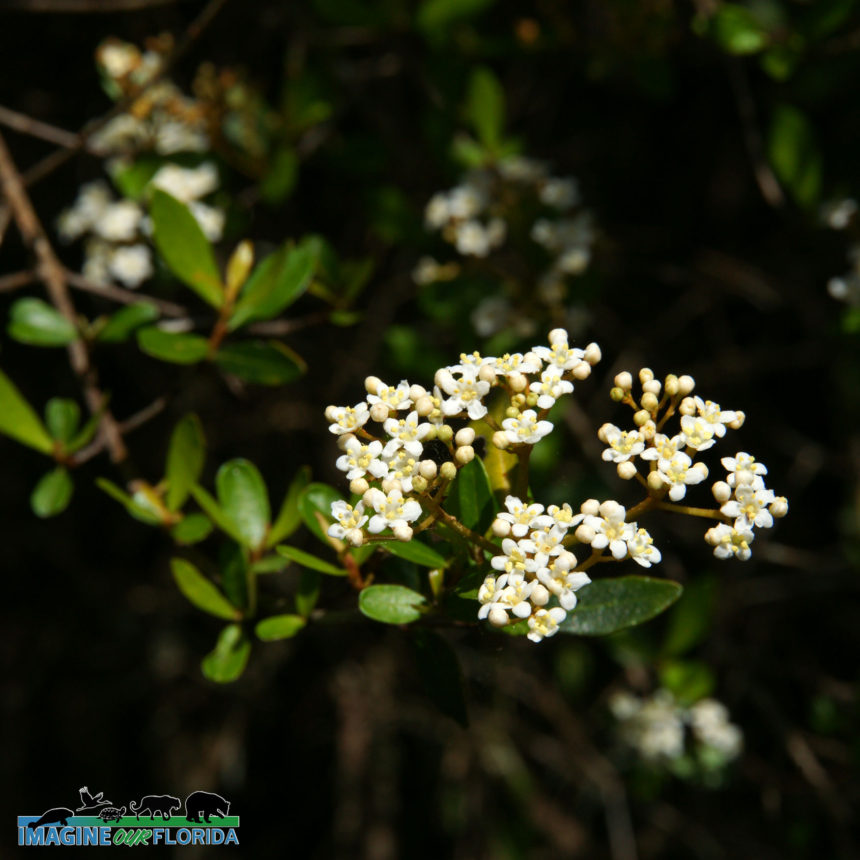
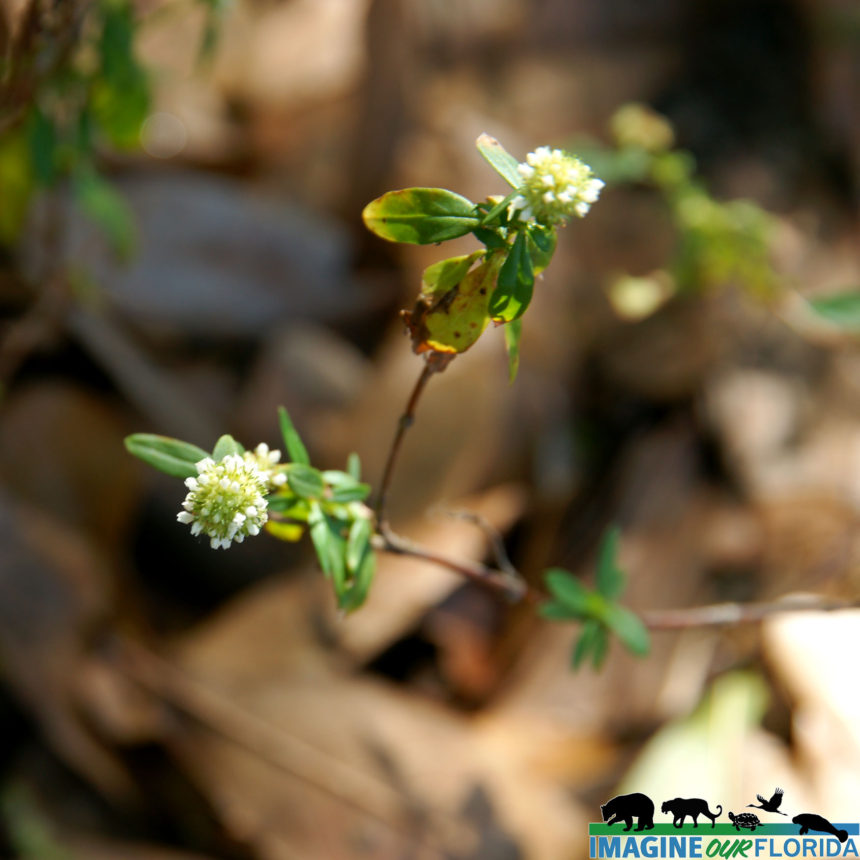
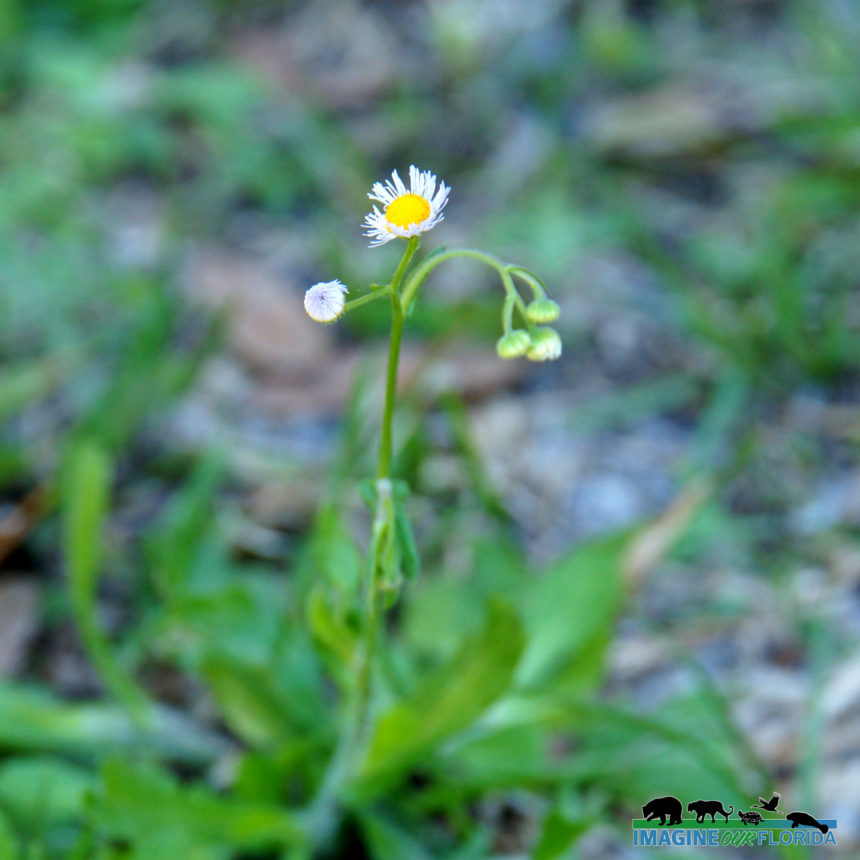
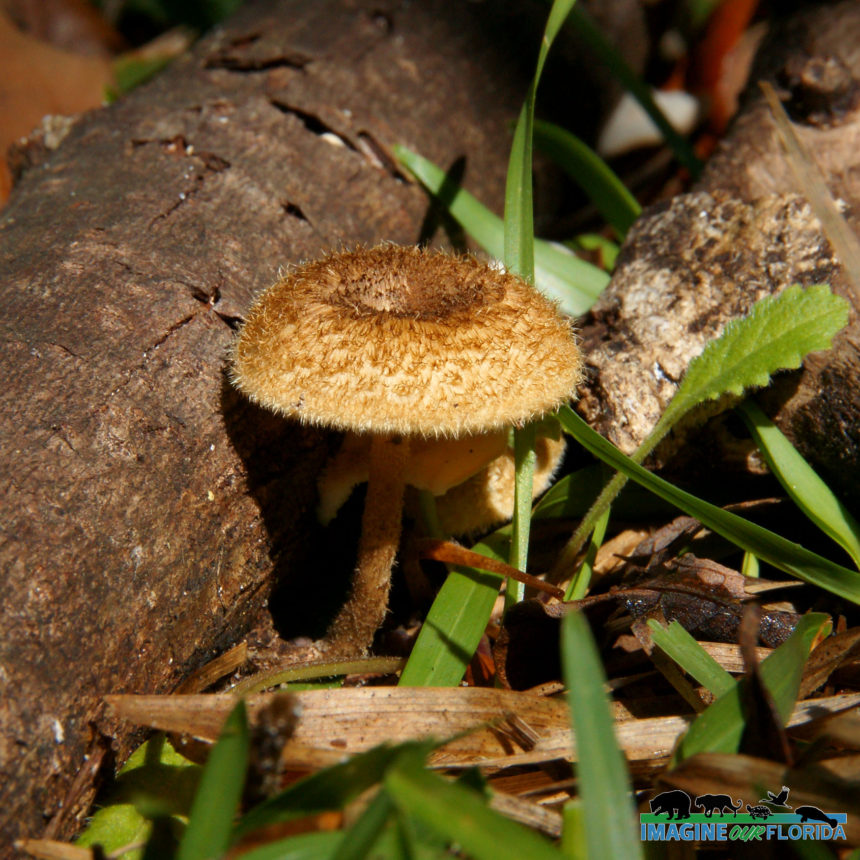
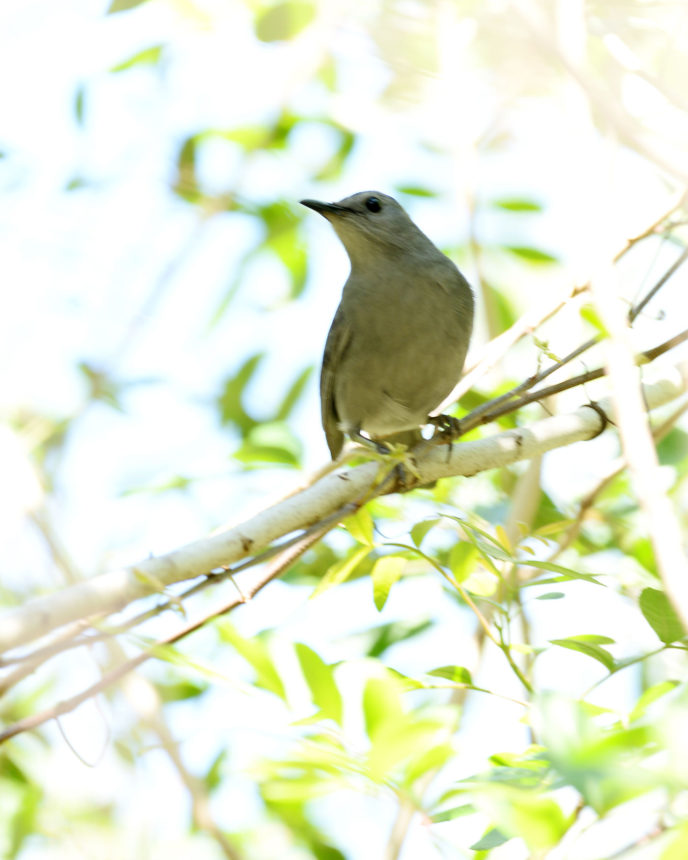
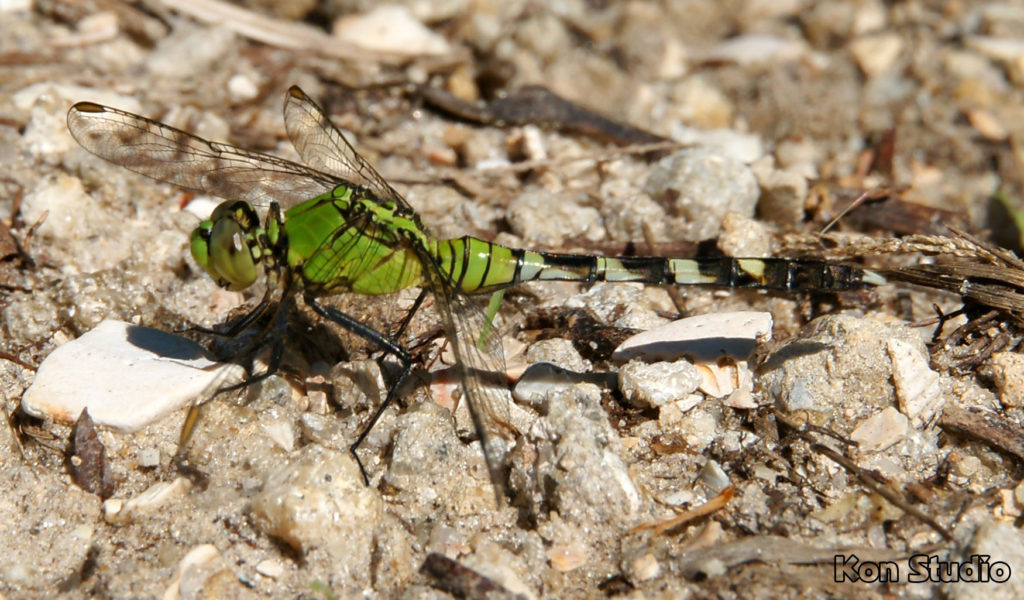
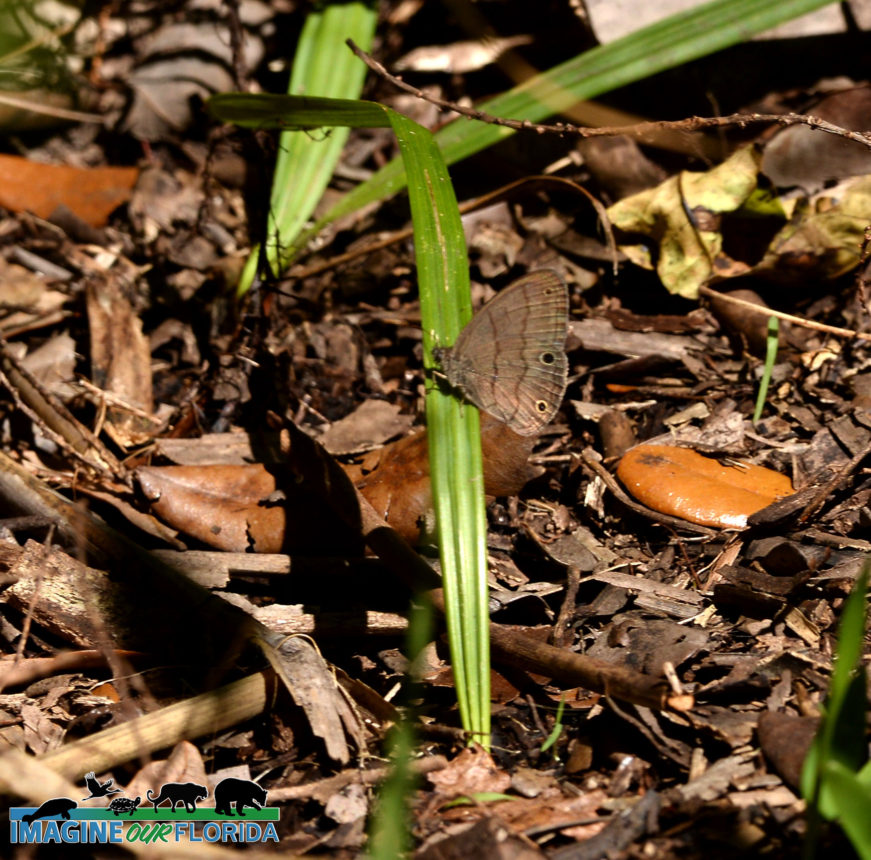

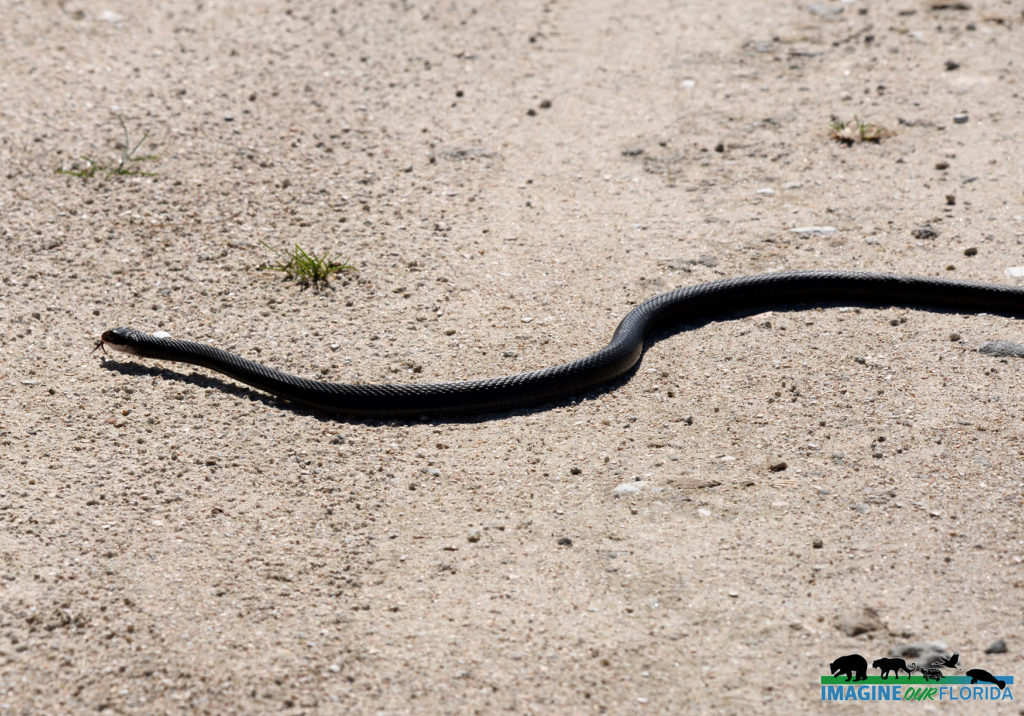
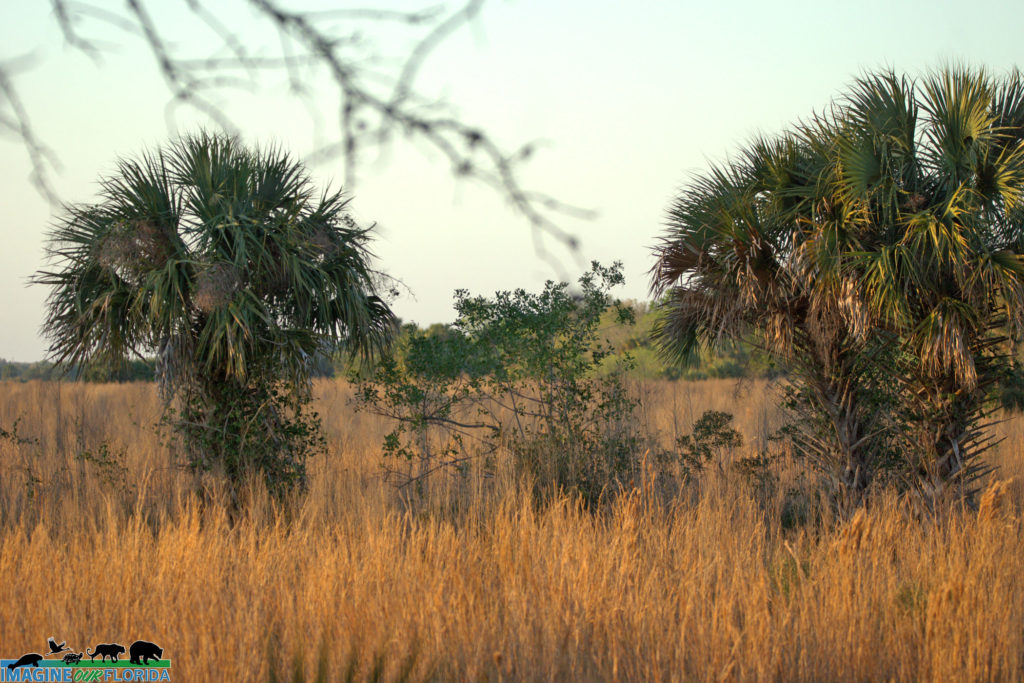
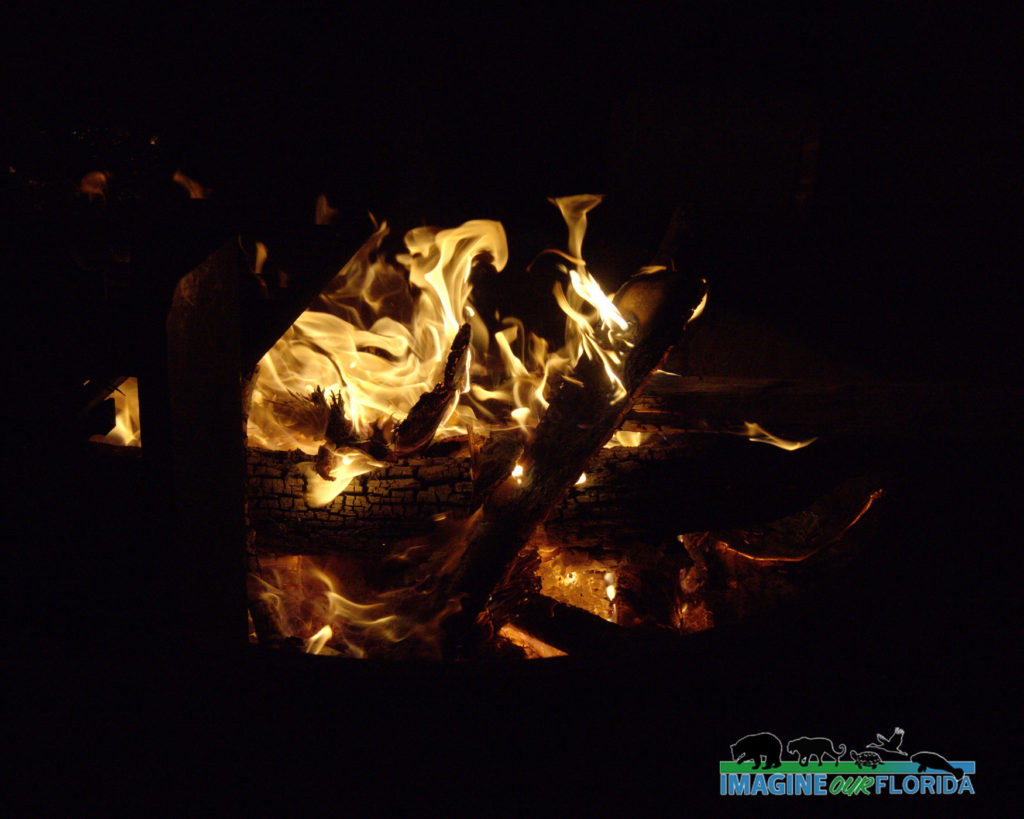
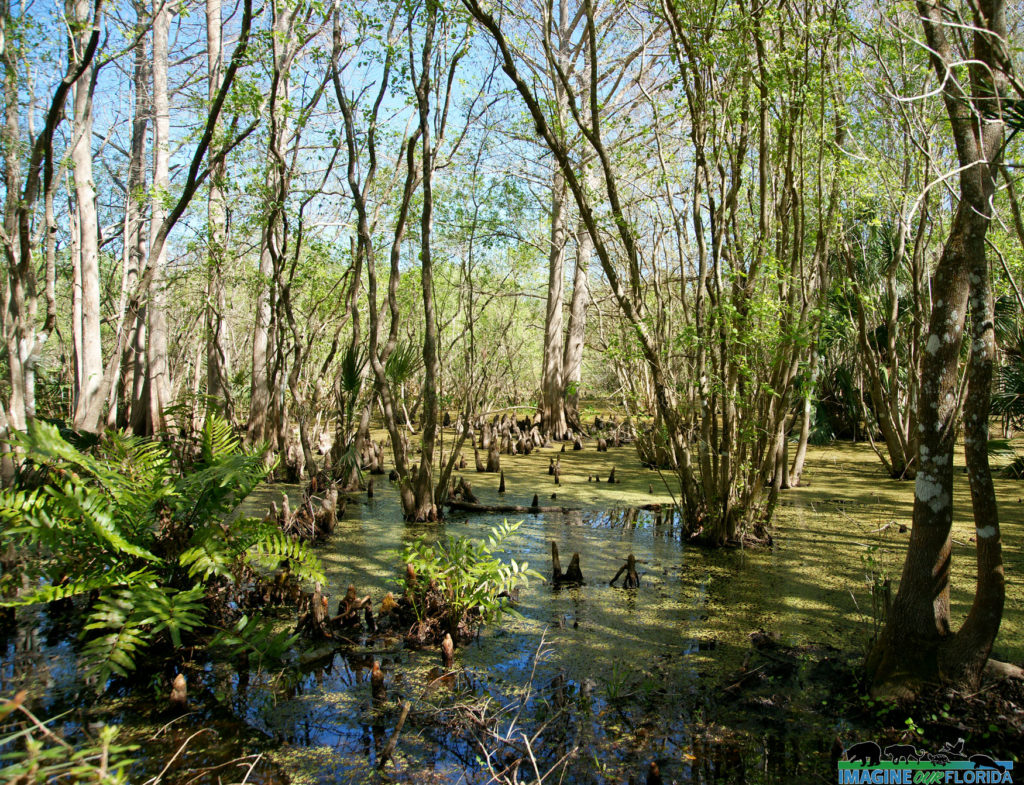
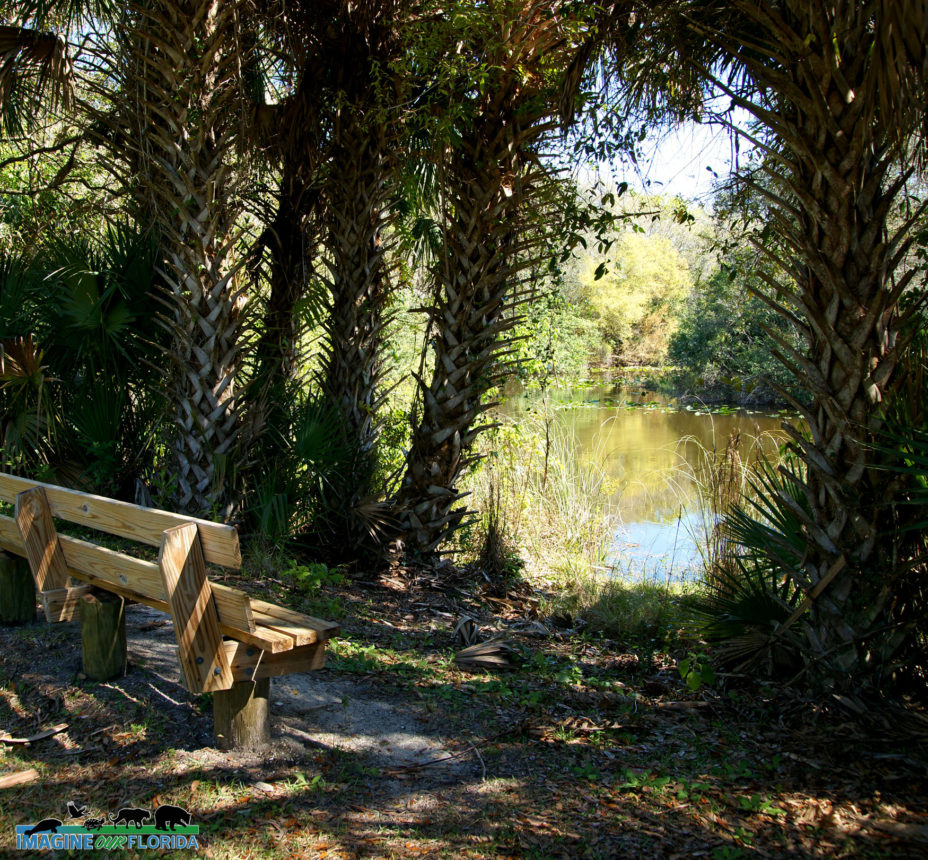
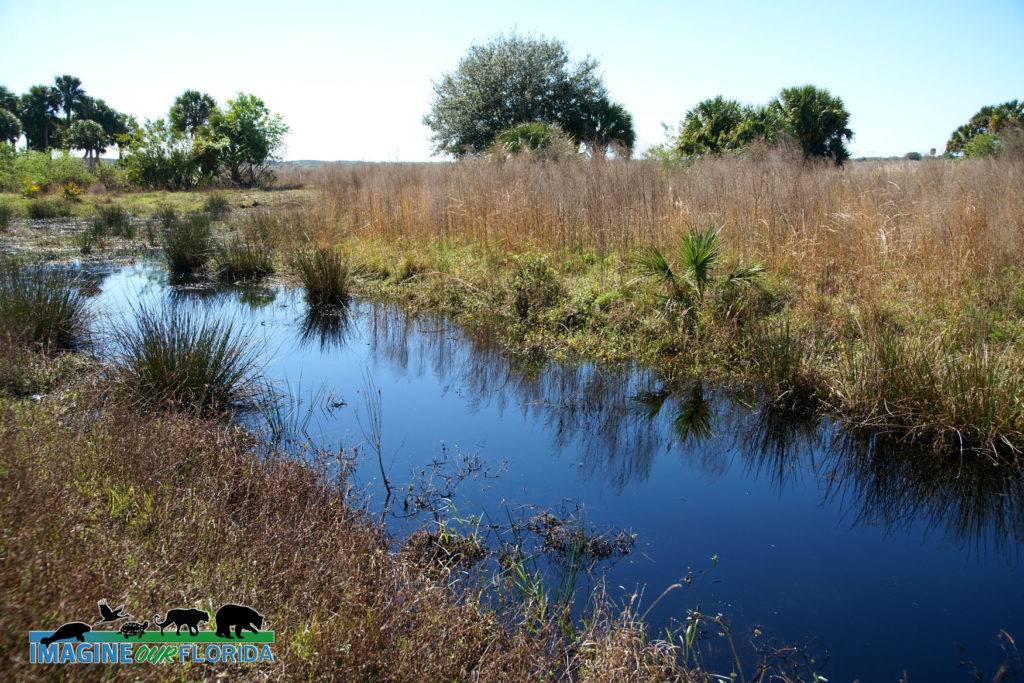
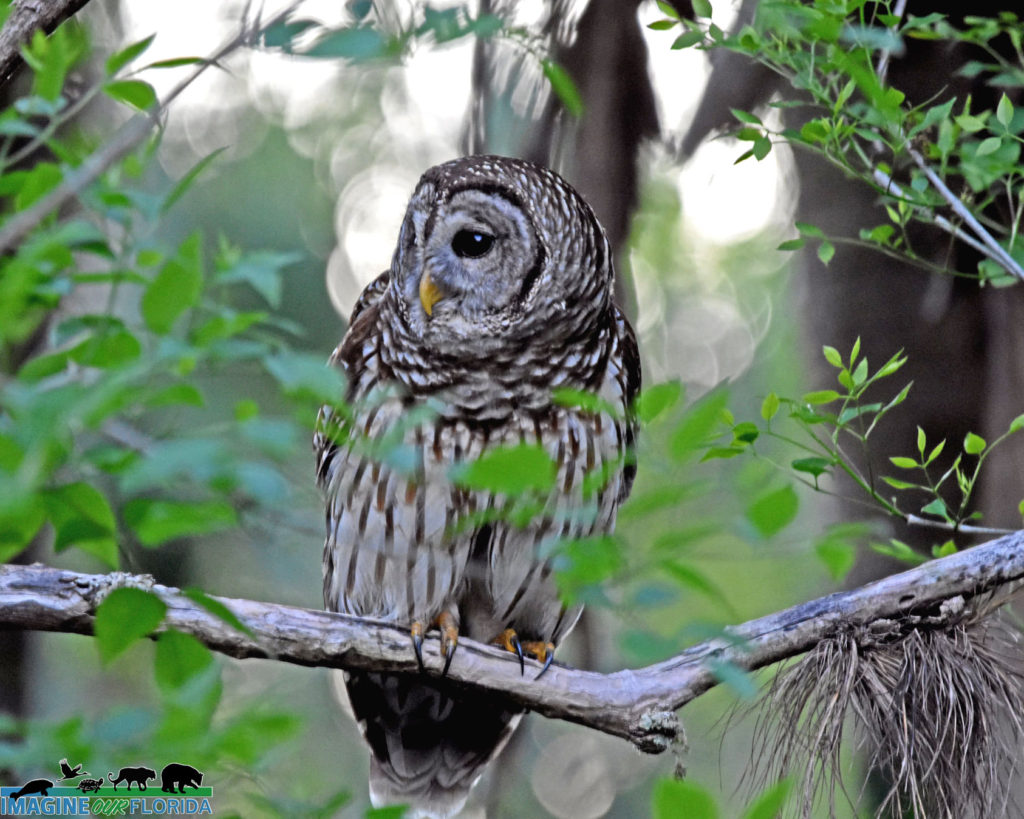
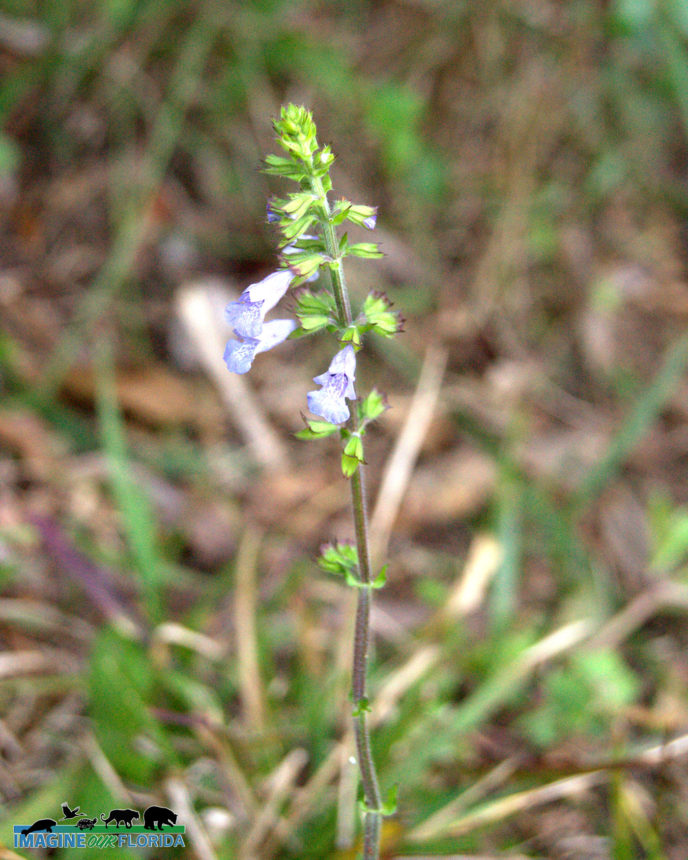
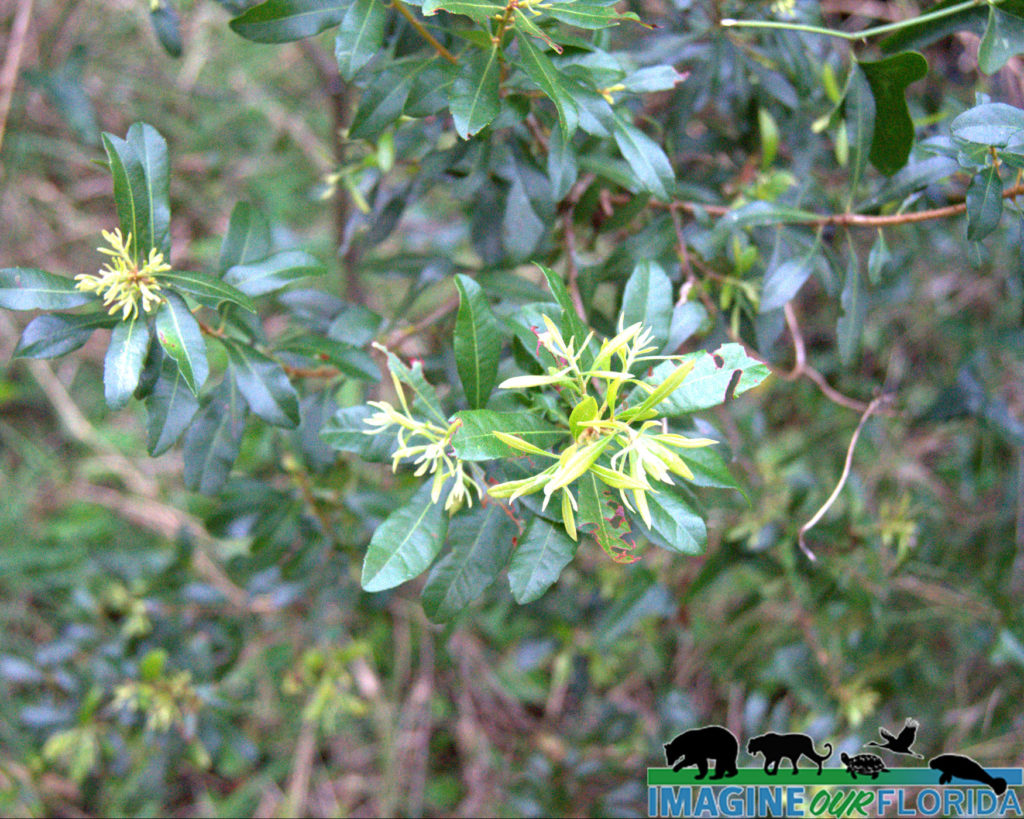
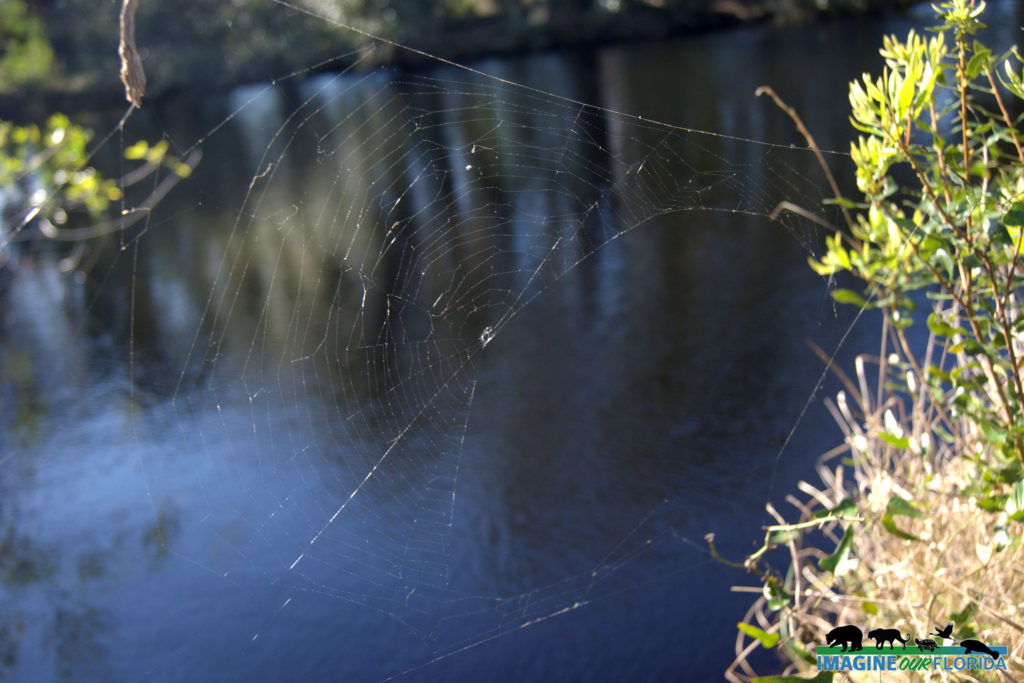
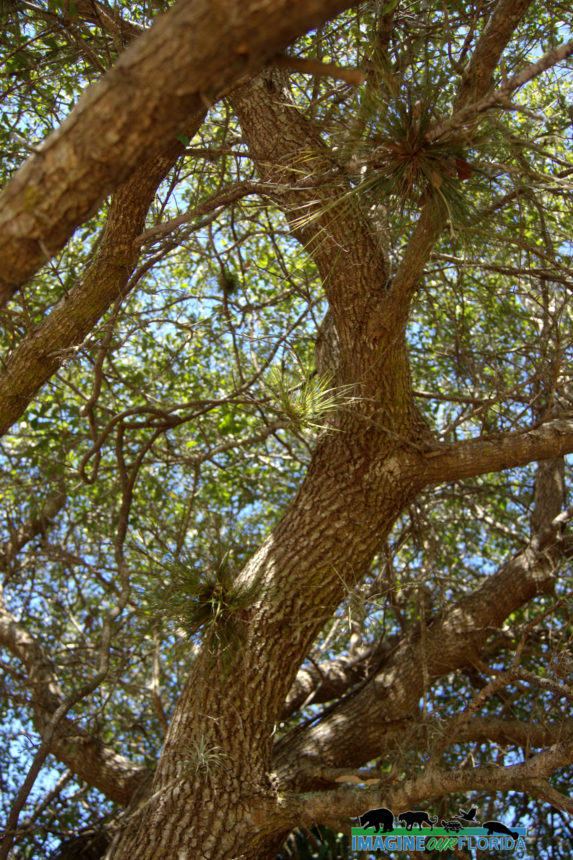
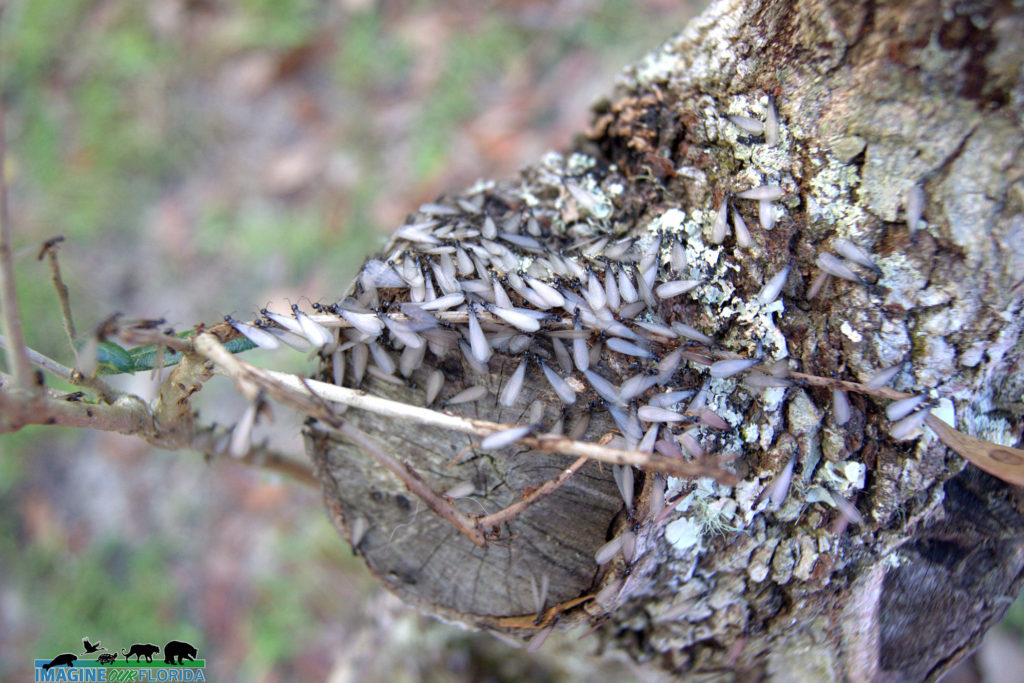
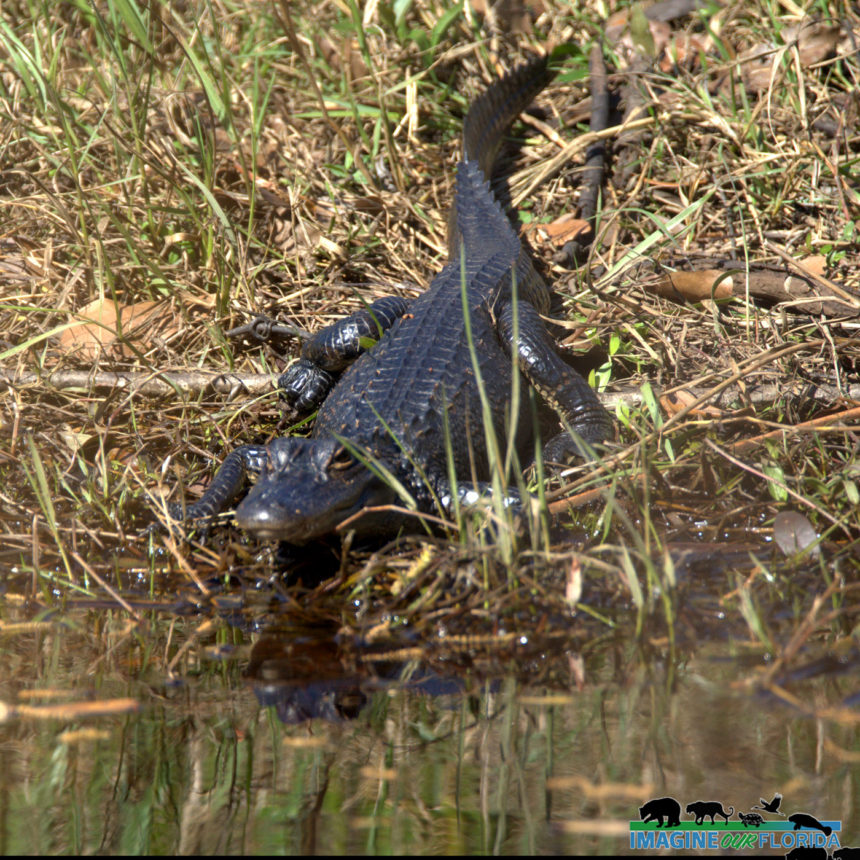
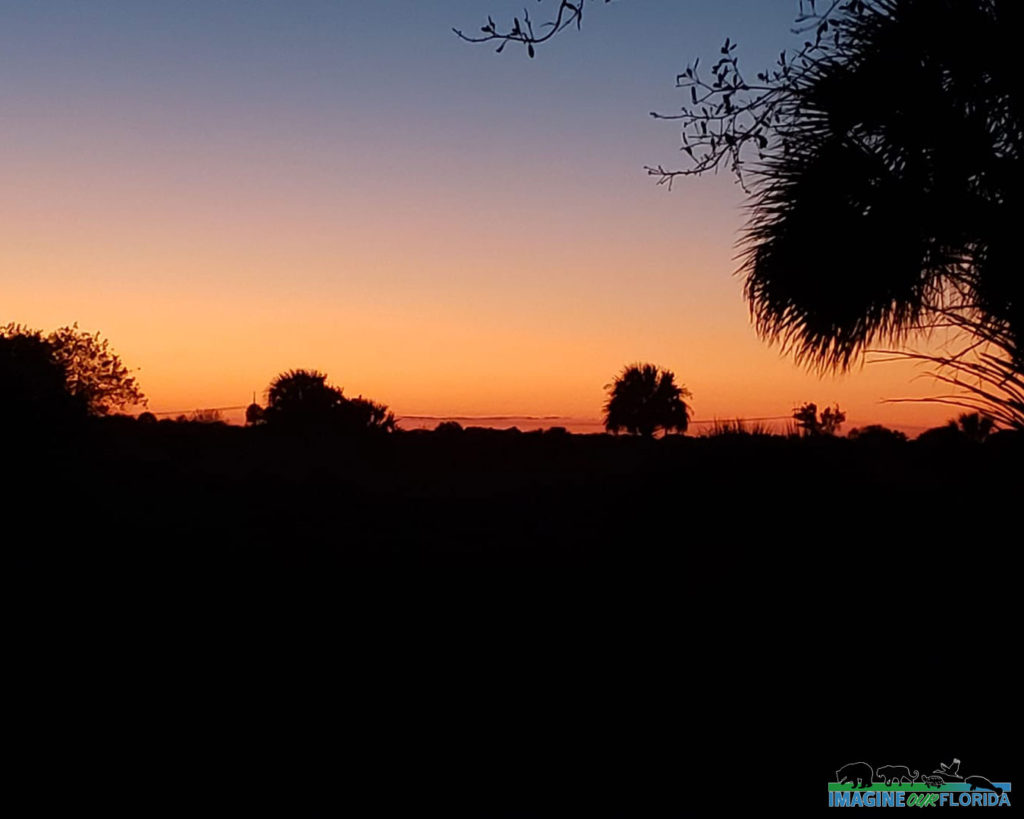
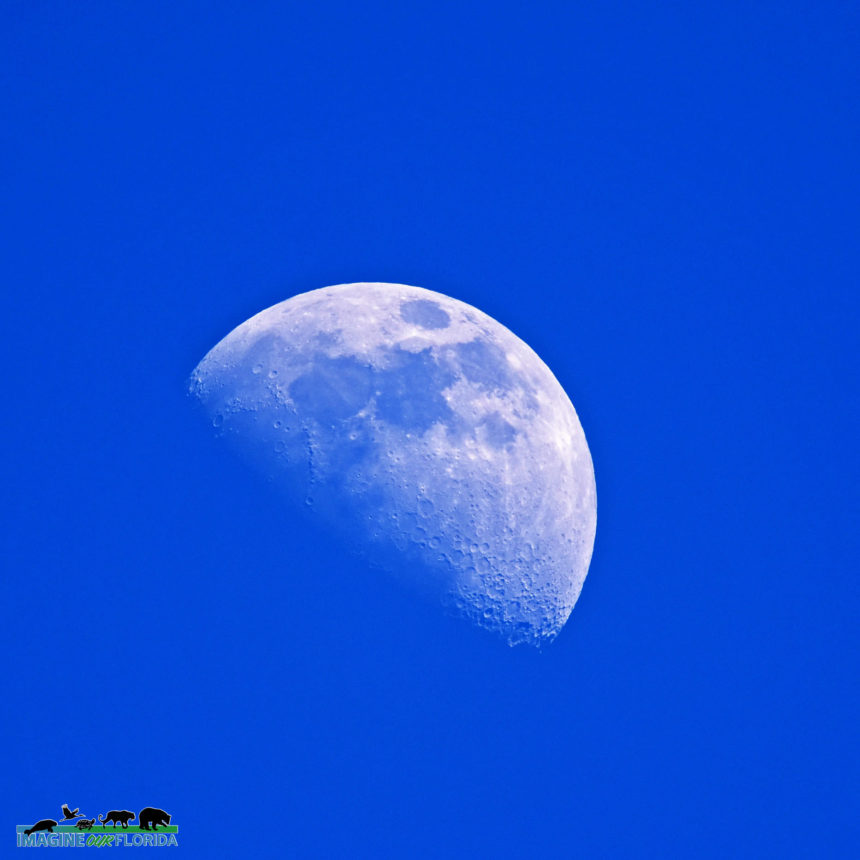
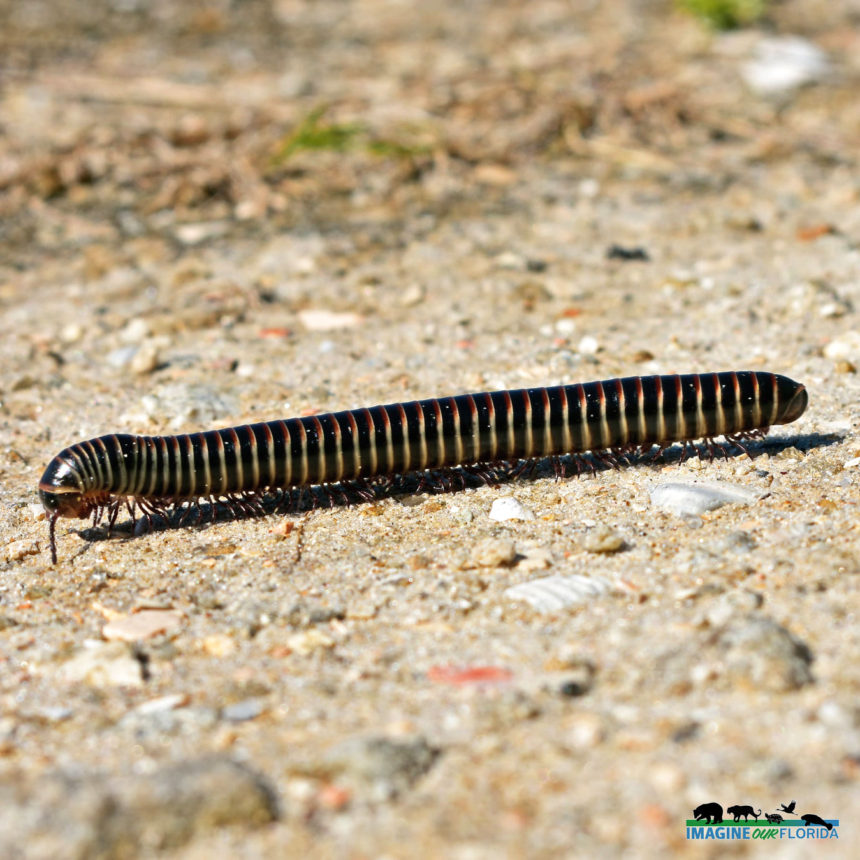
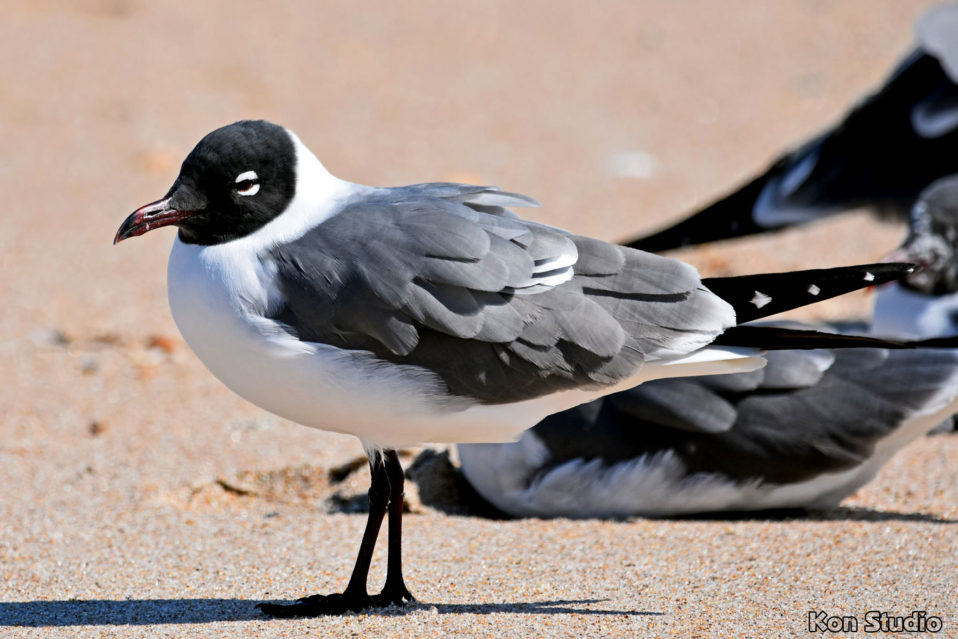
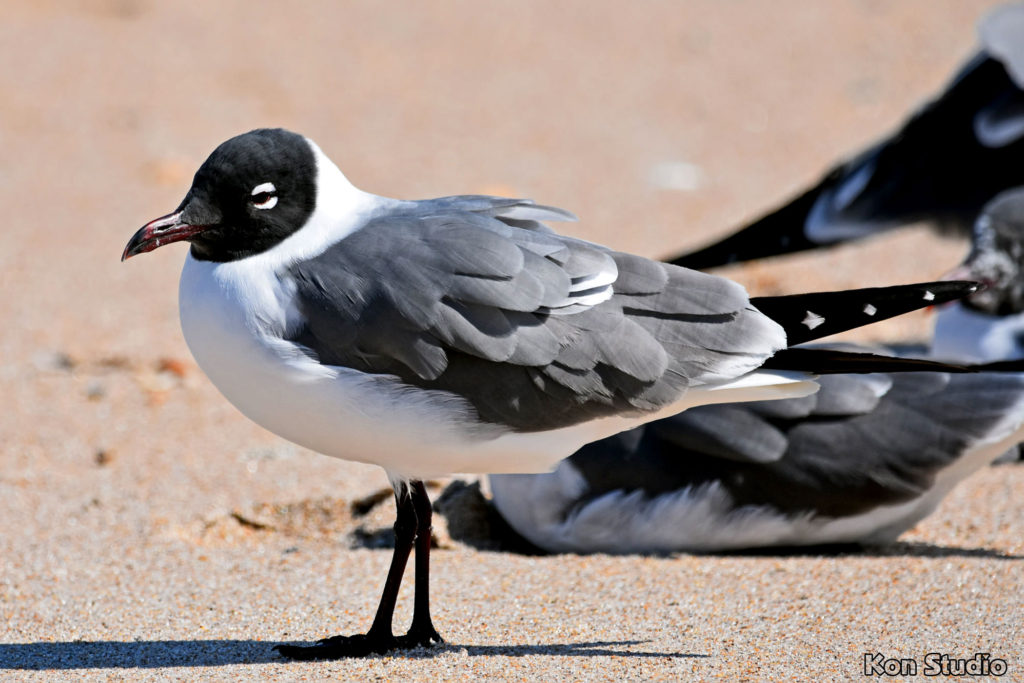
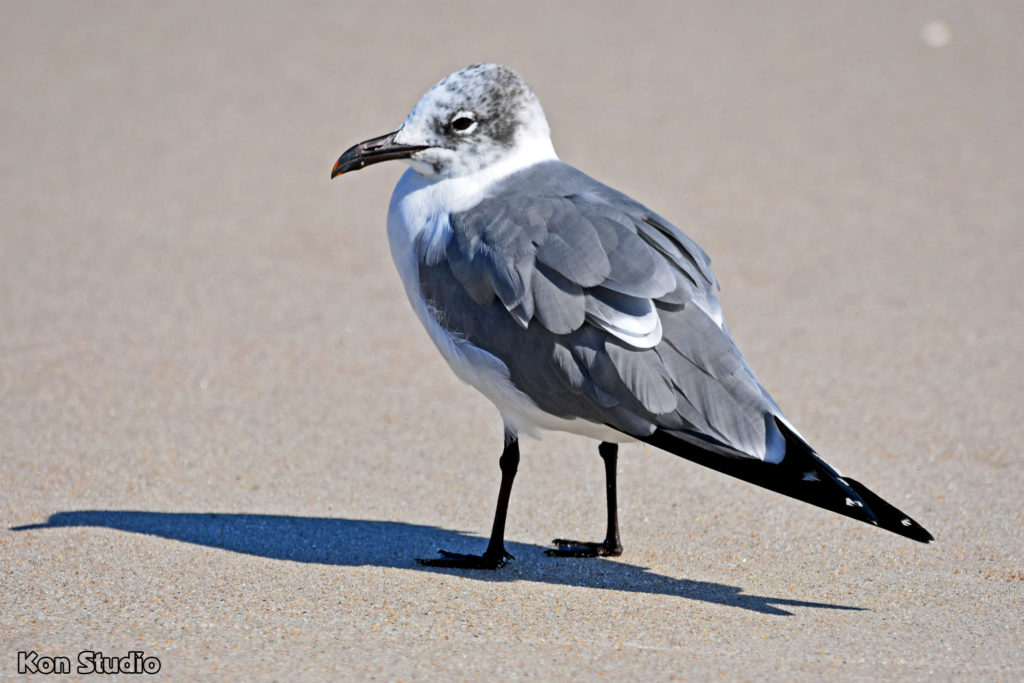
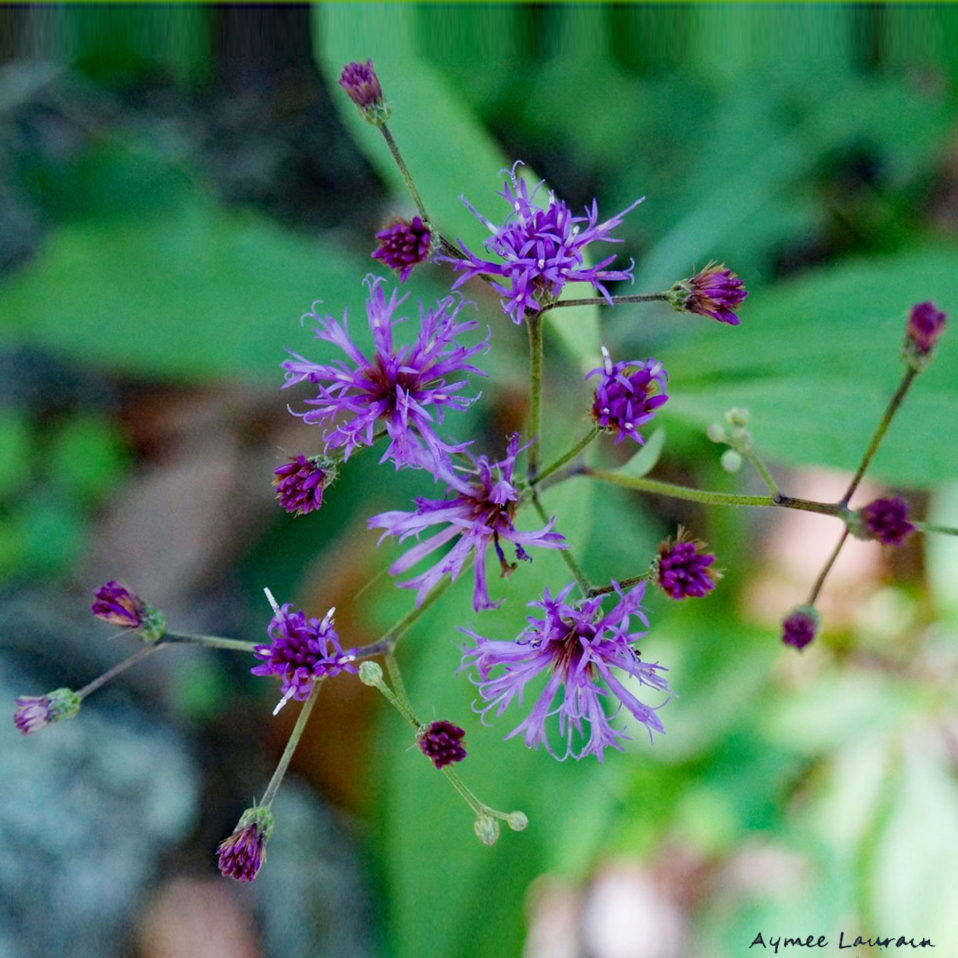
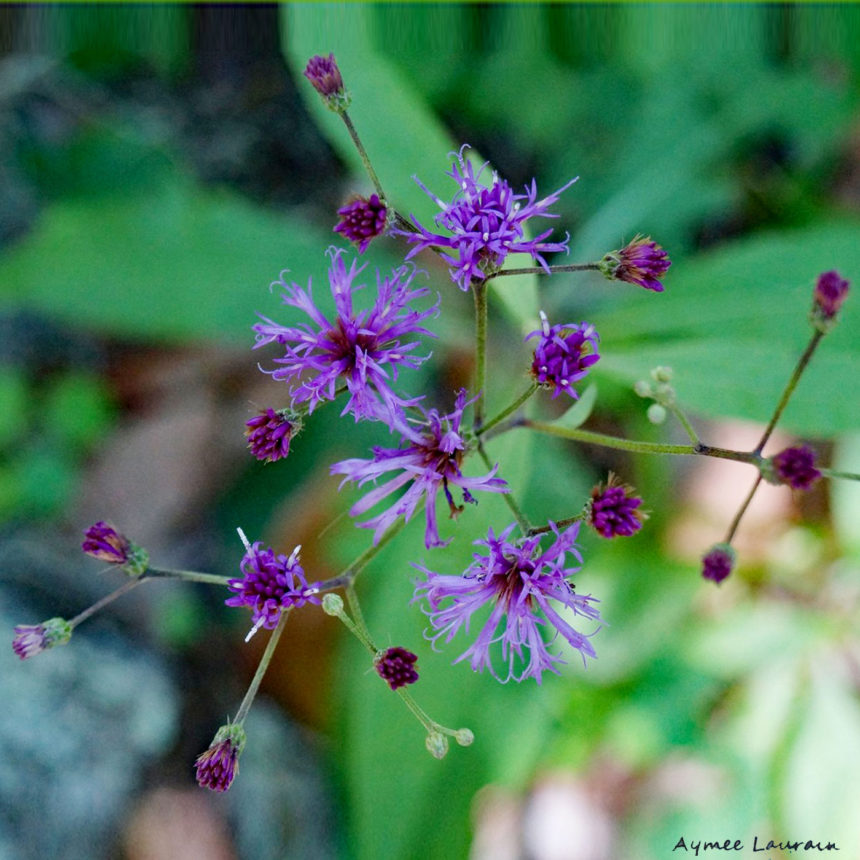
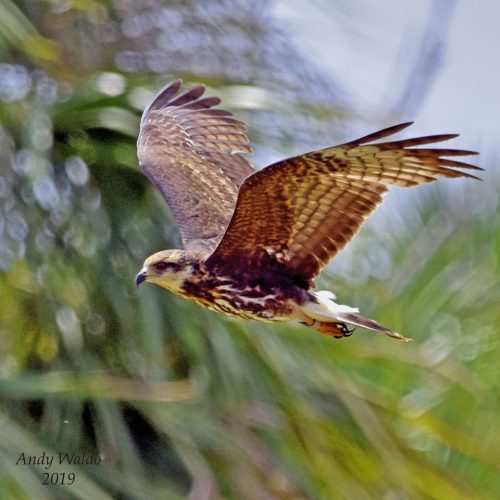
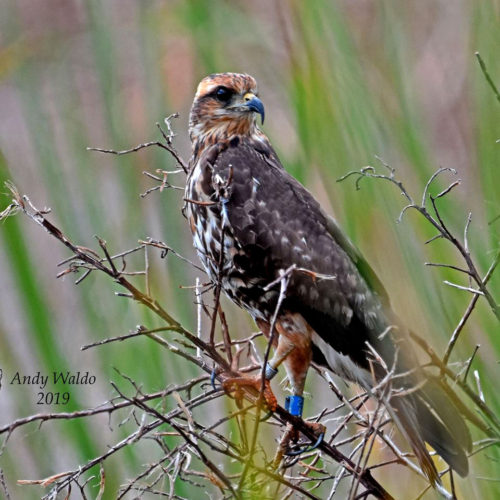
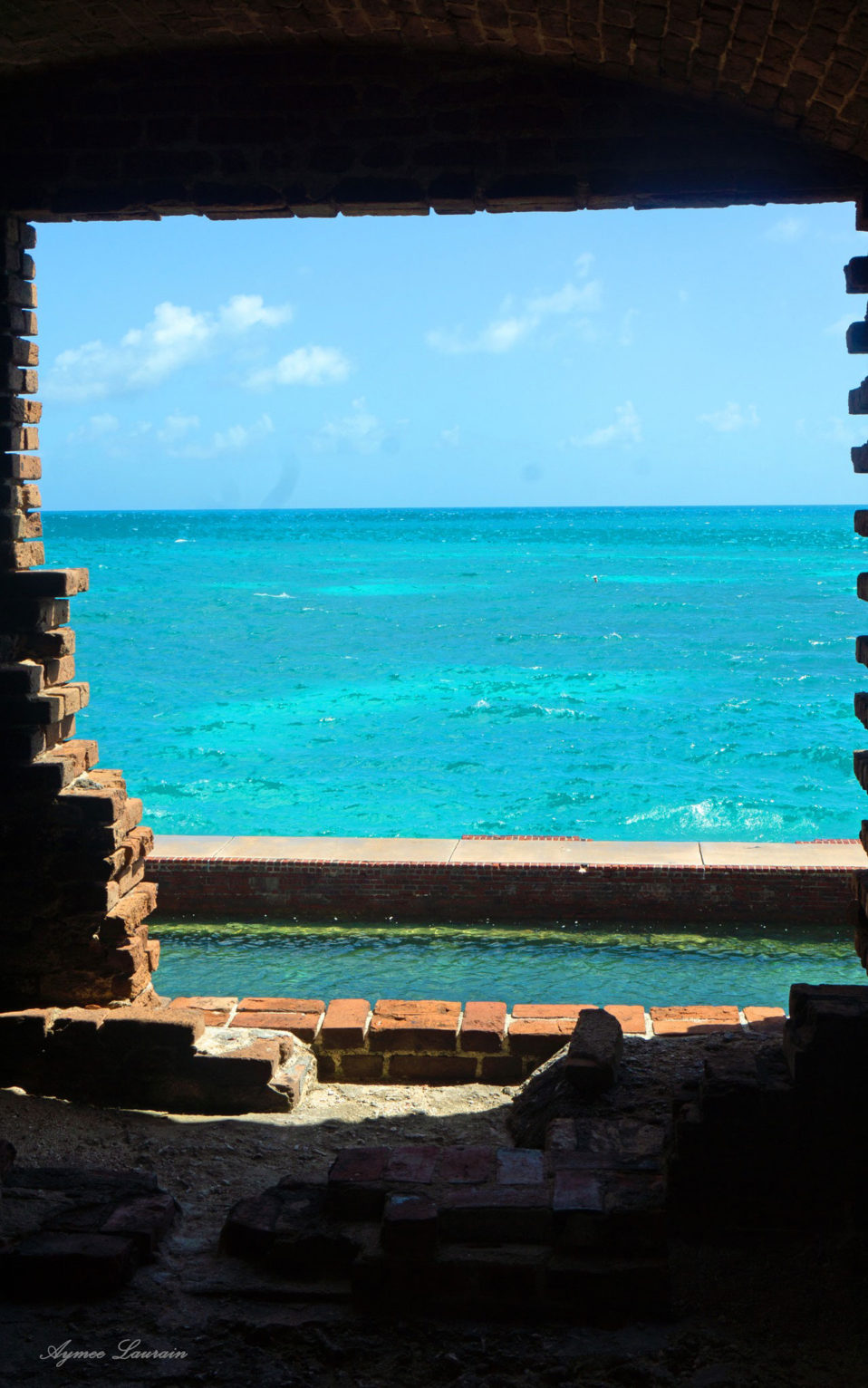
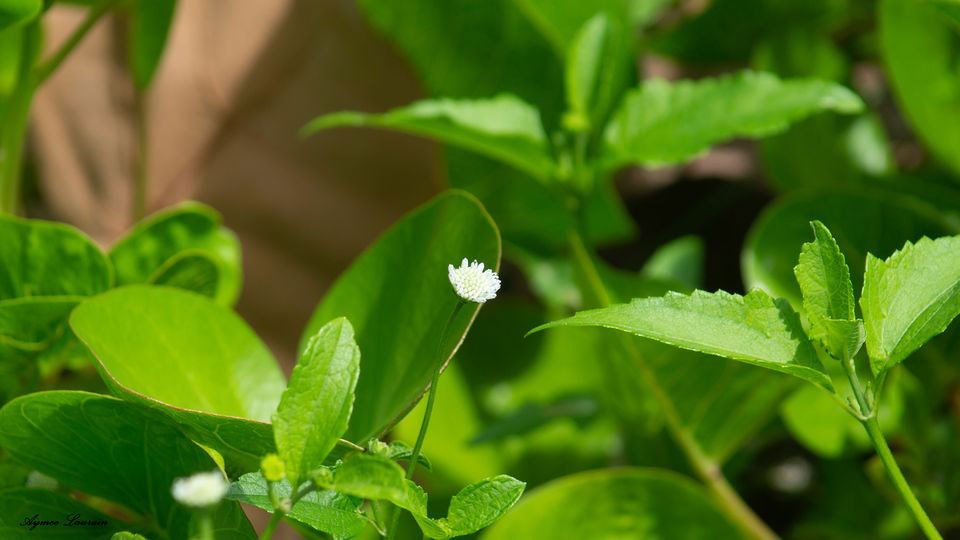
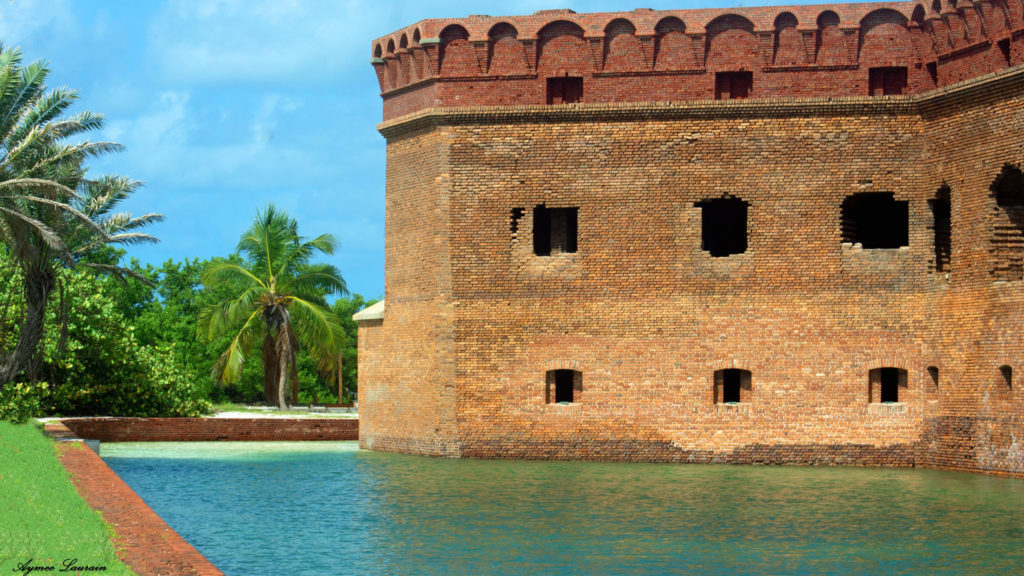

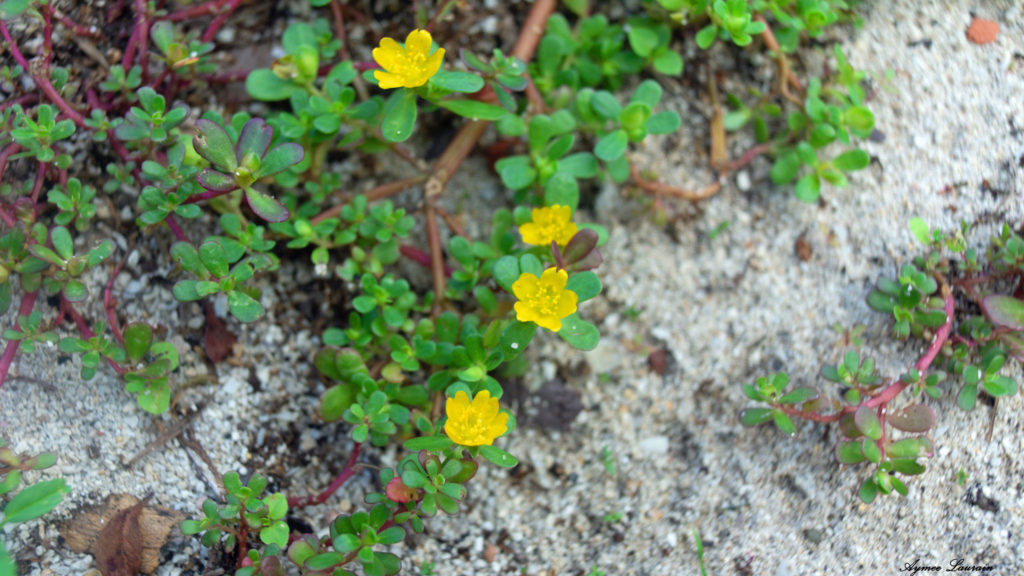
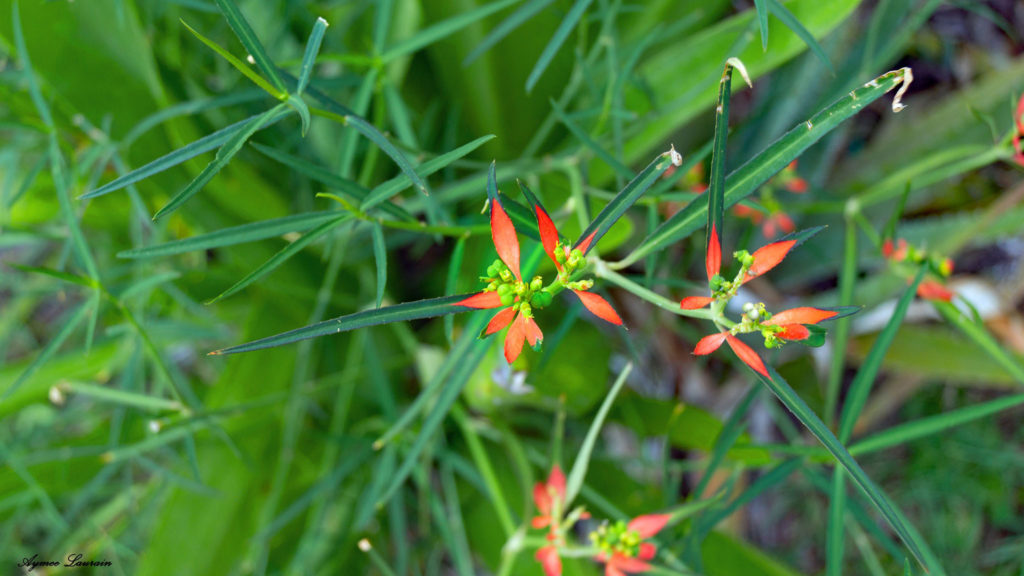
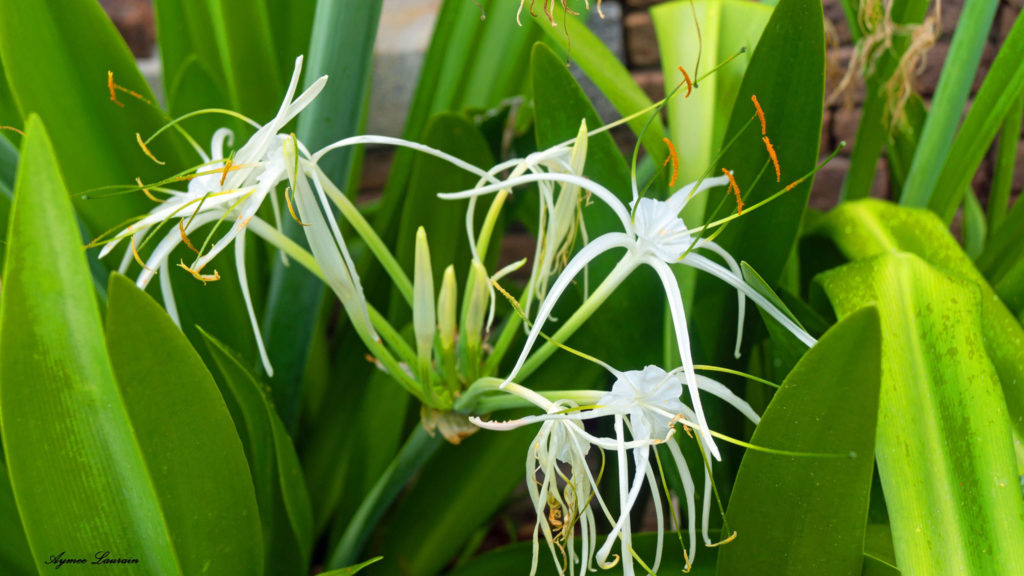
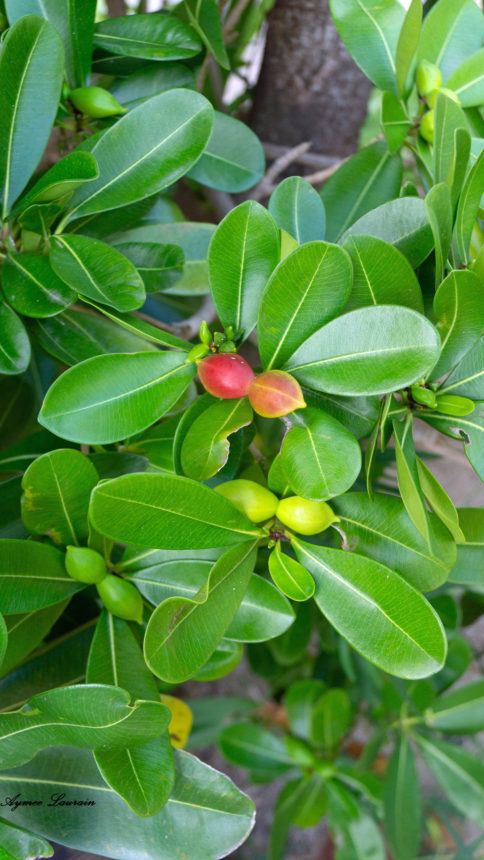

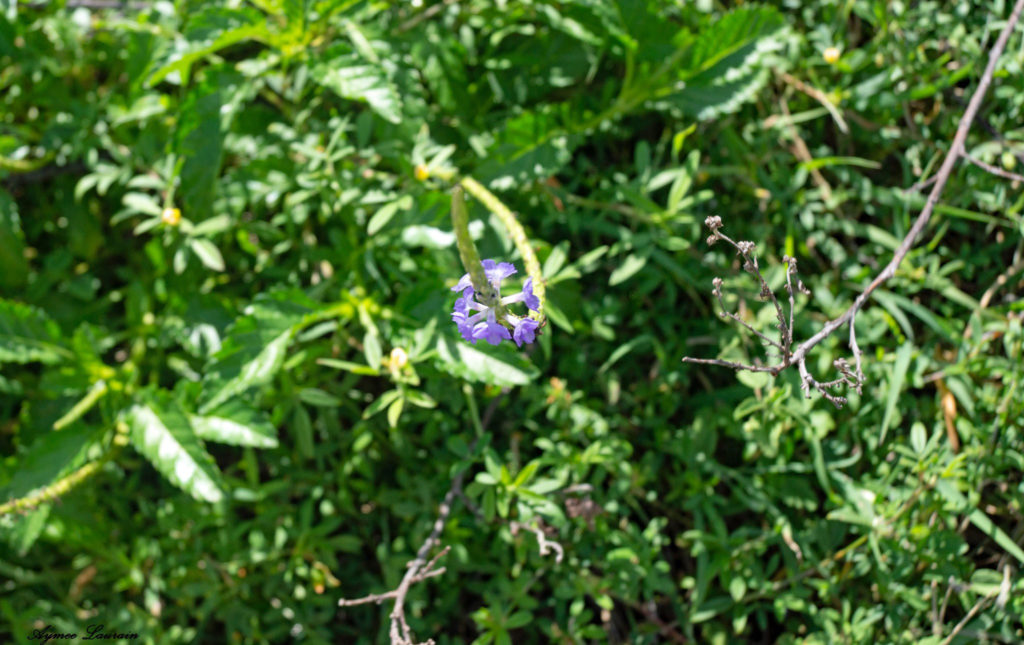
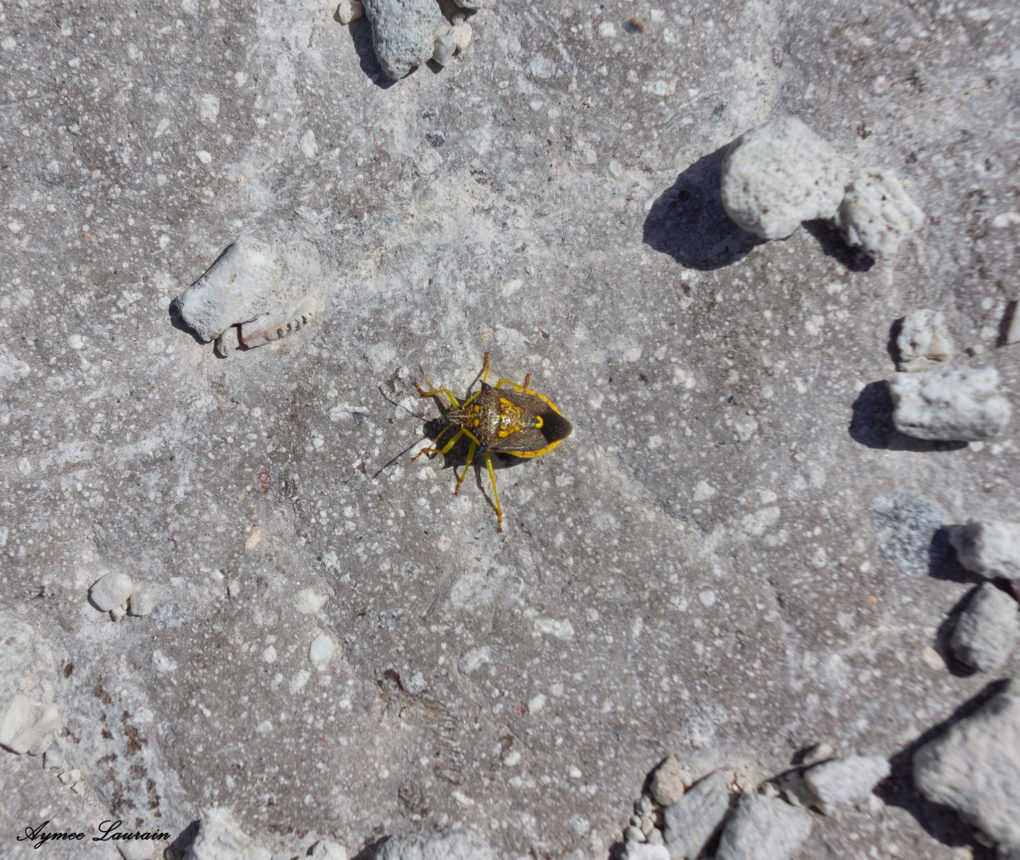
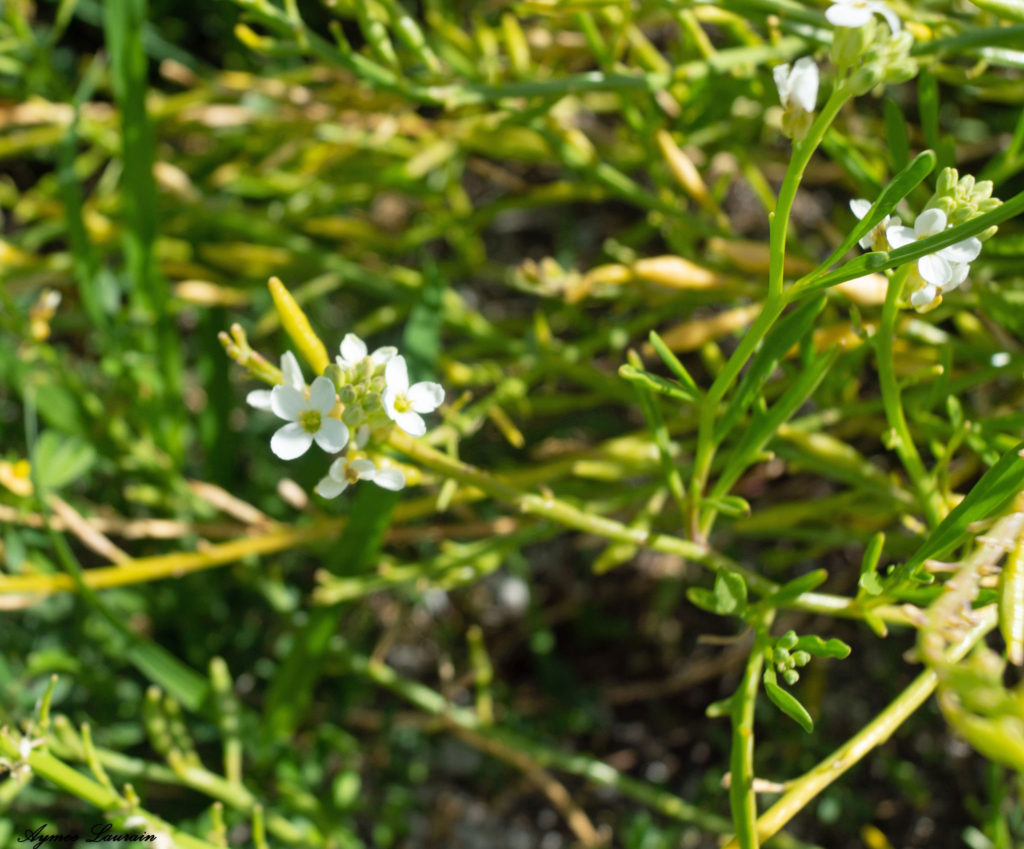
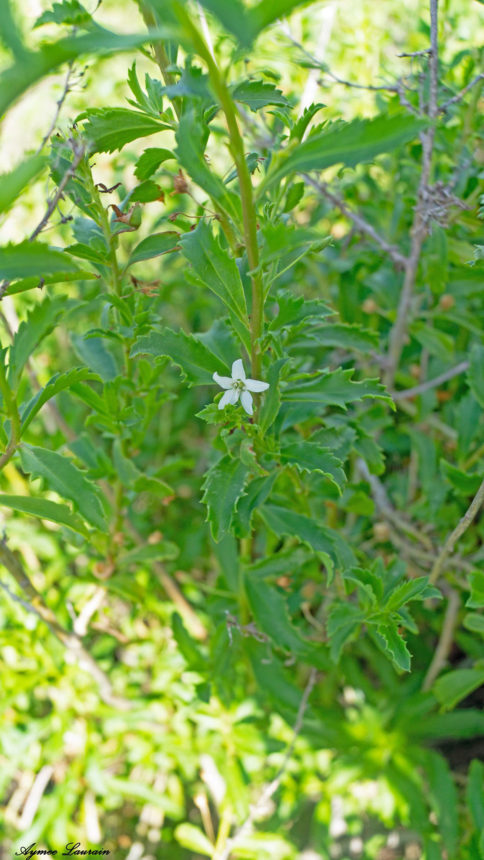
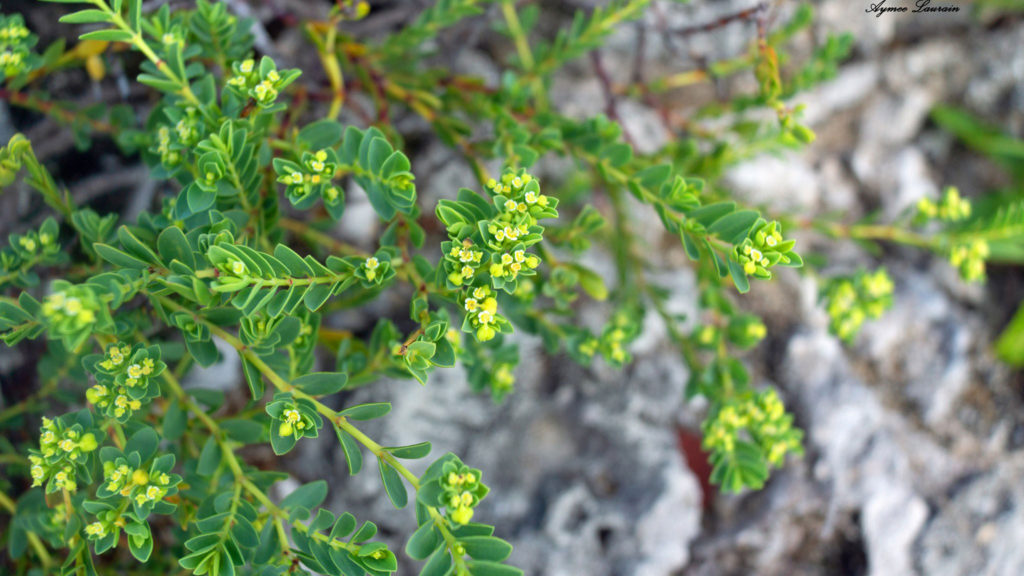
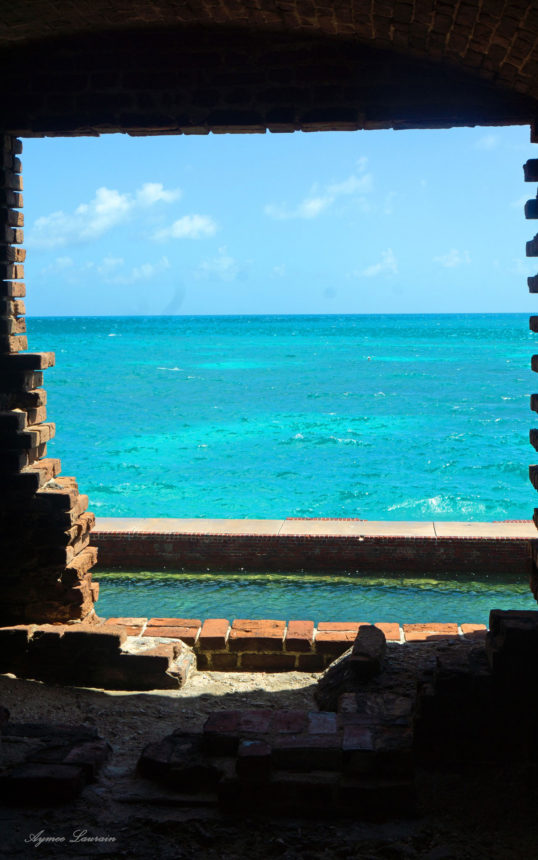
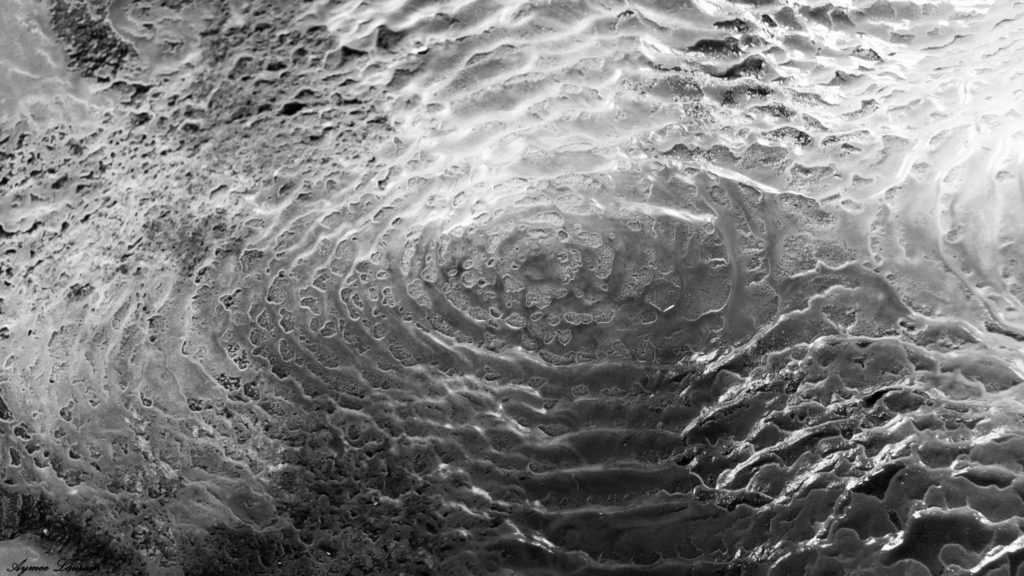
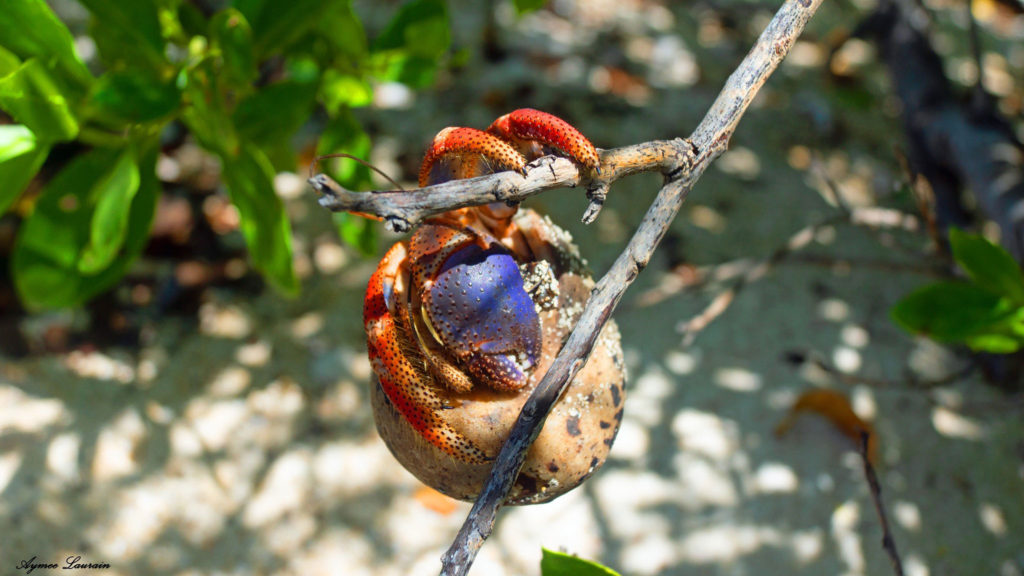
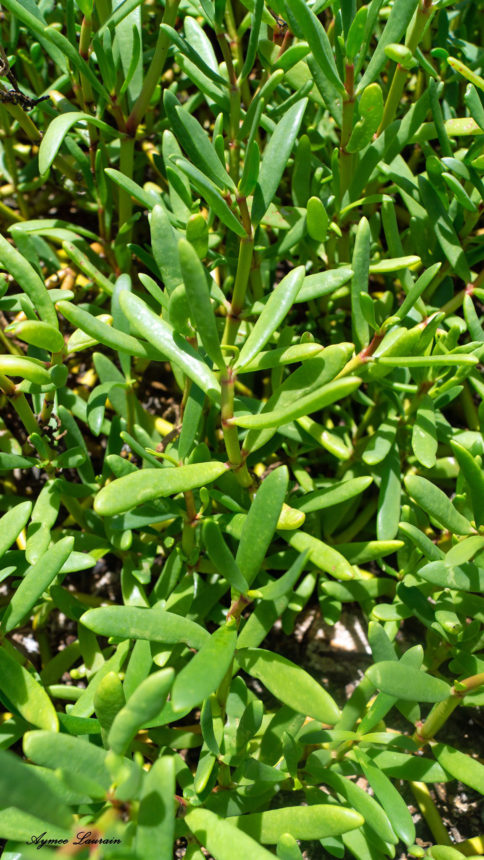
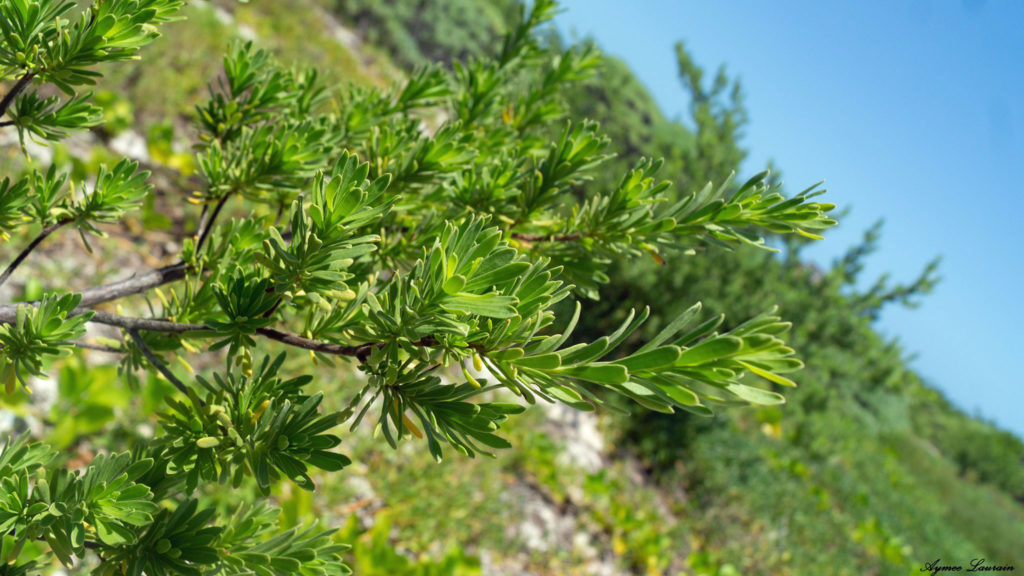
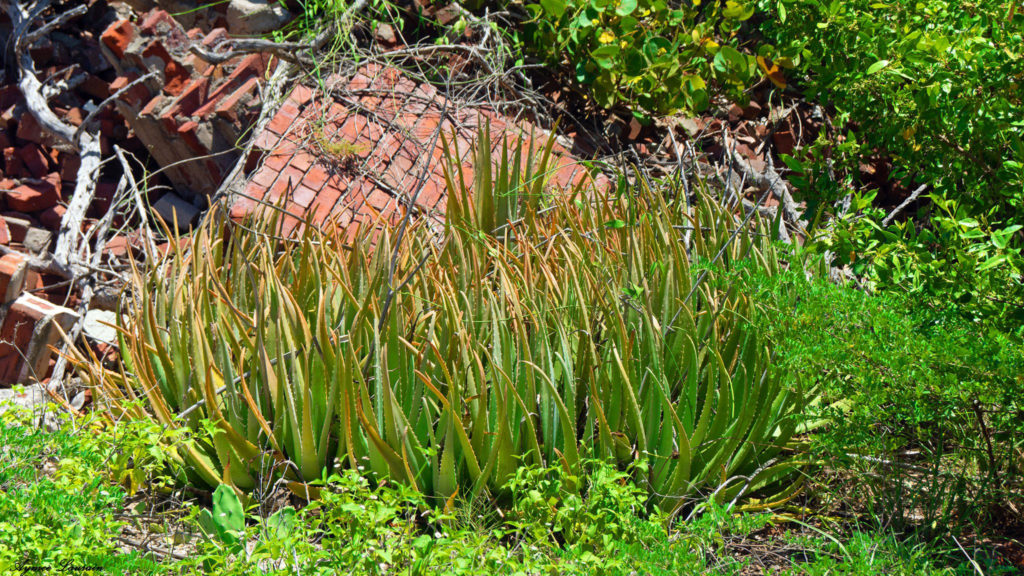
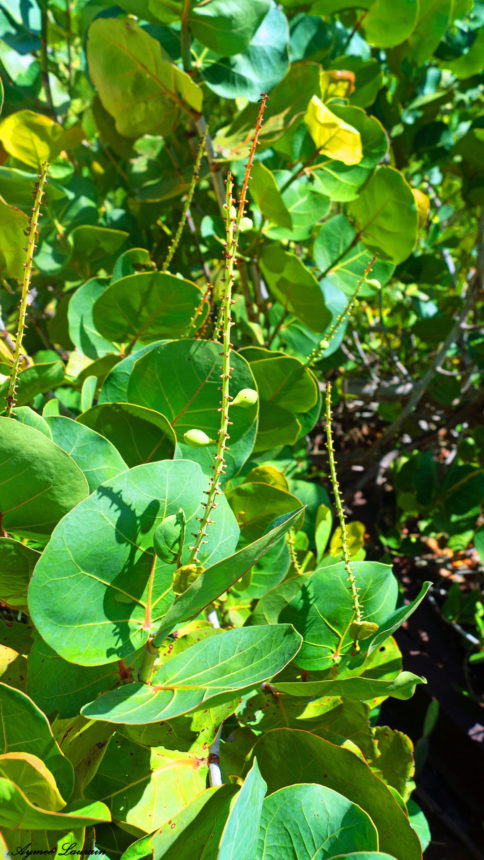
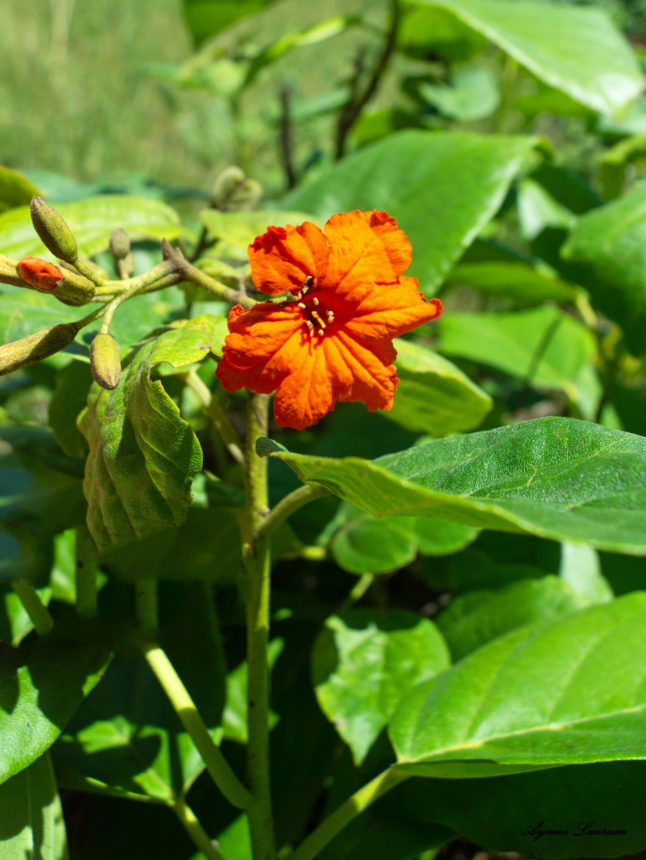
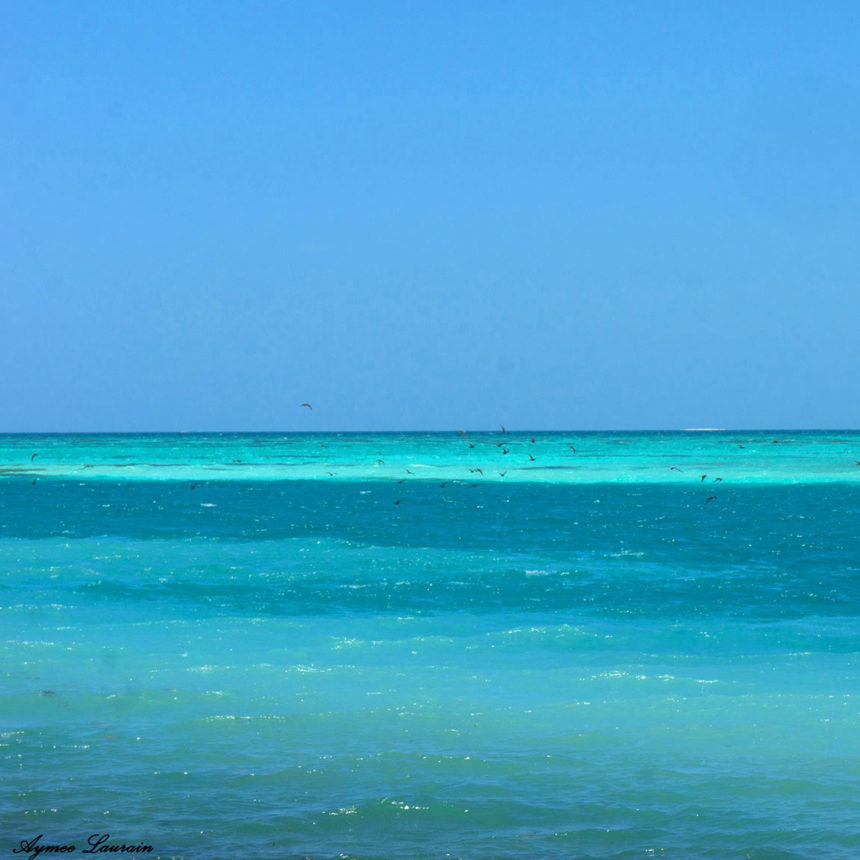
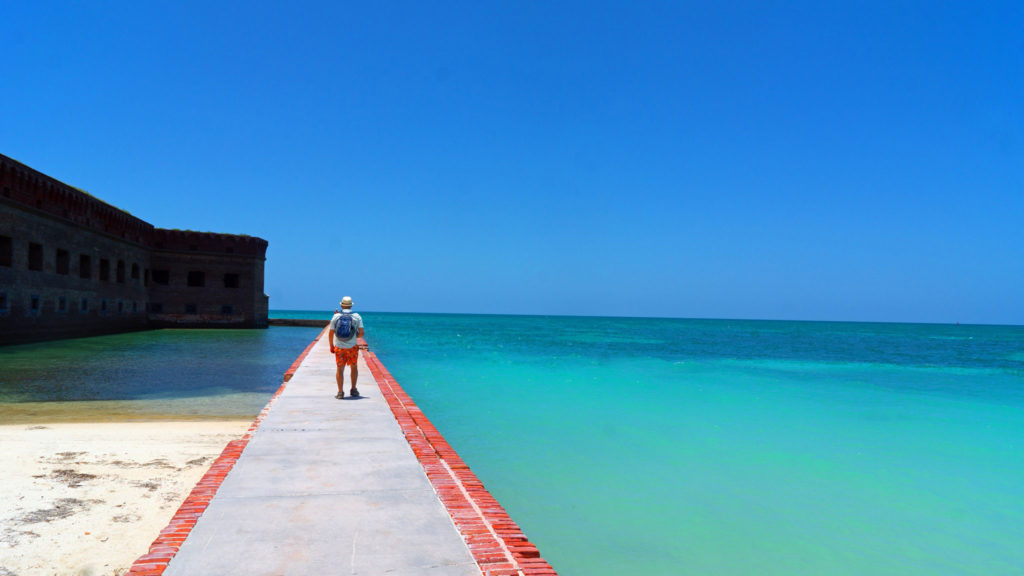
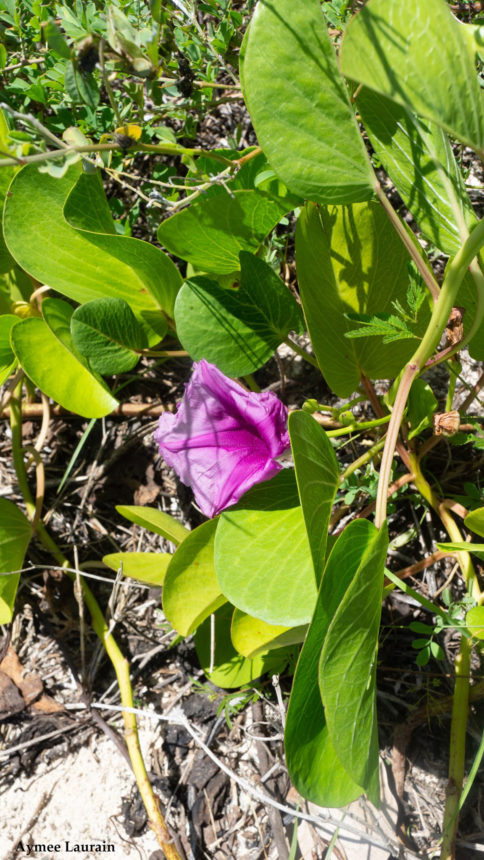
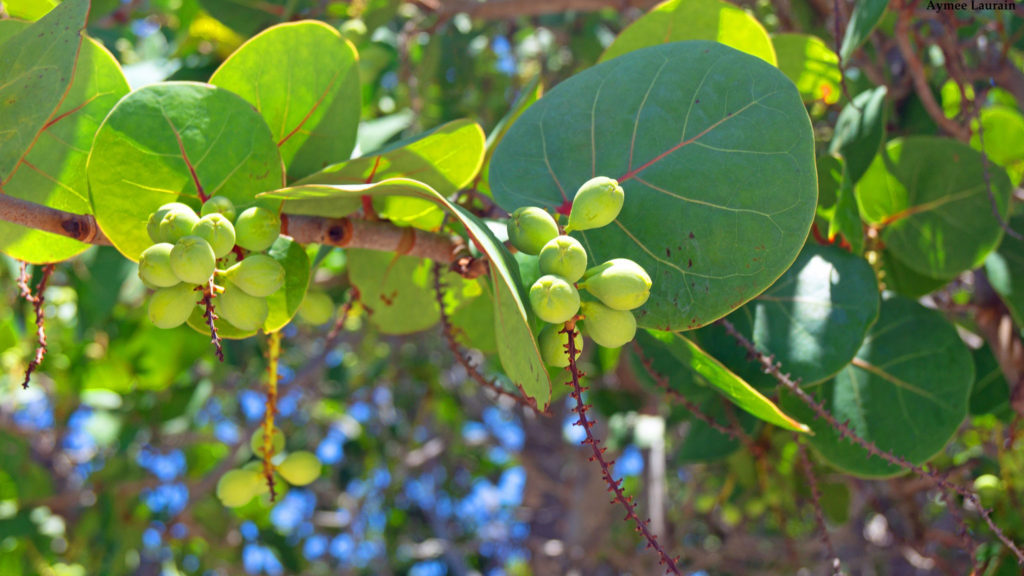
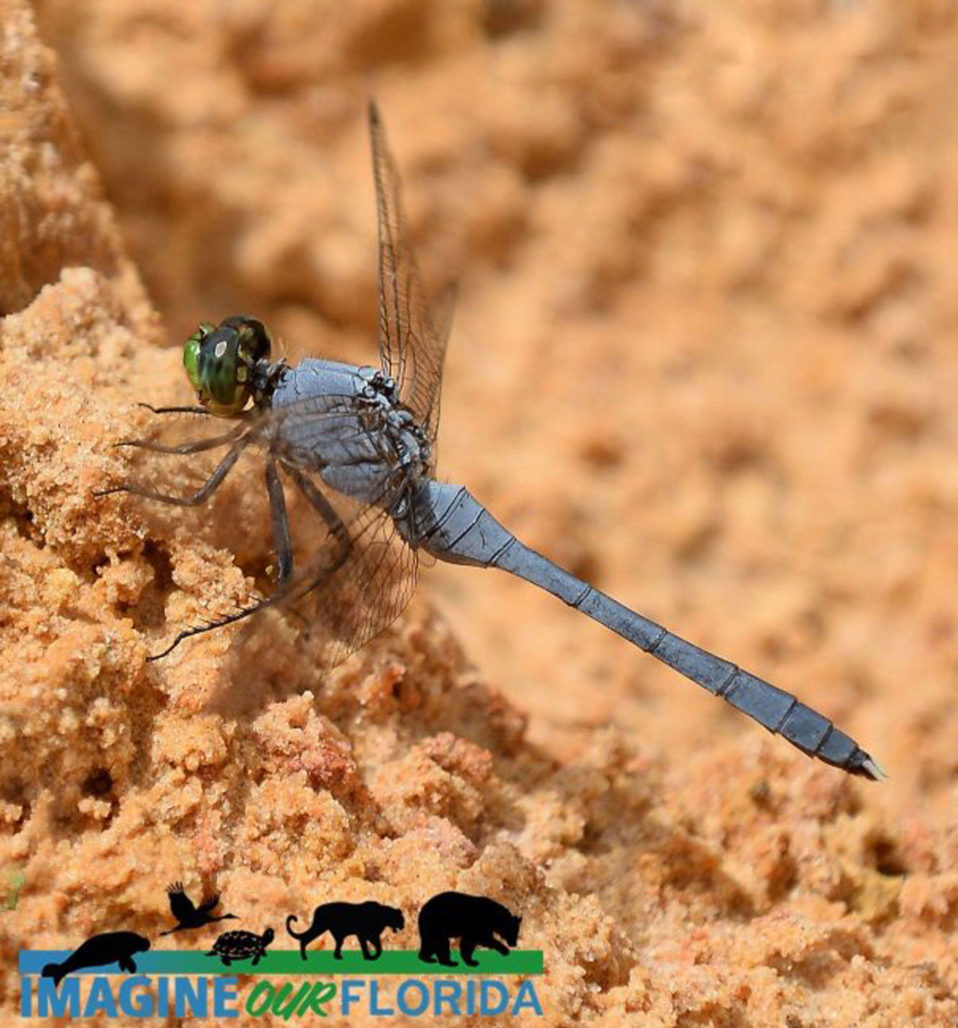
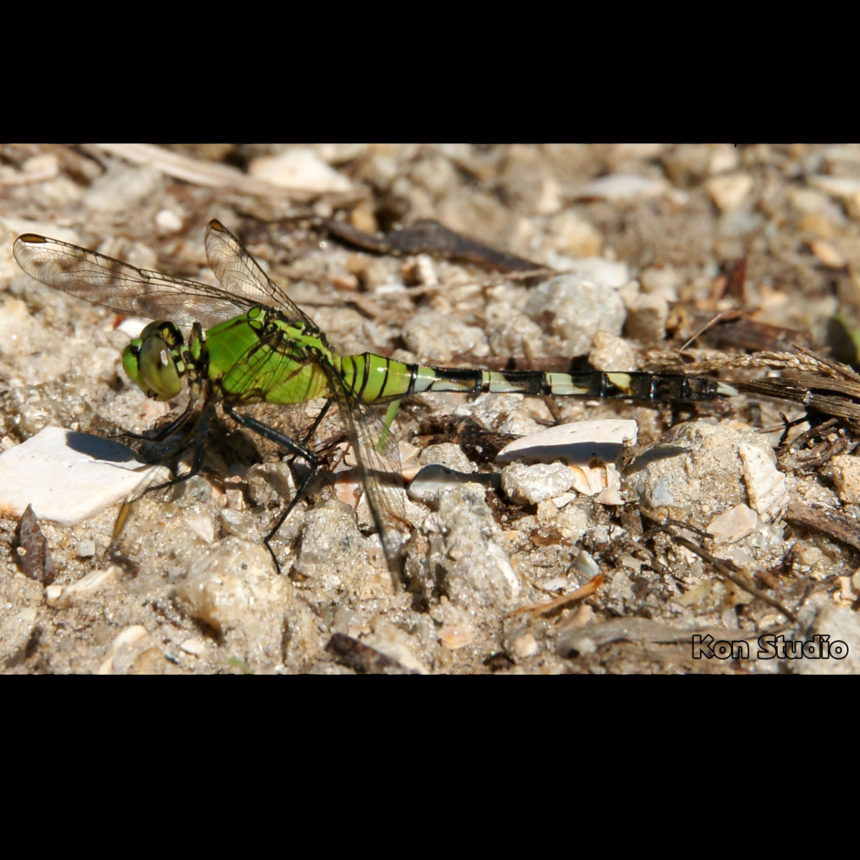
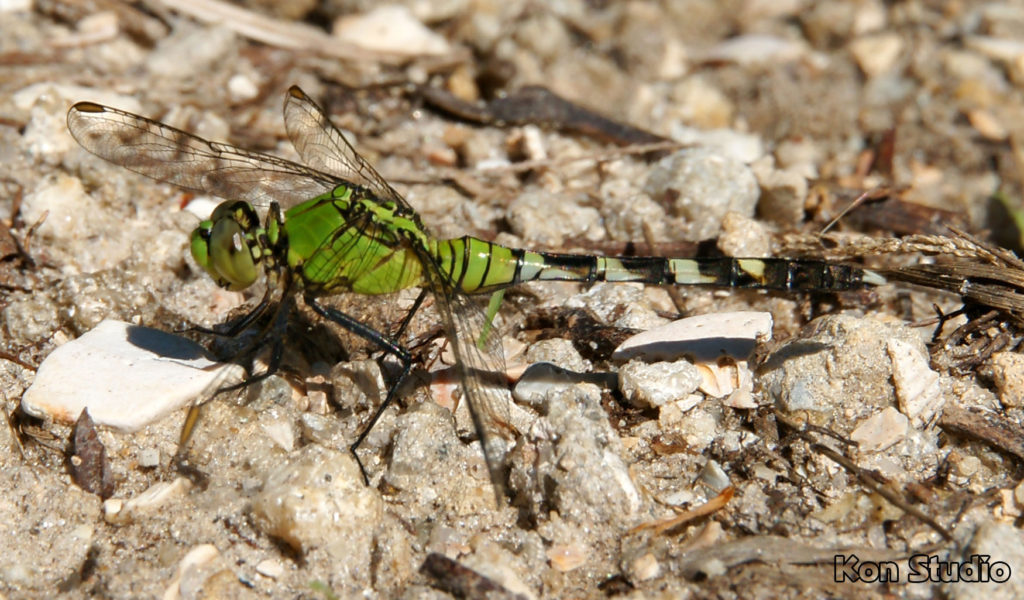
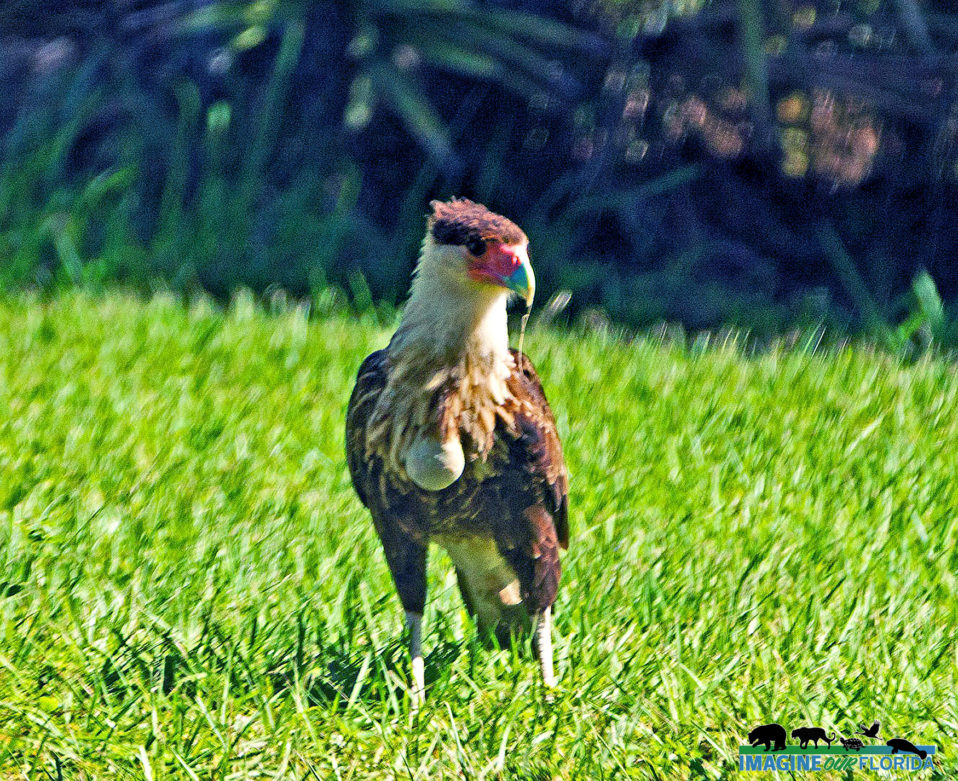
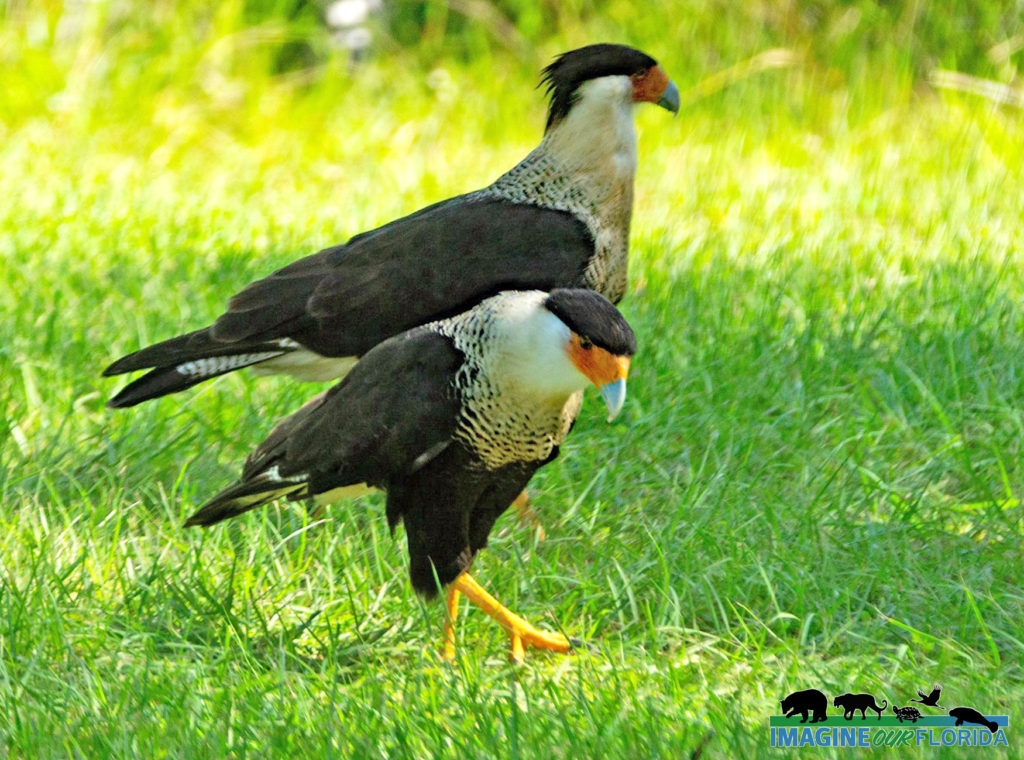
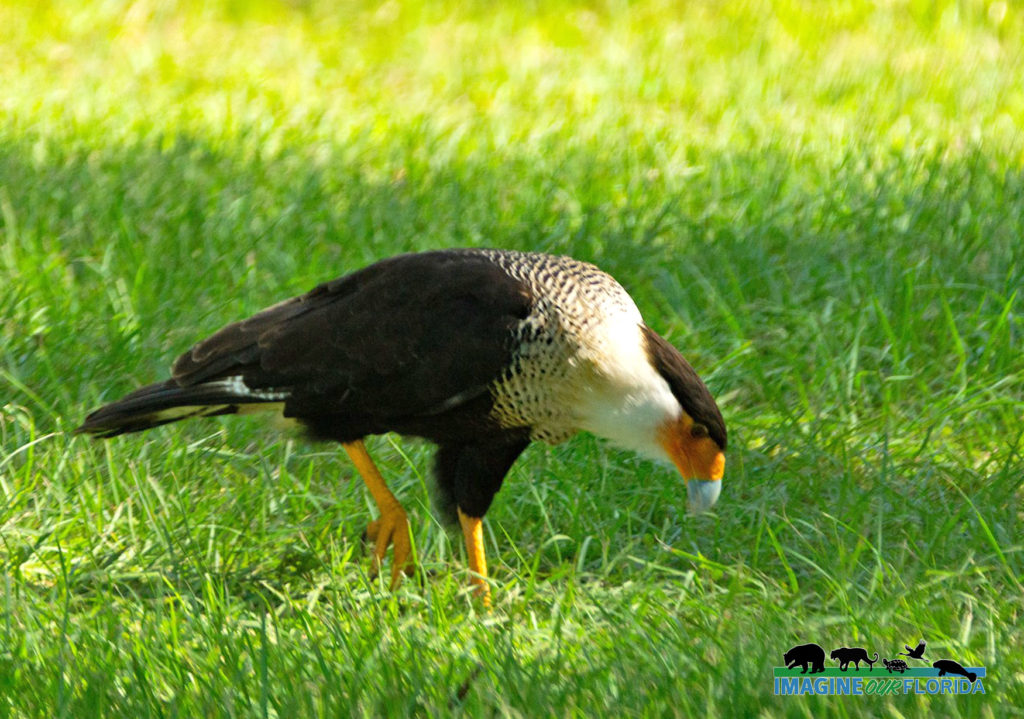
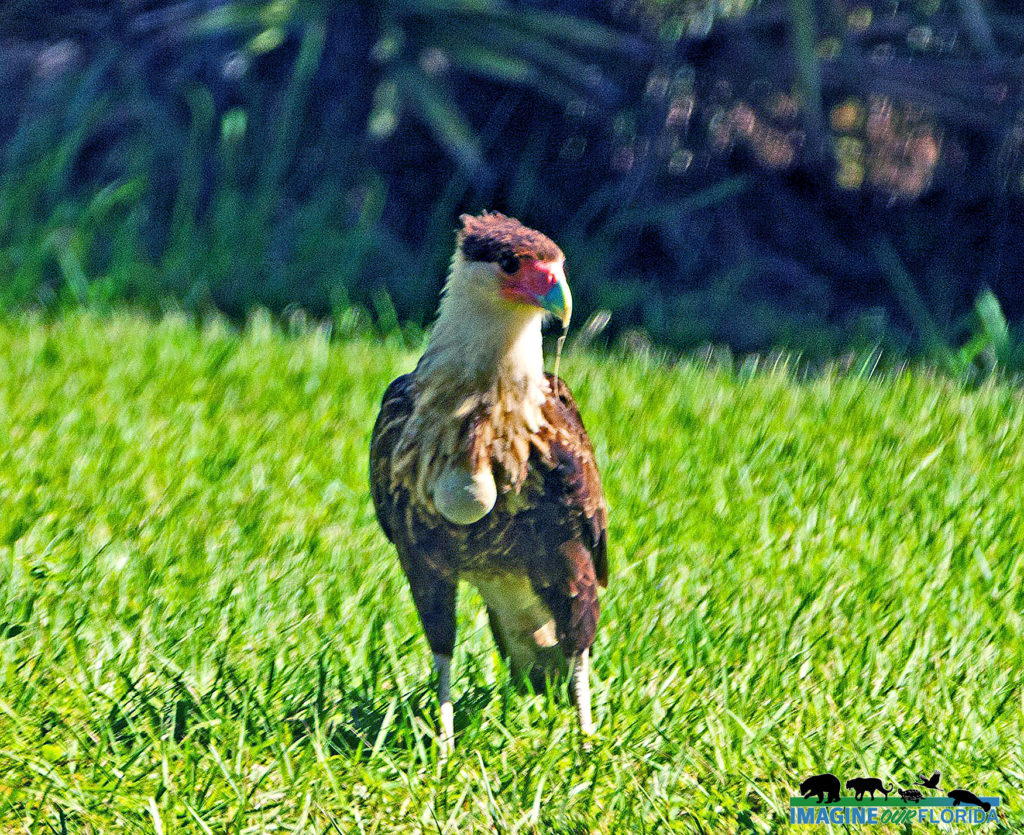
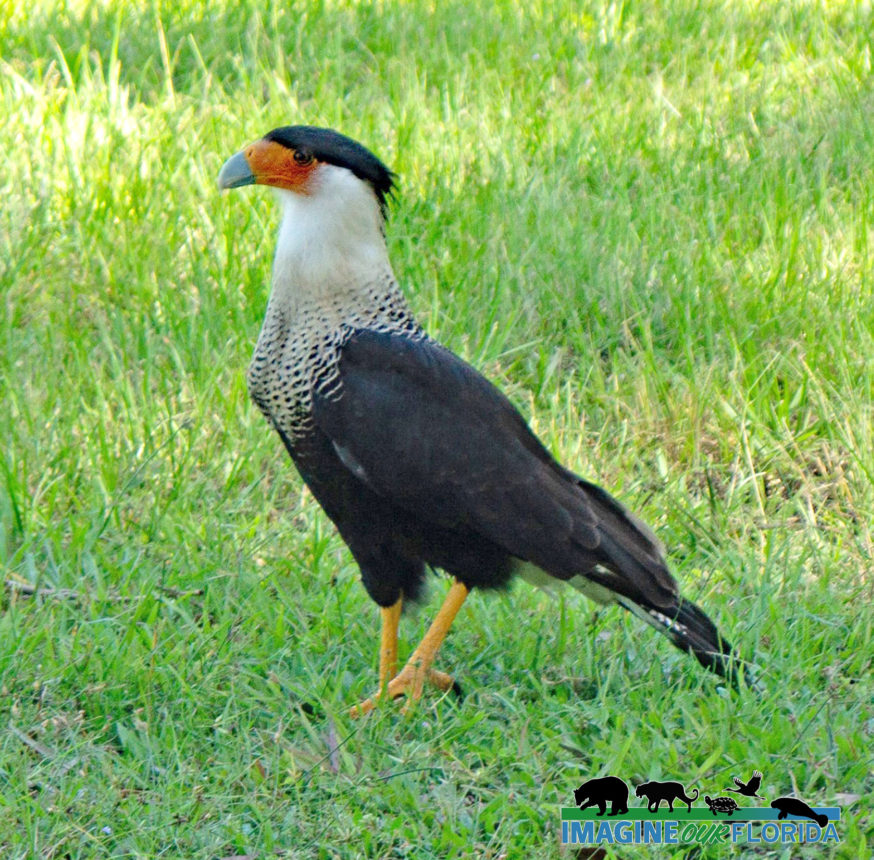
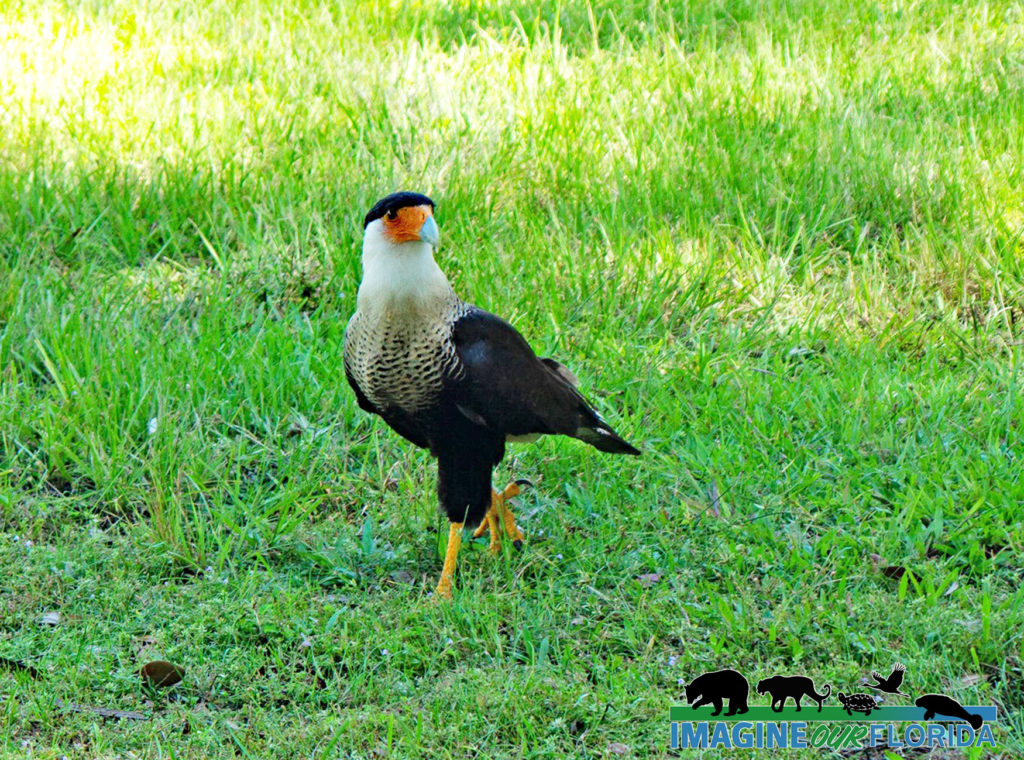
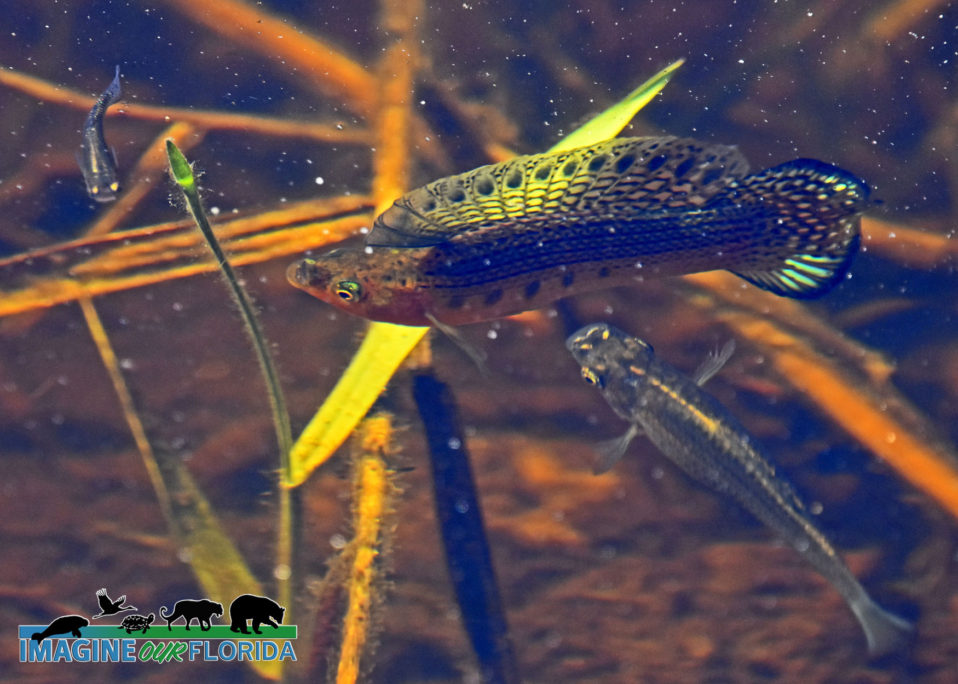
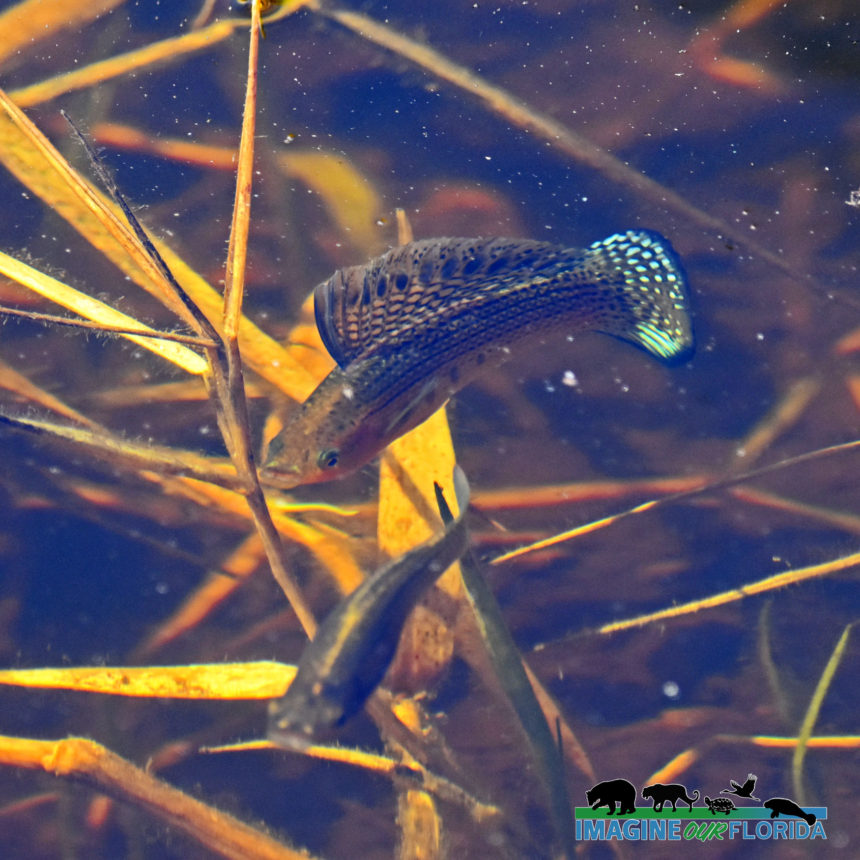
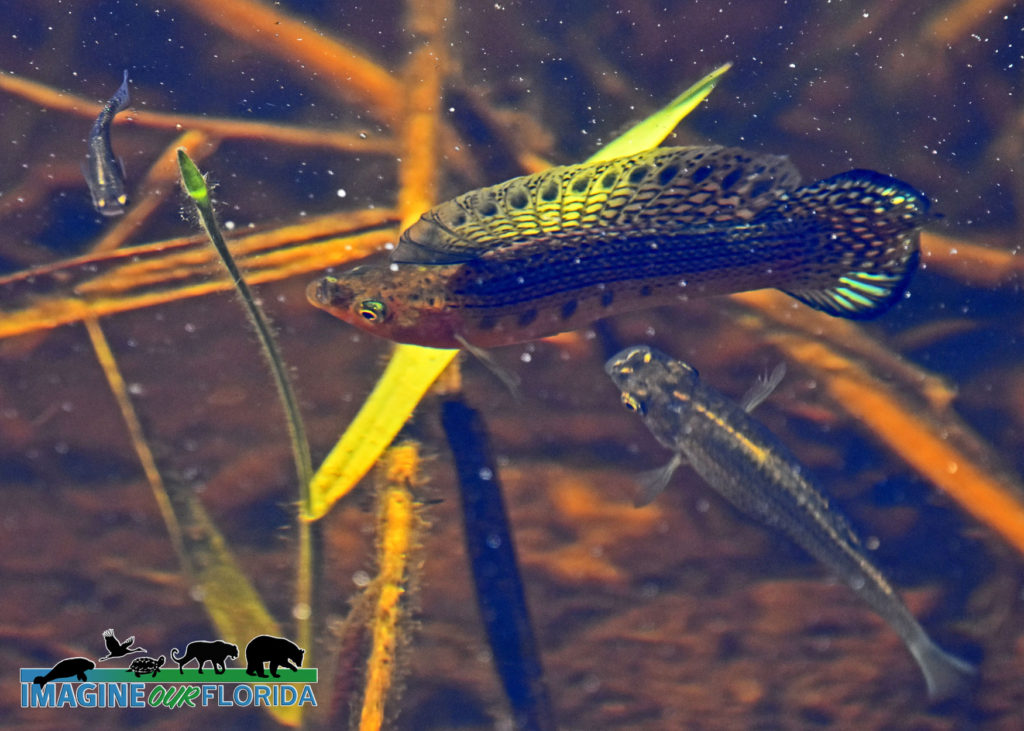
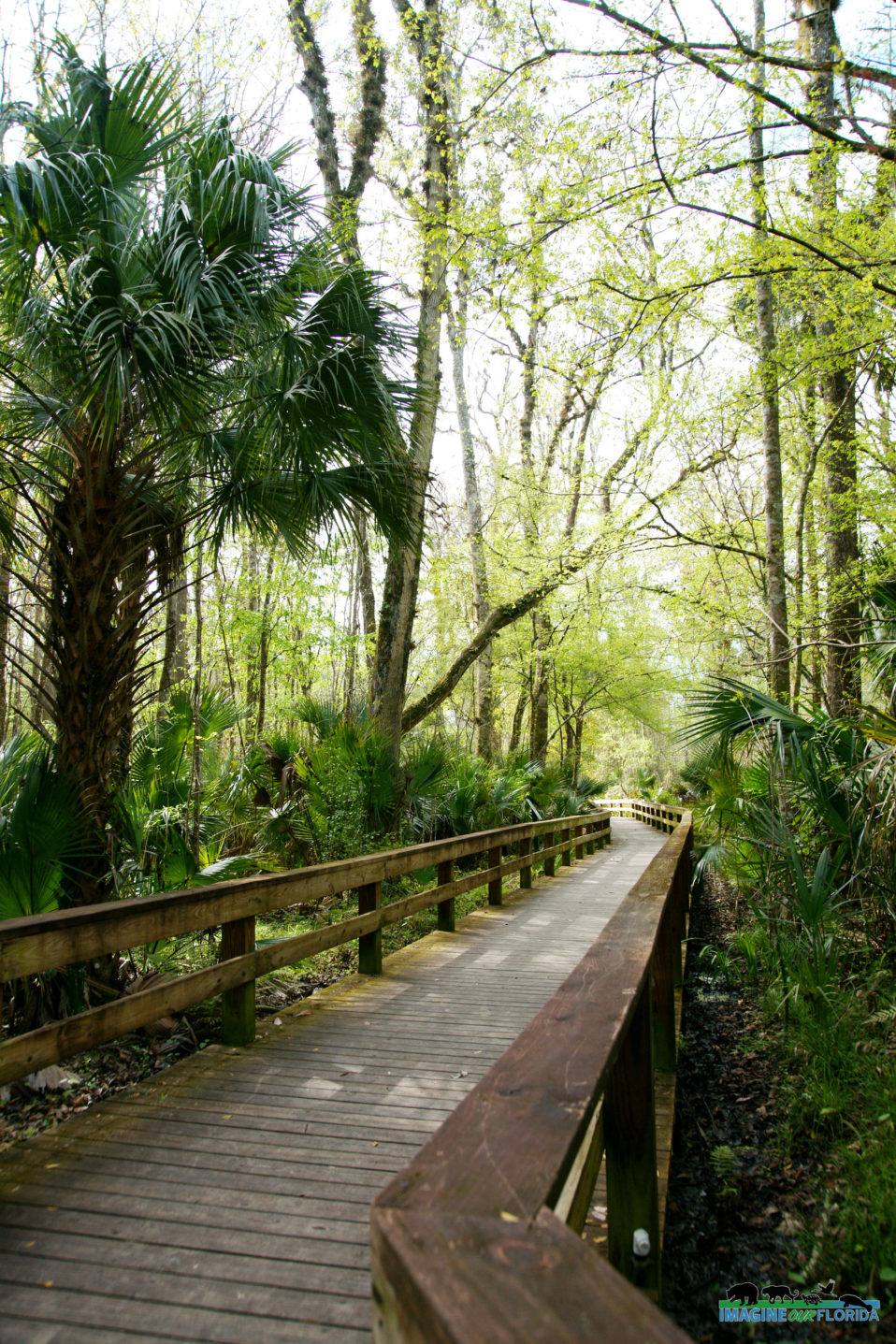
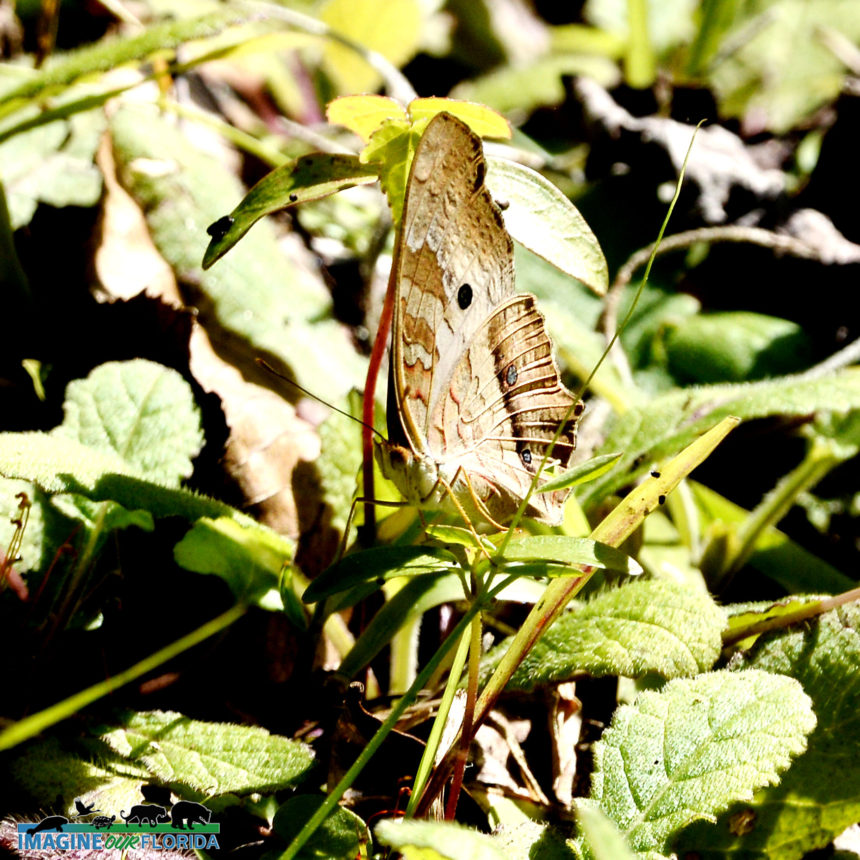
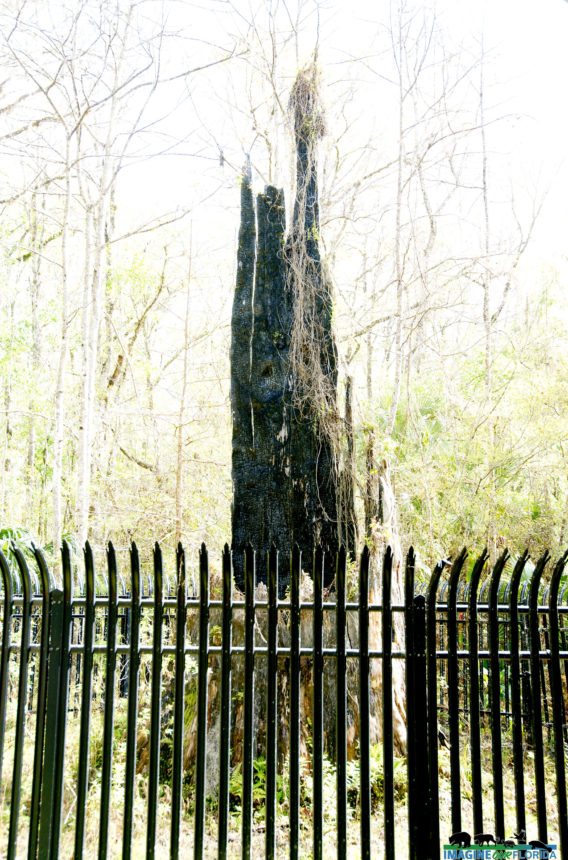
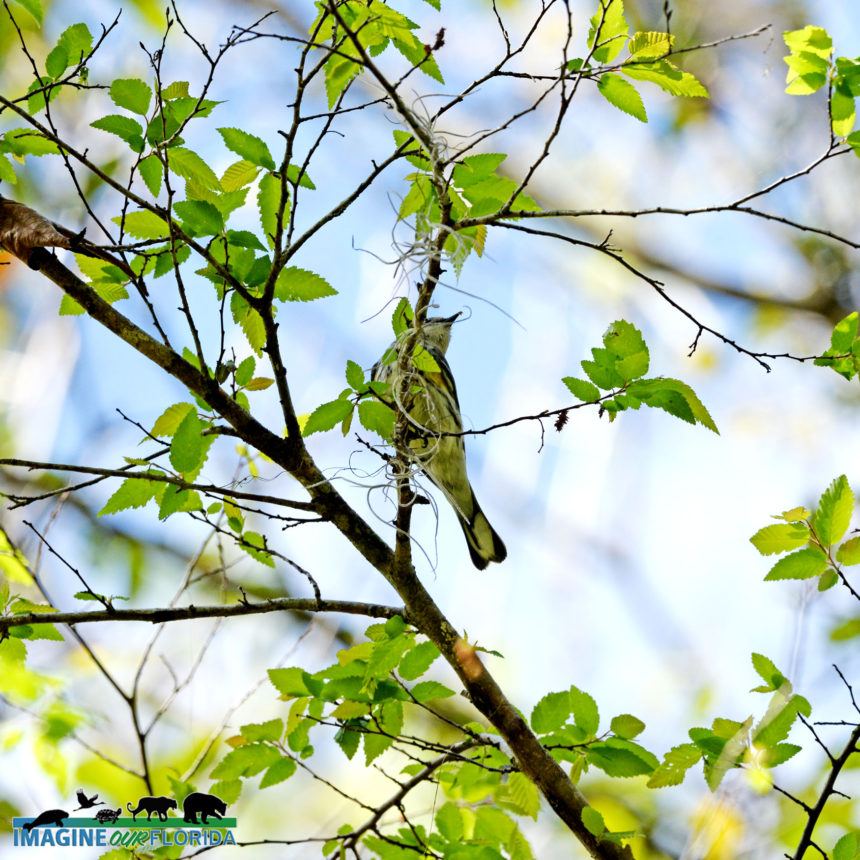
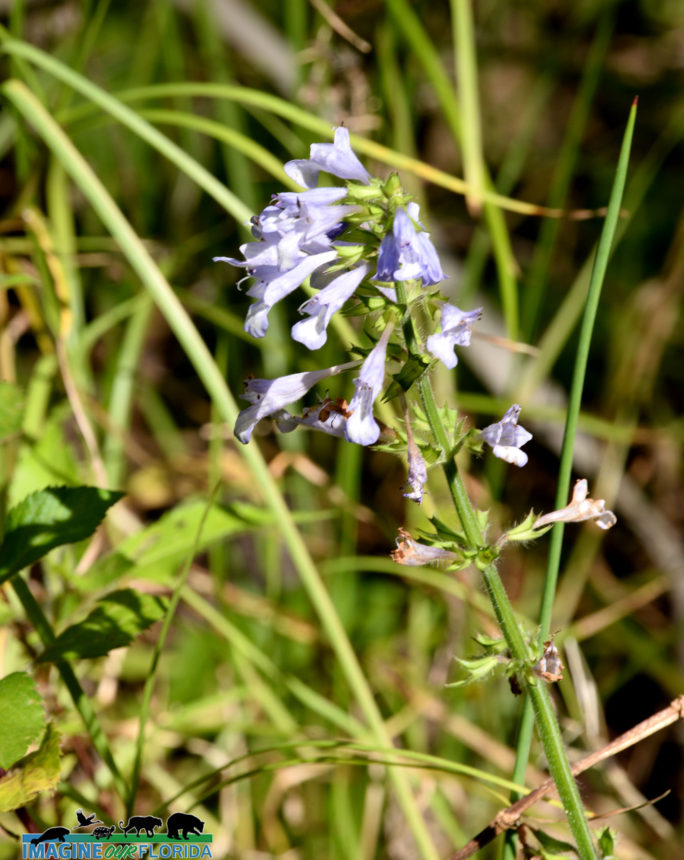
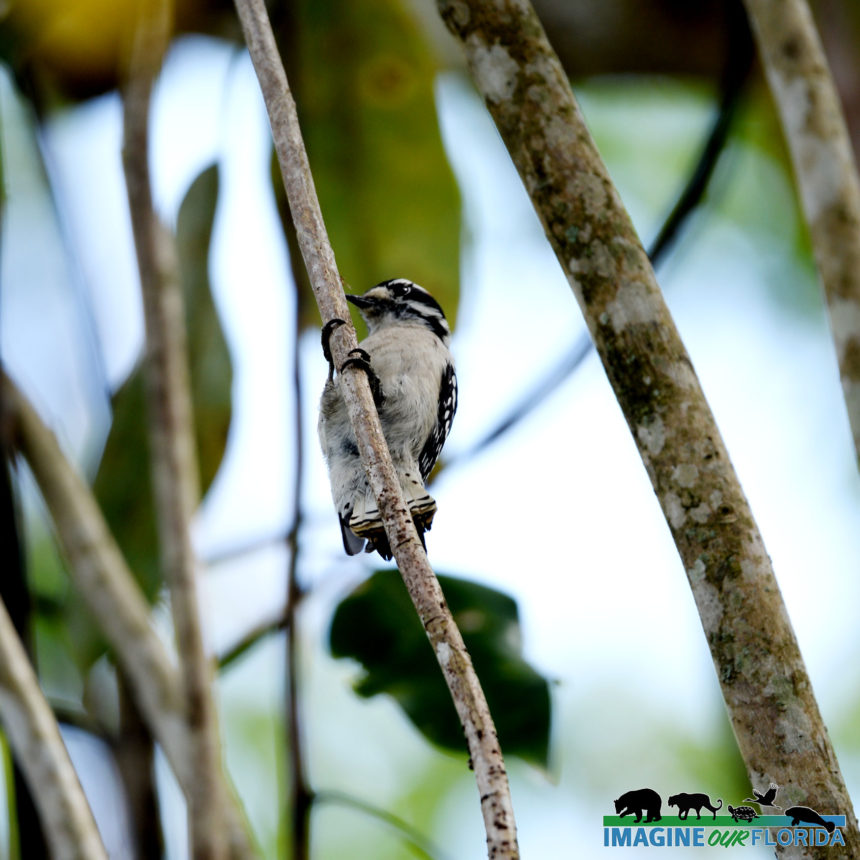
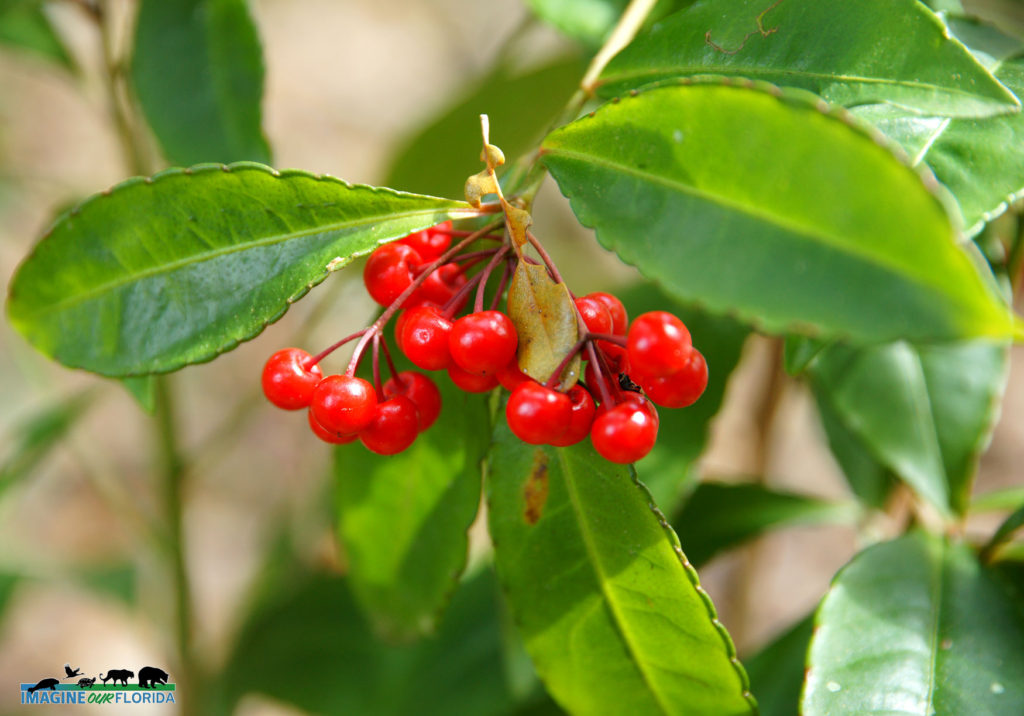
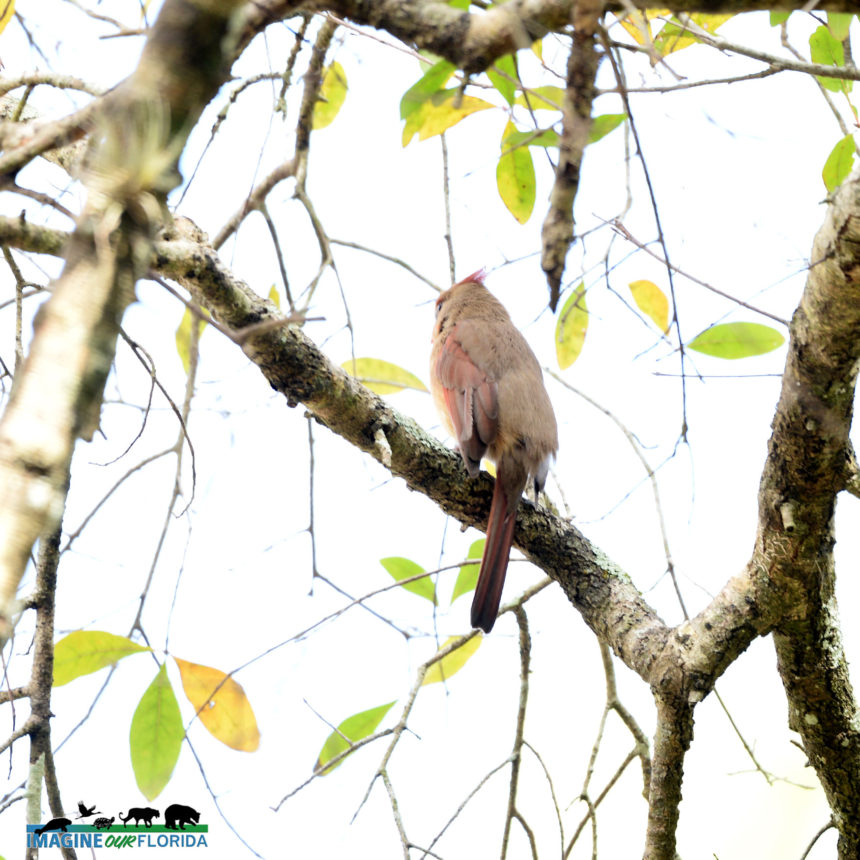
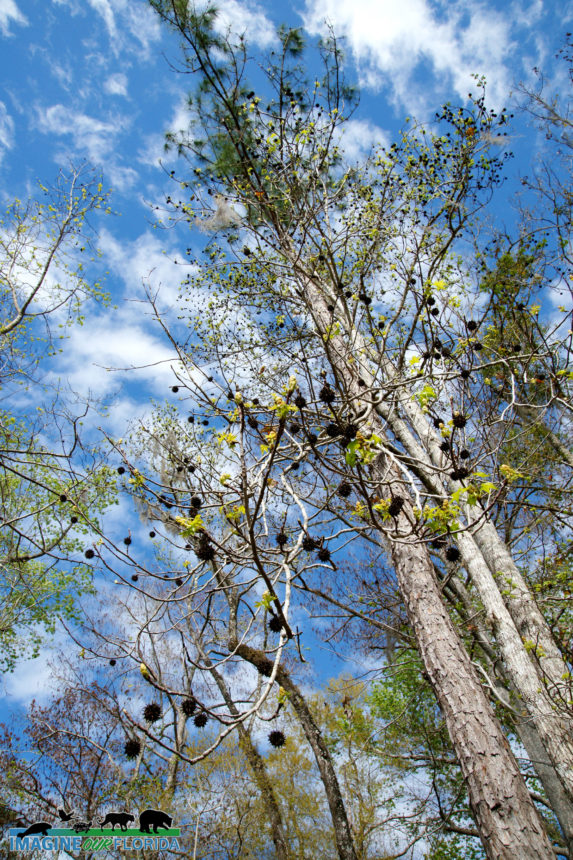
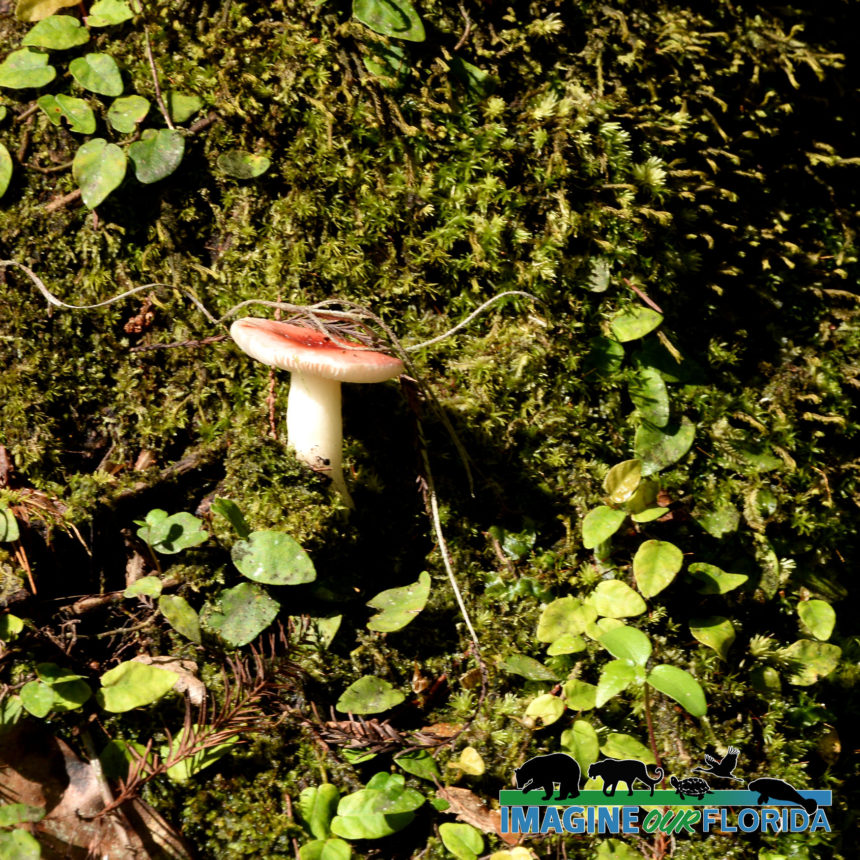
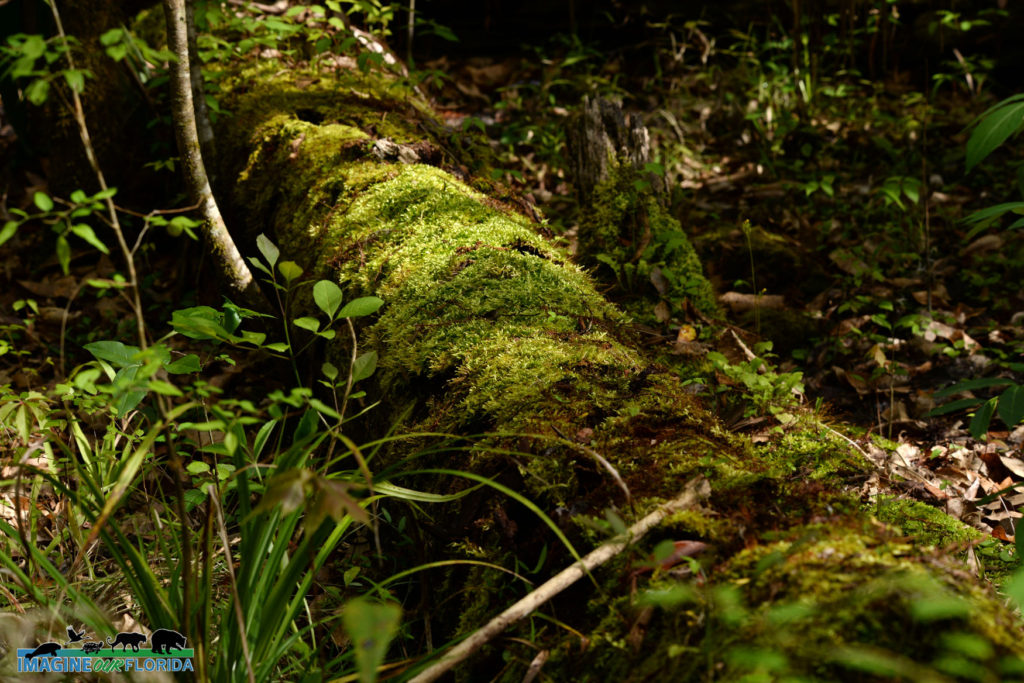
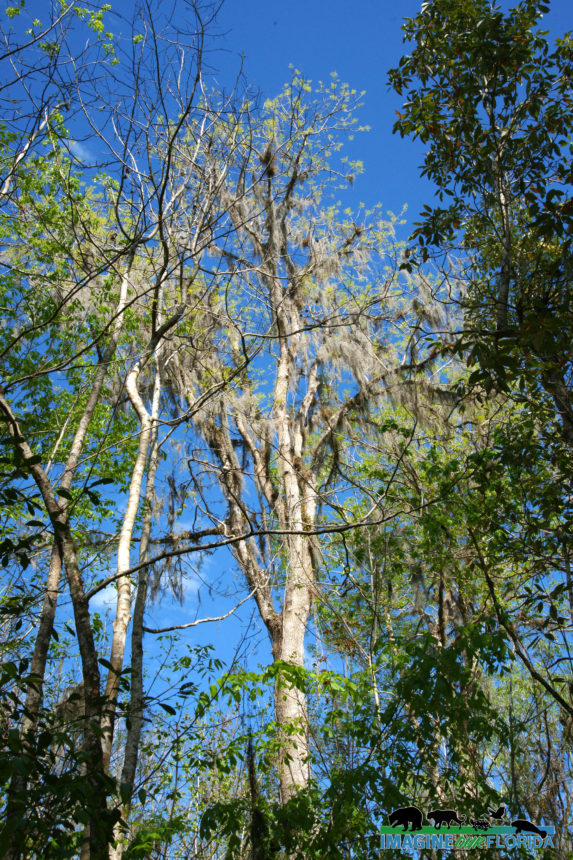
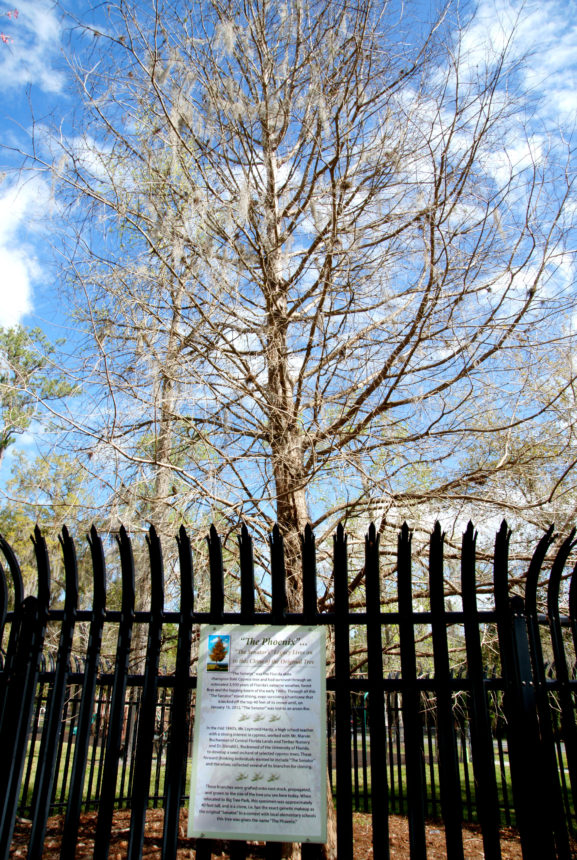
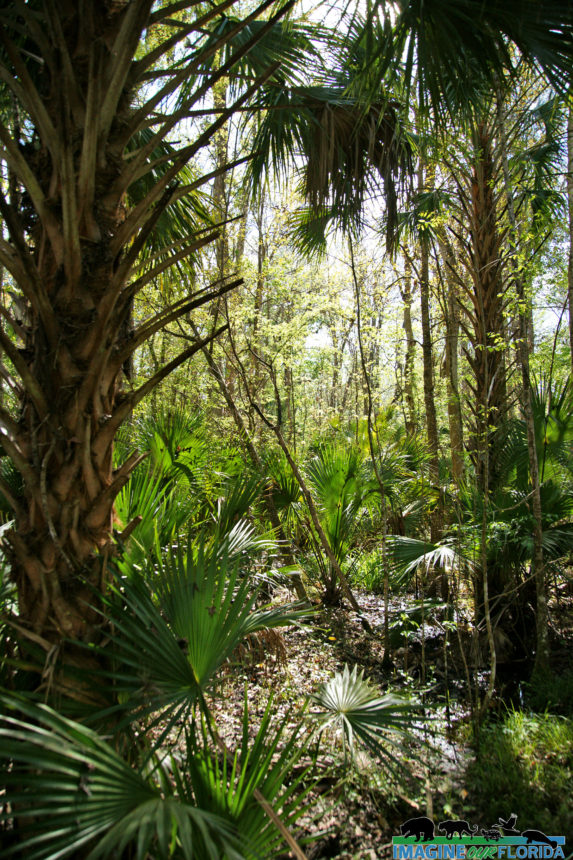
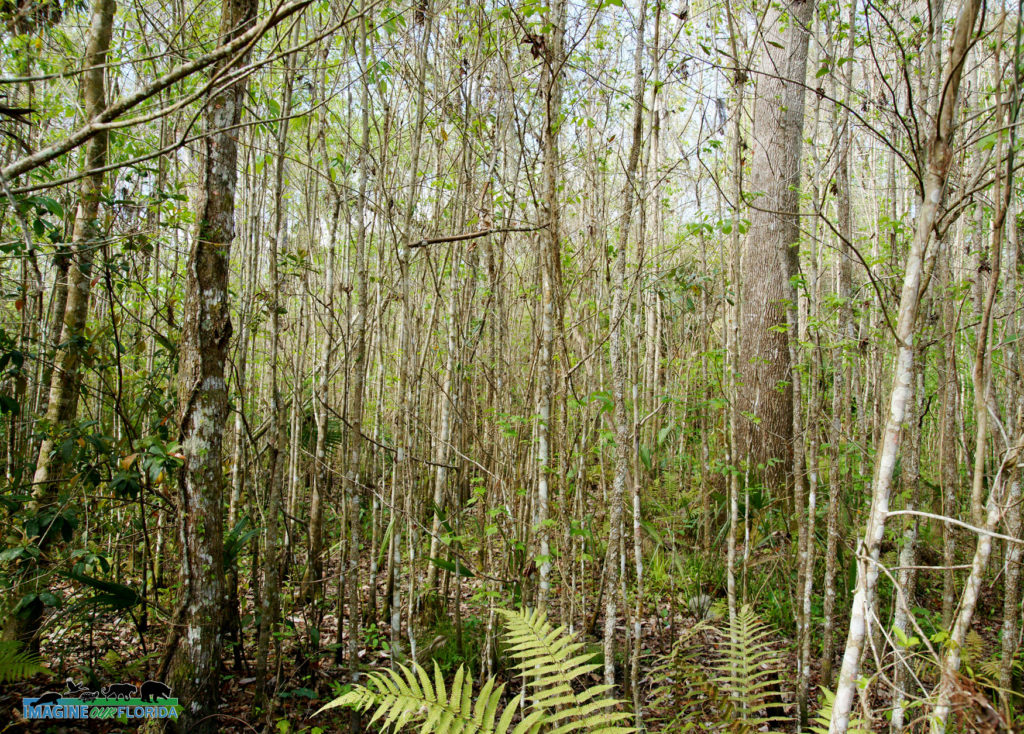
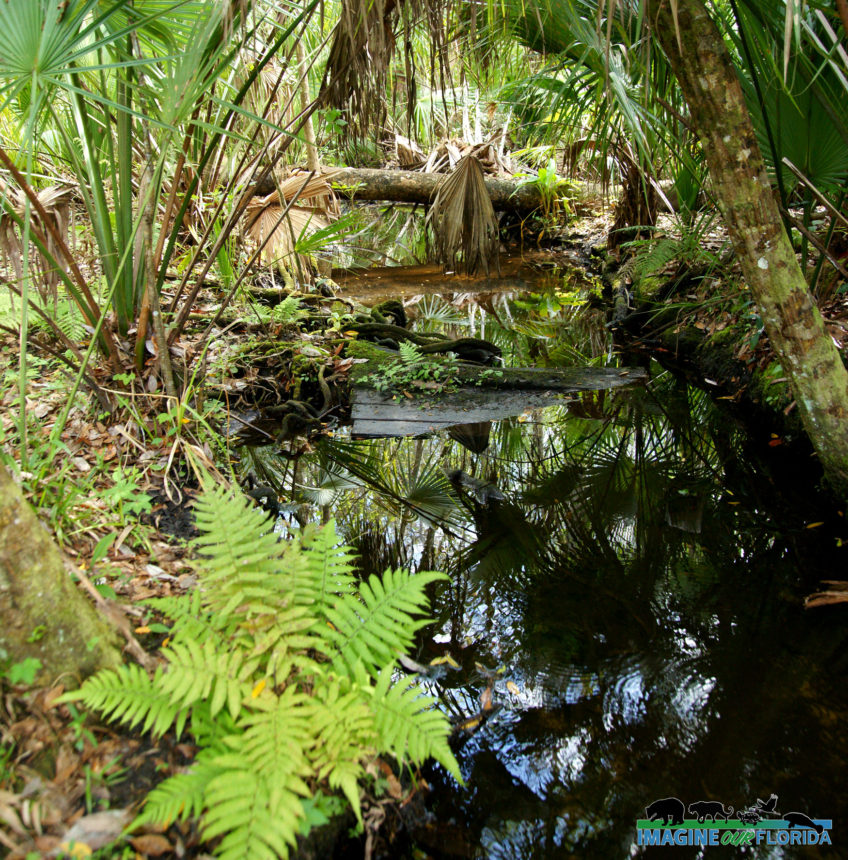
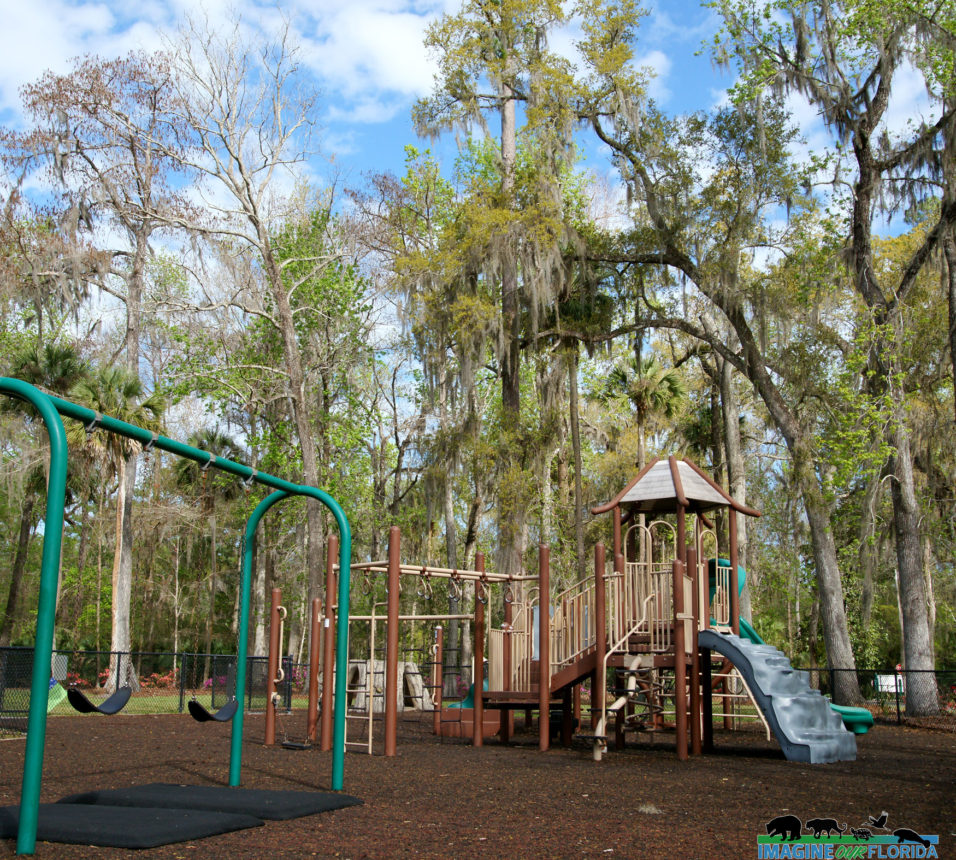
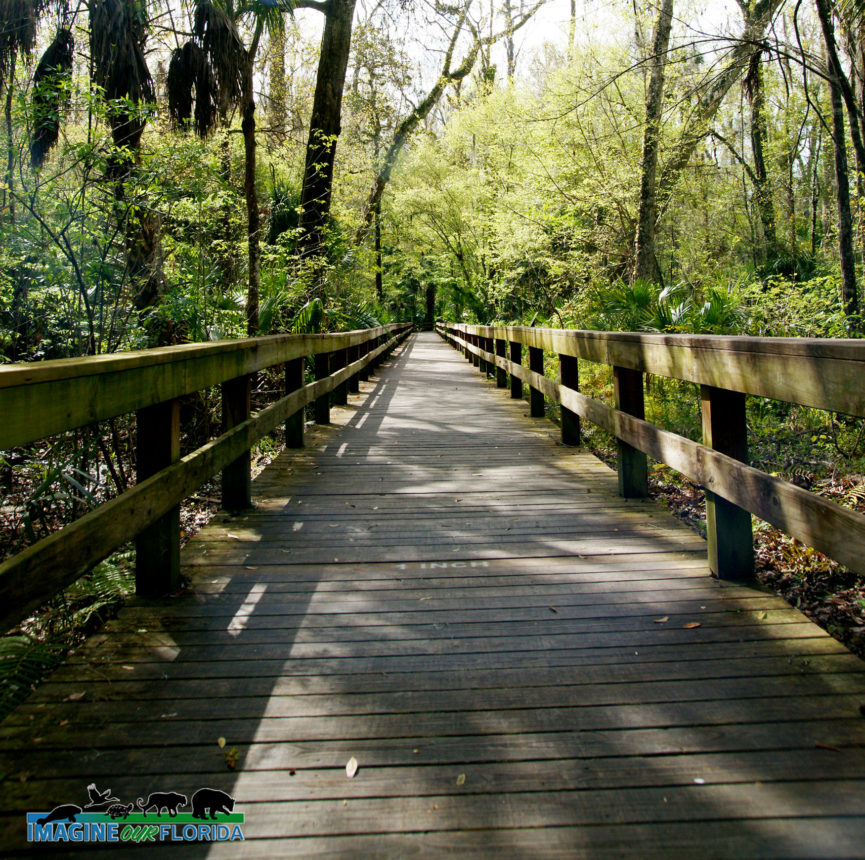
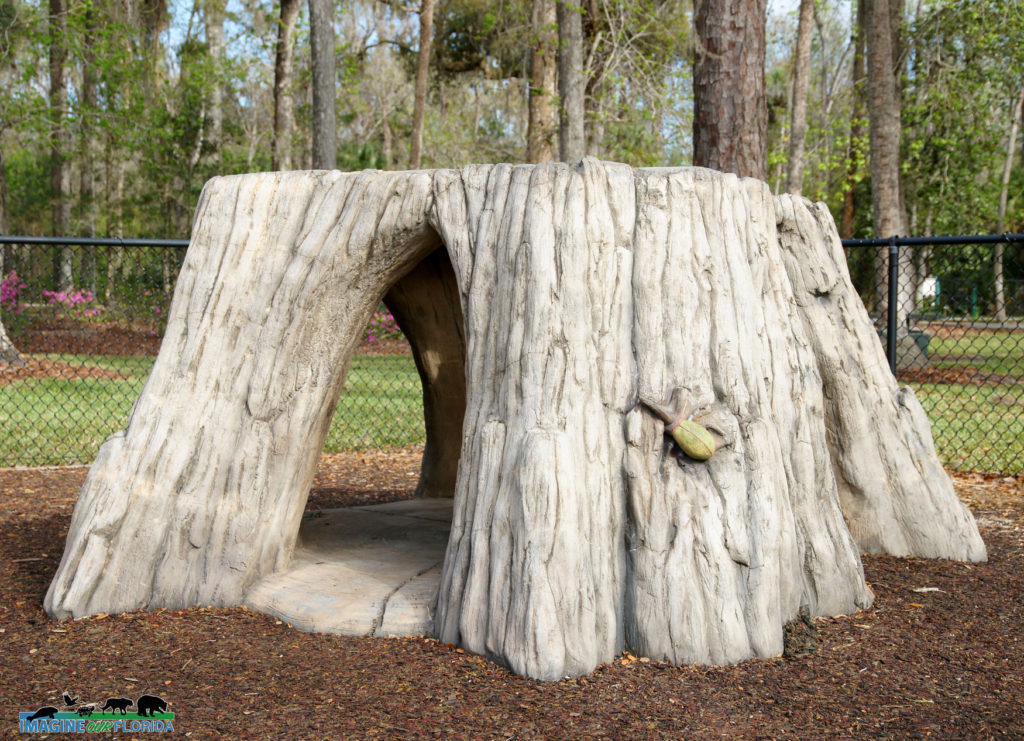
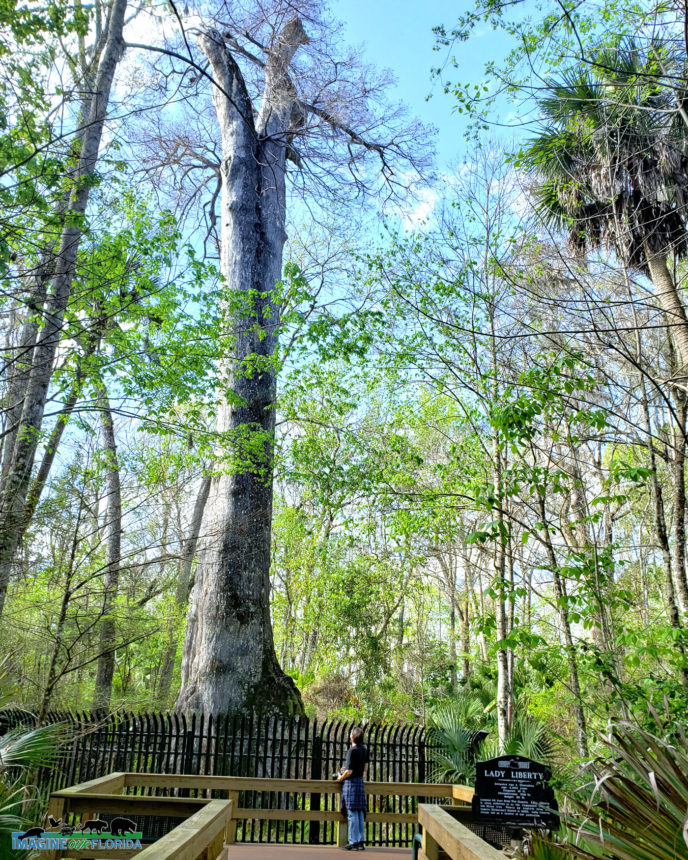
Recent Comments